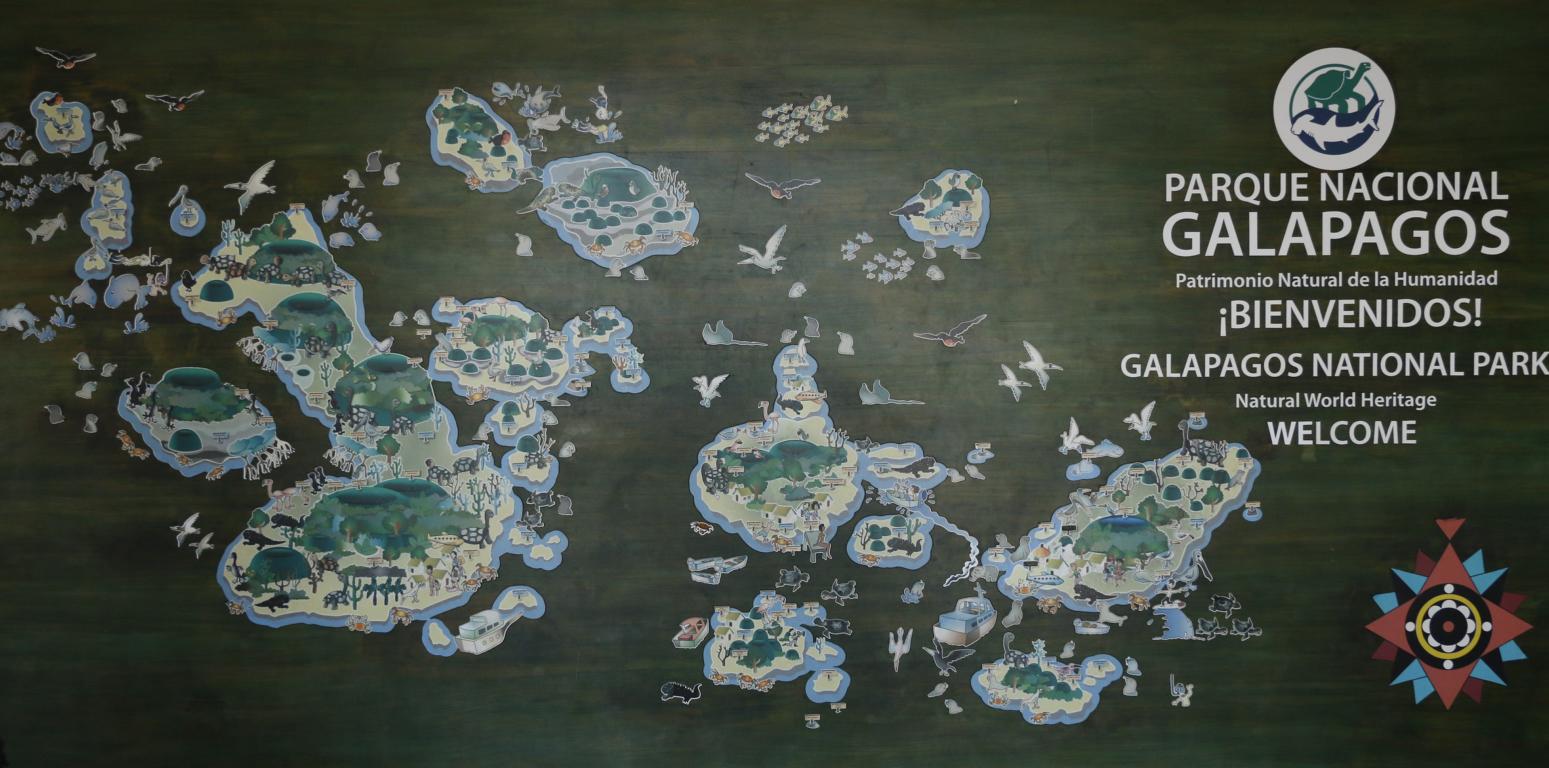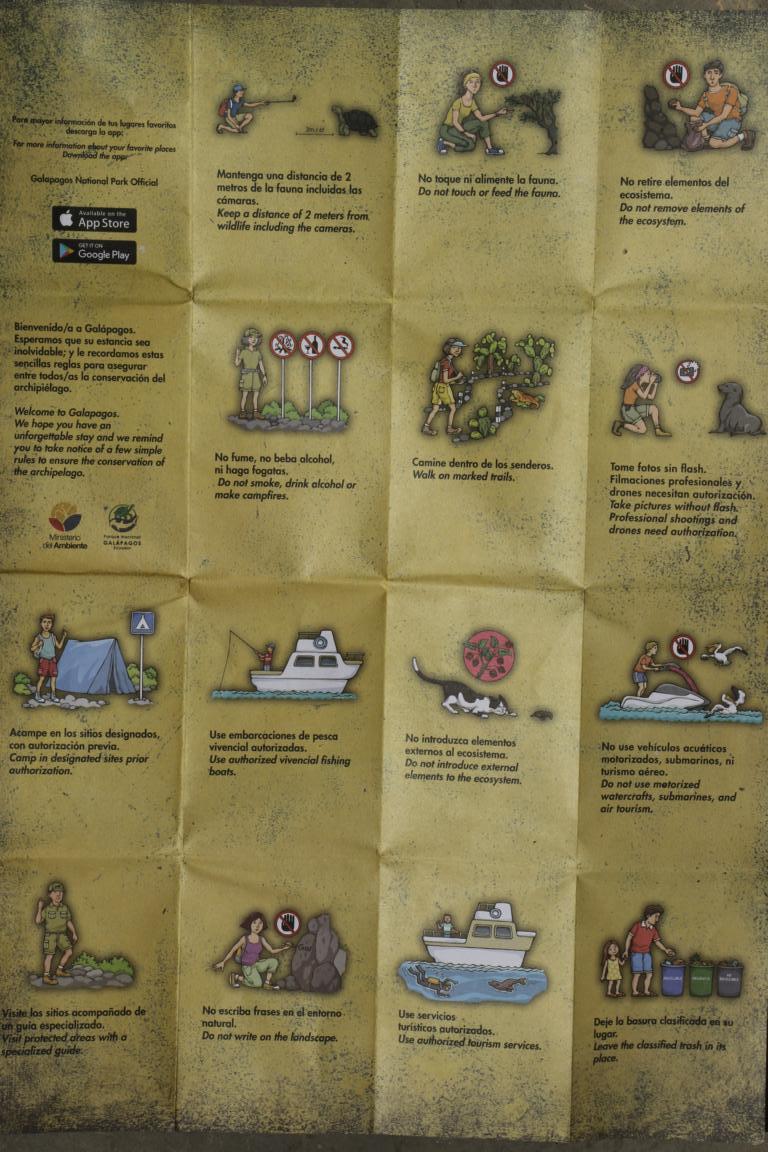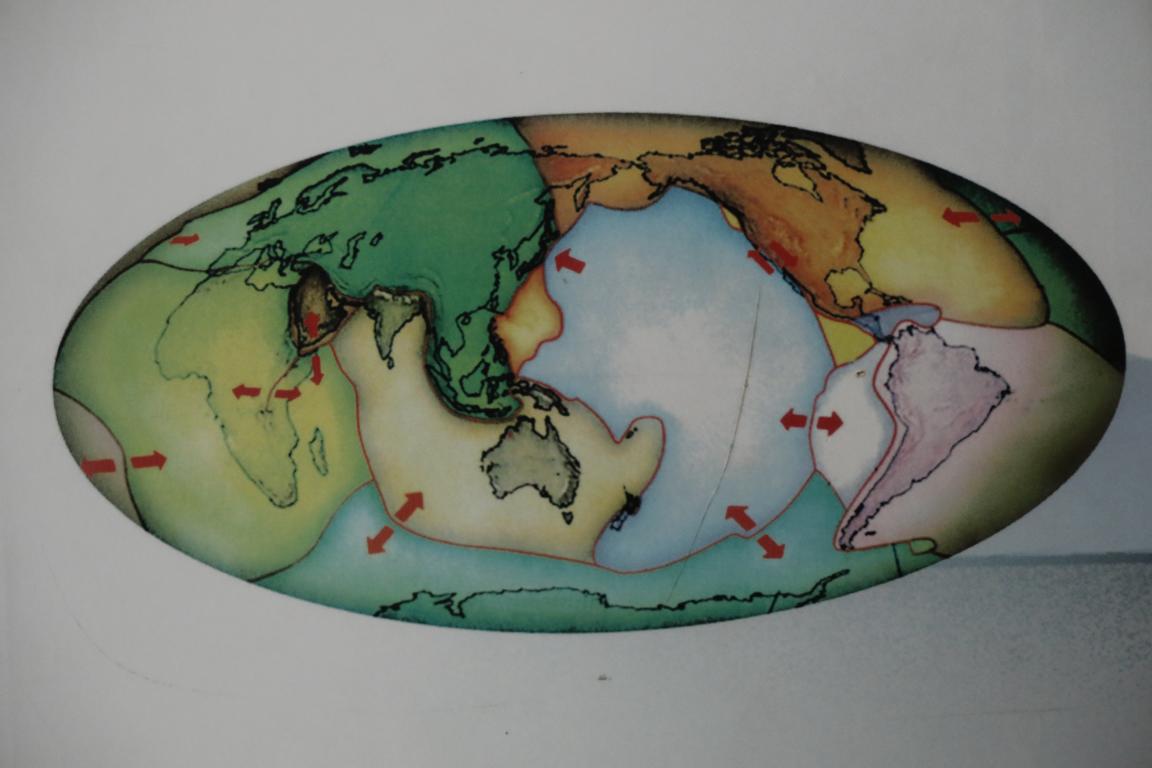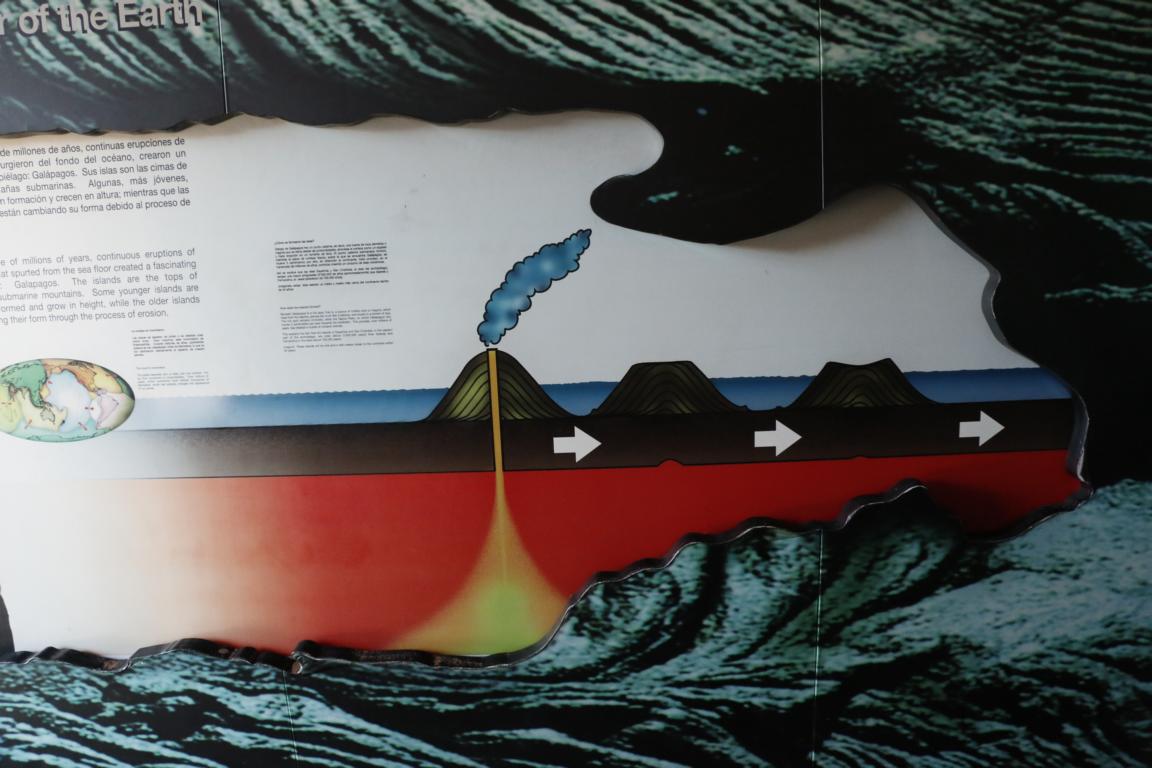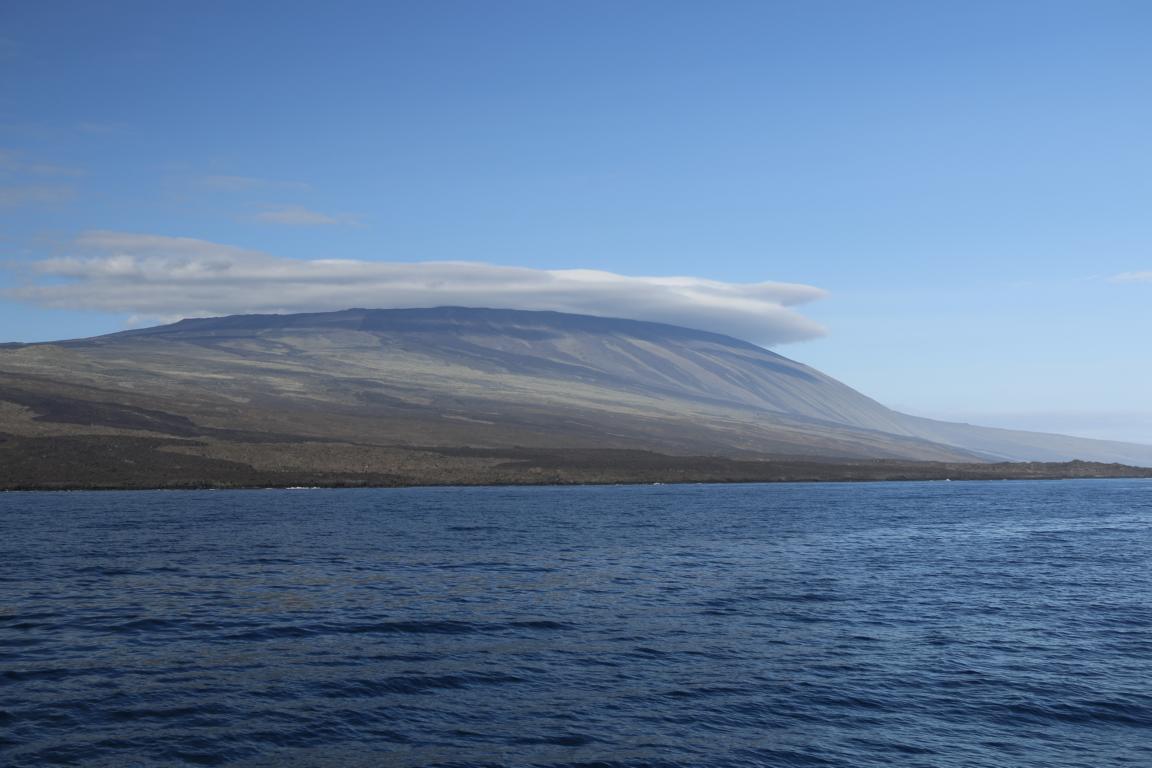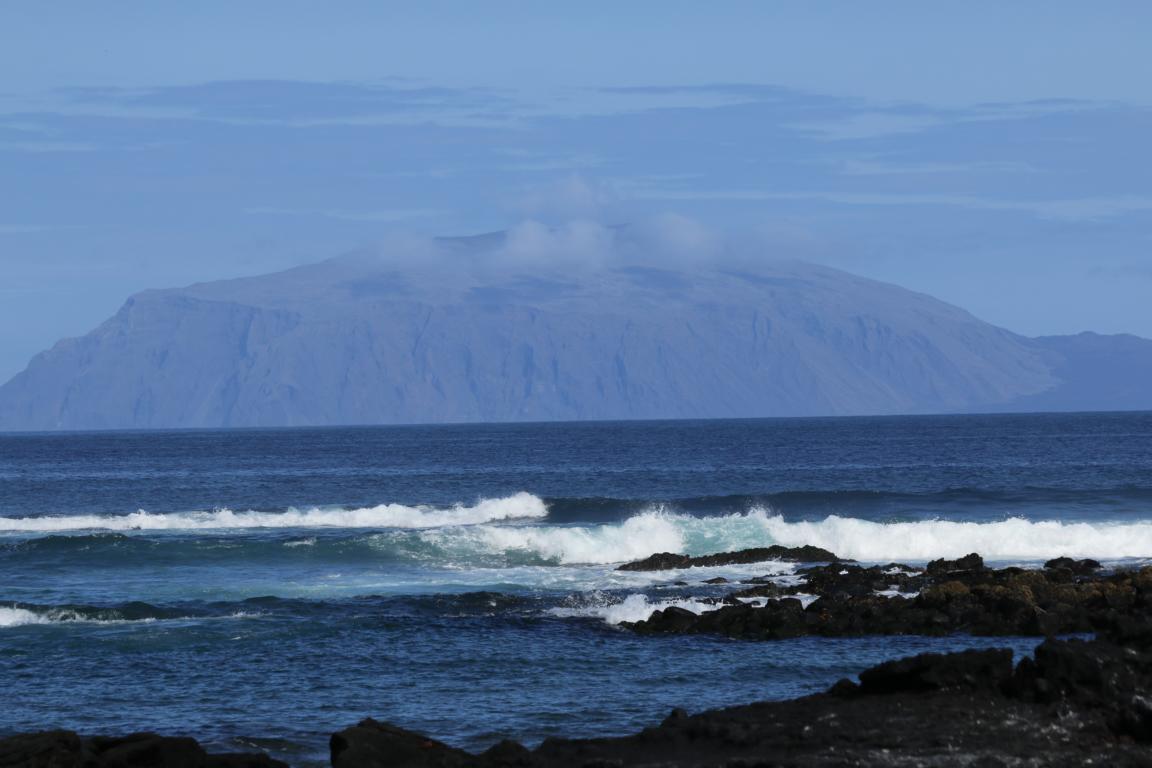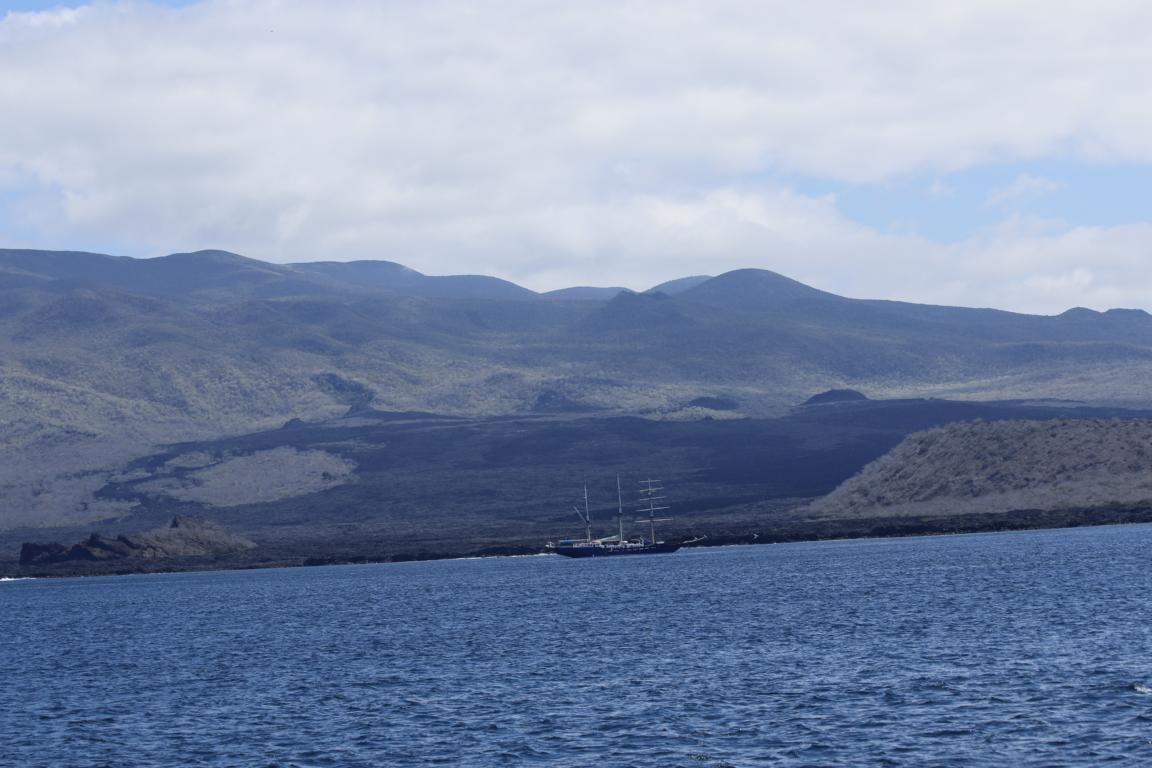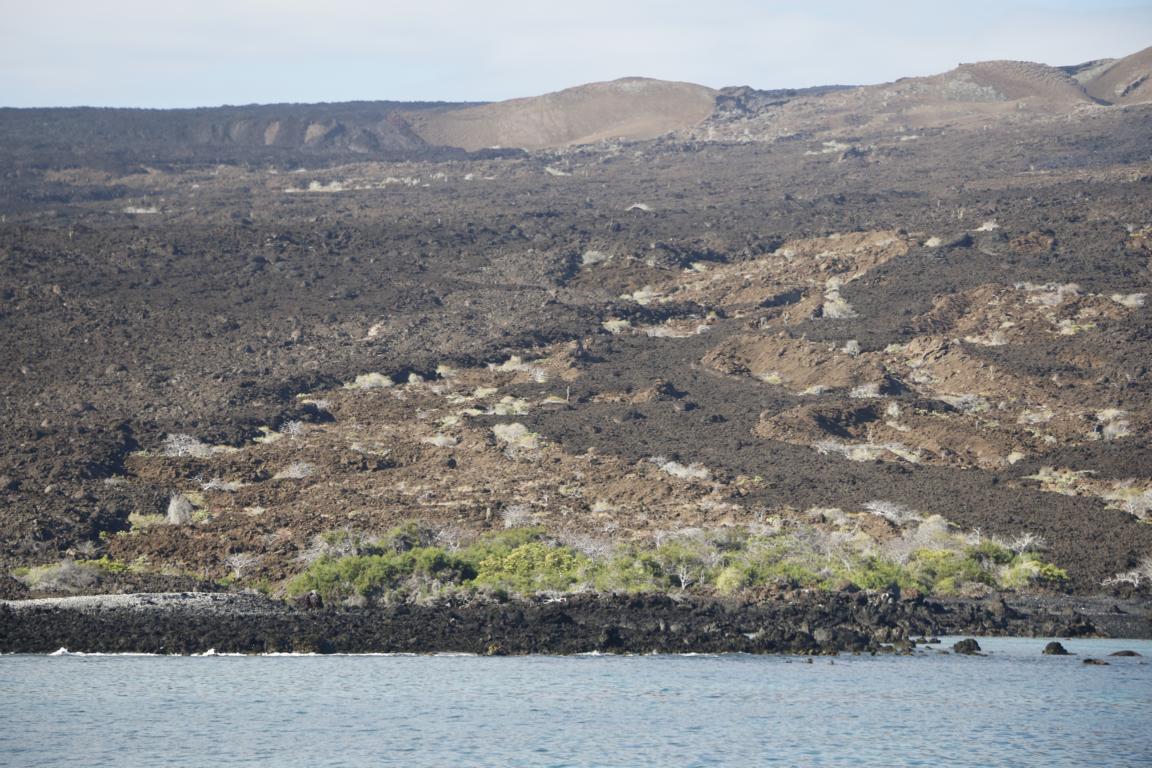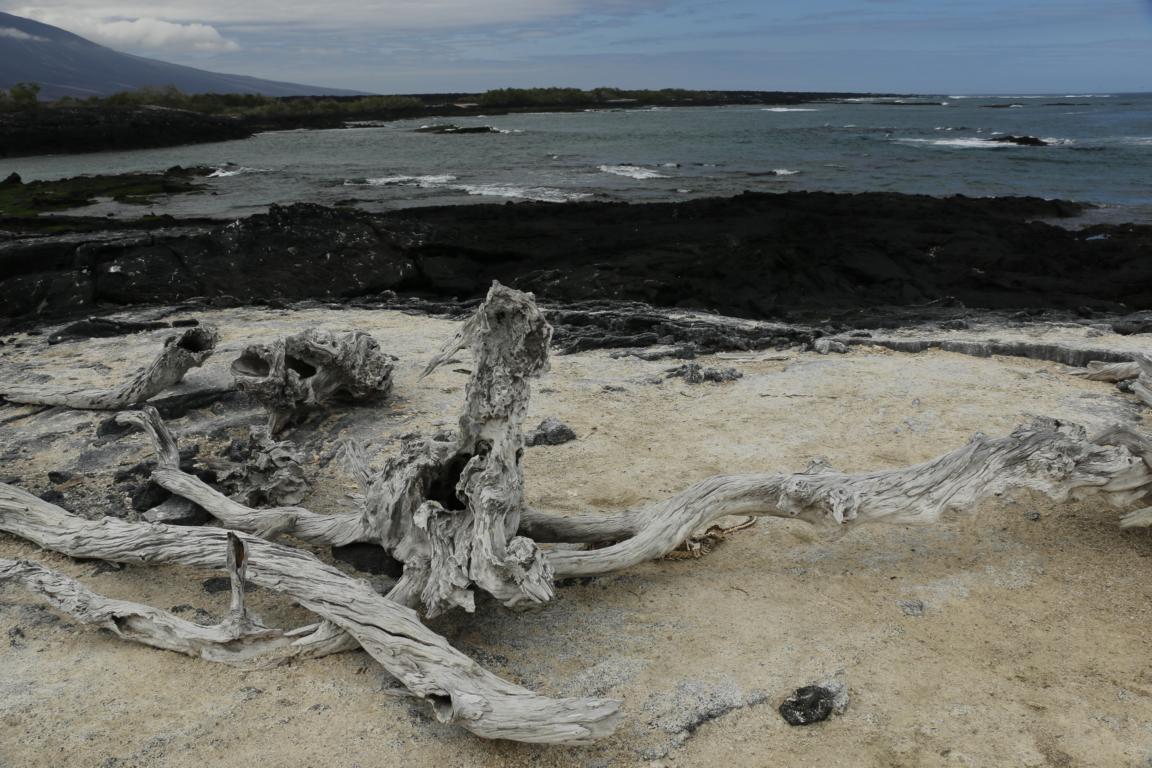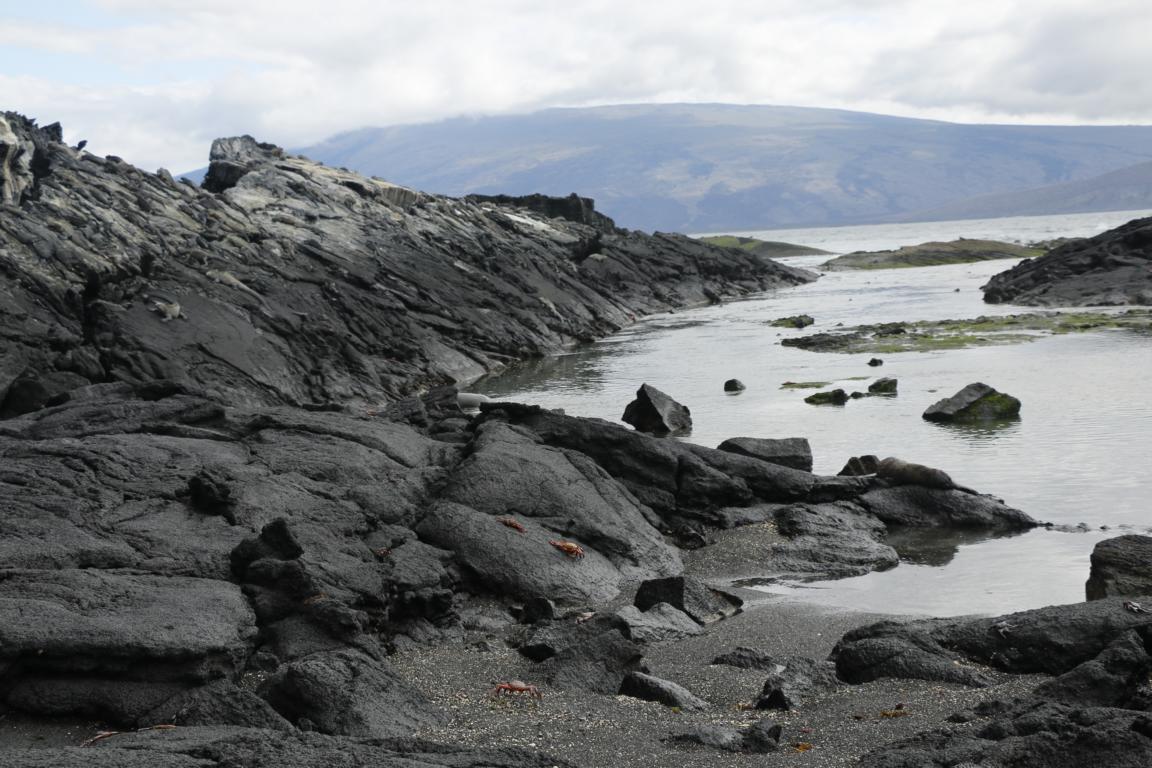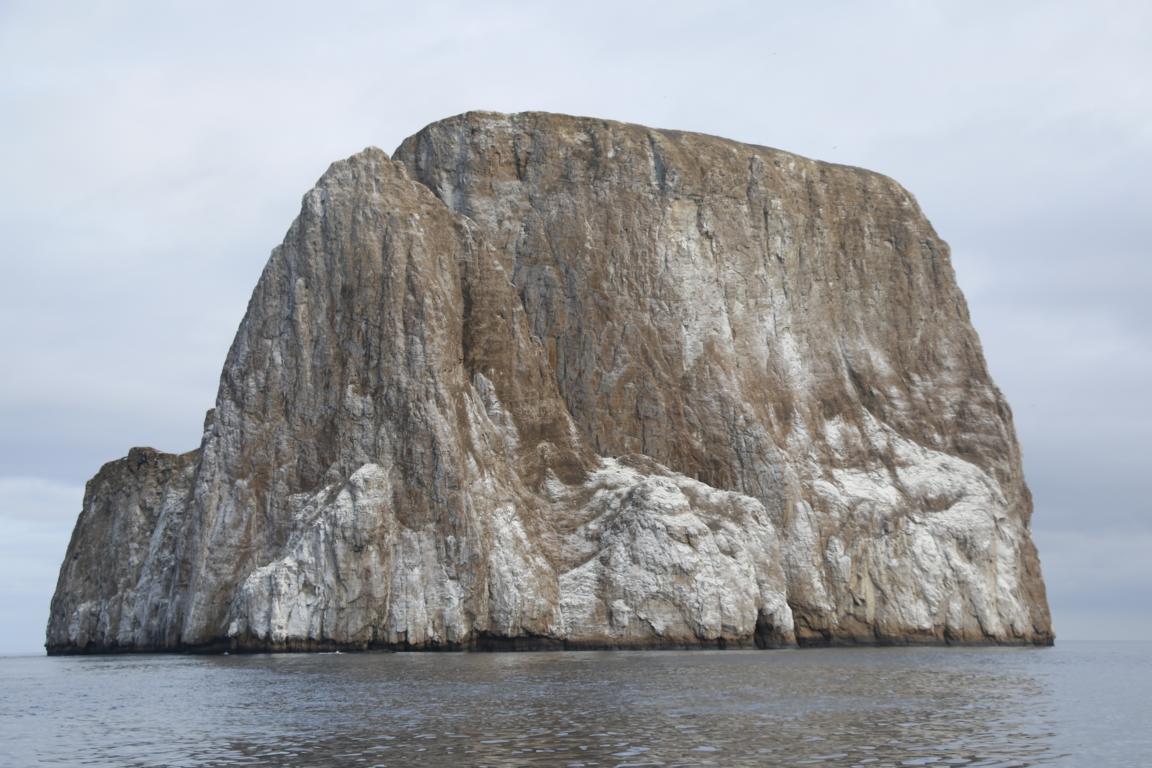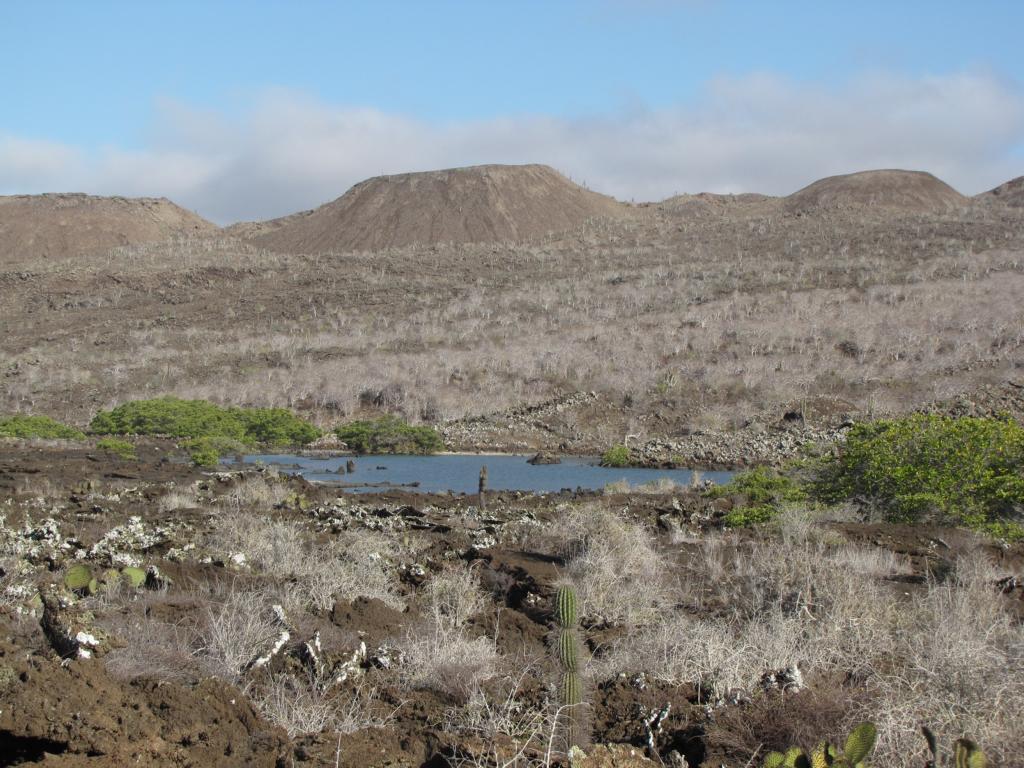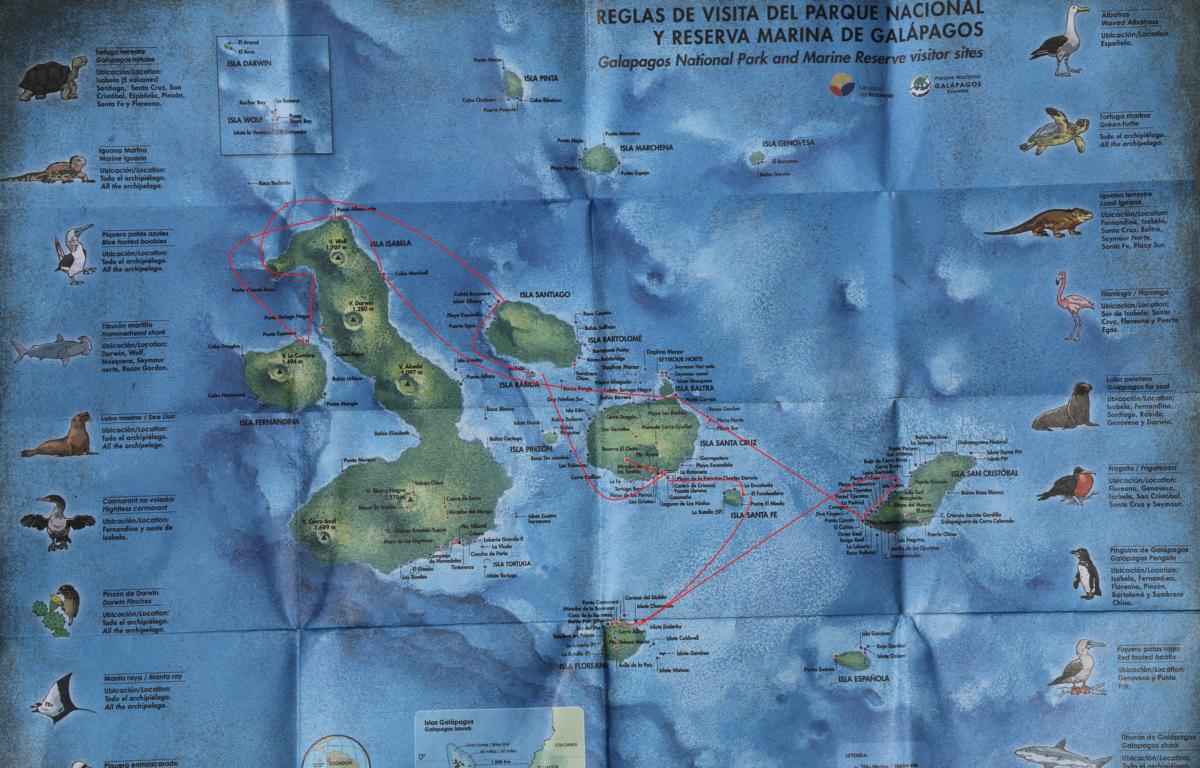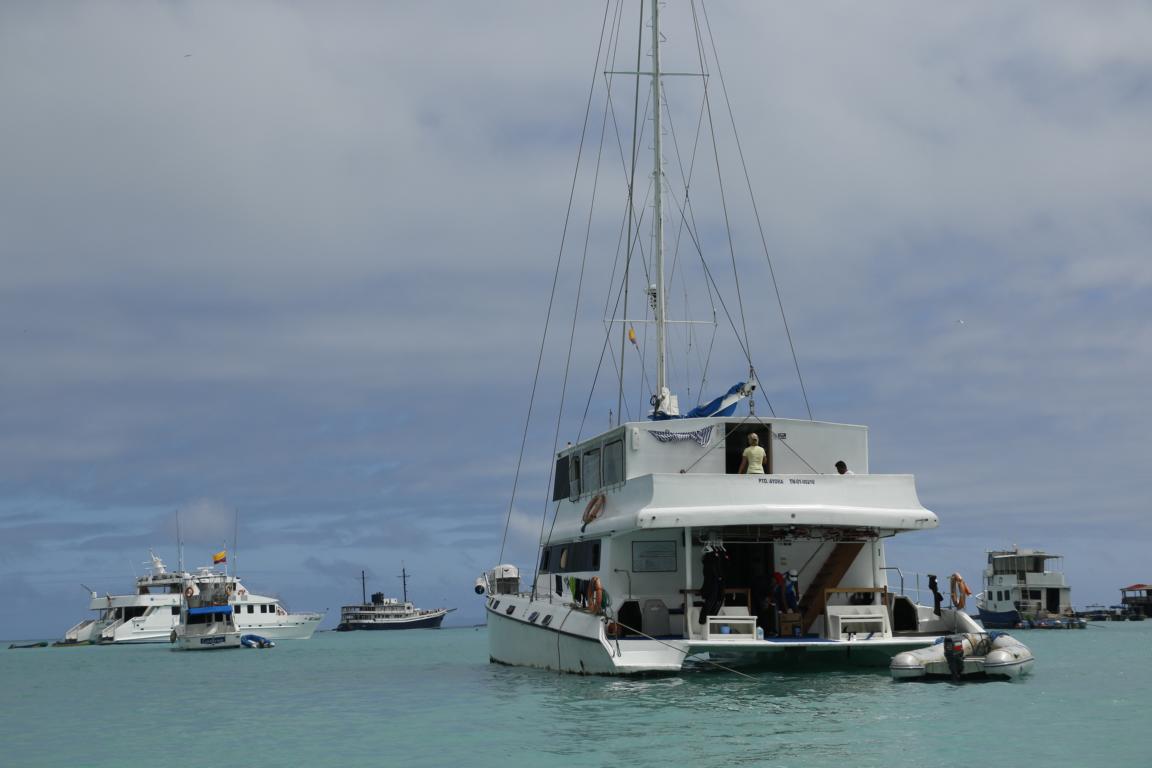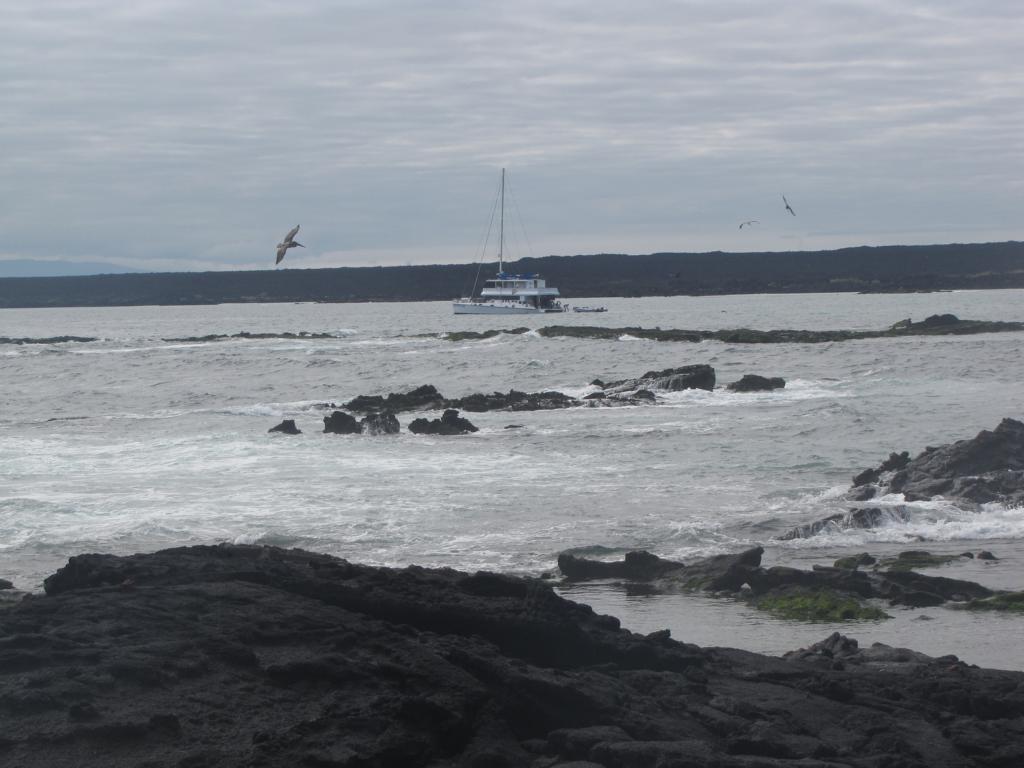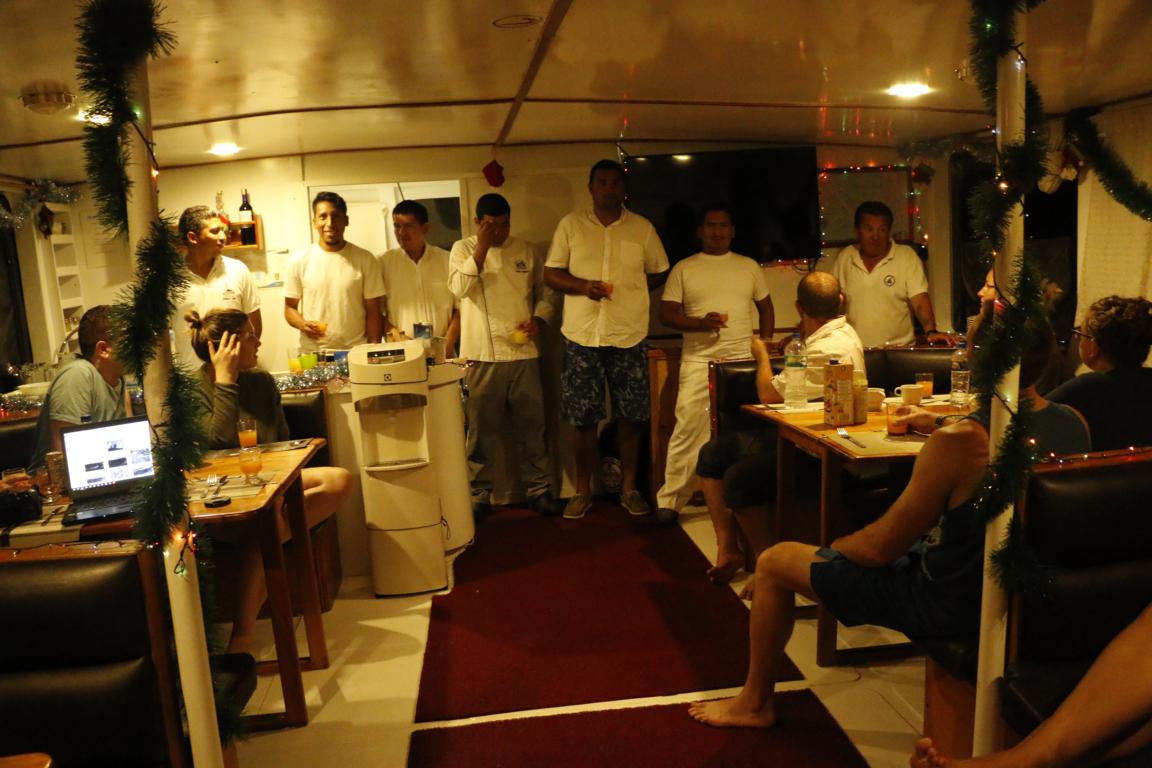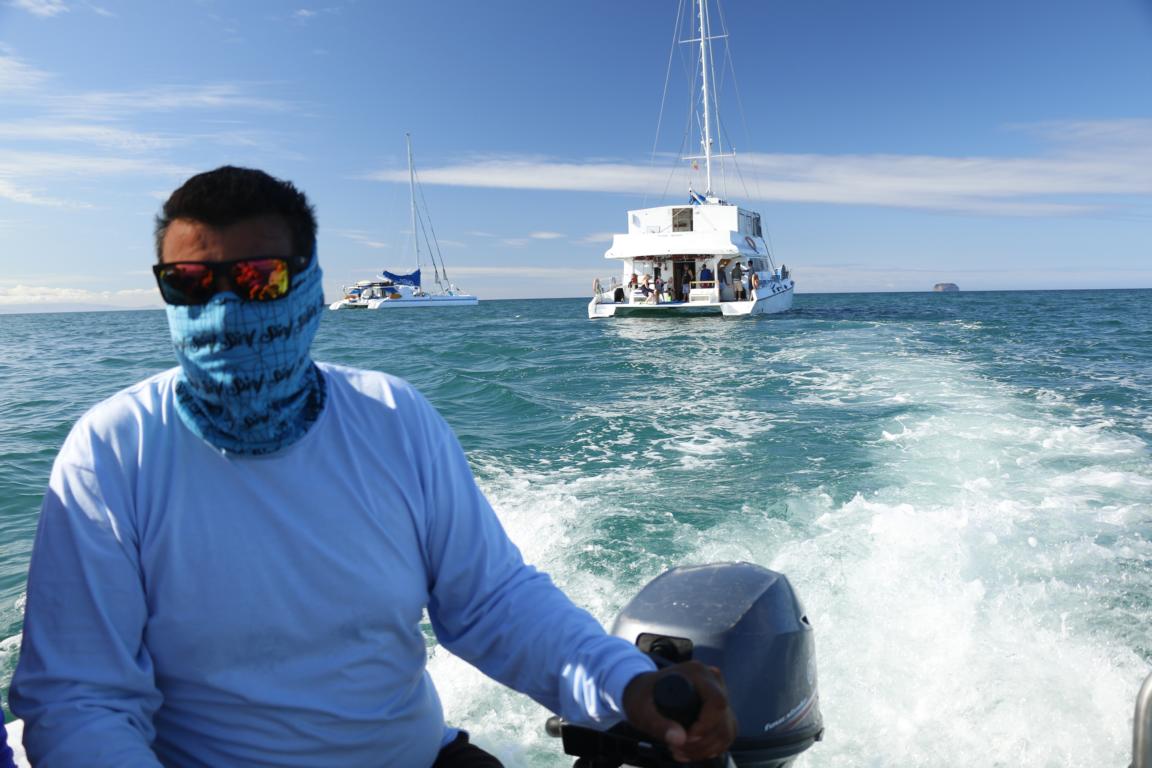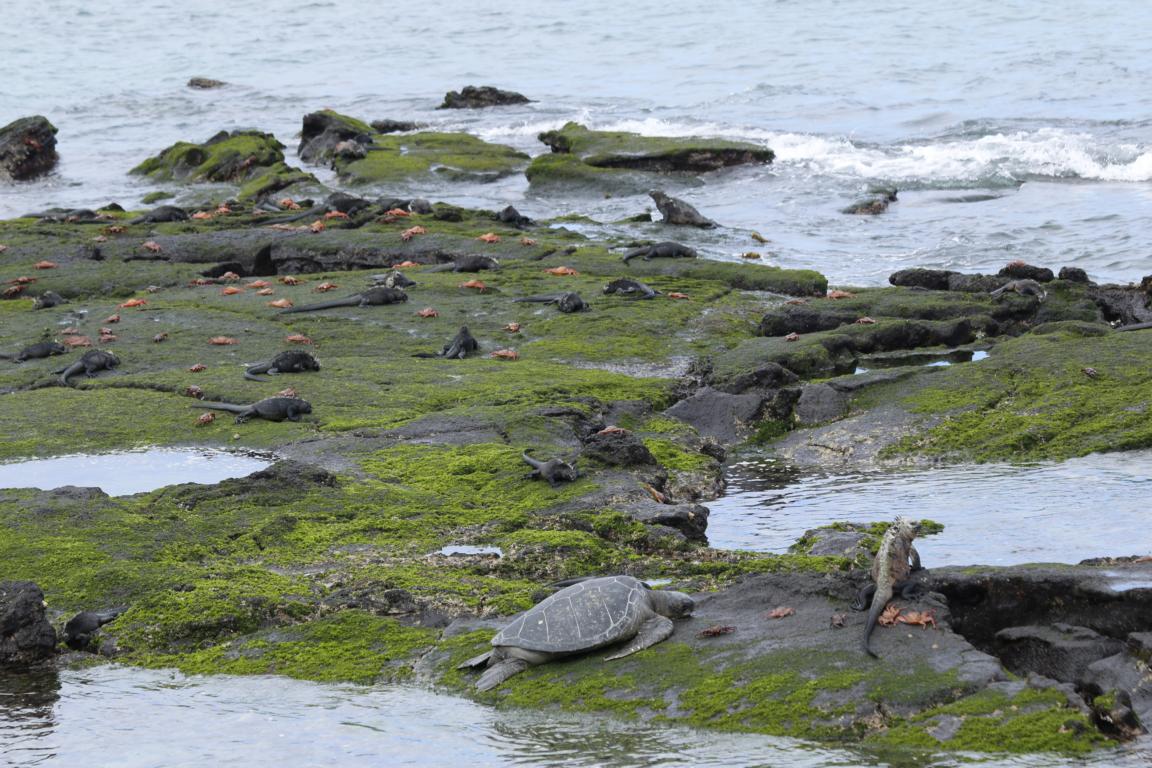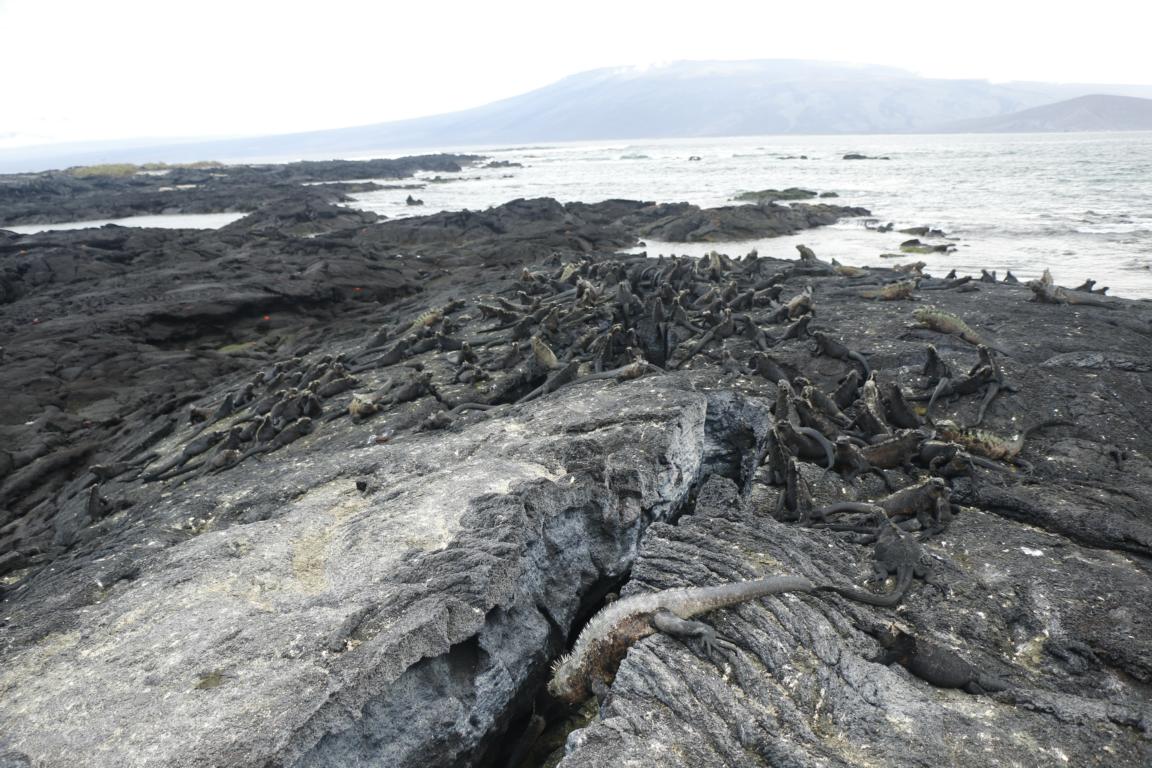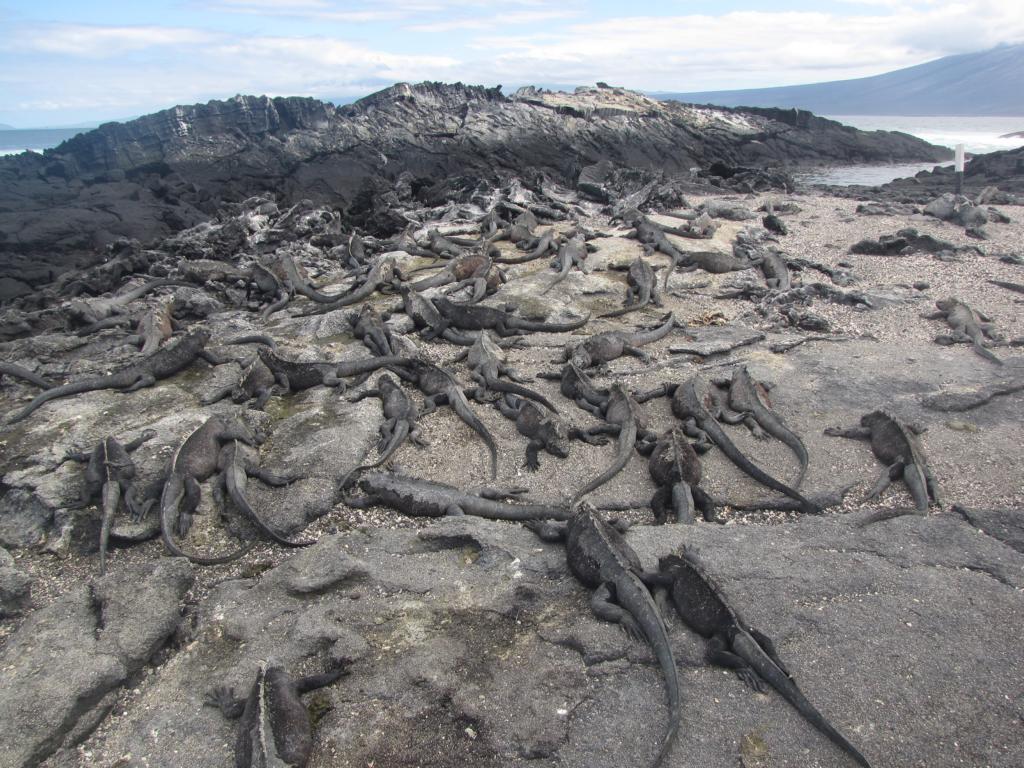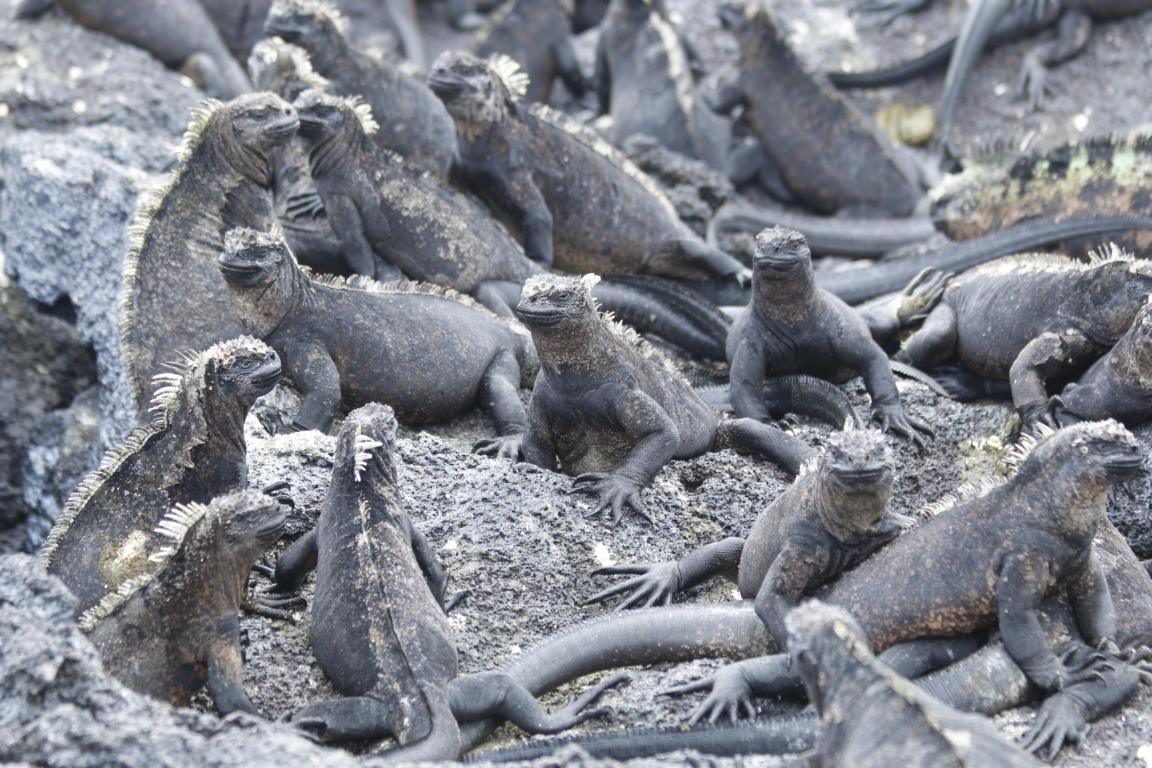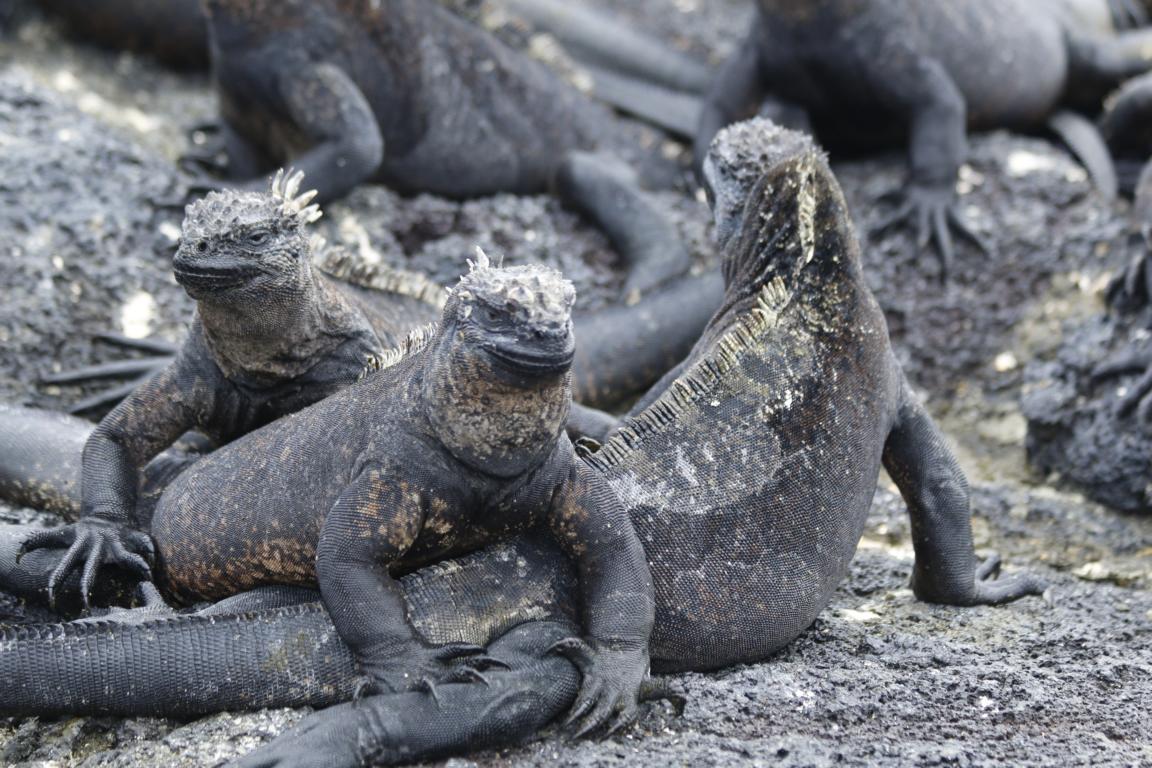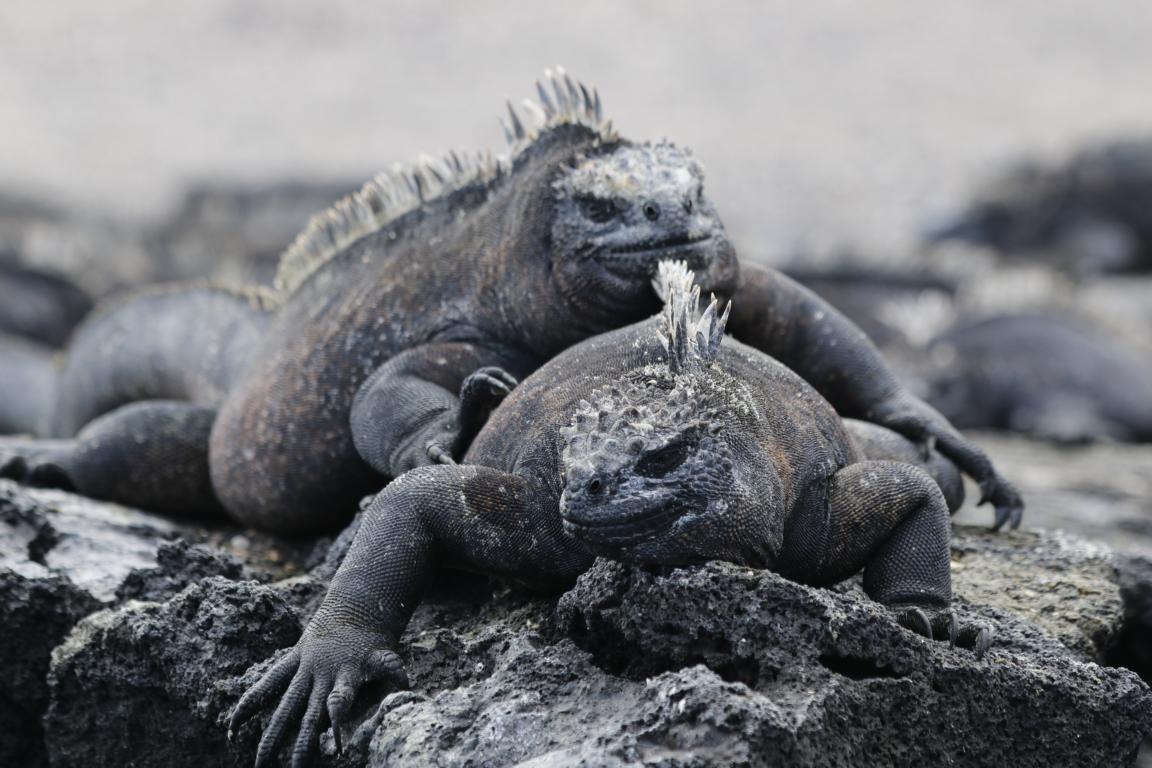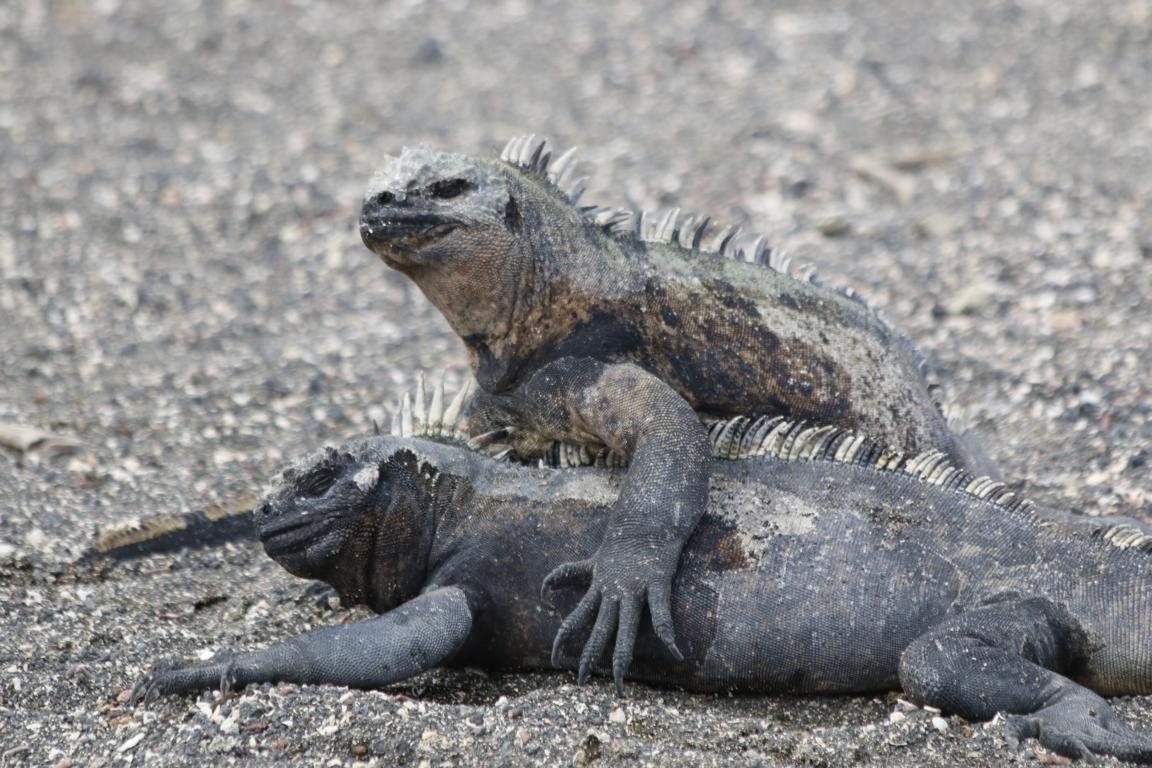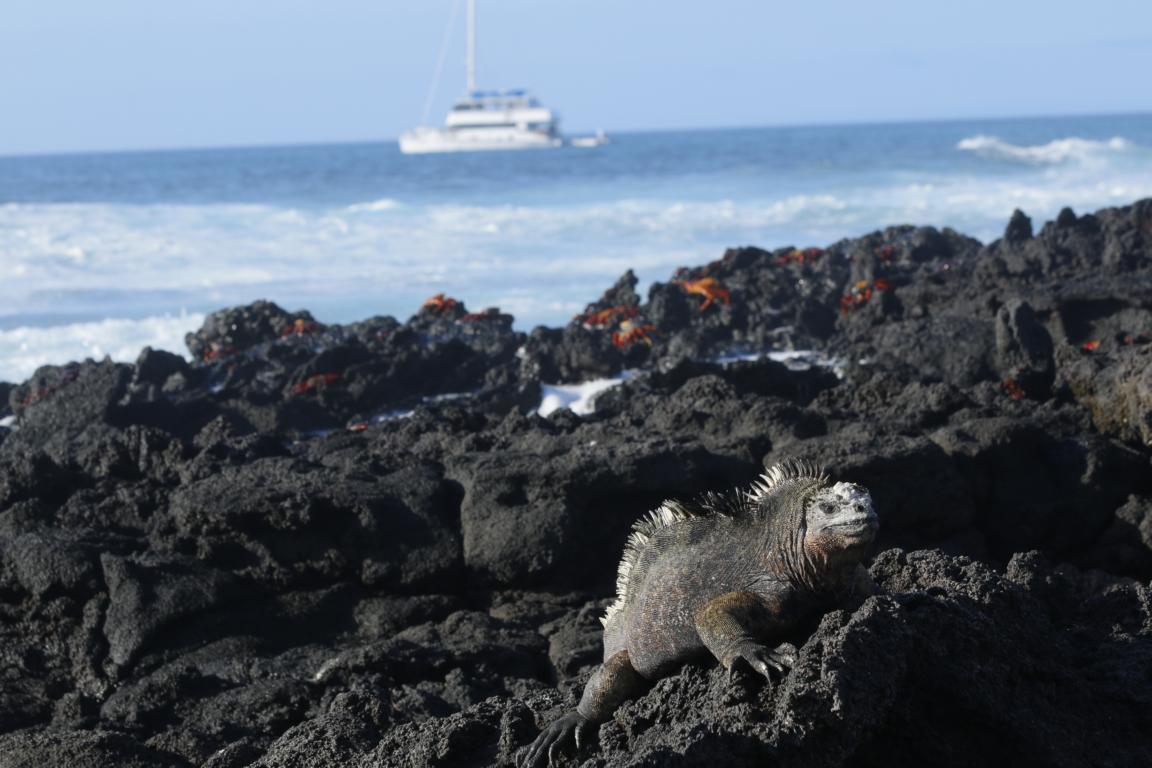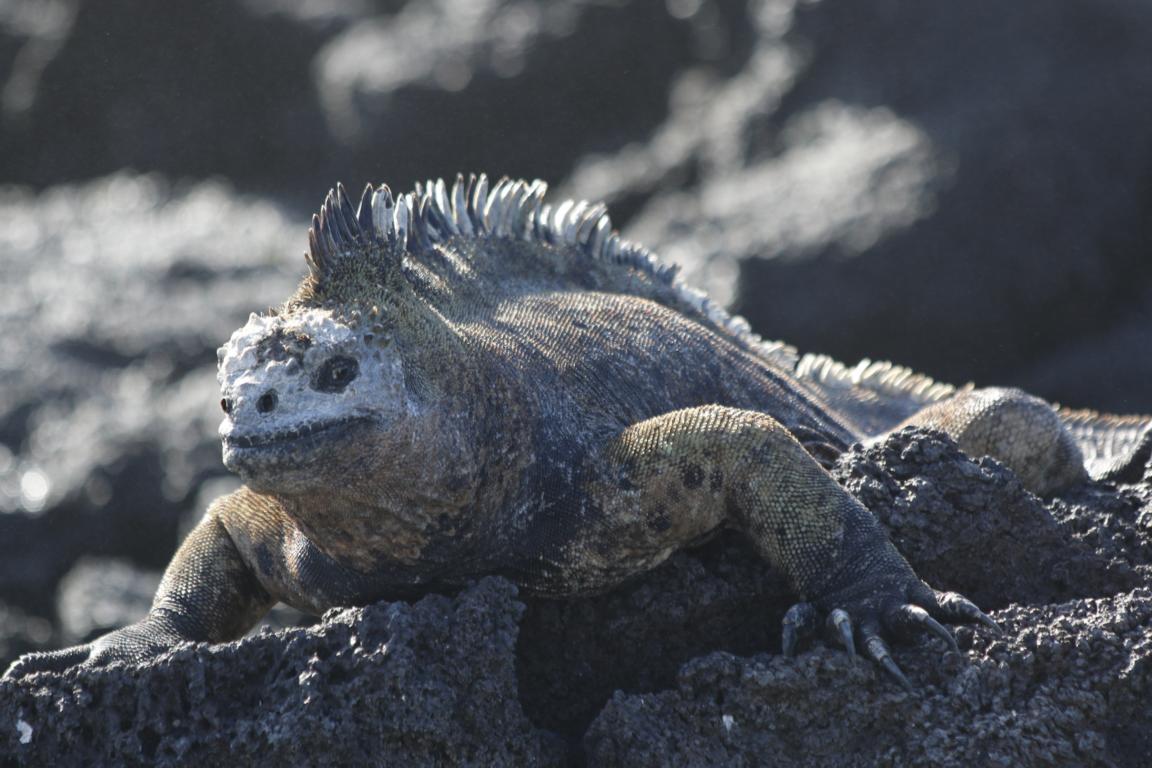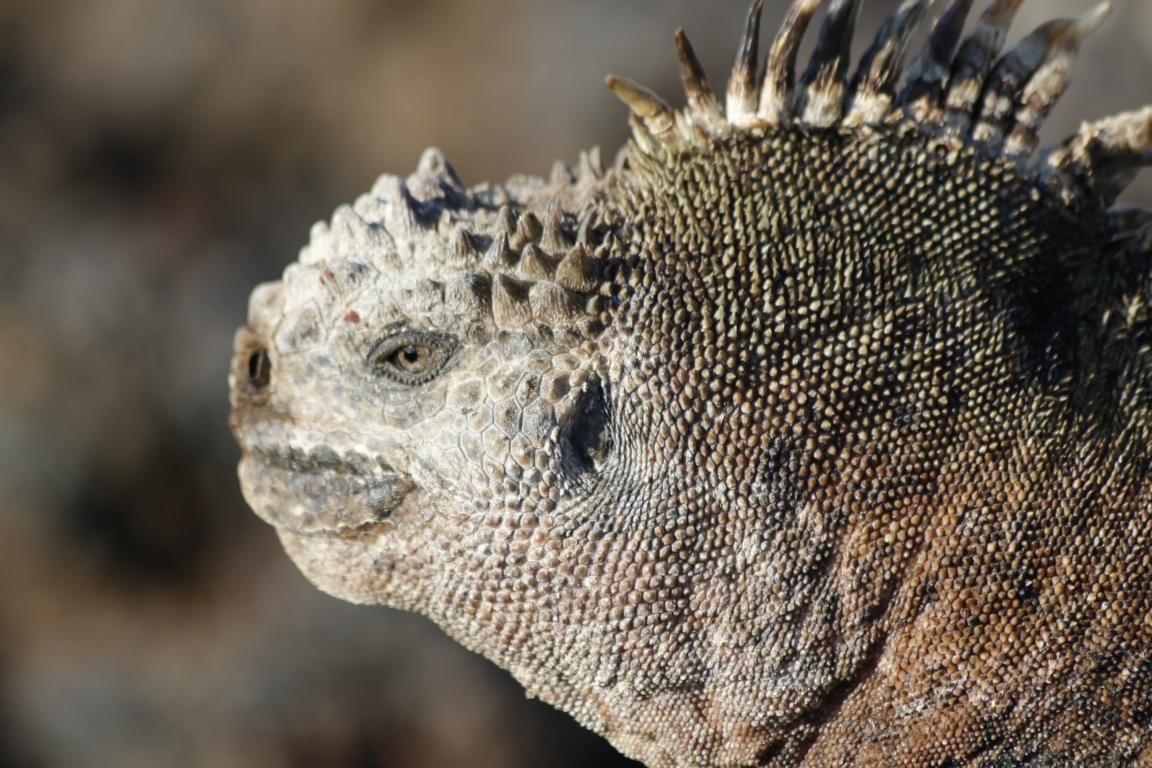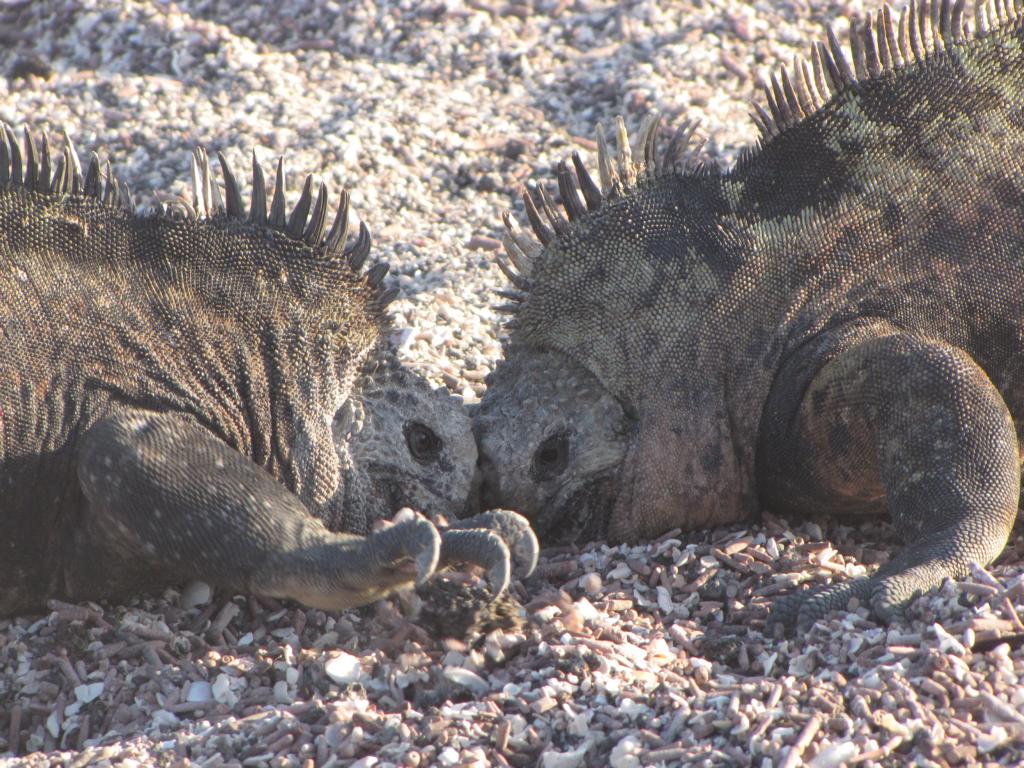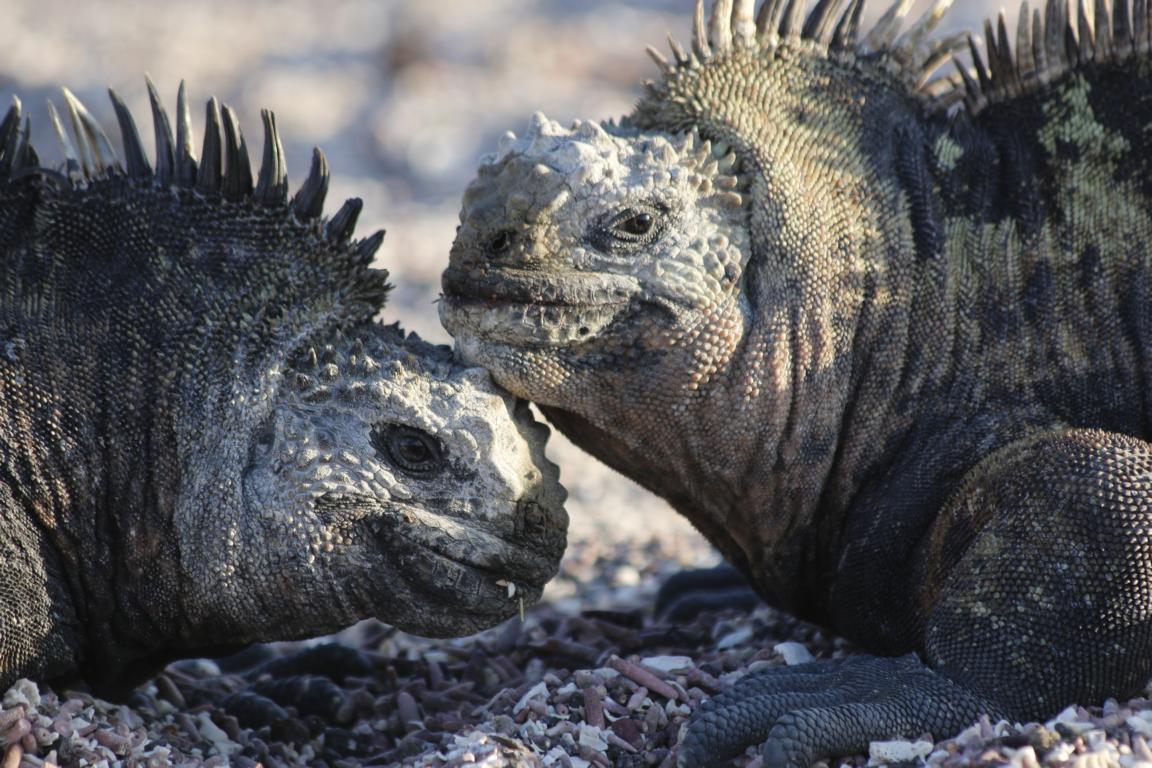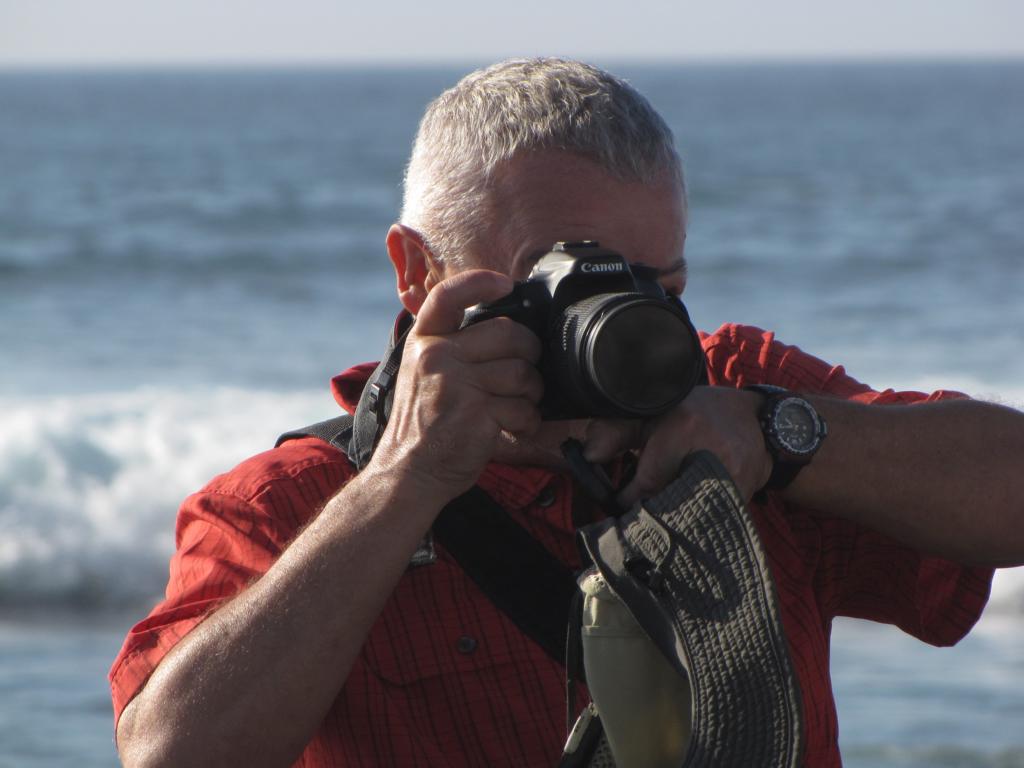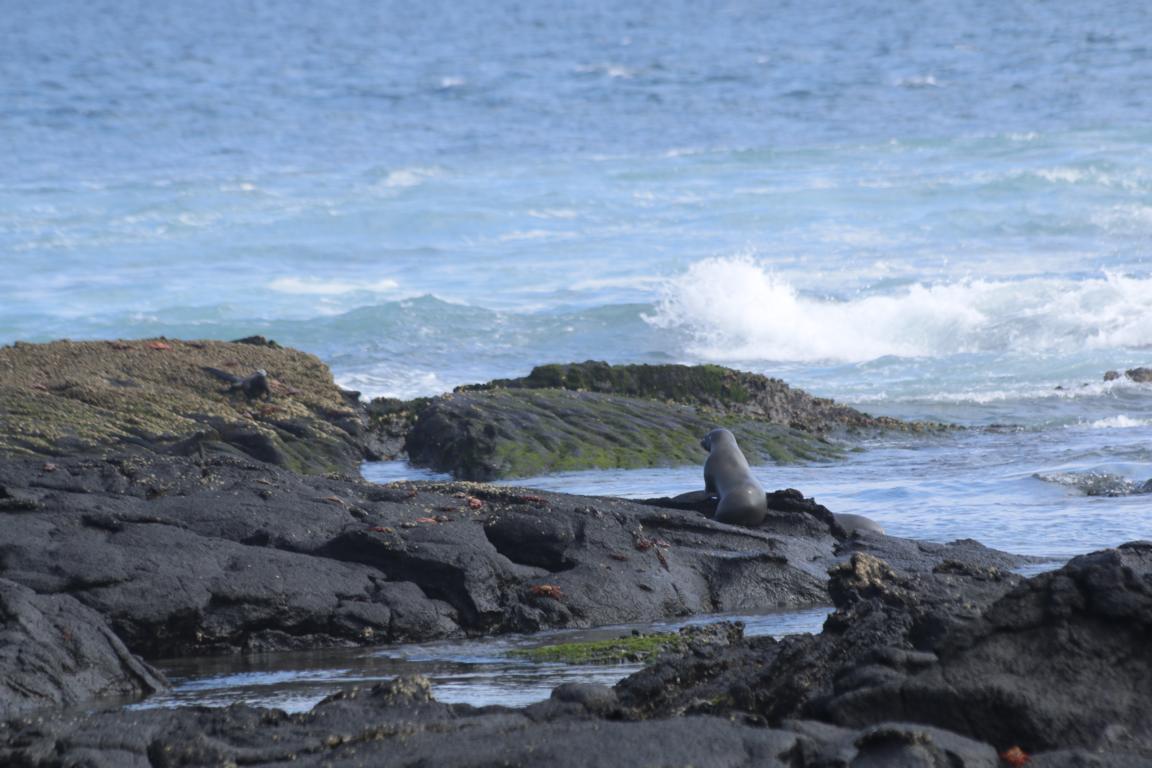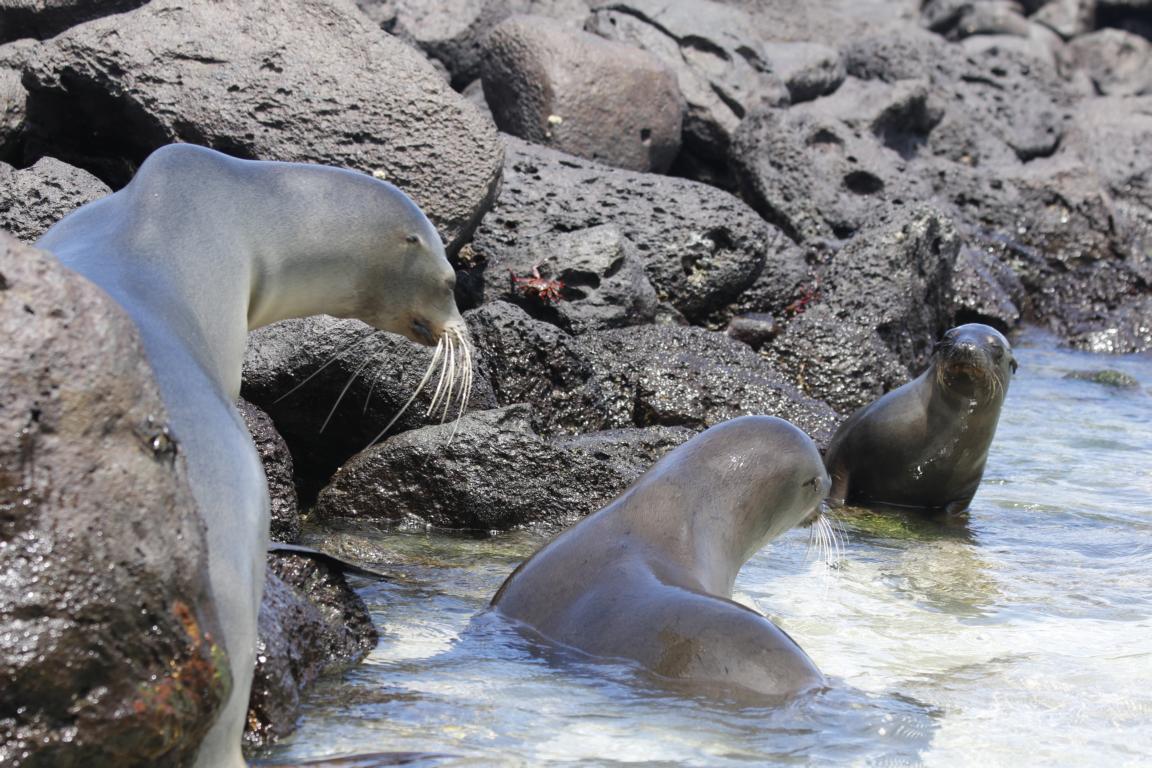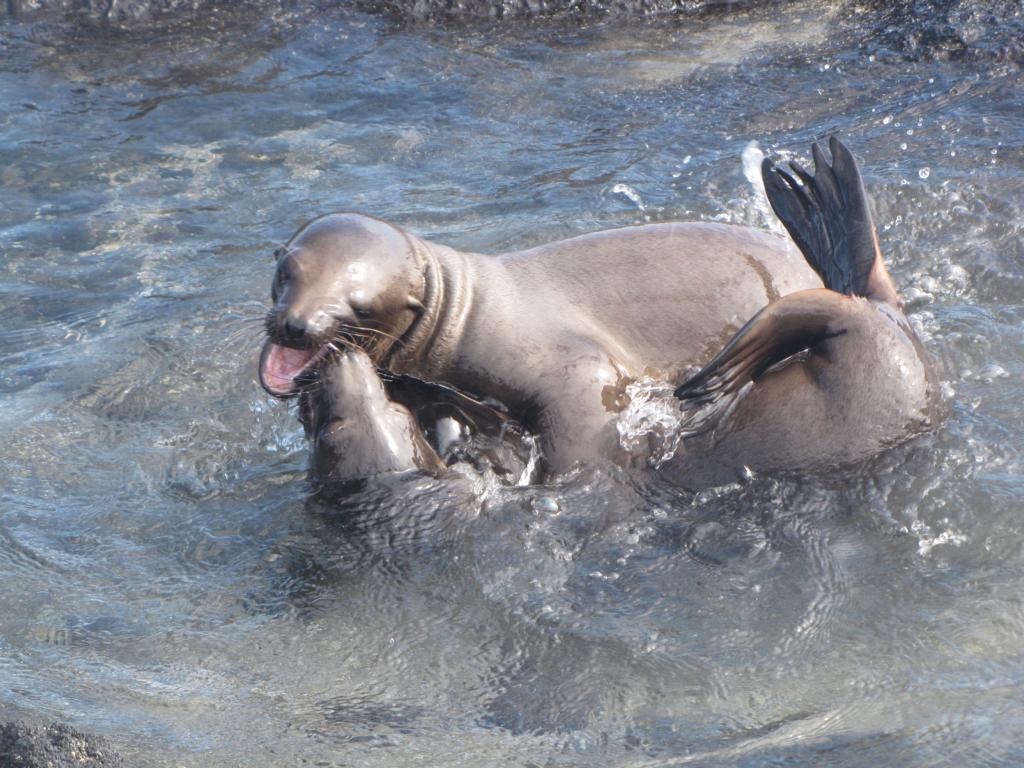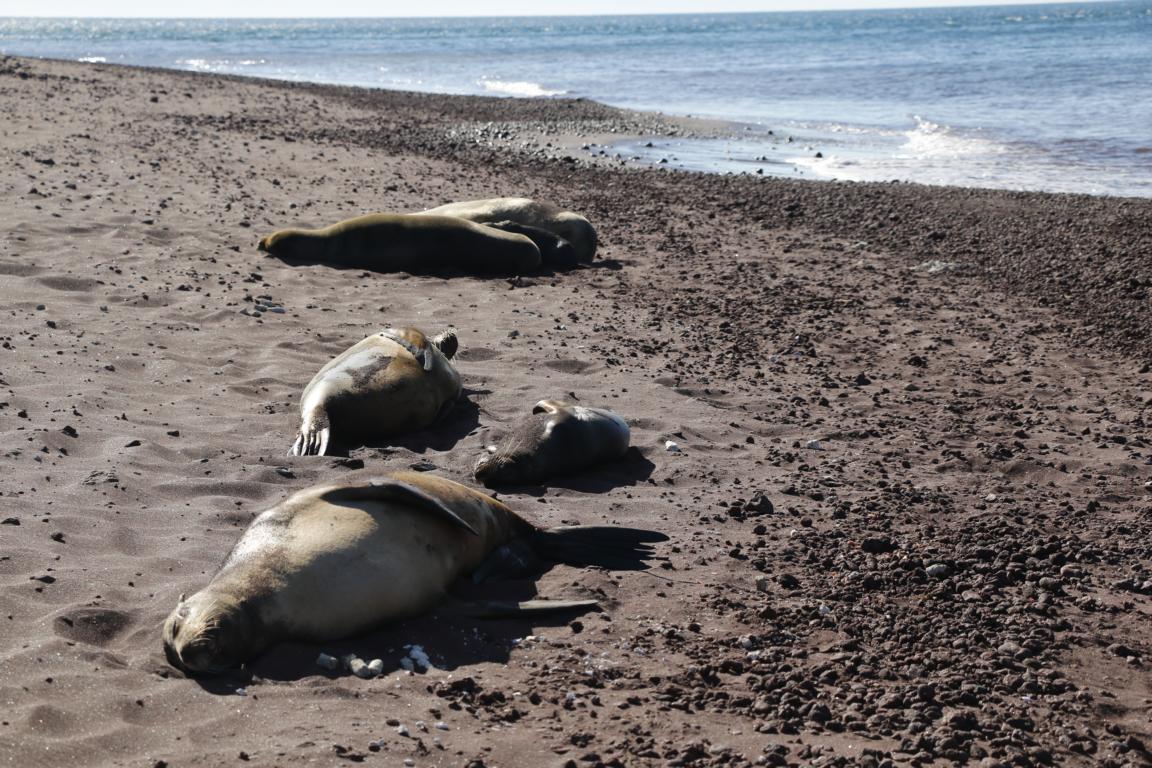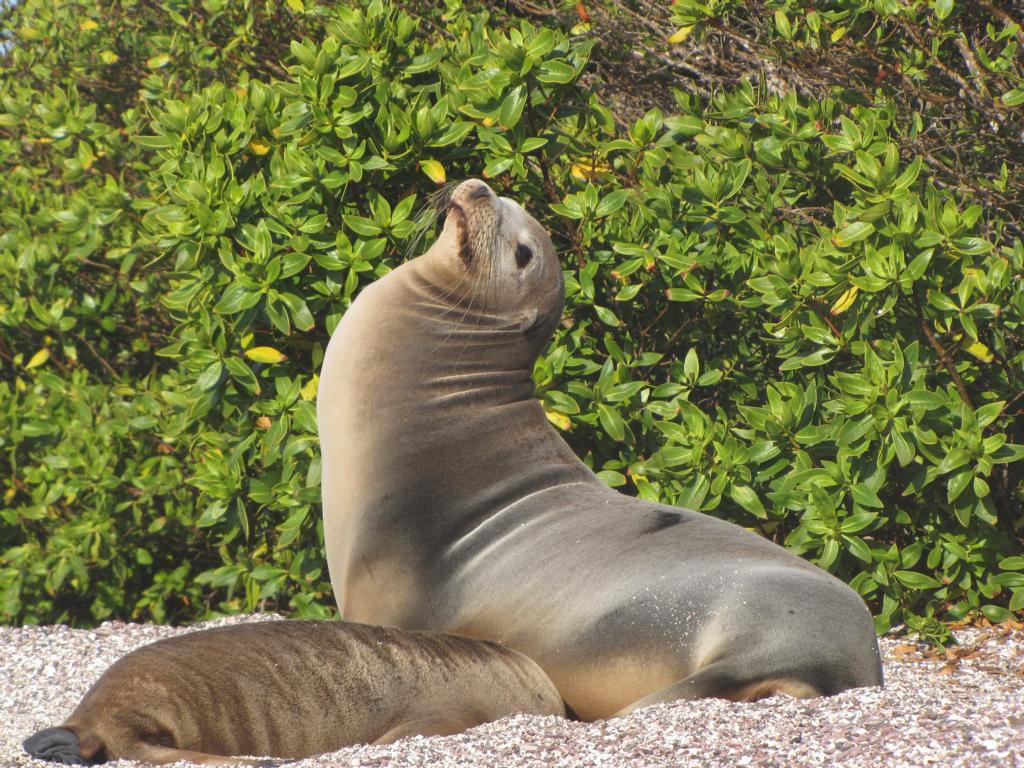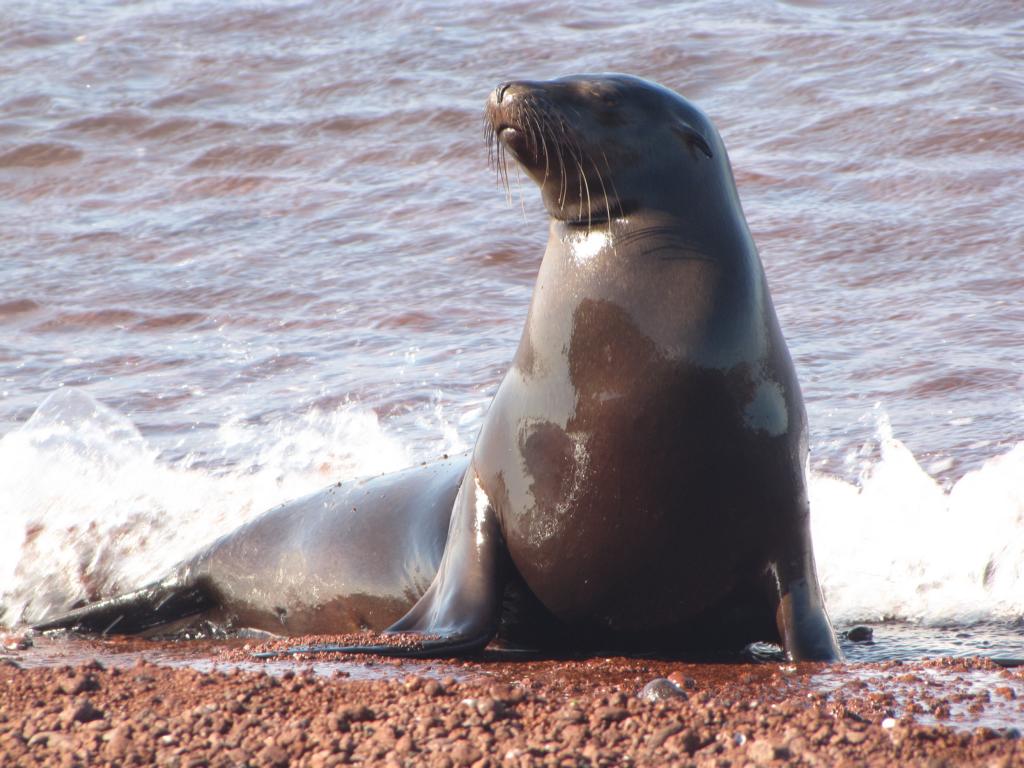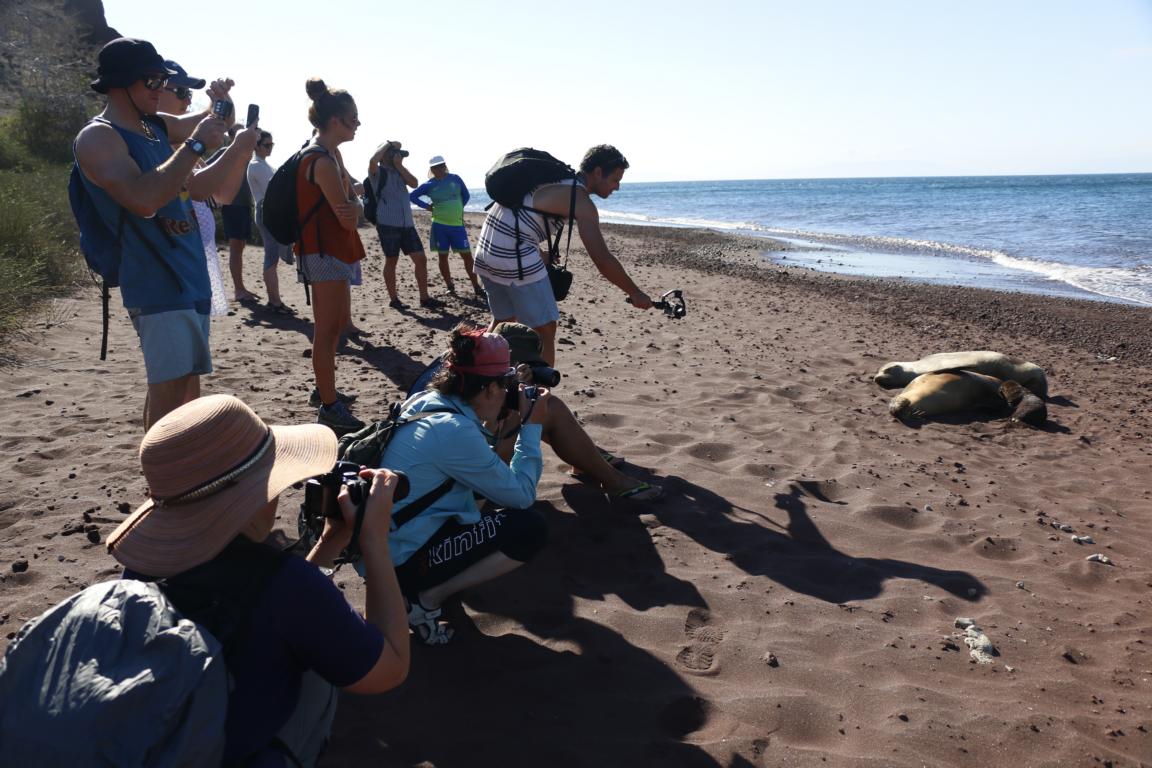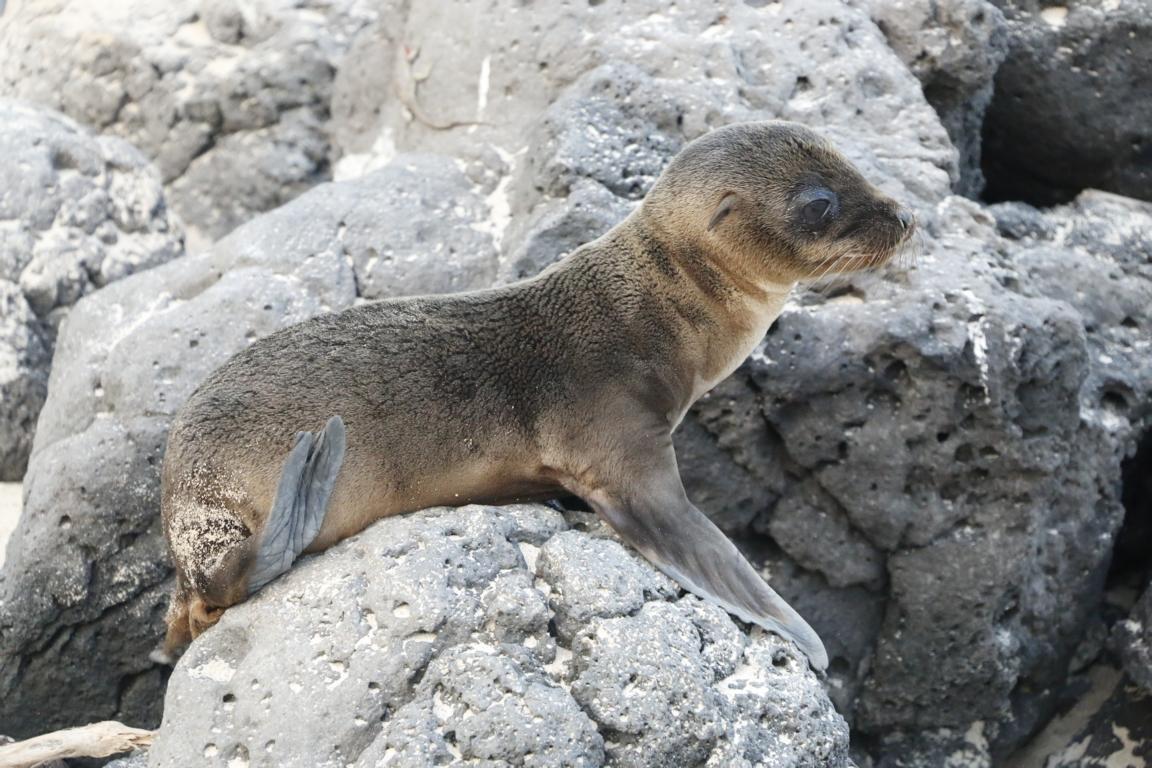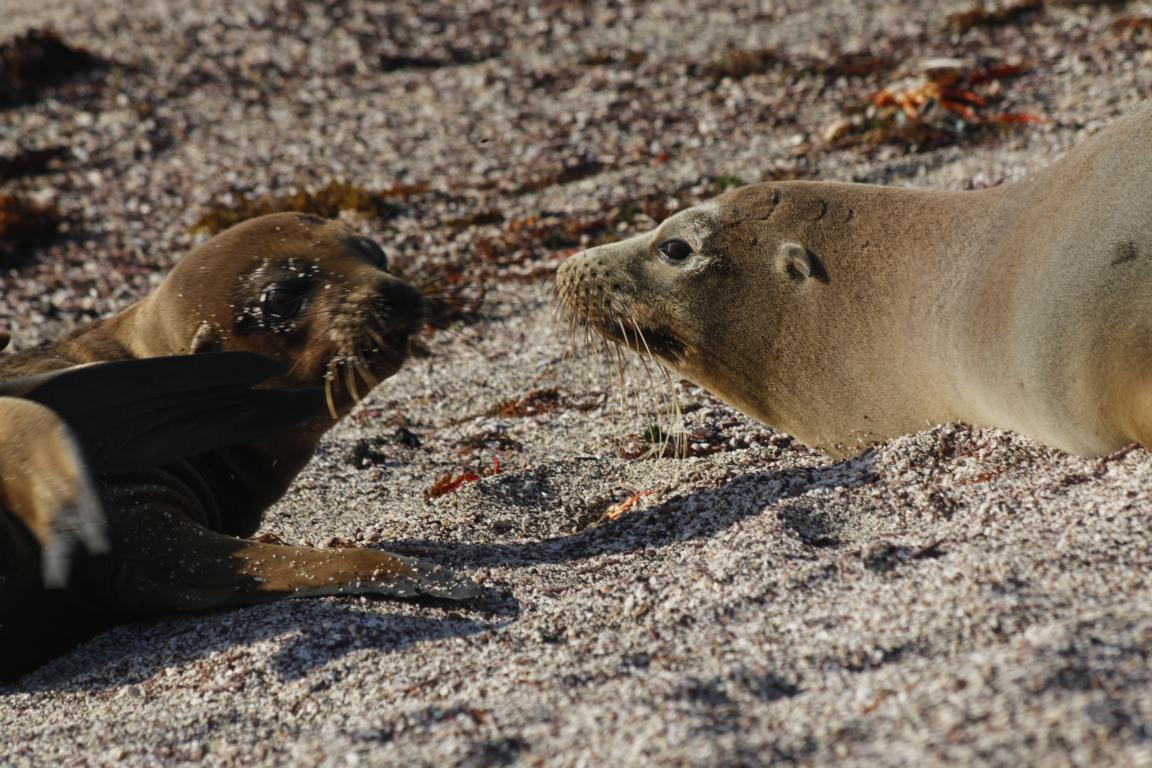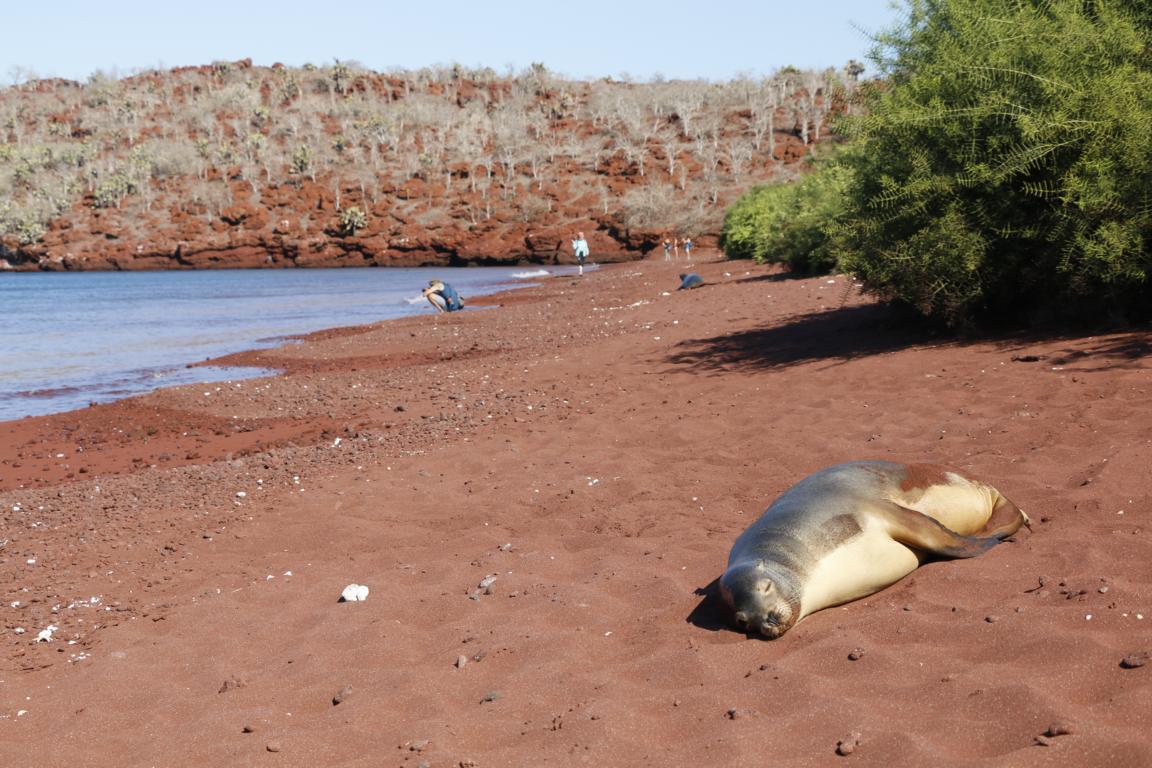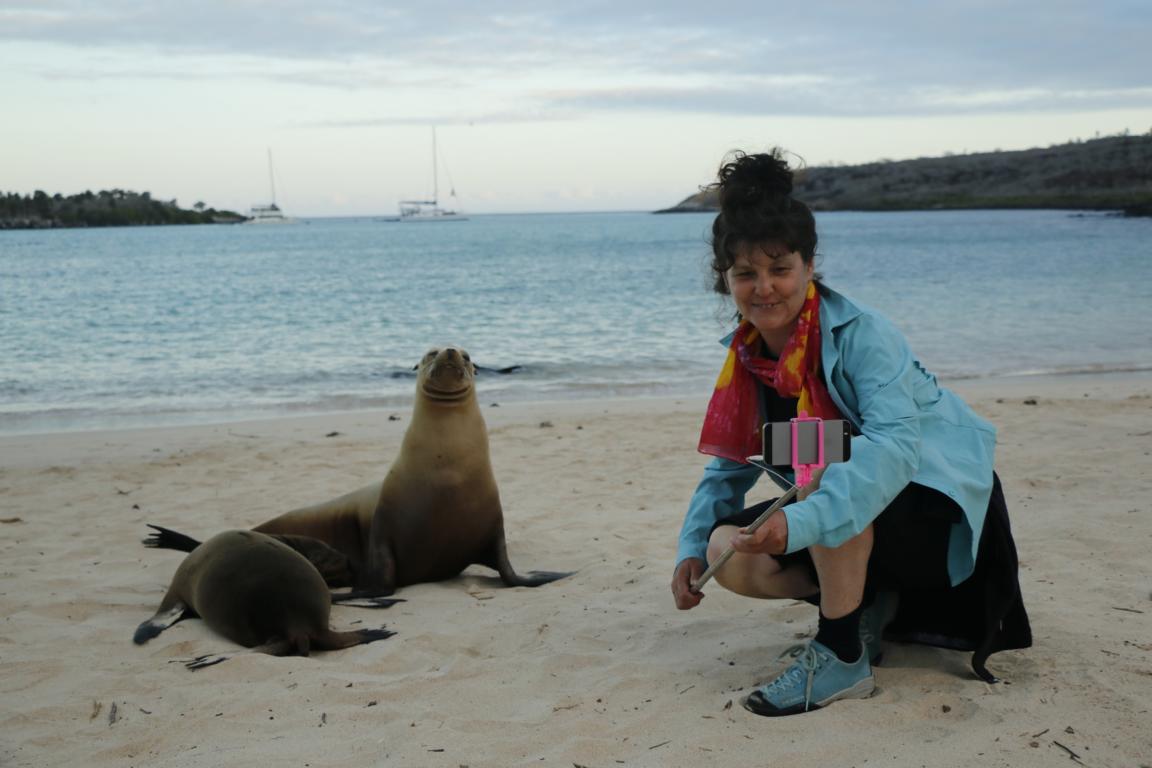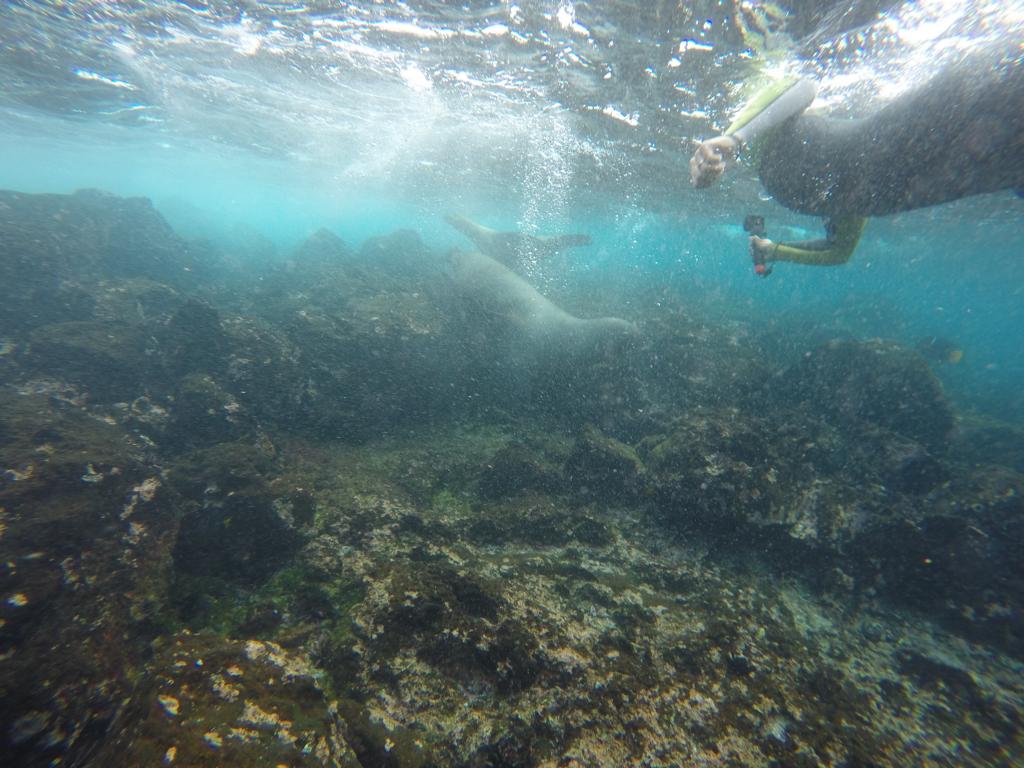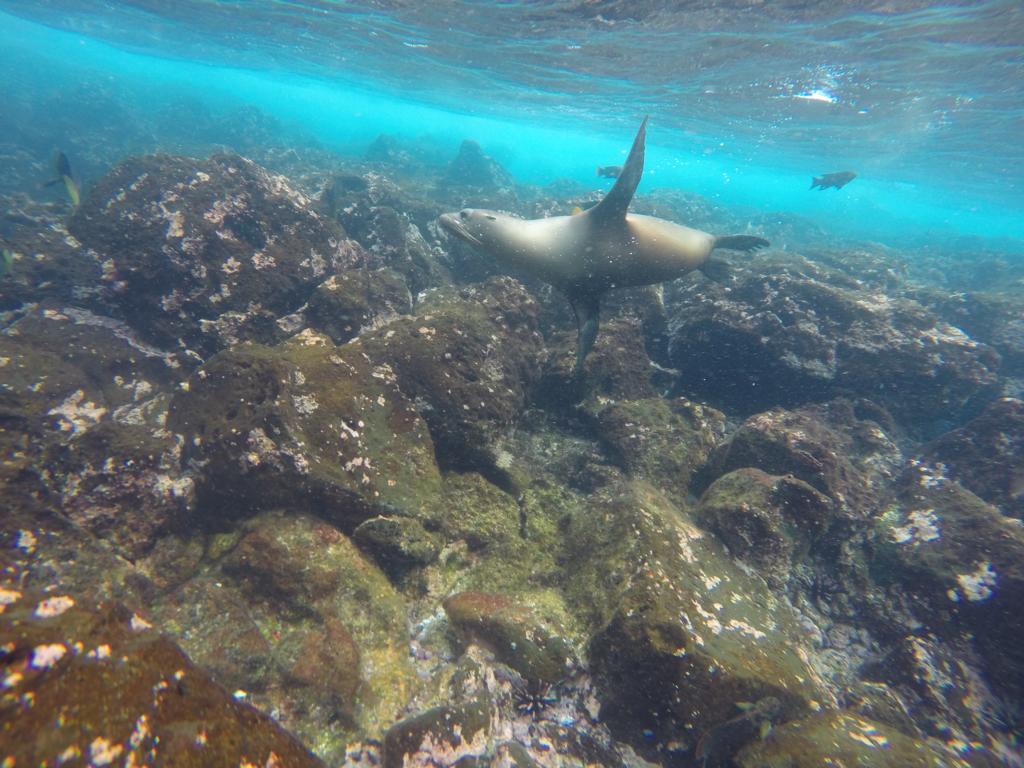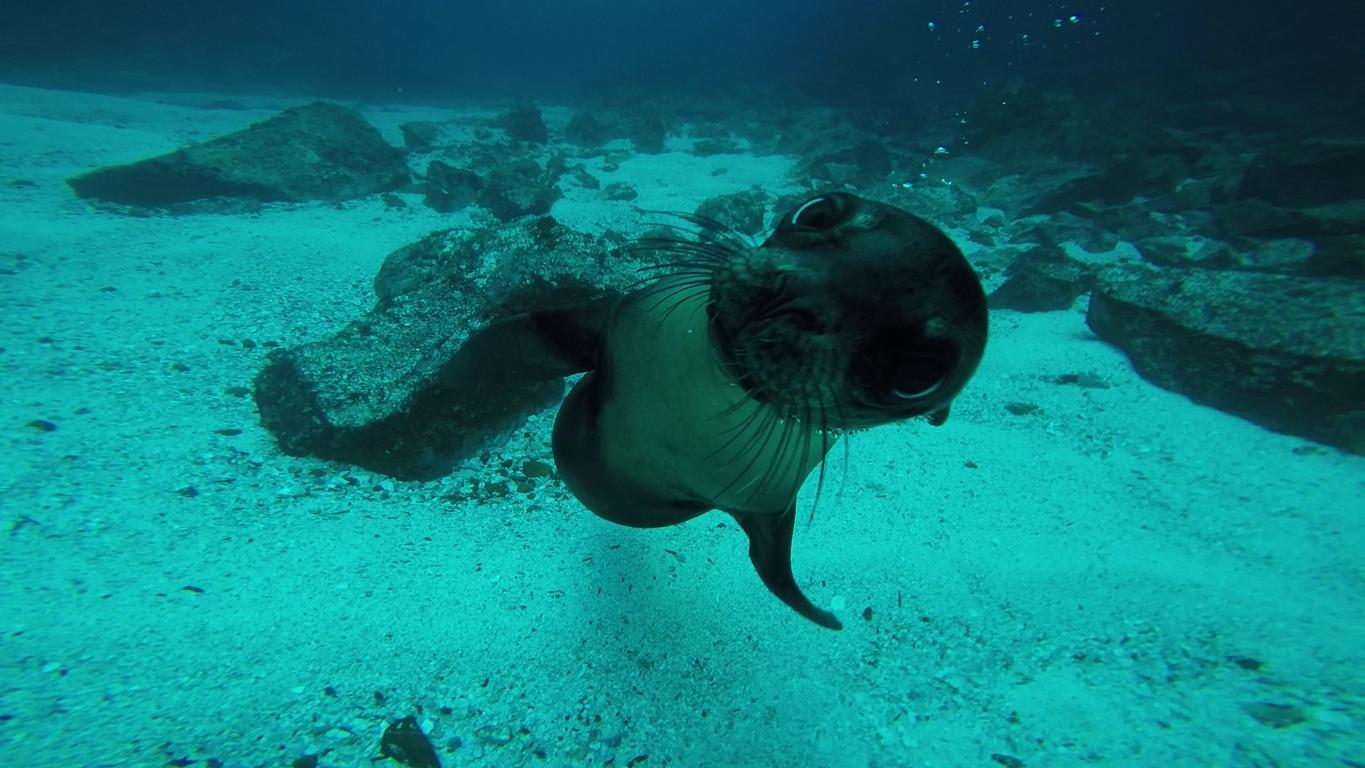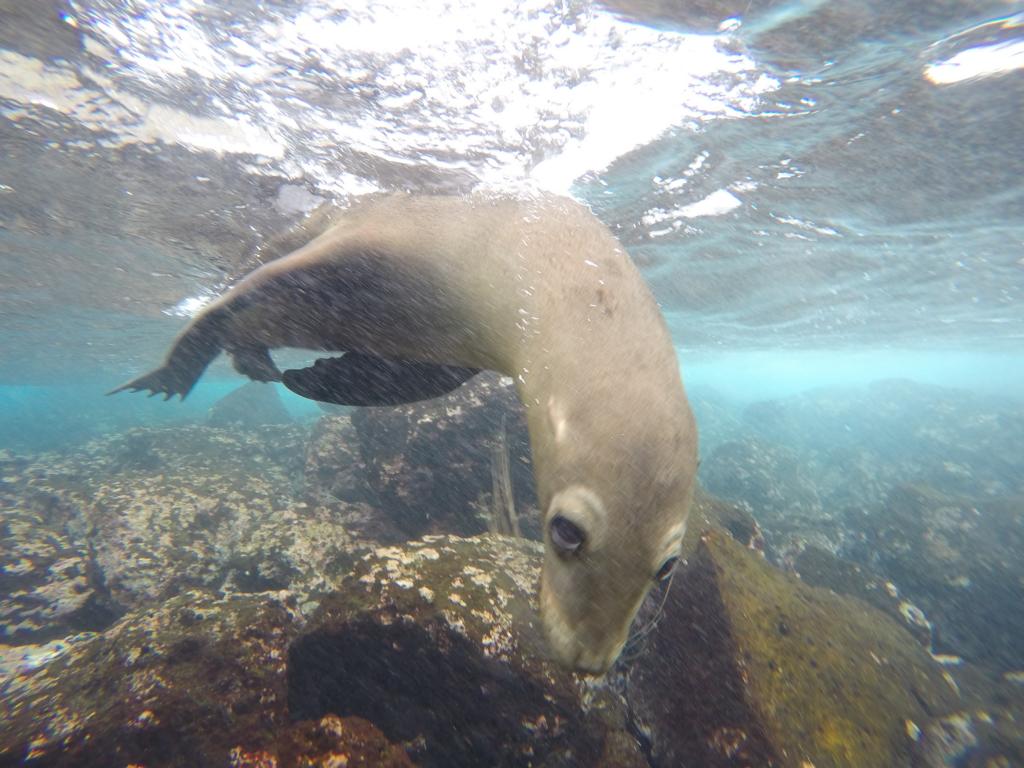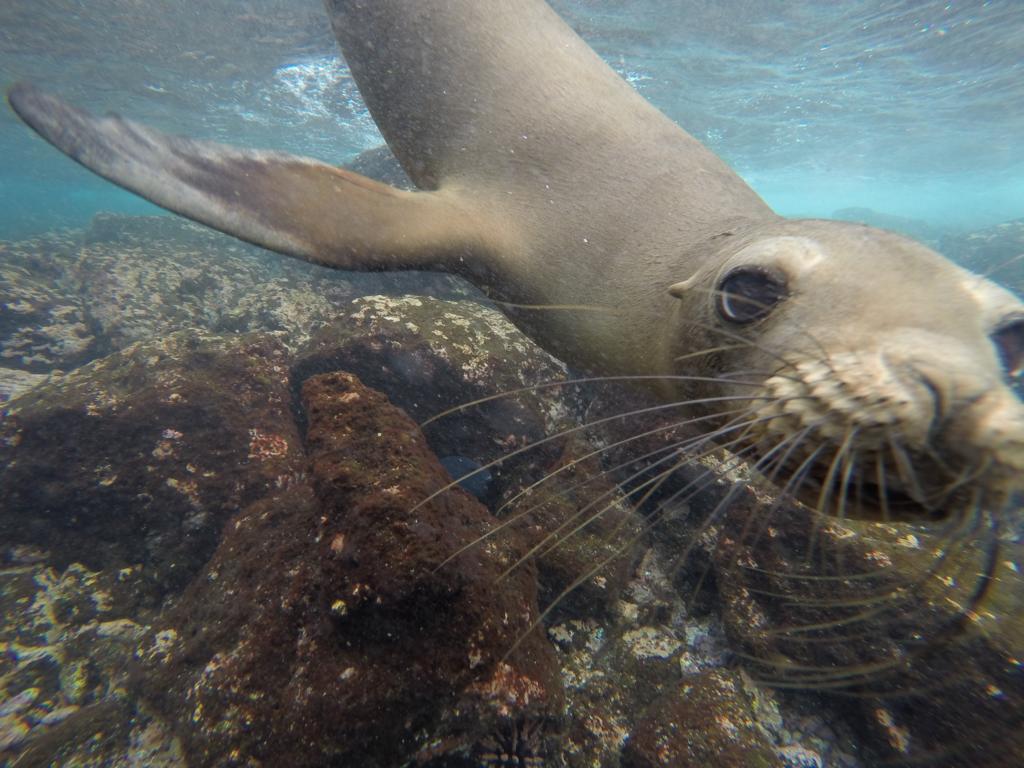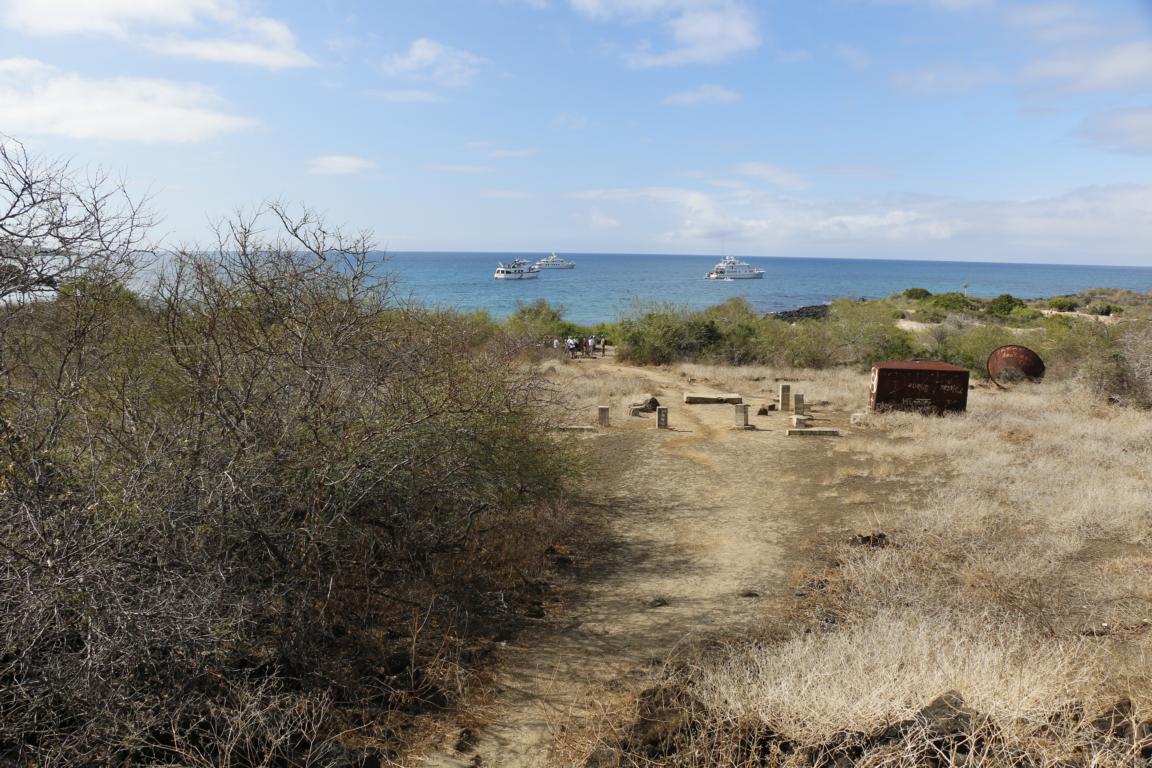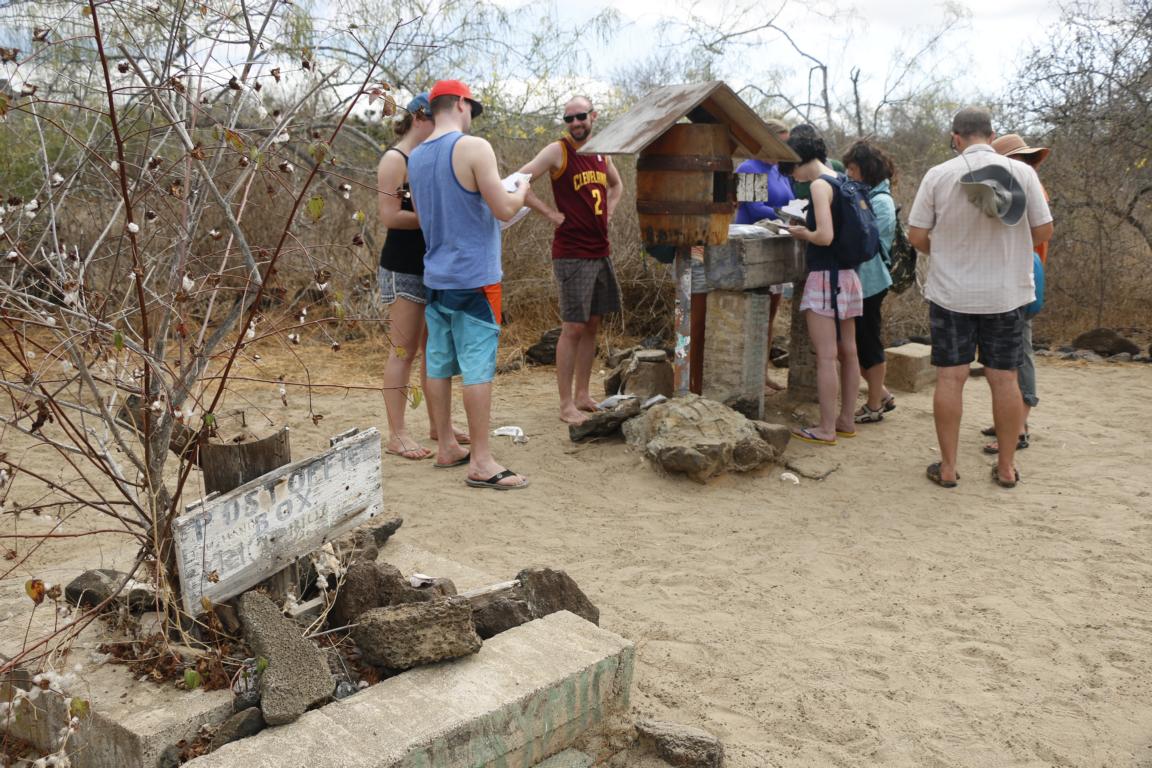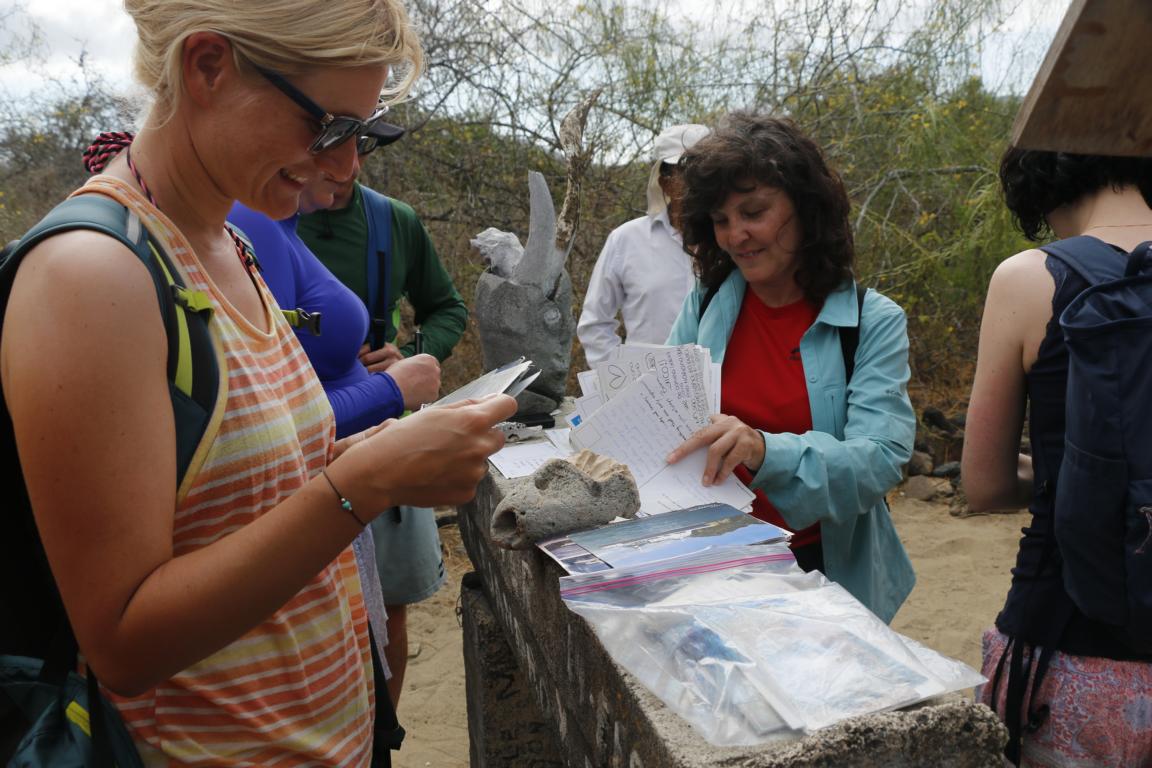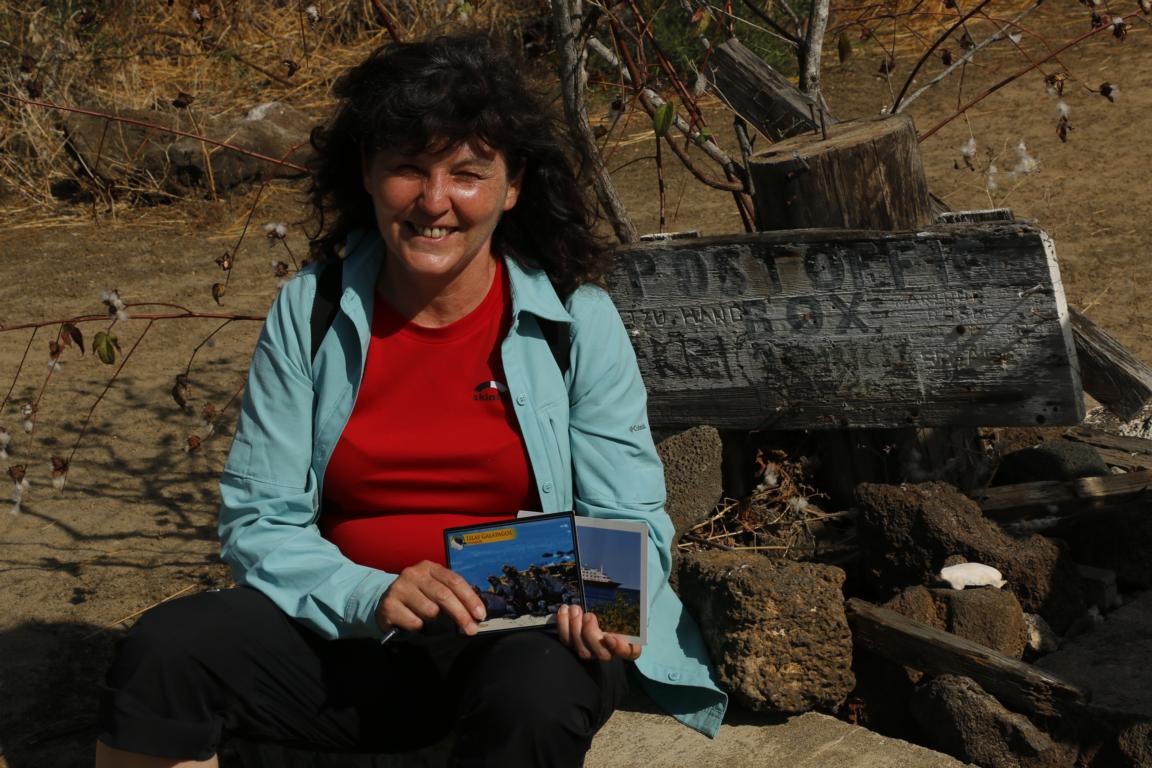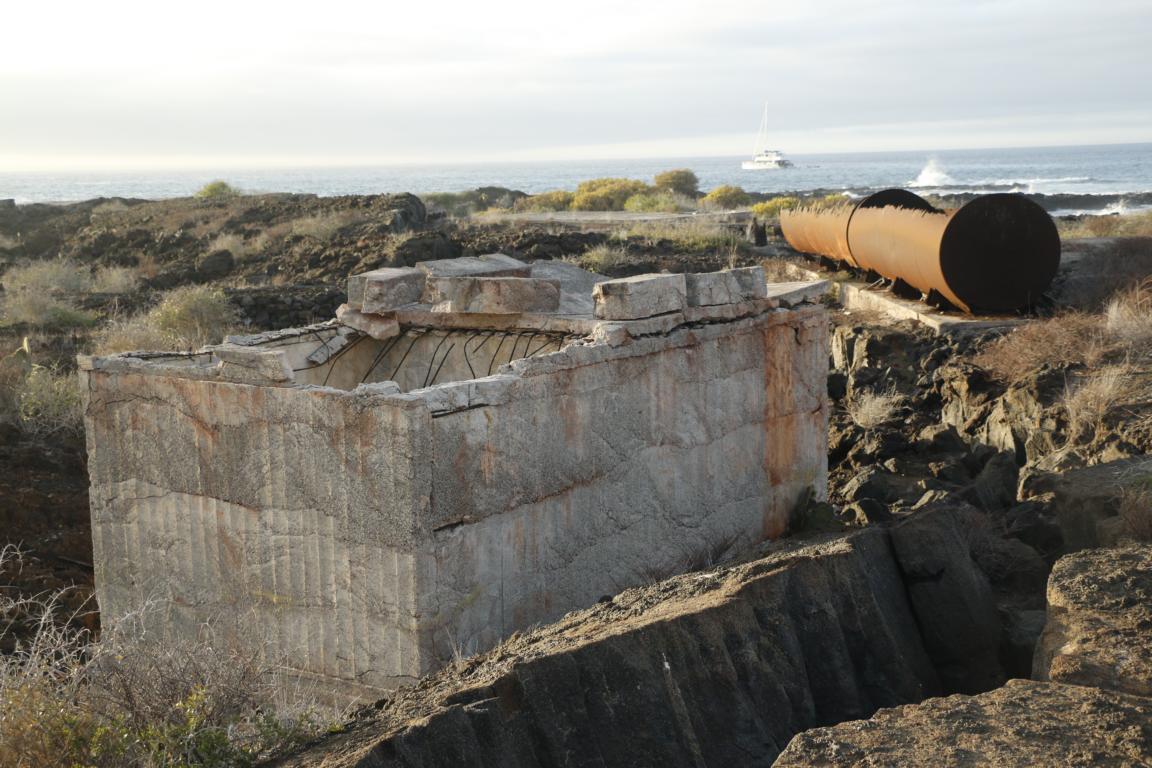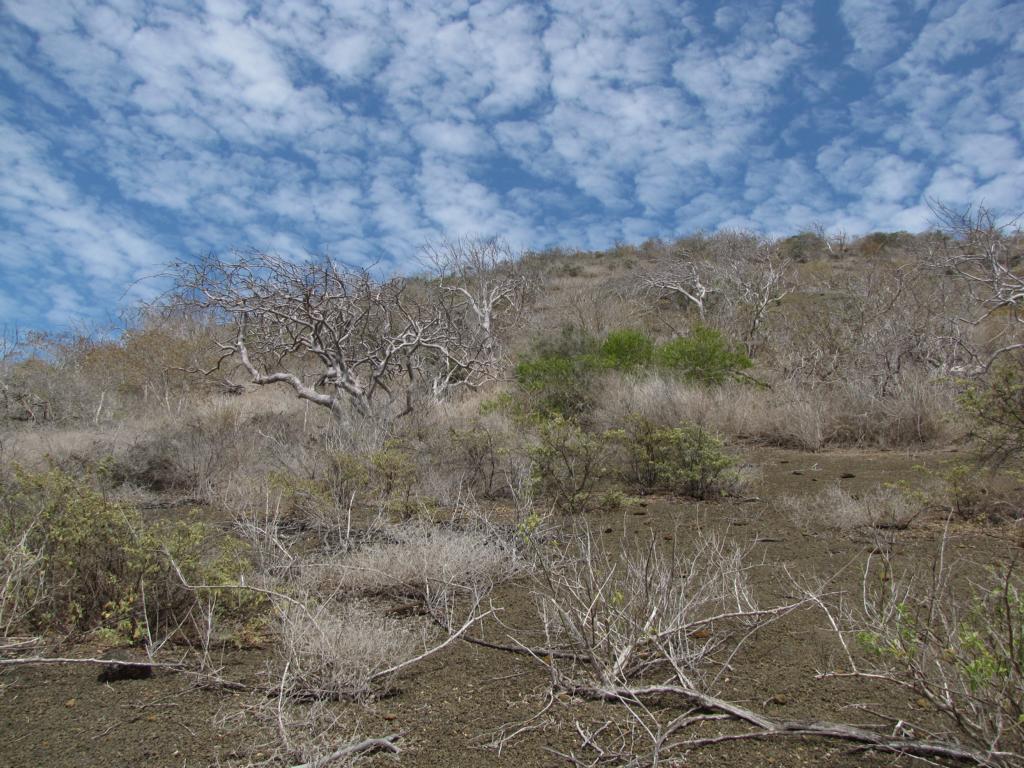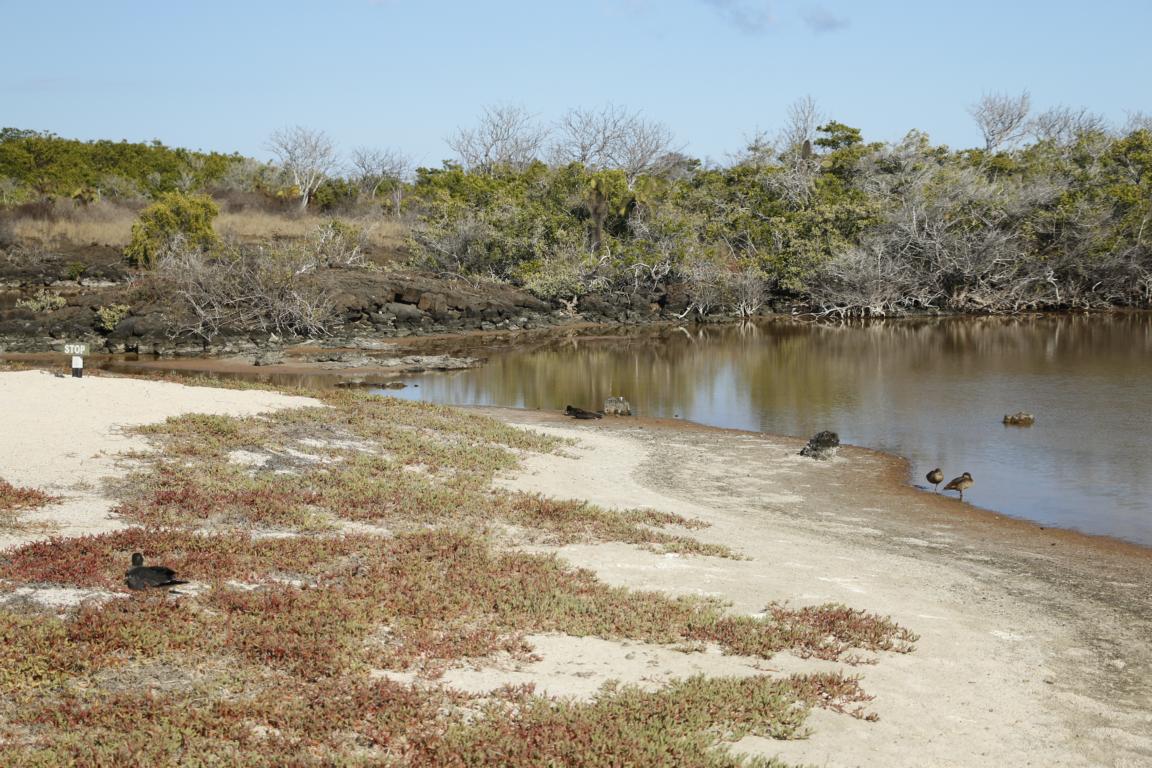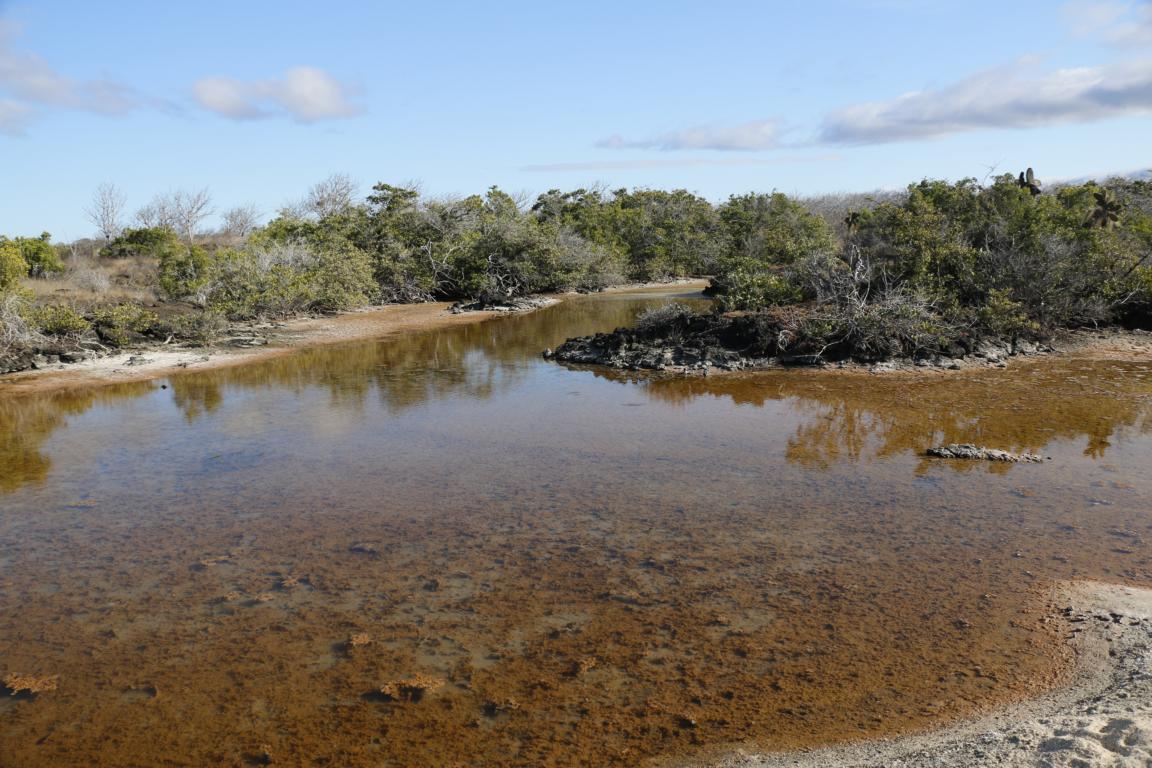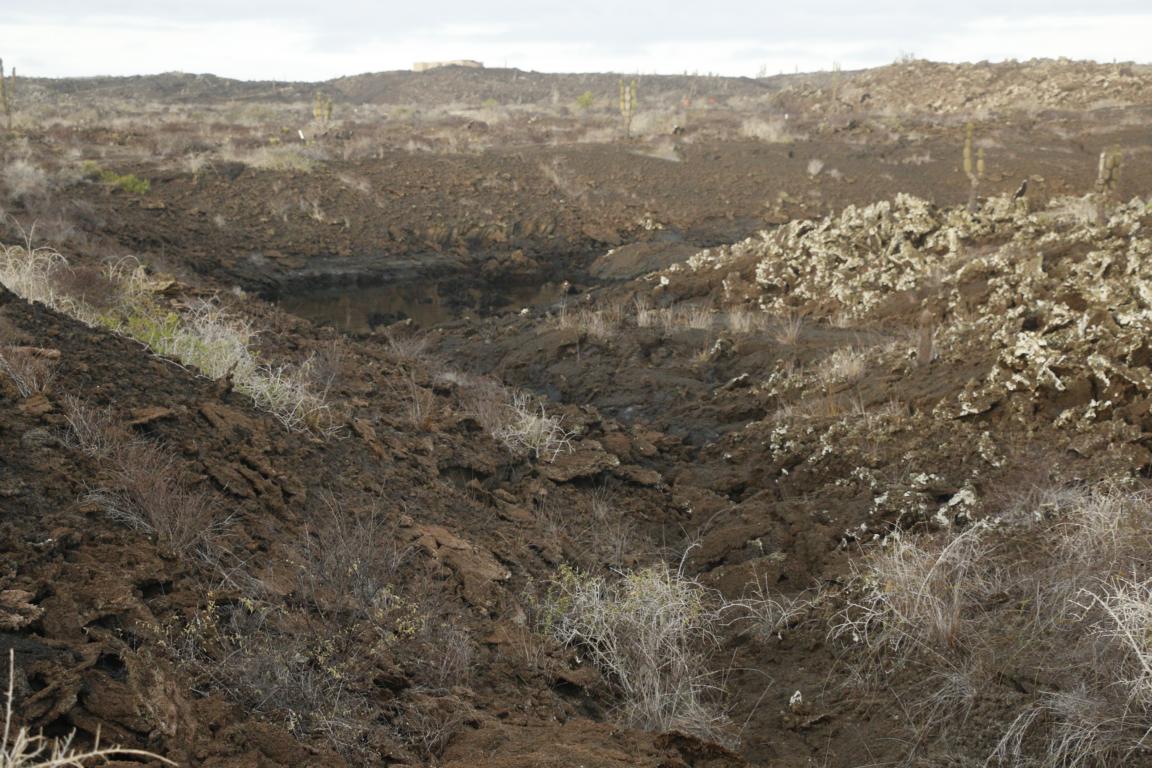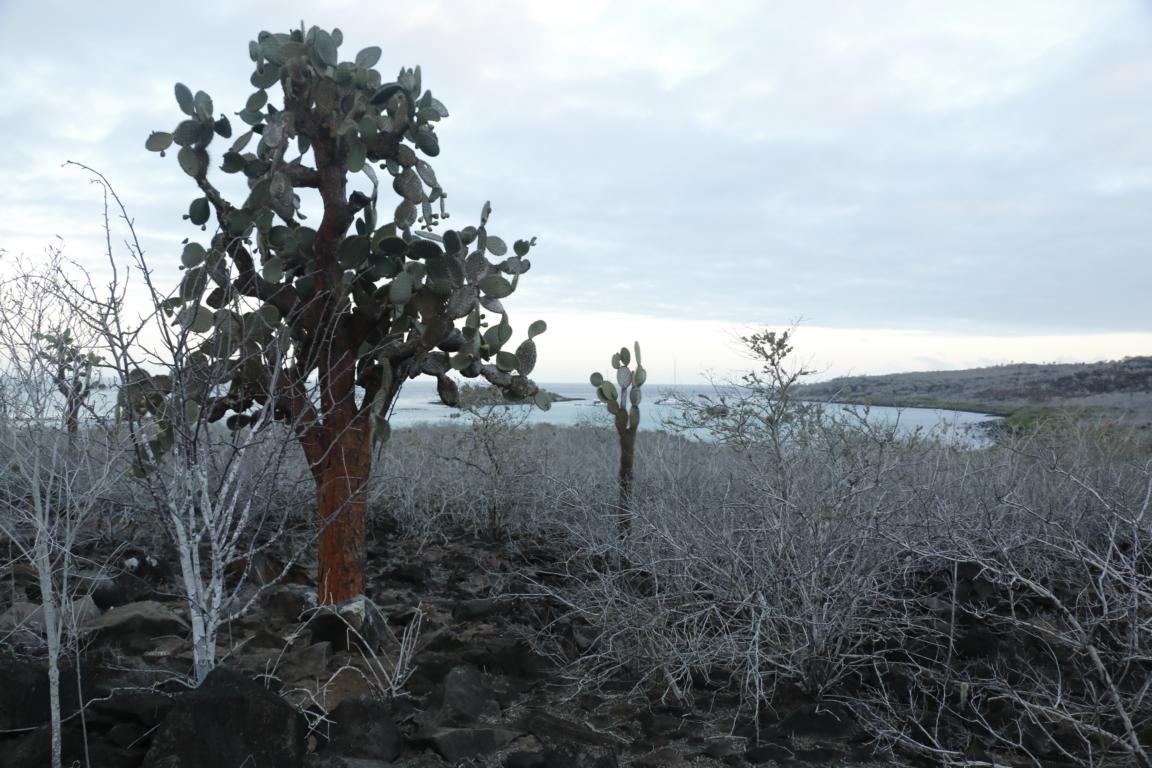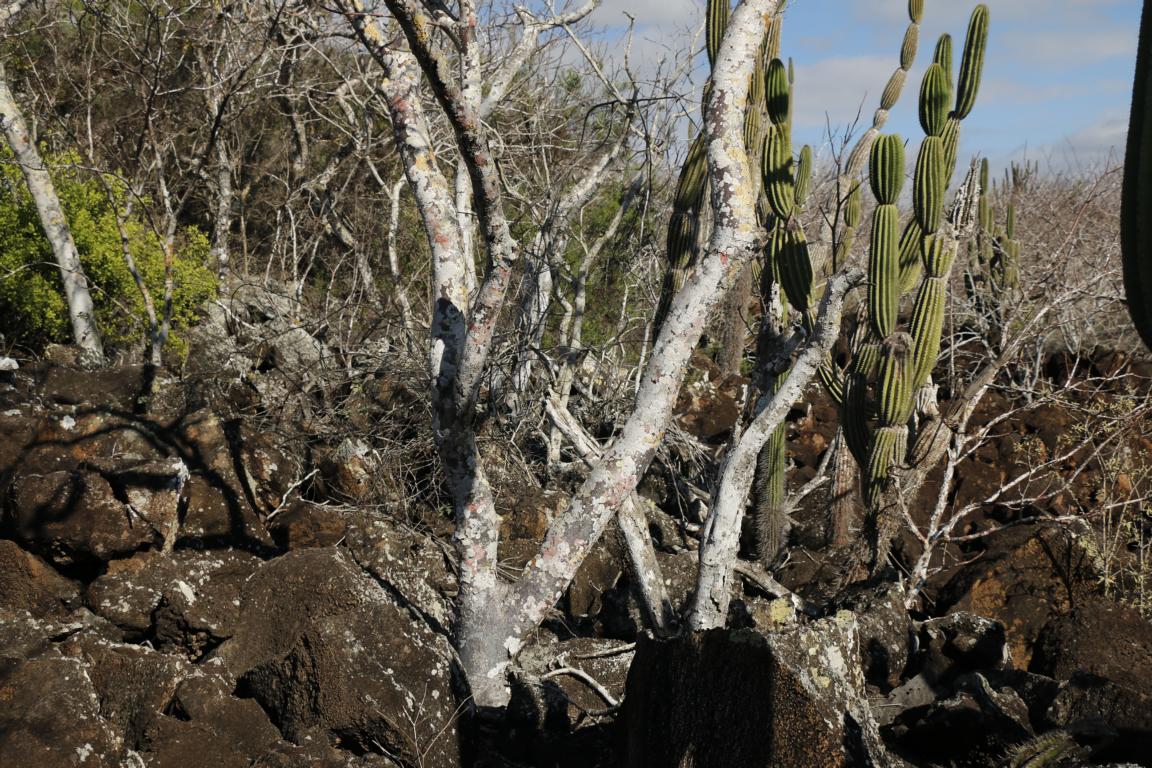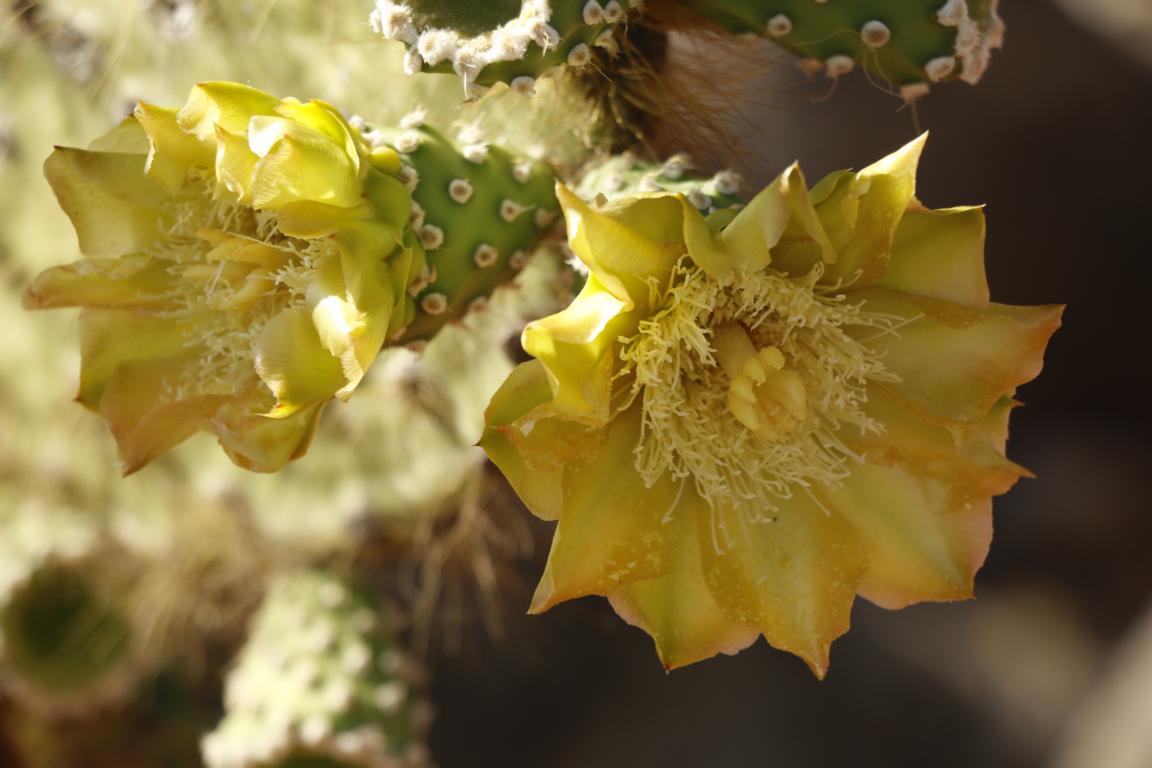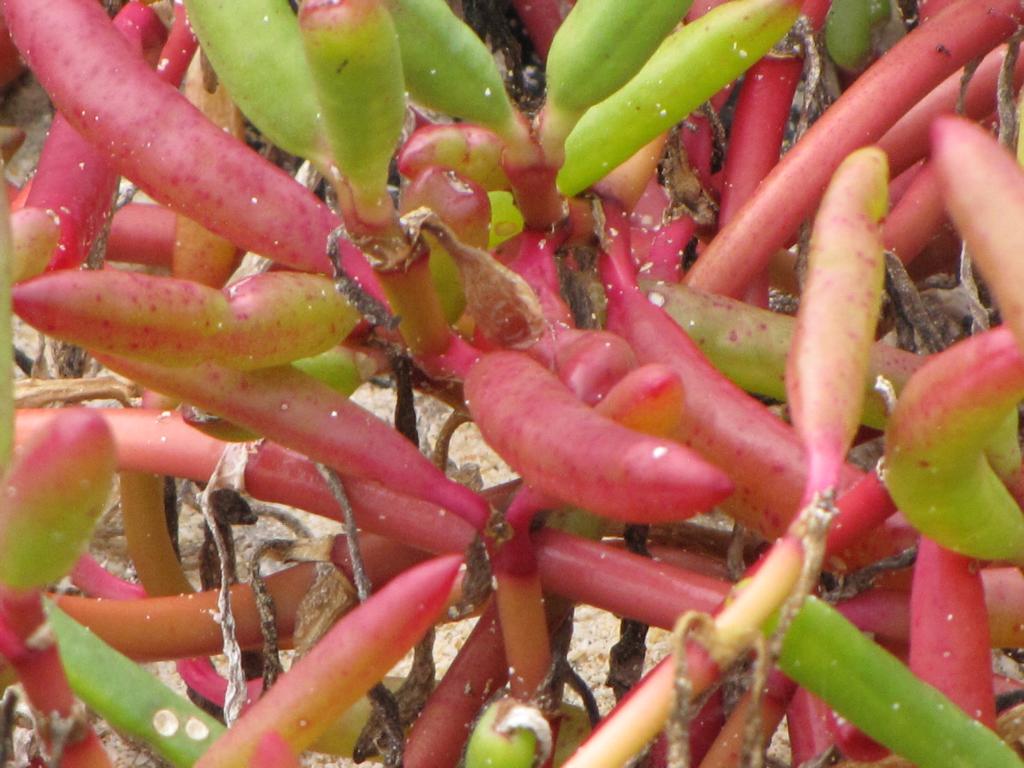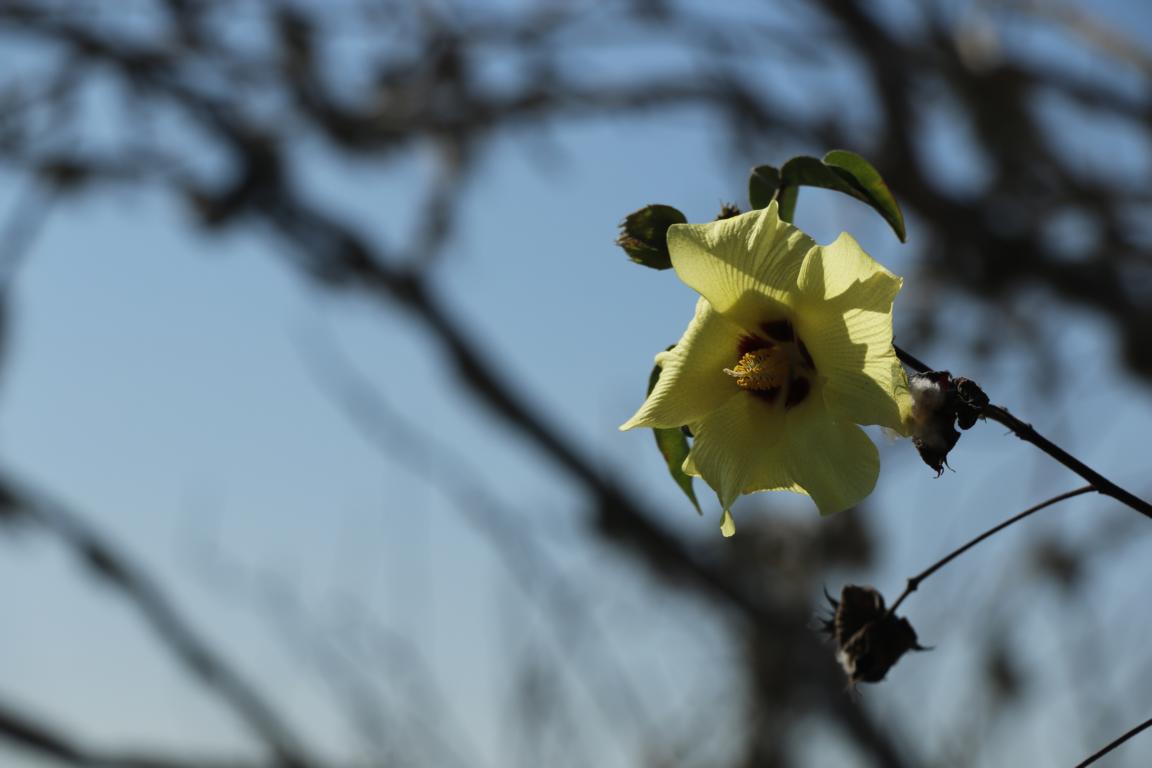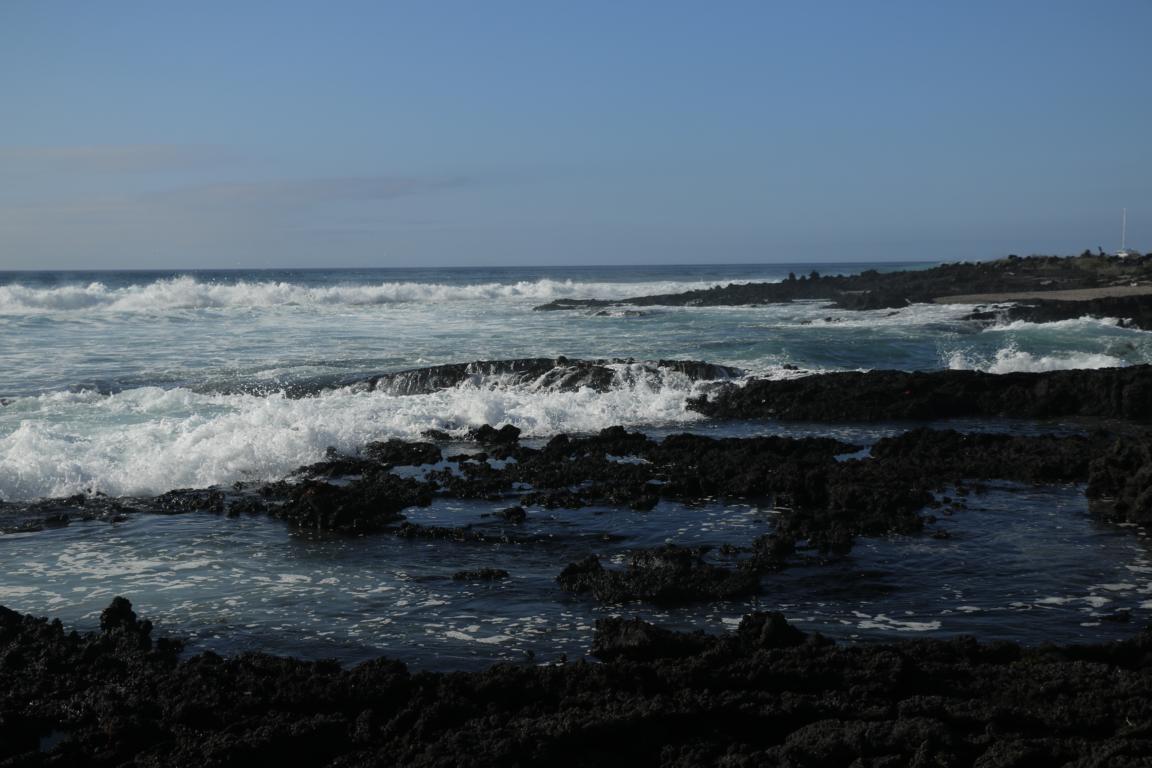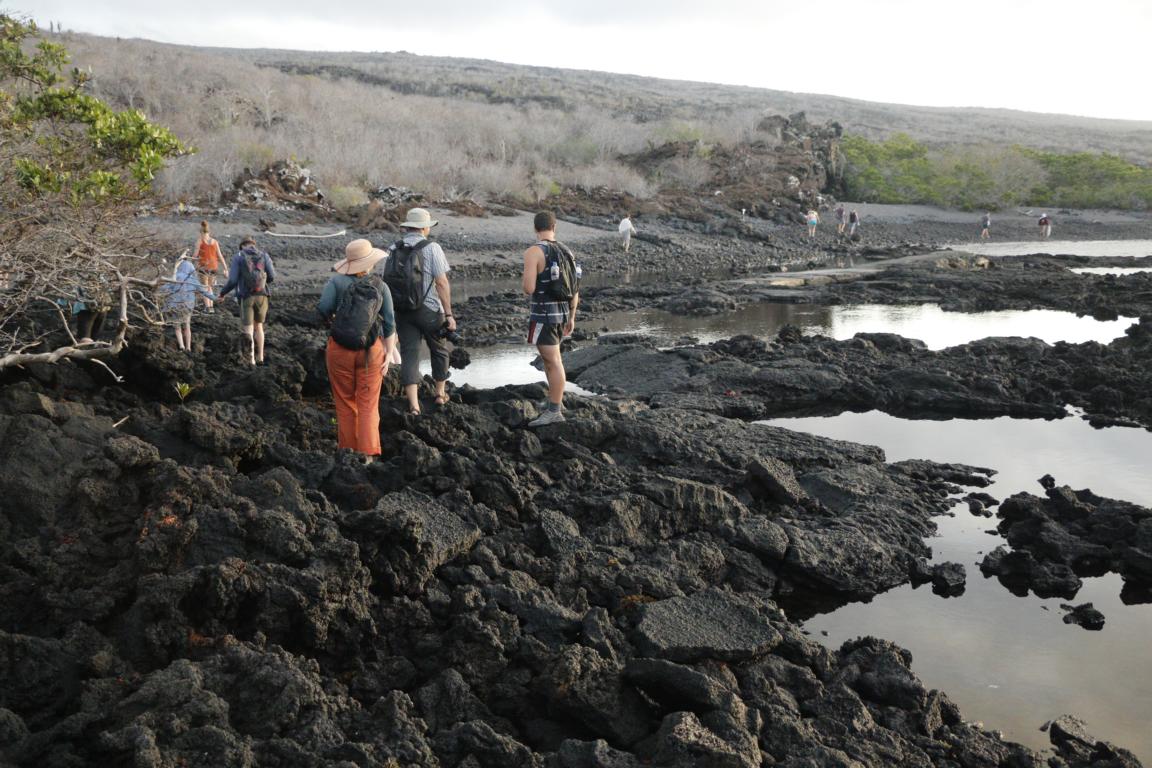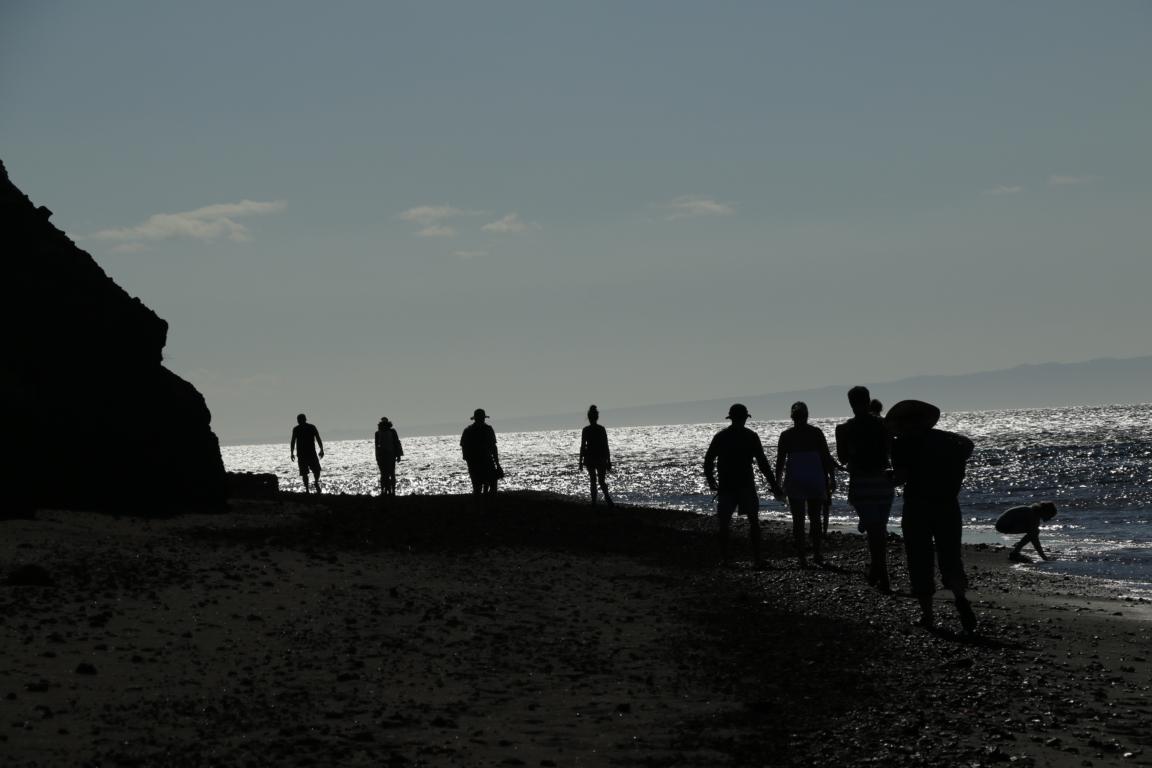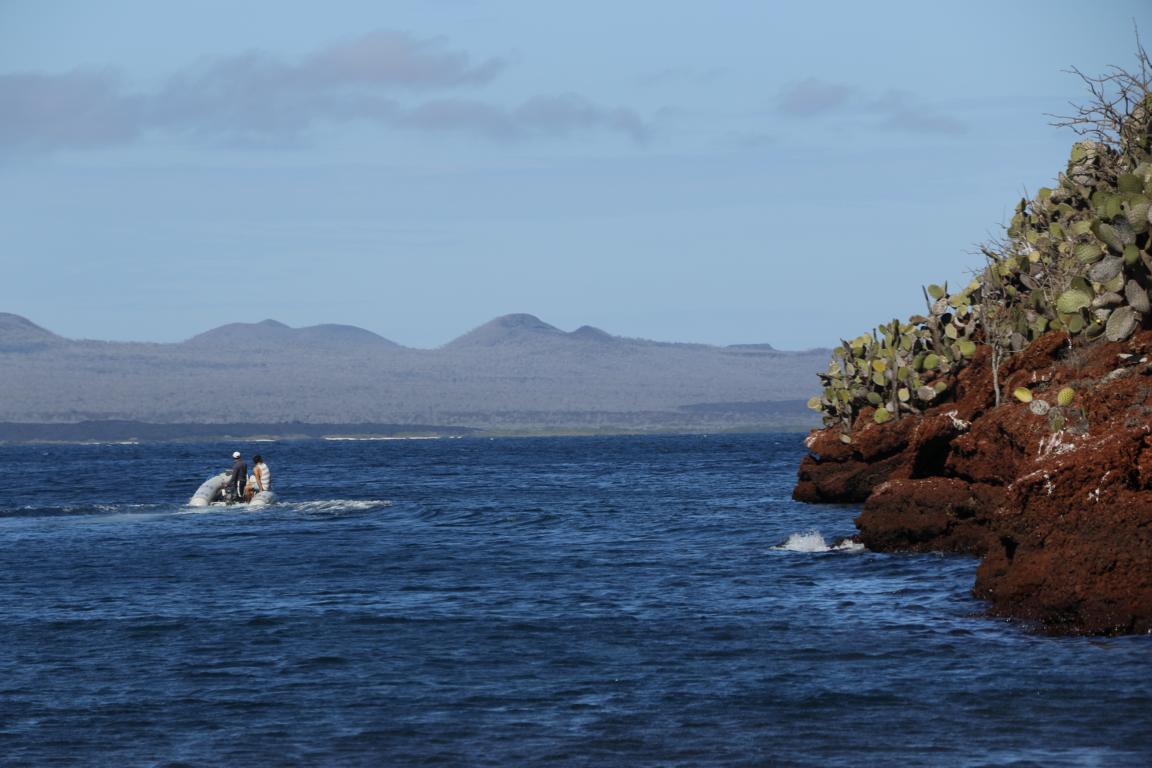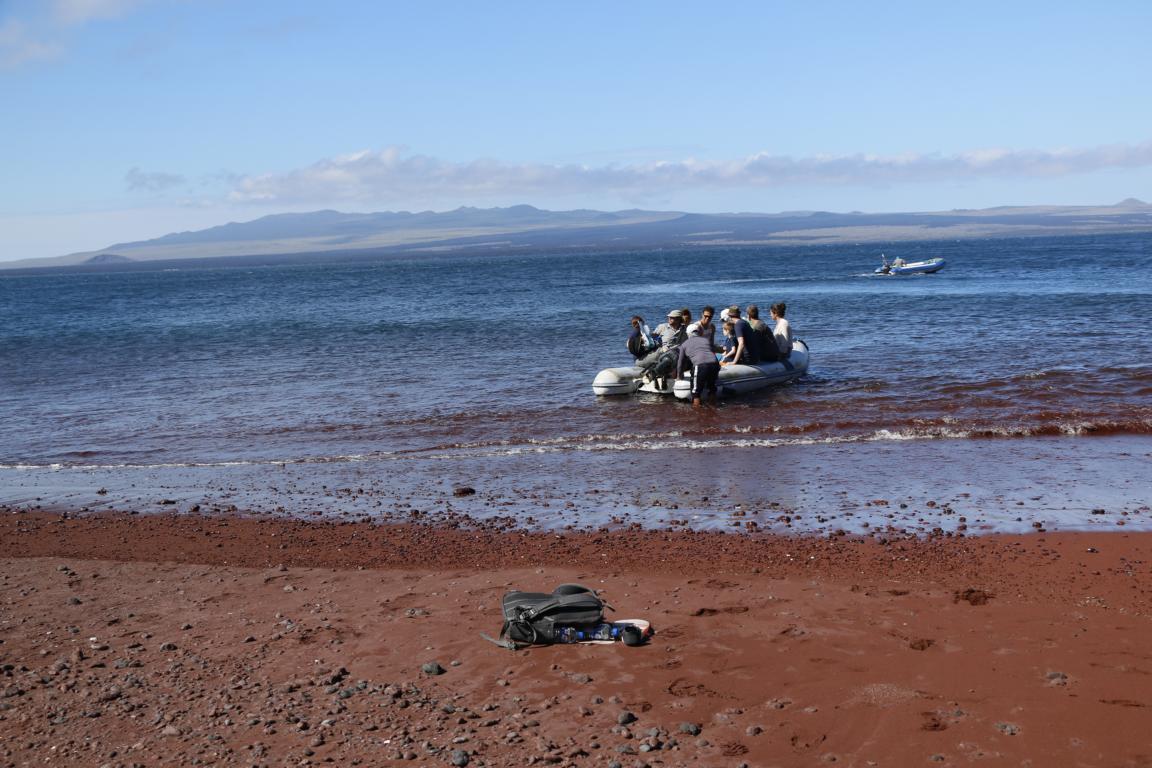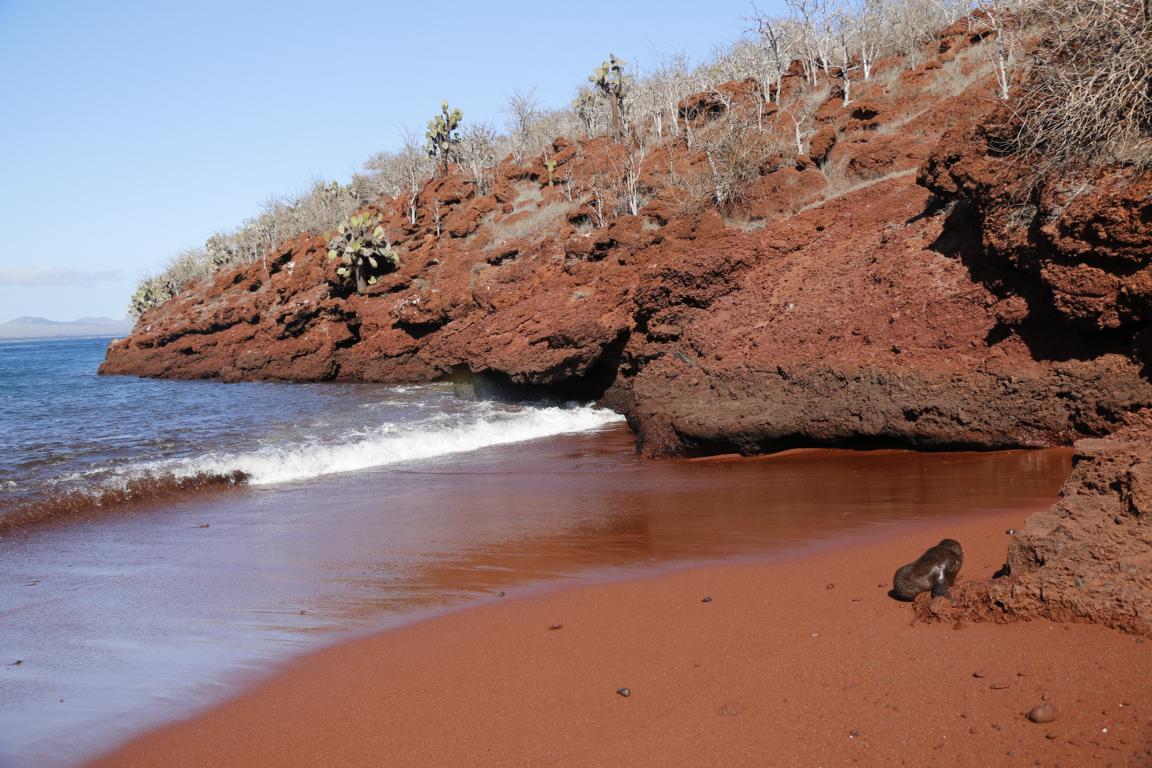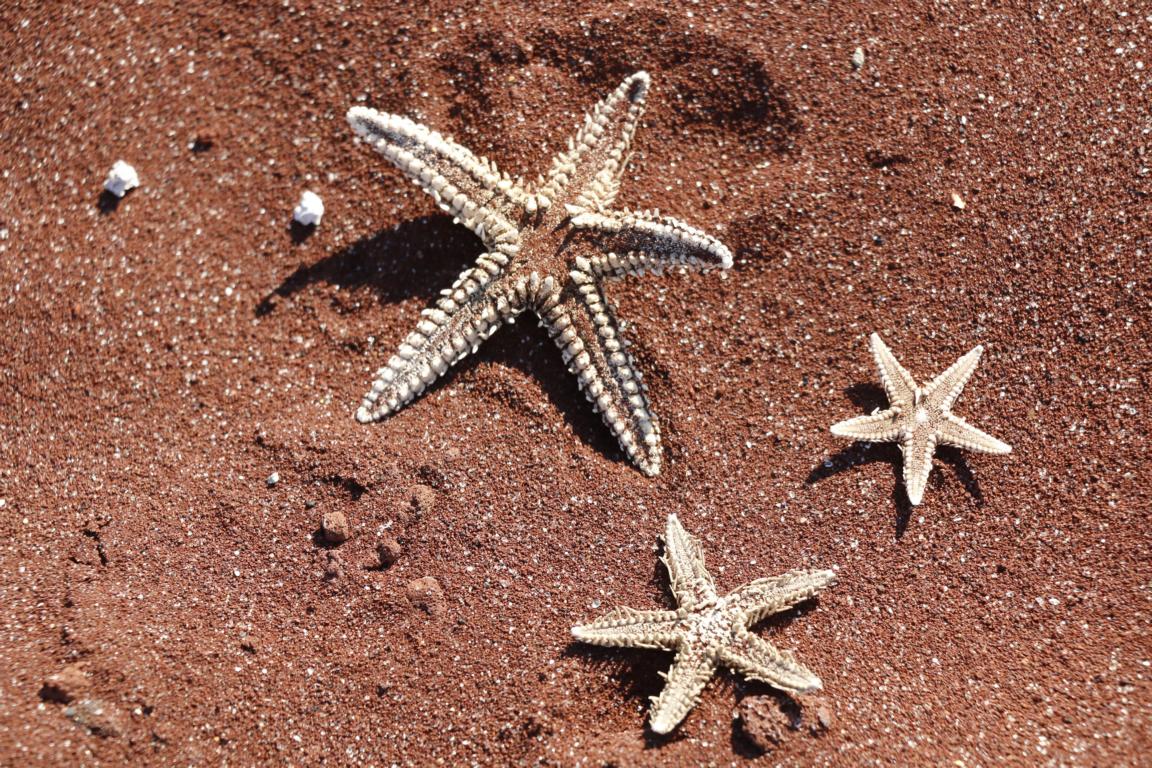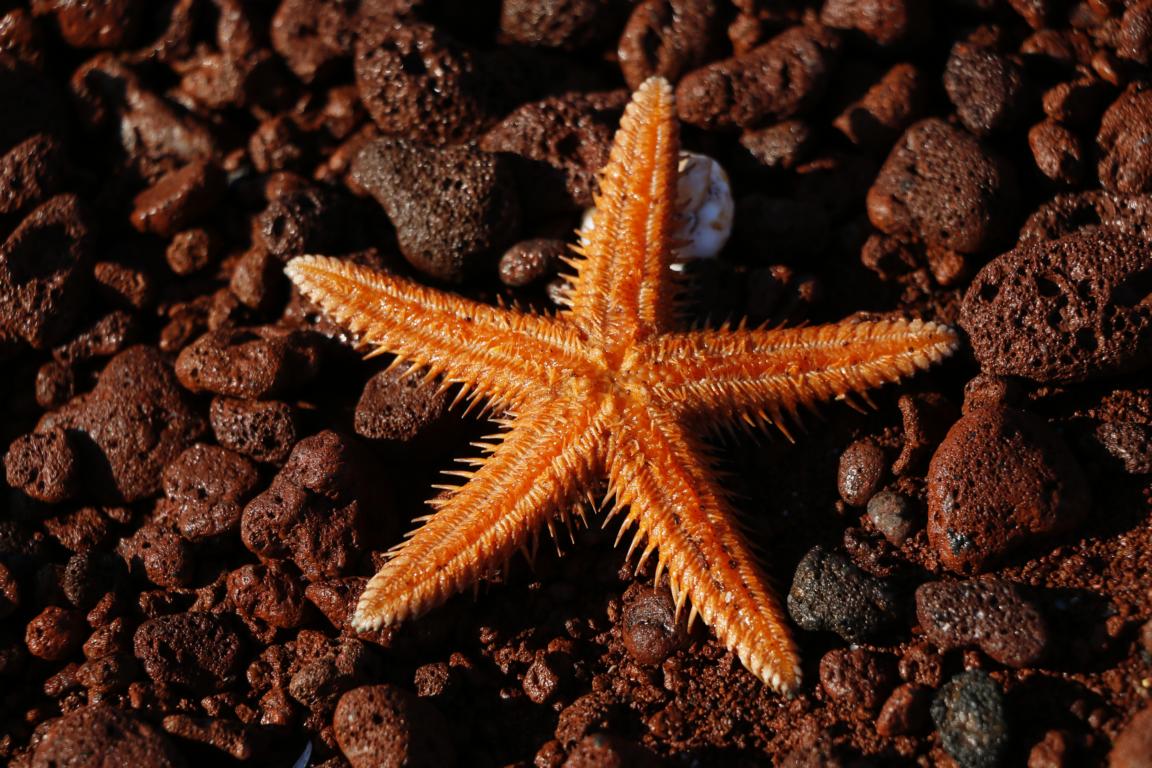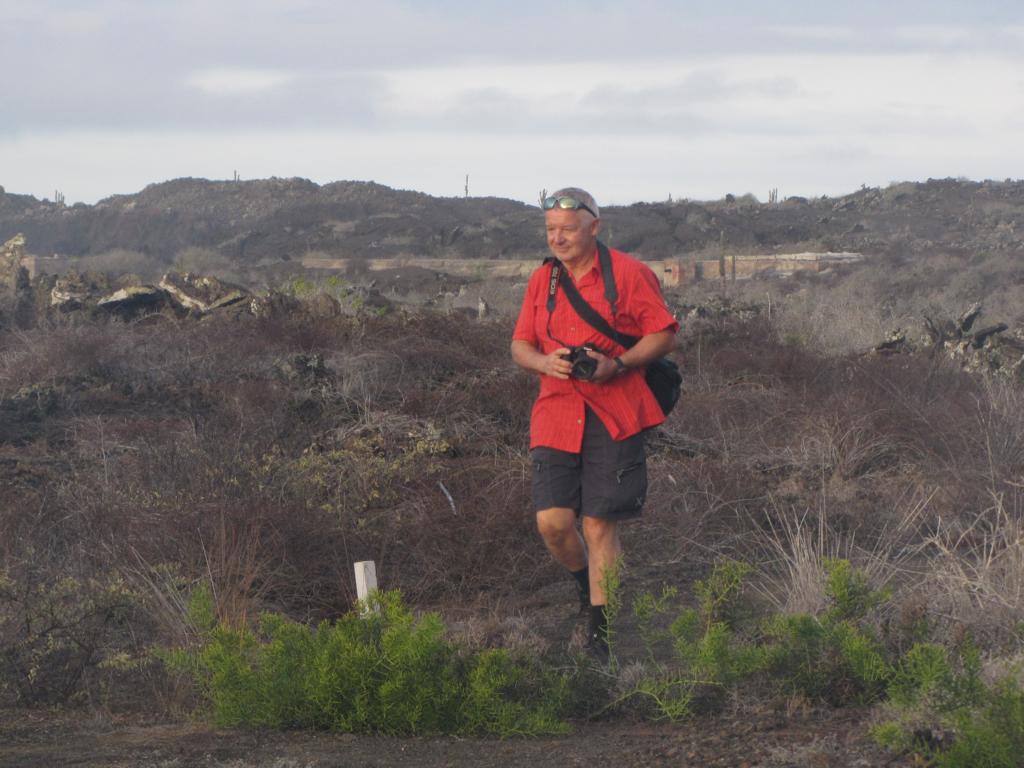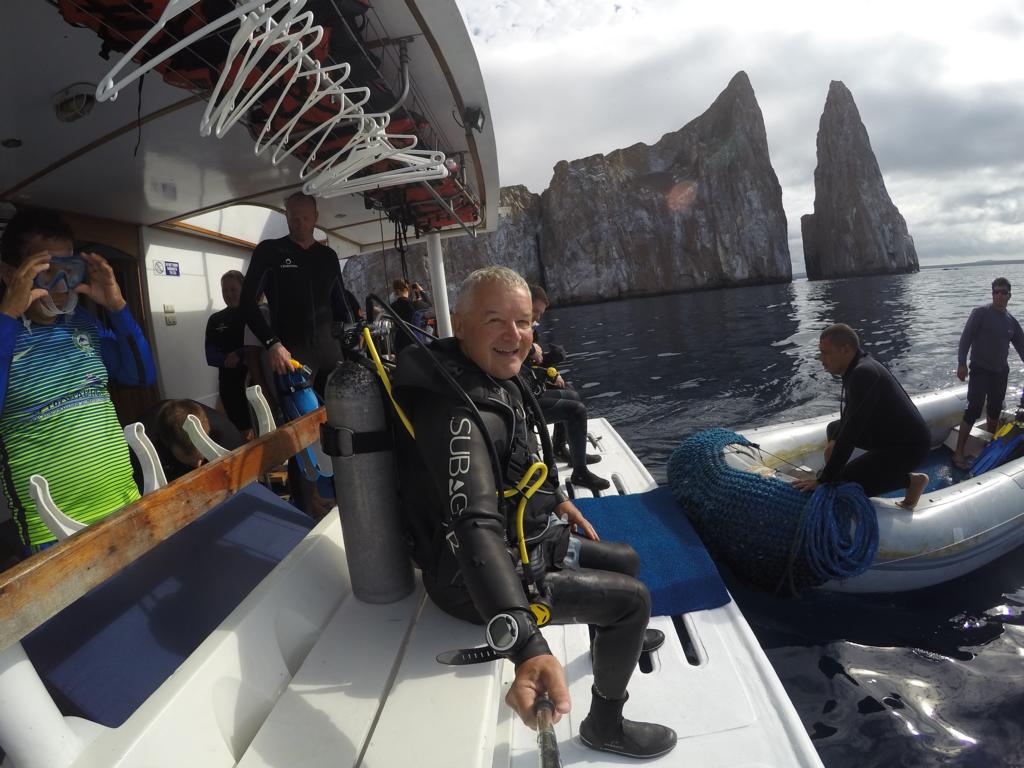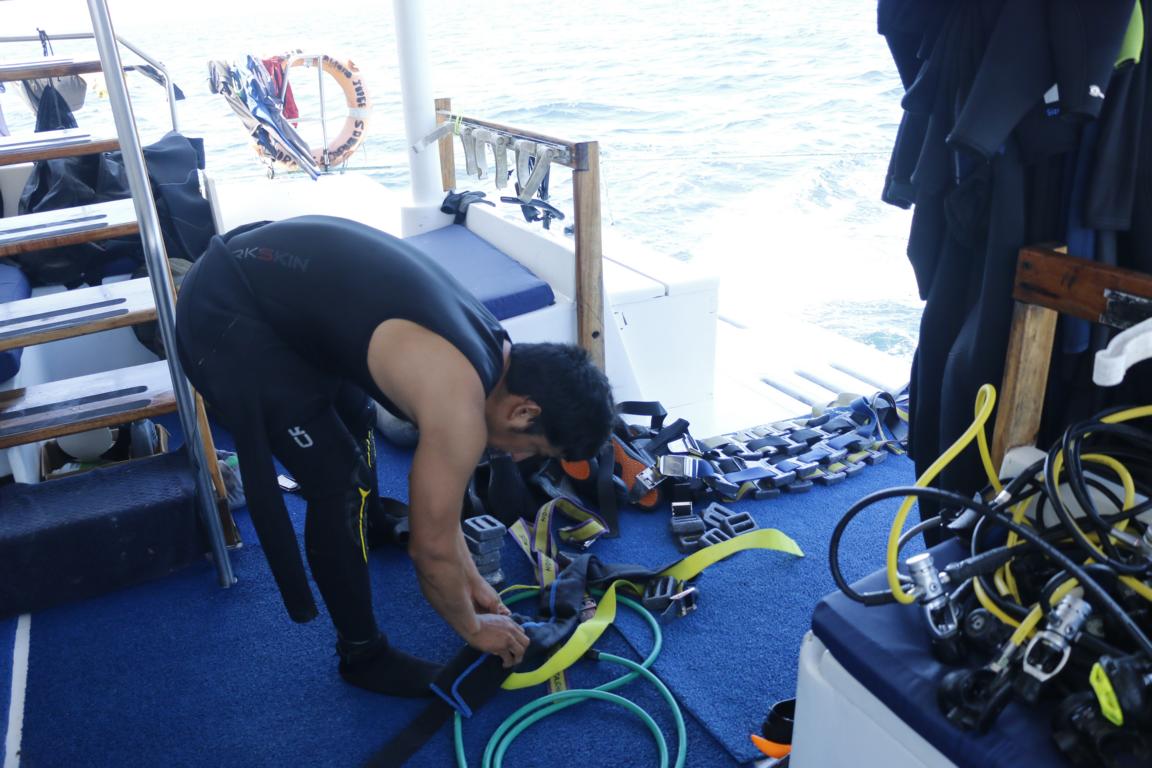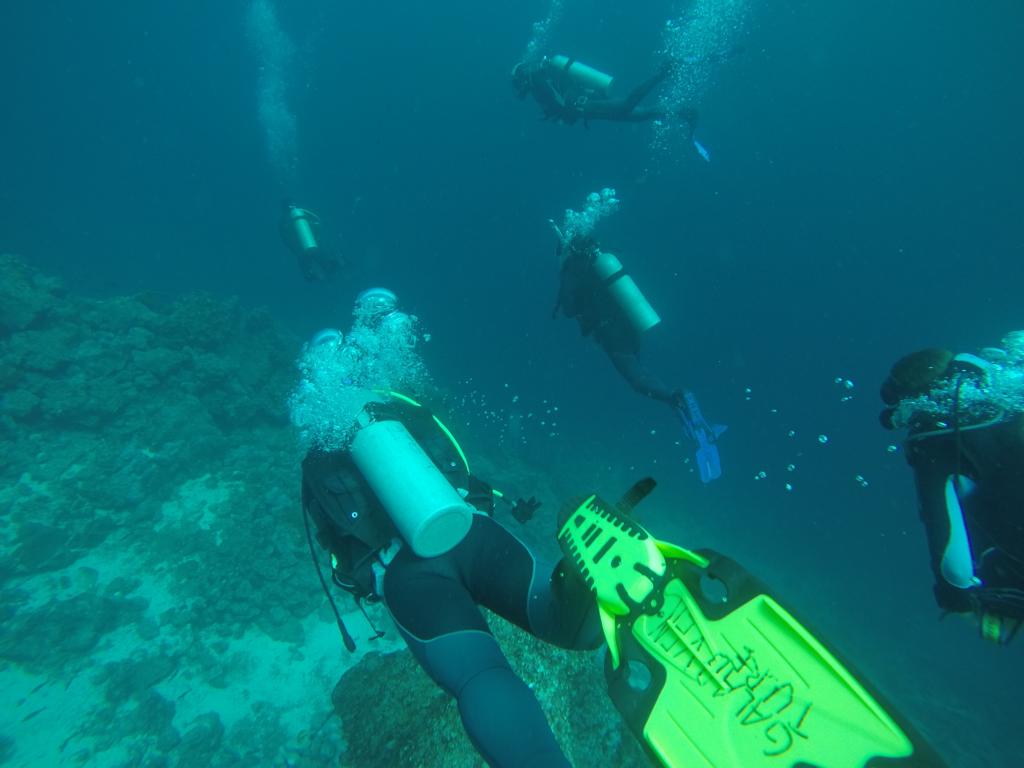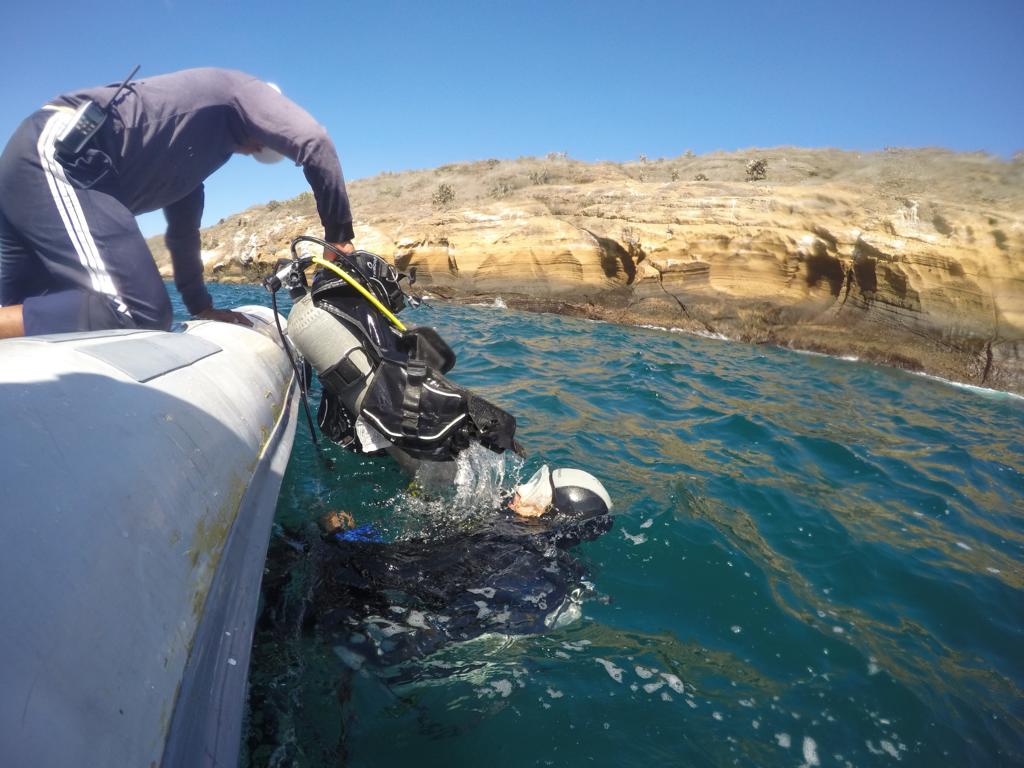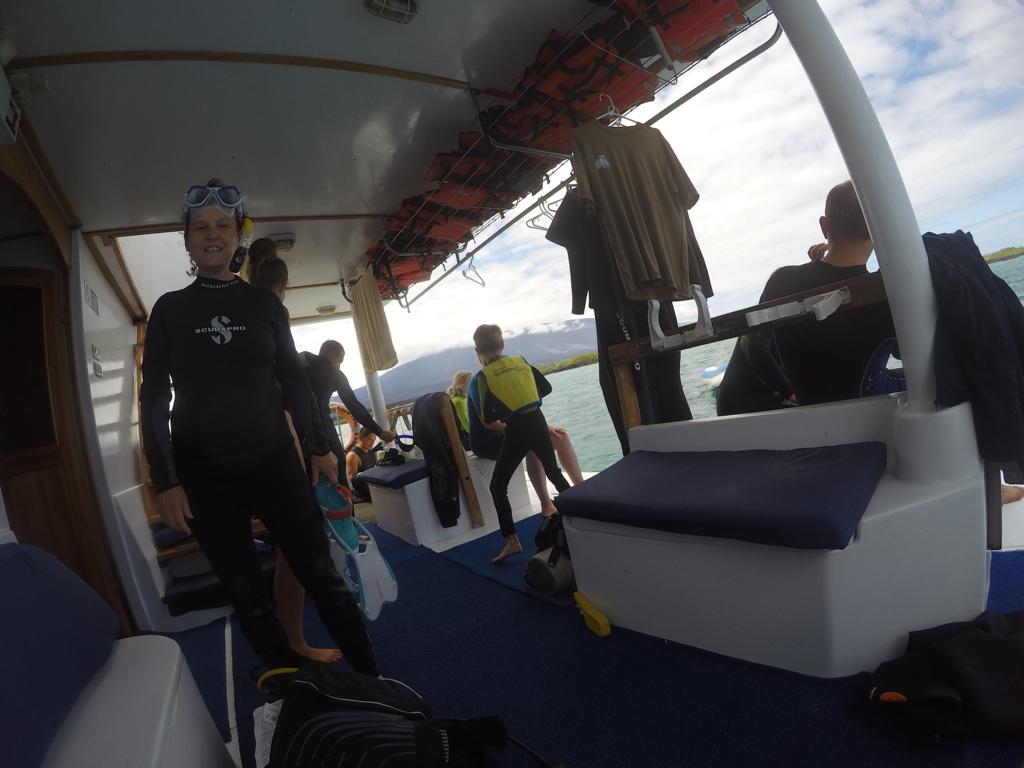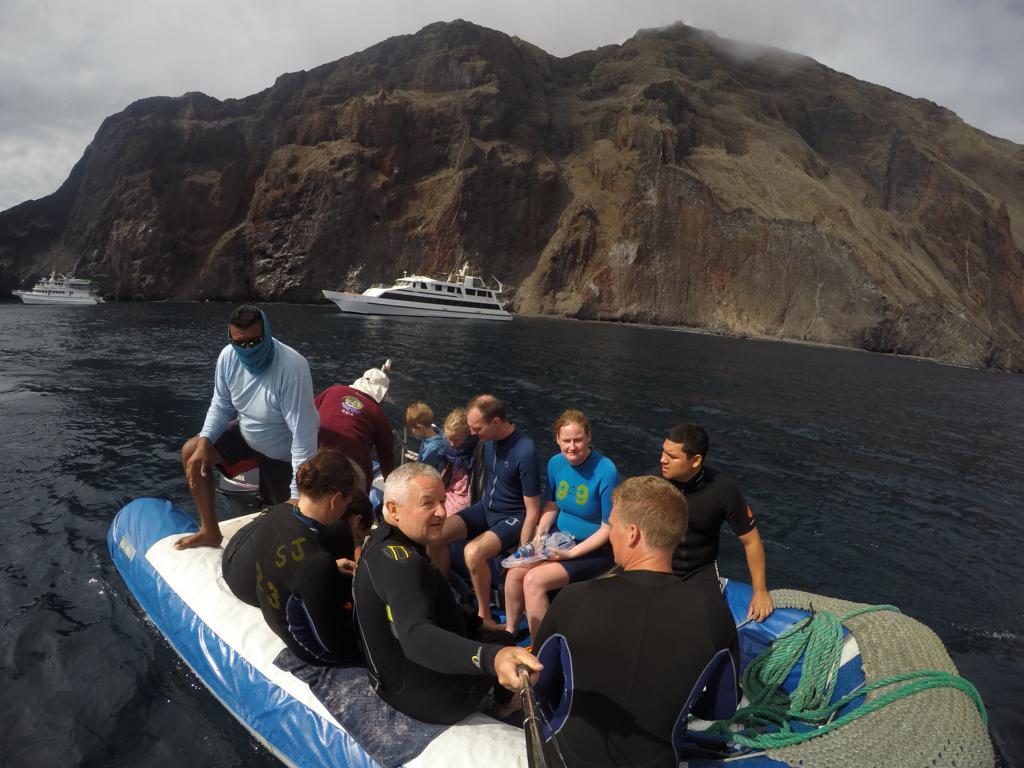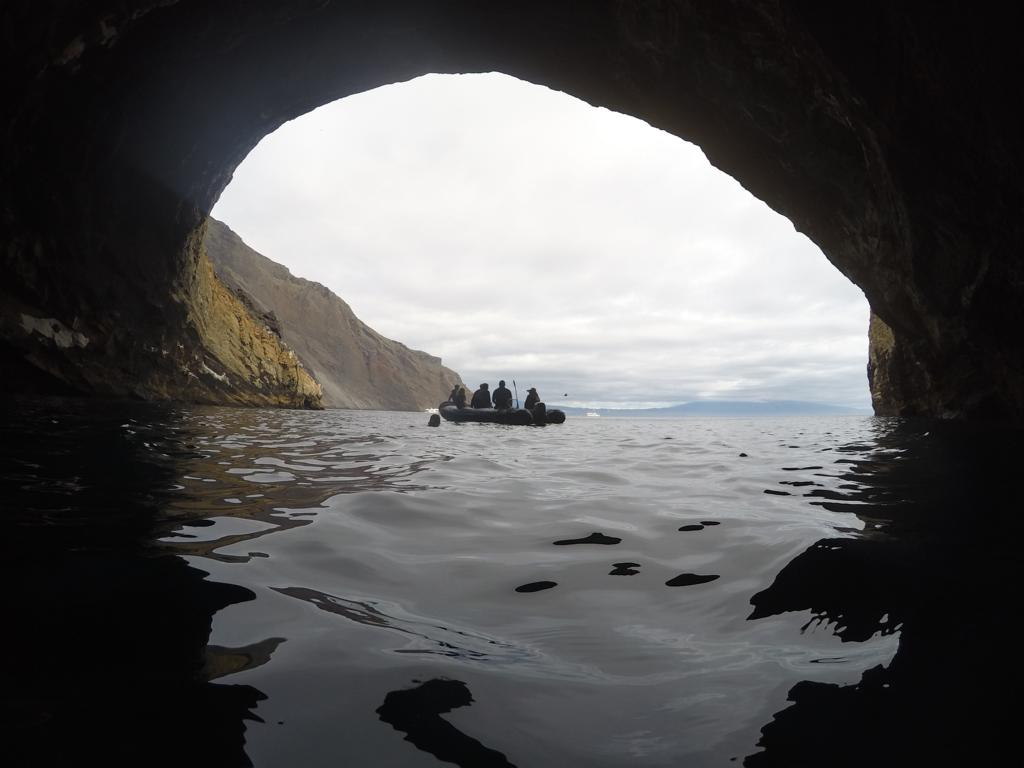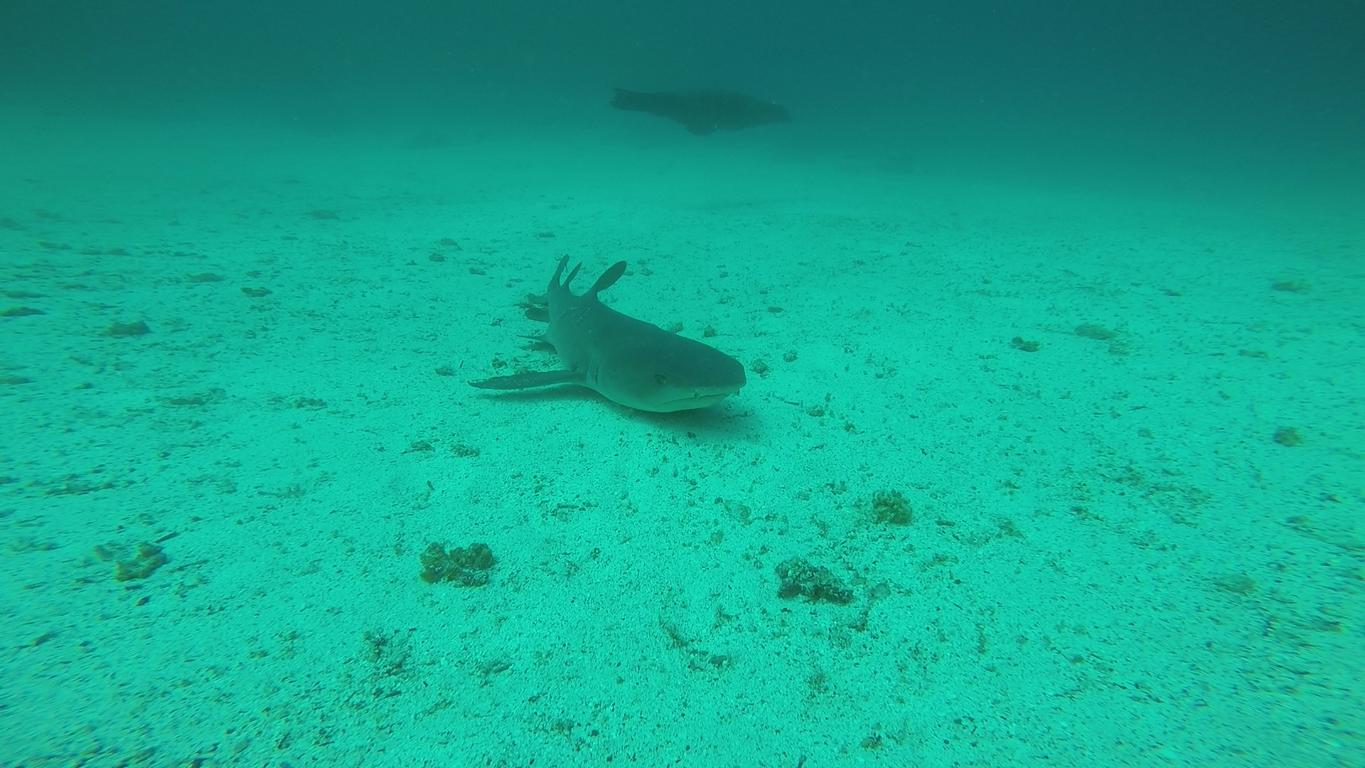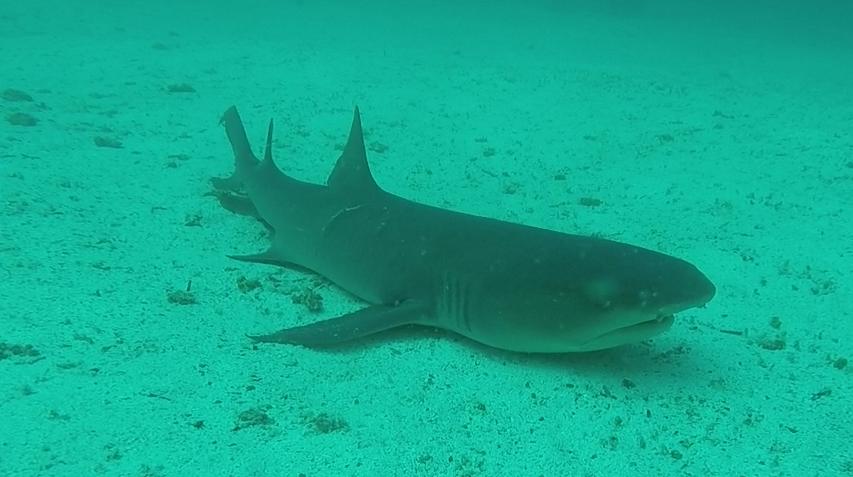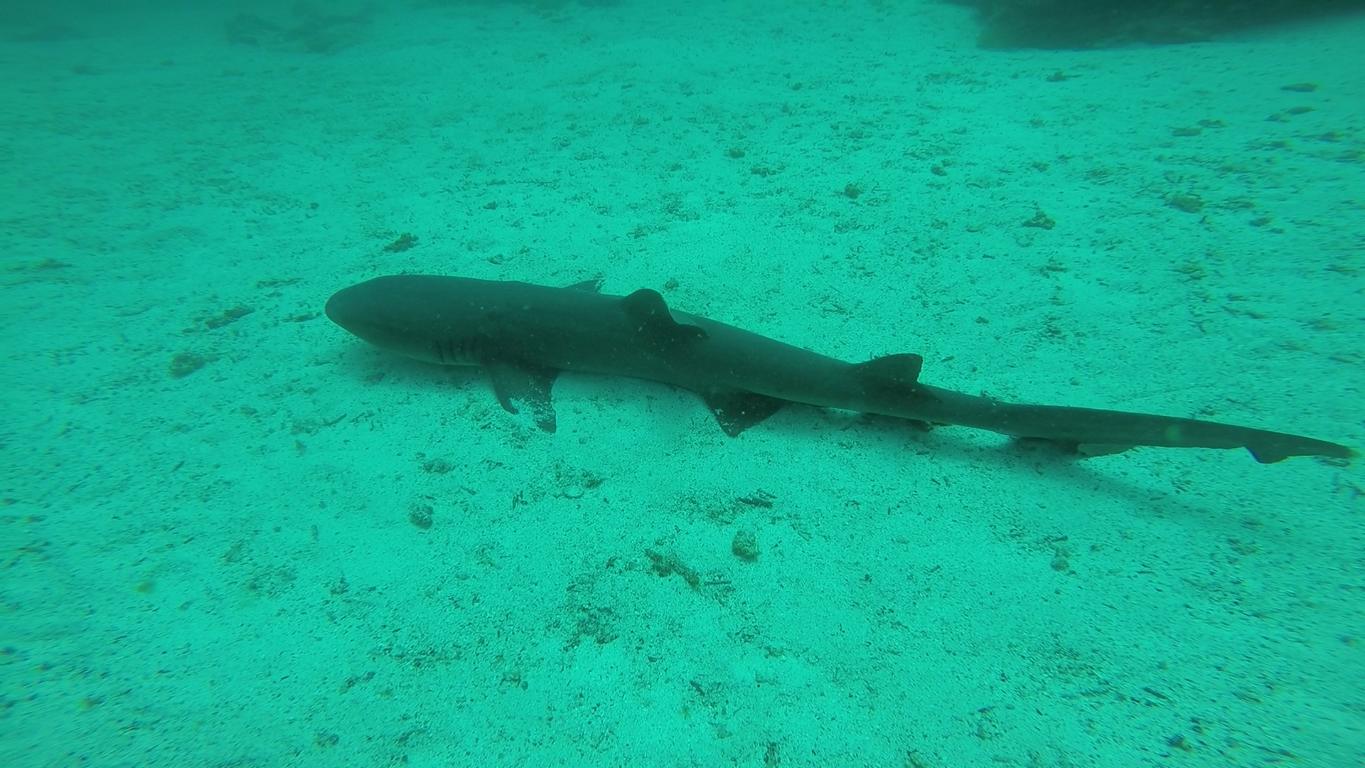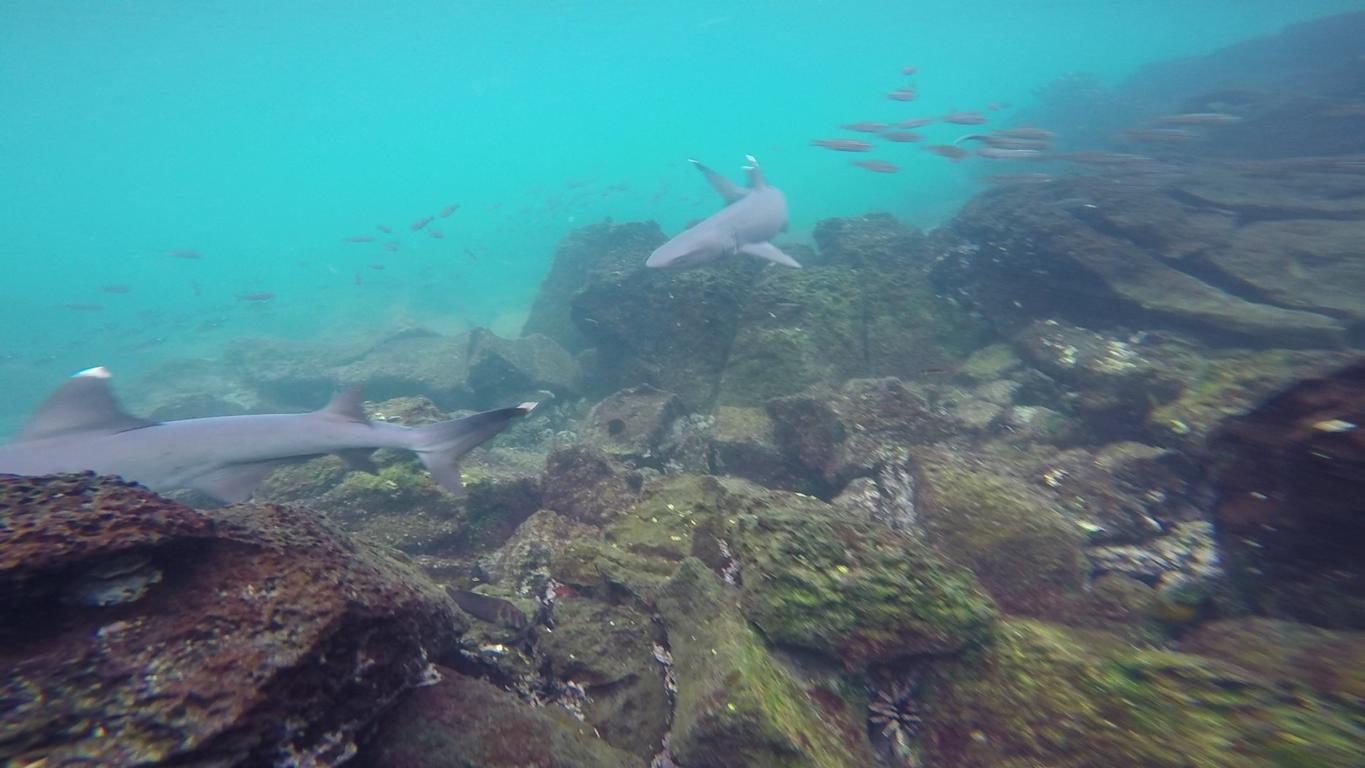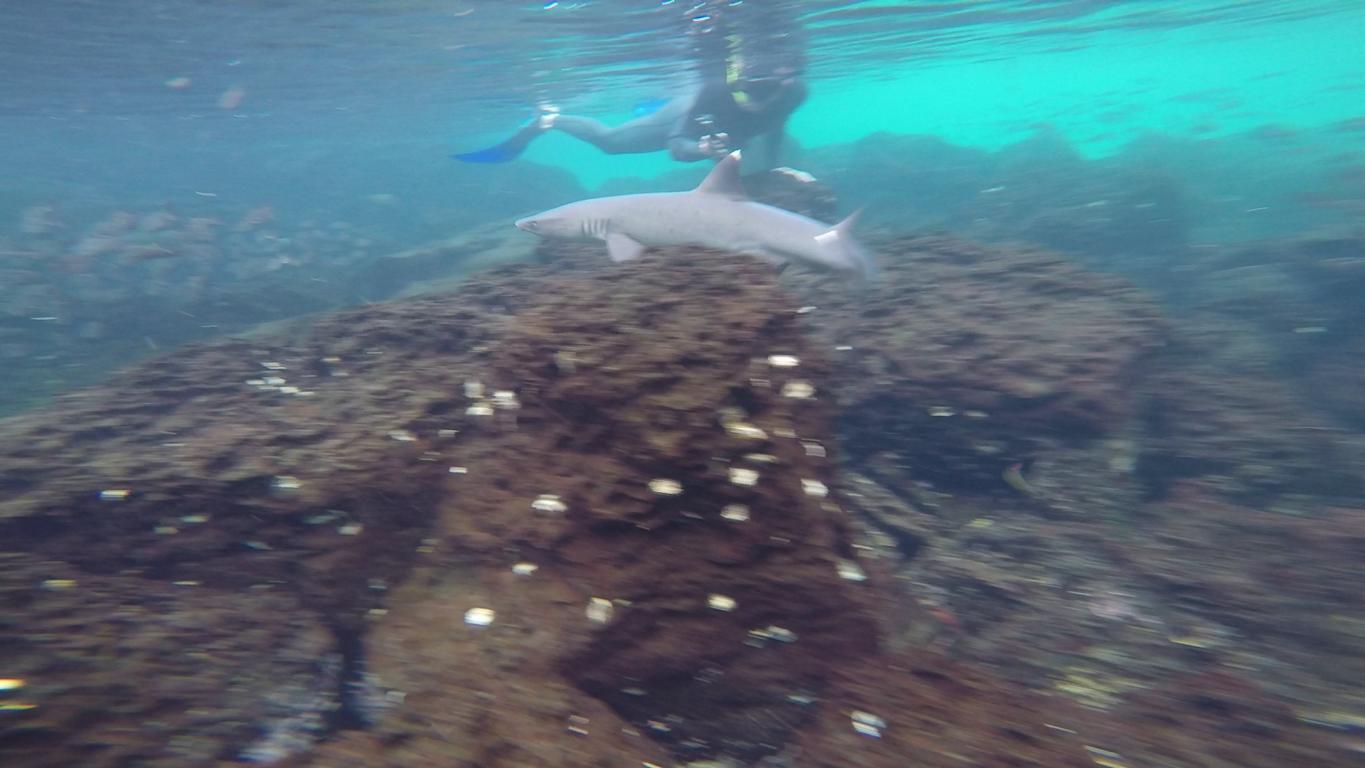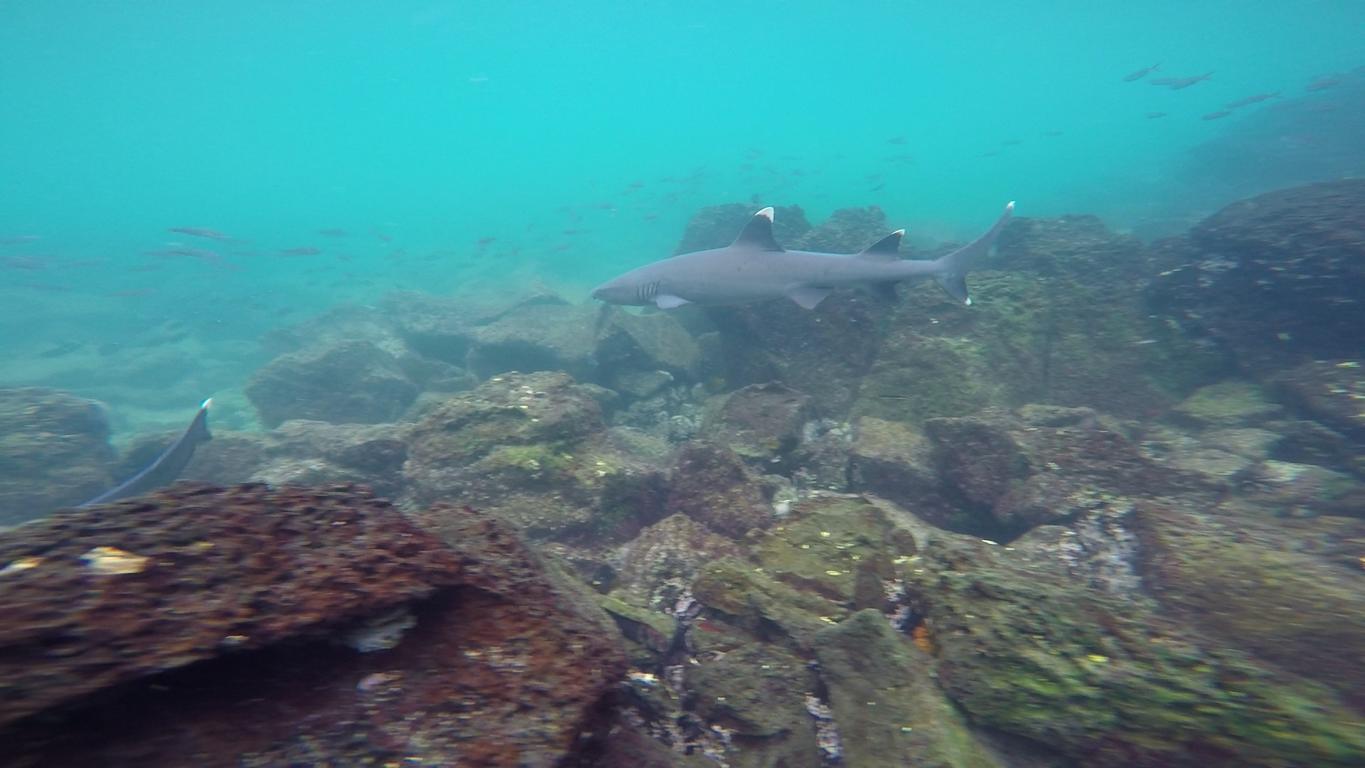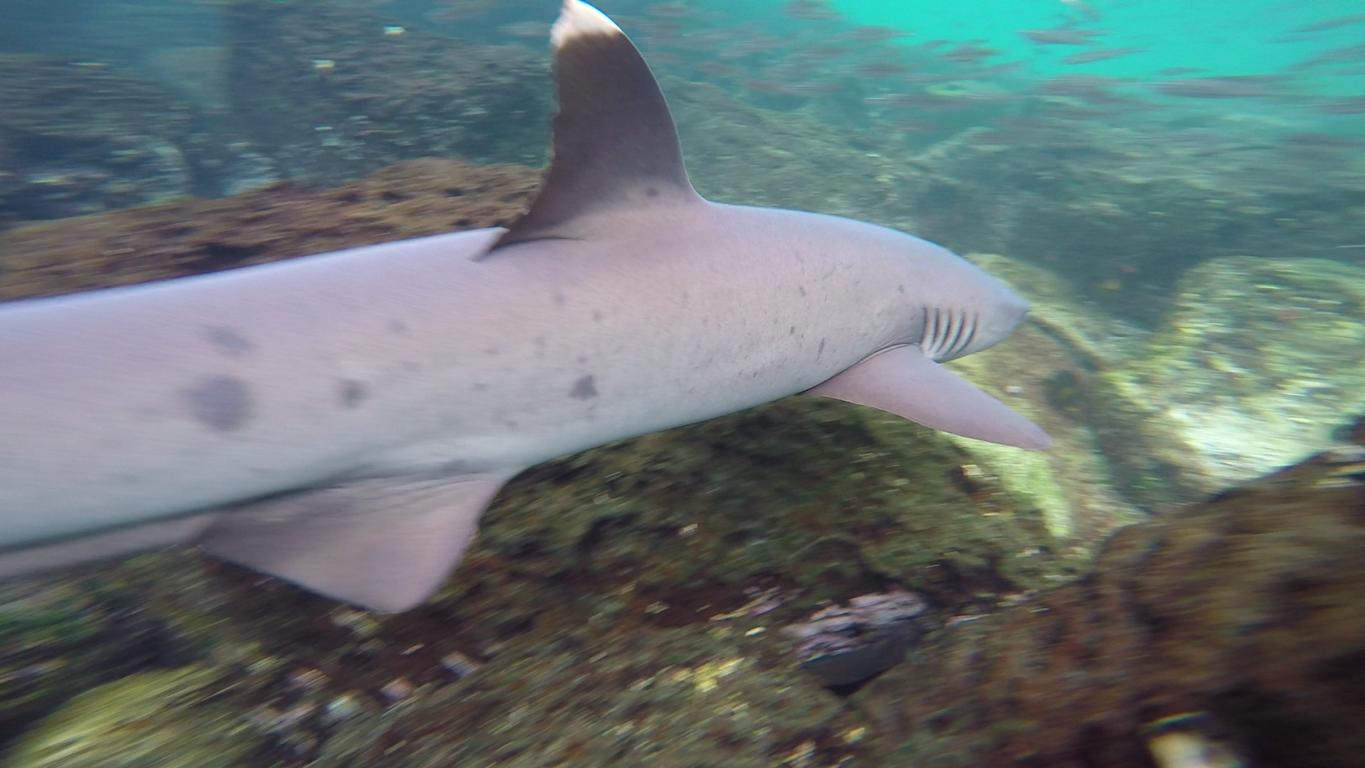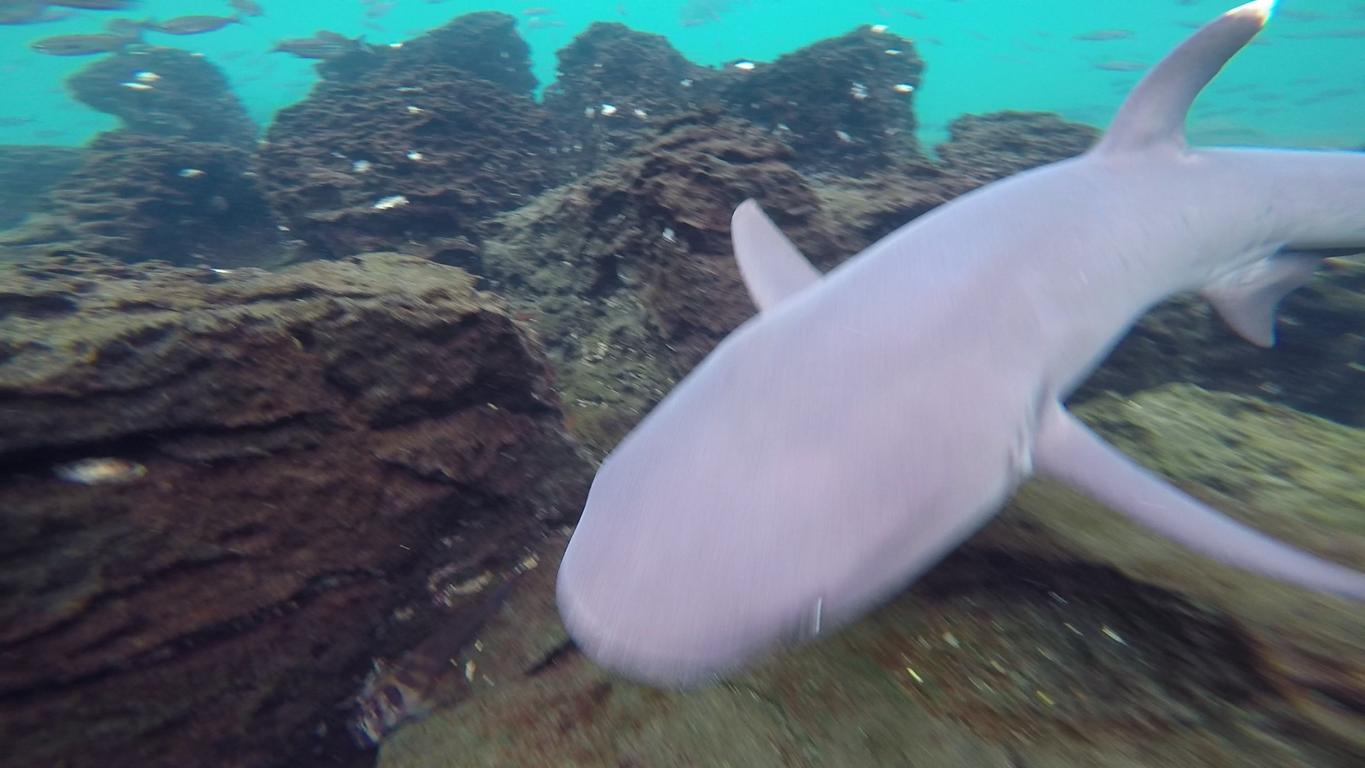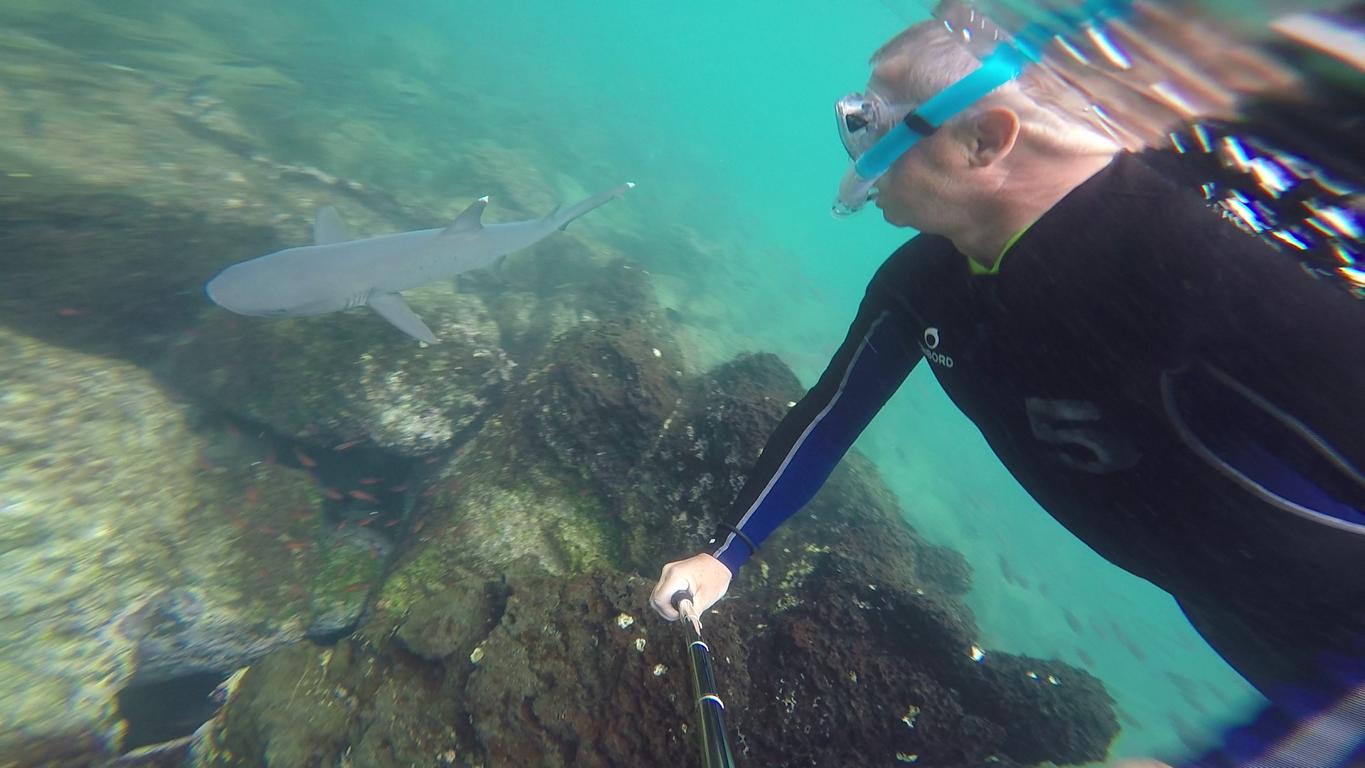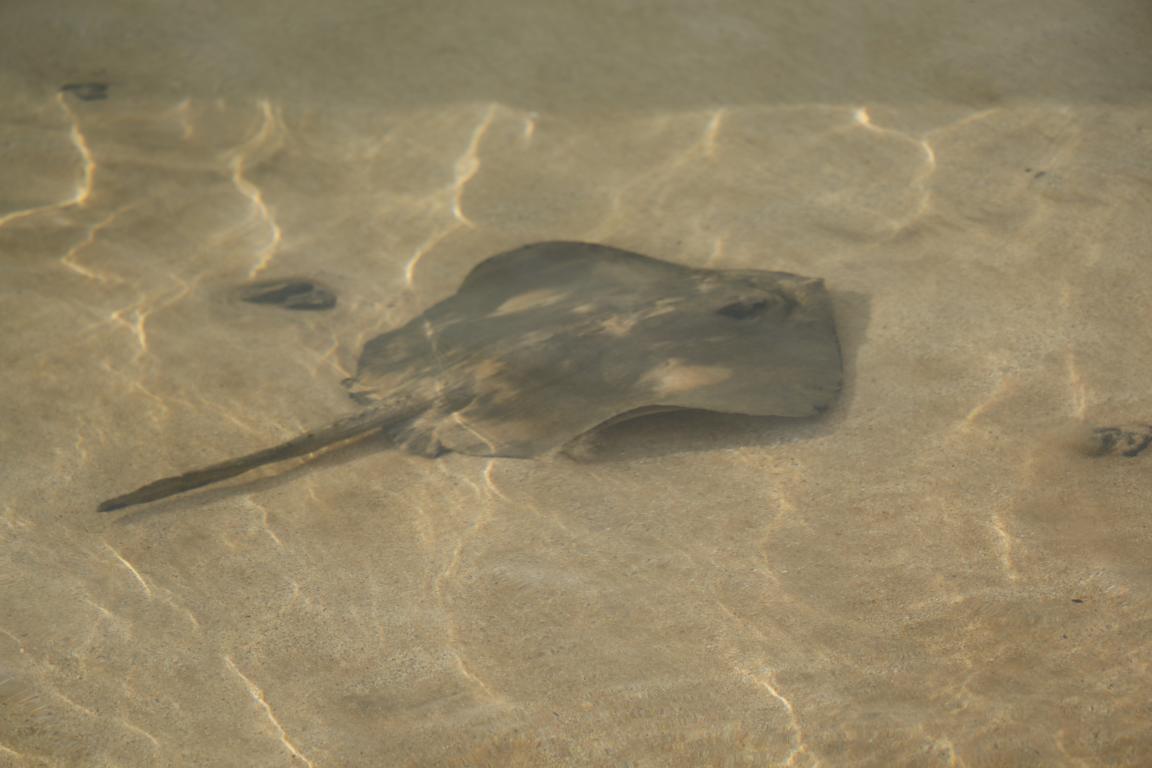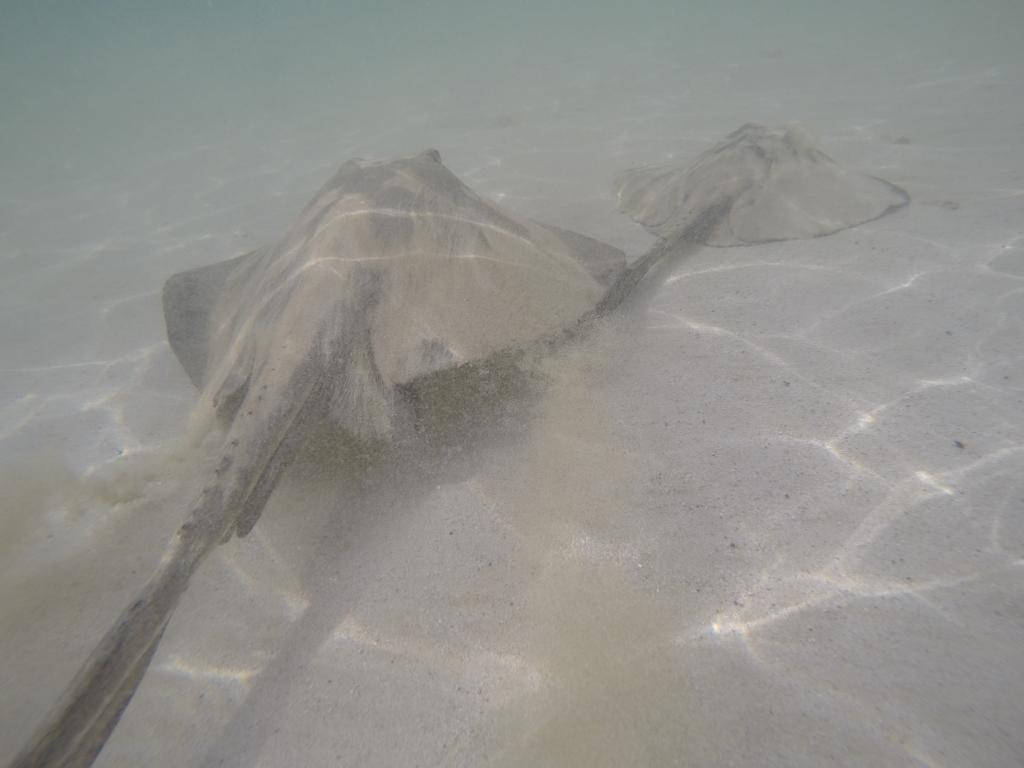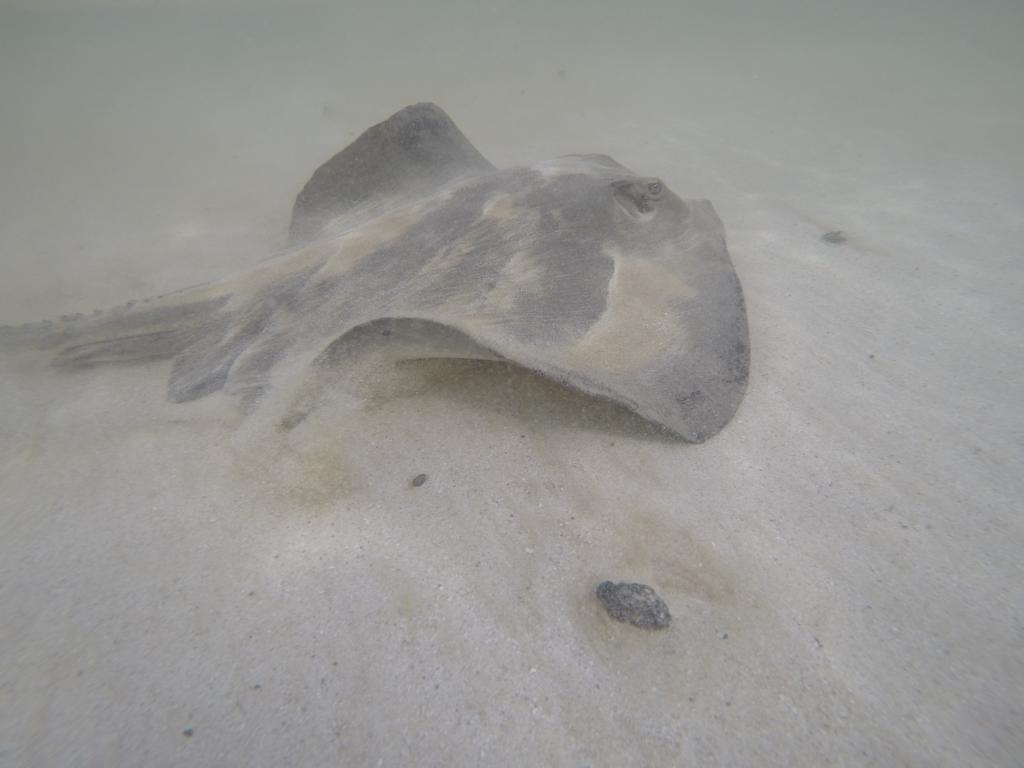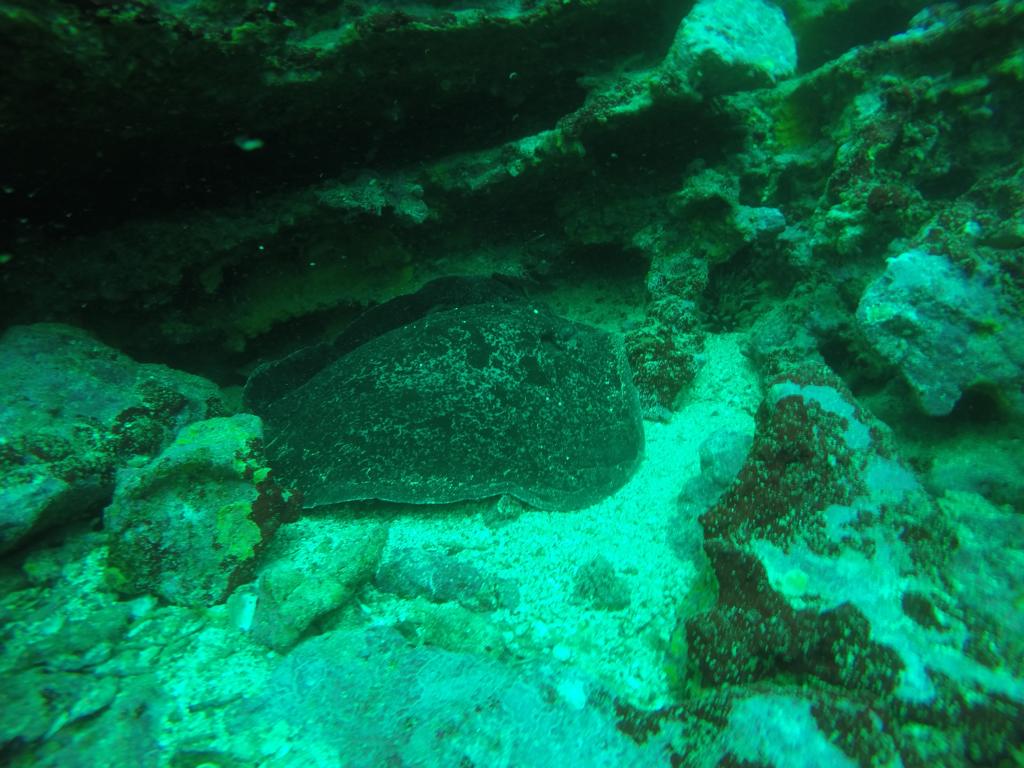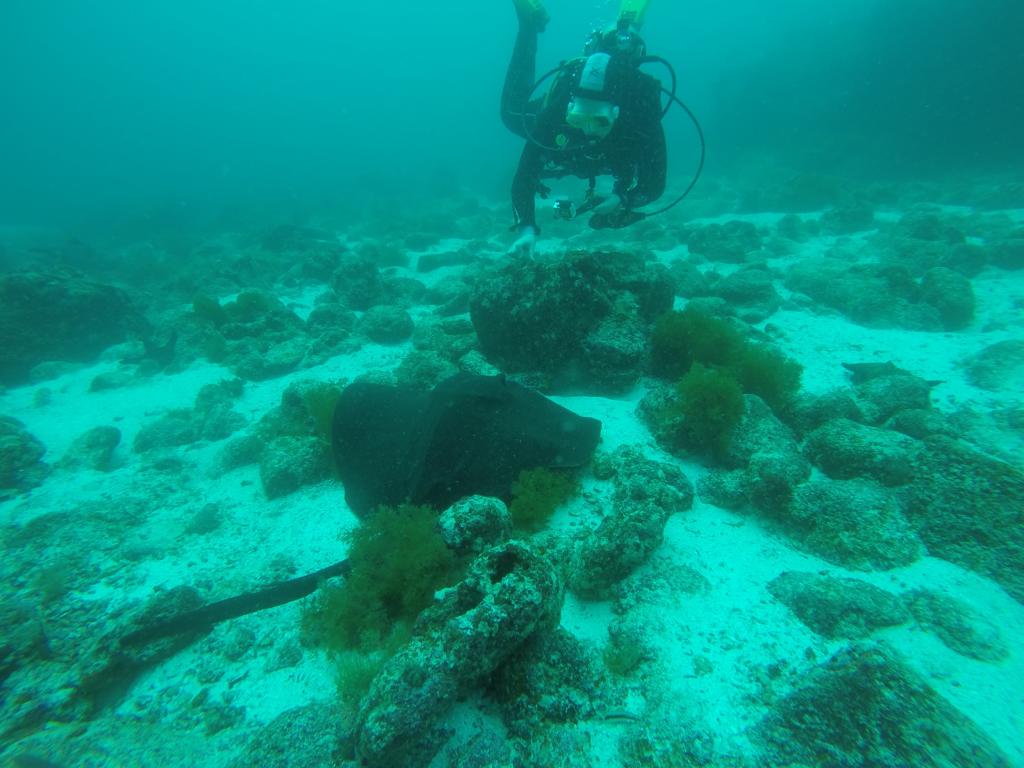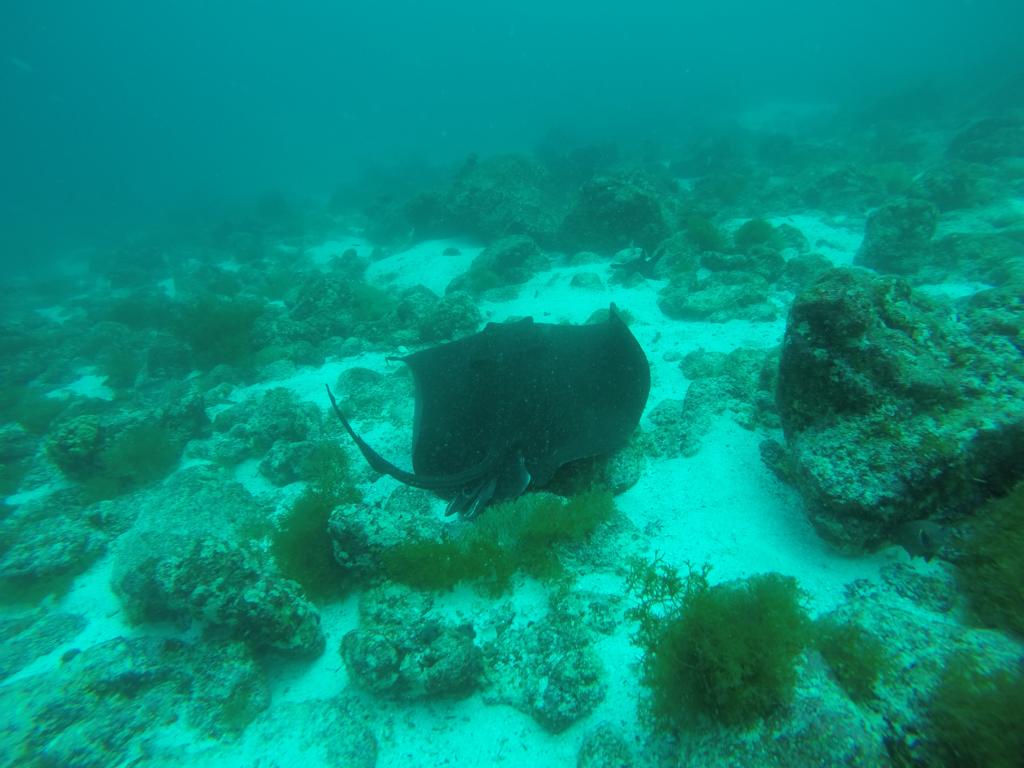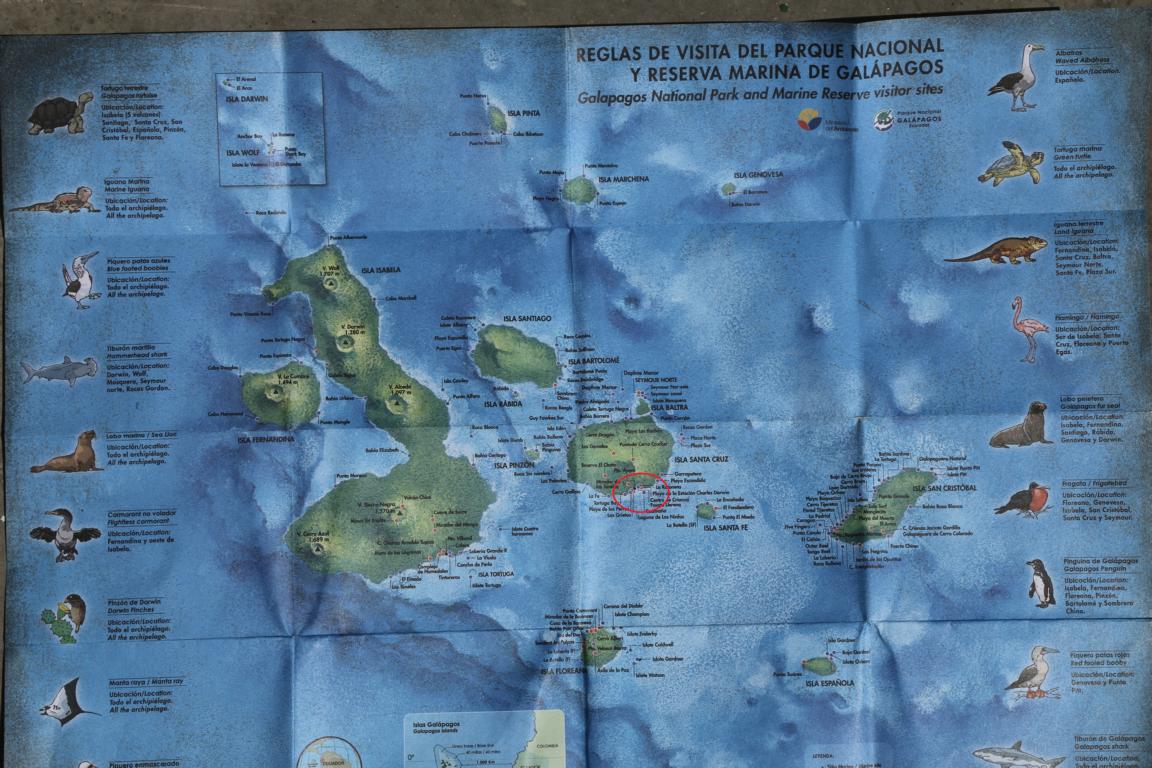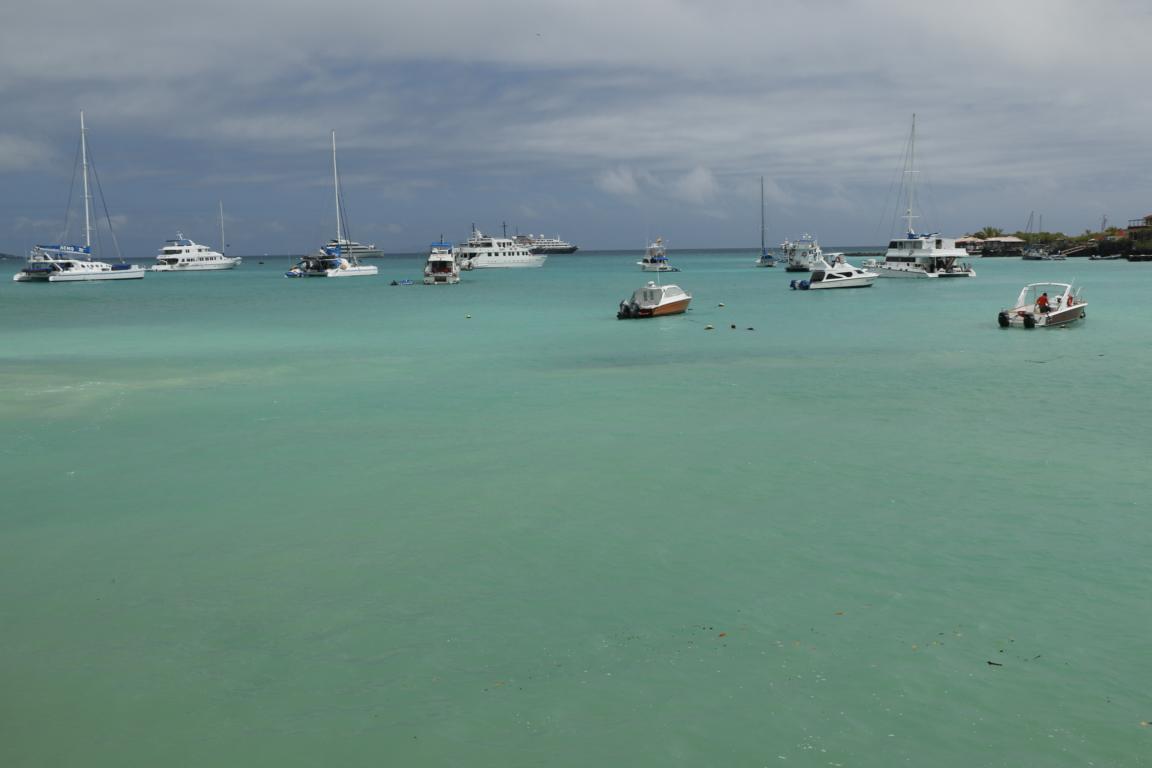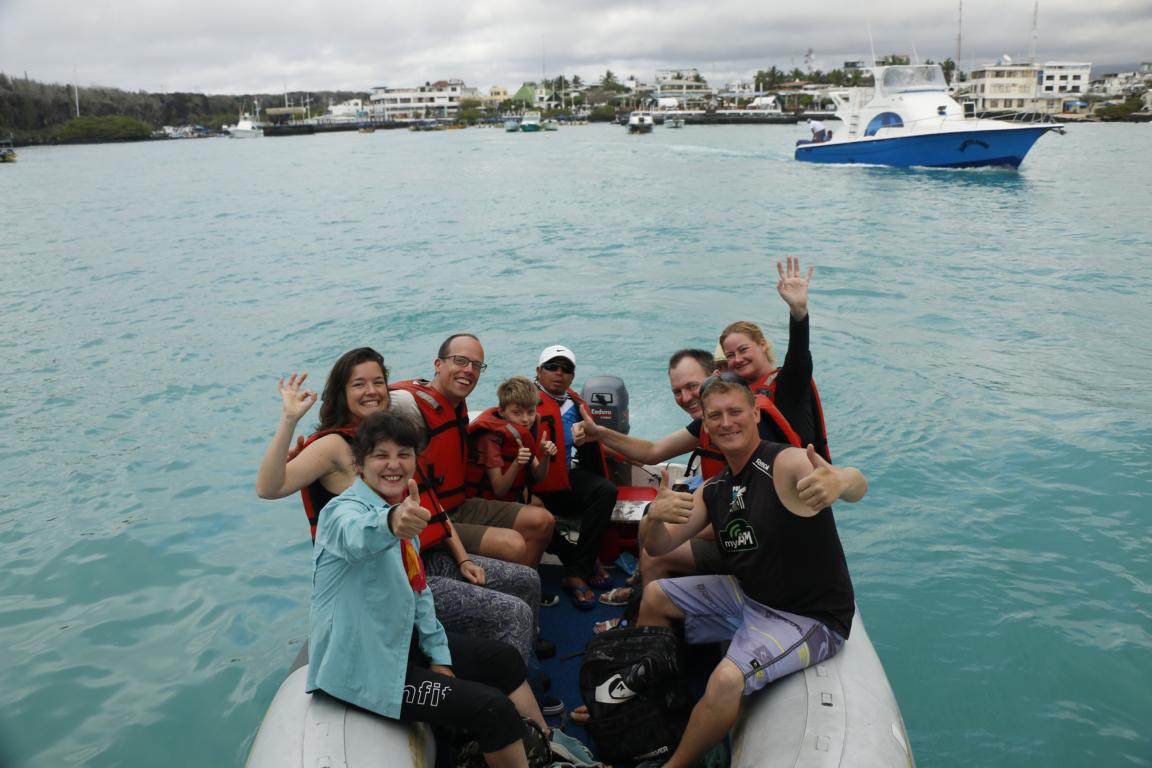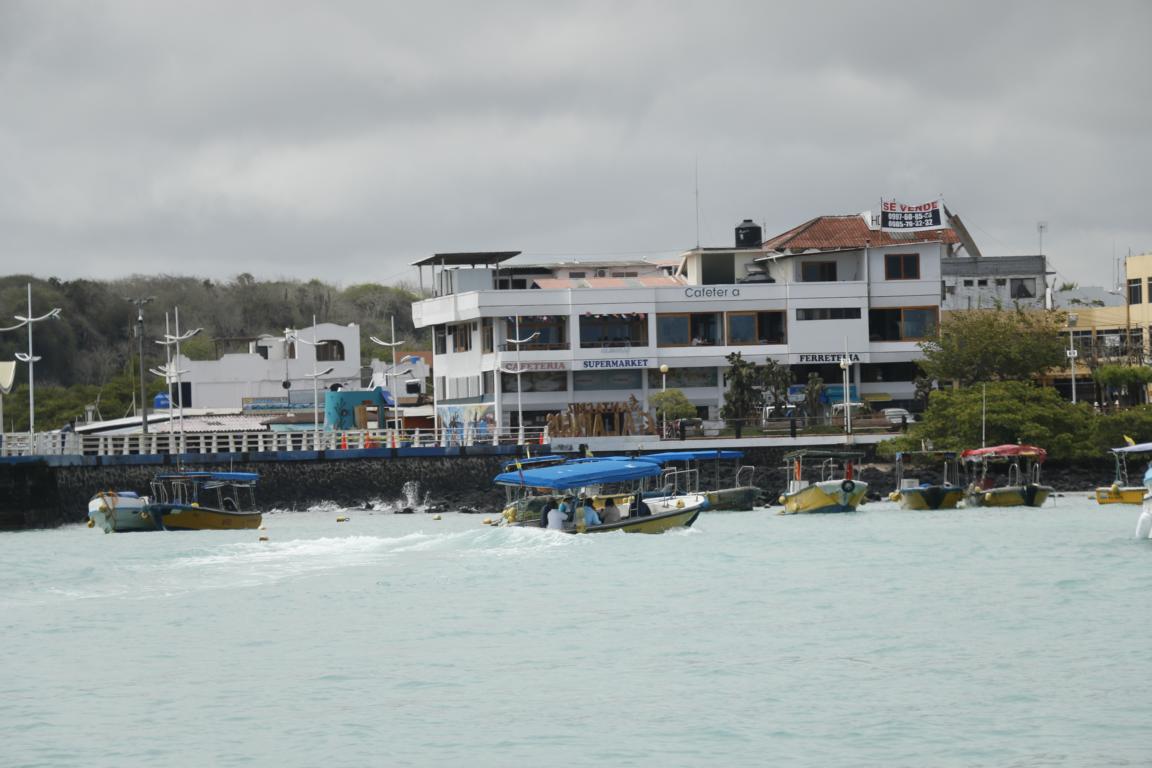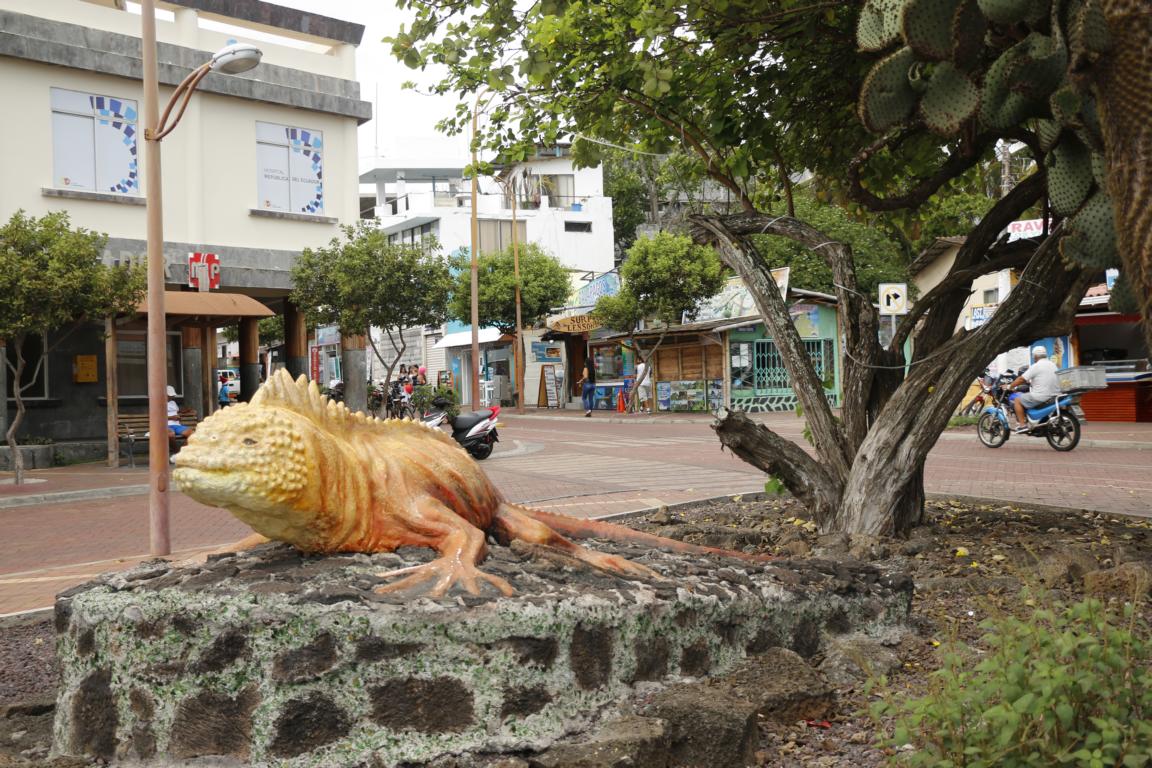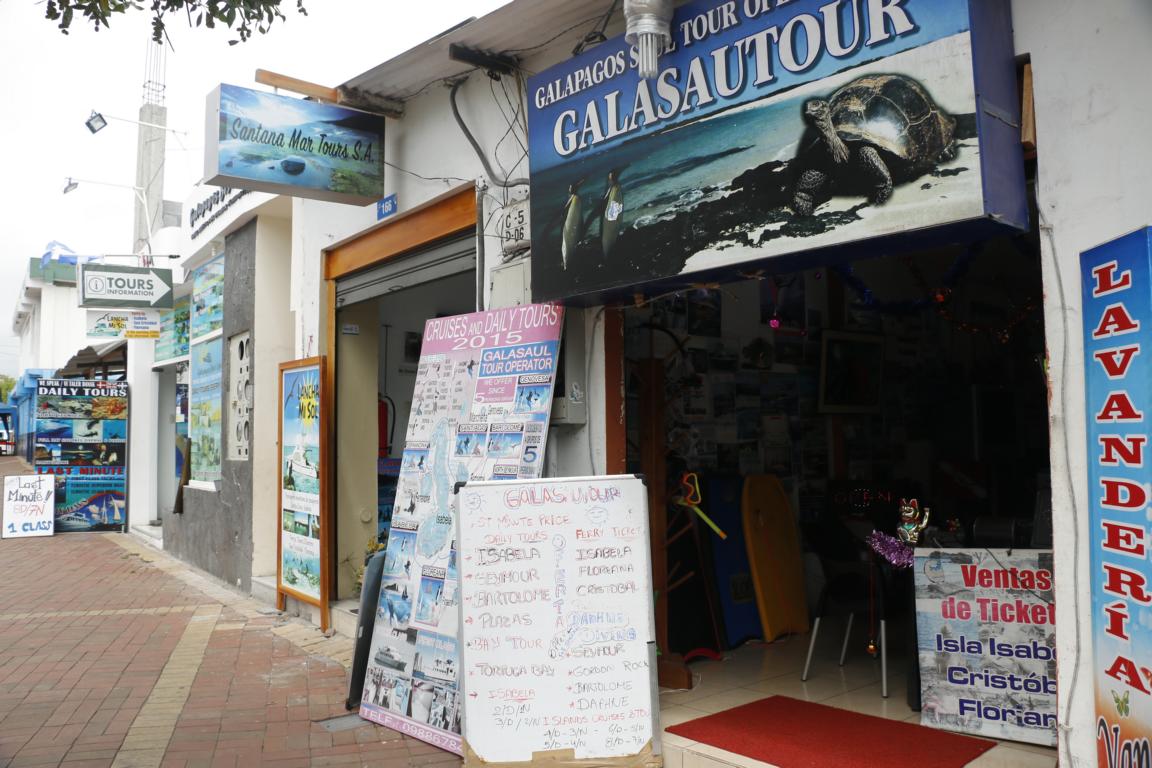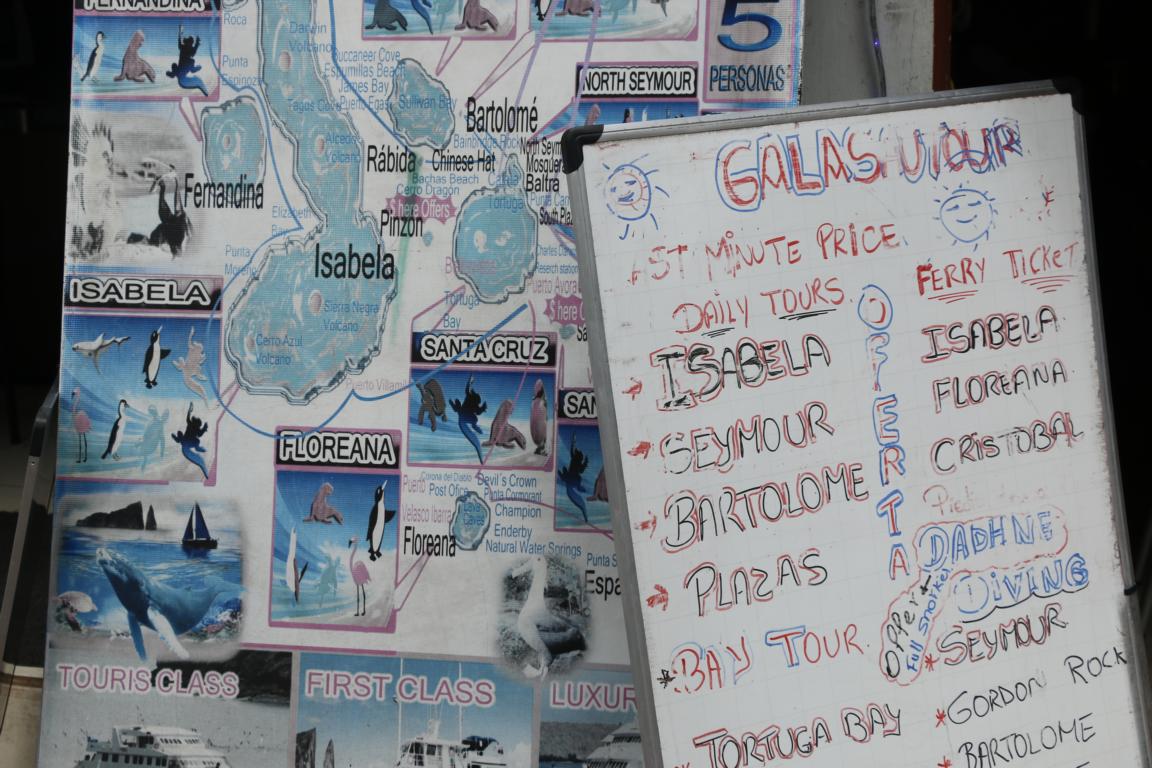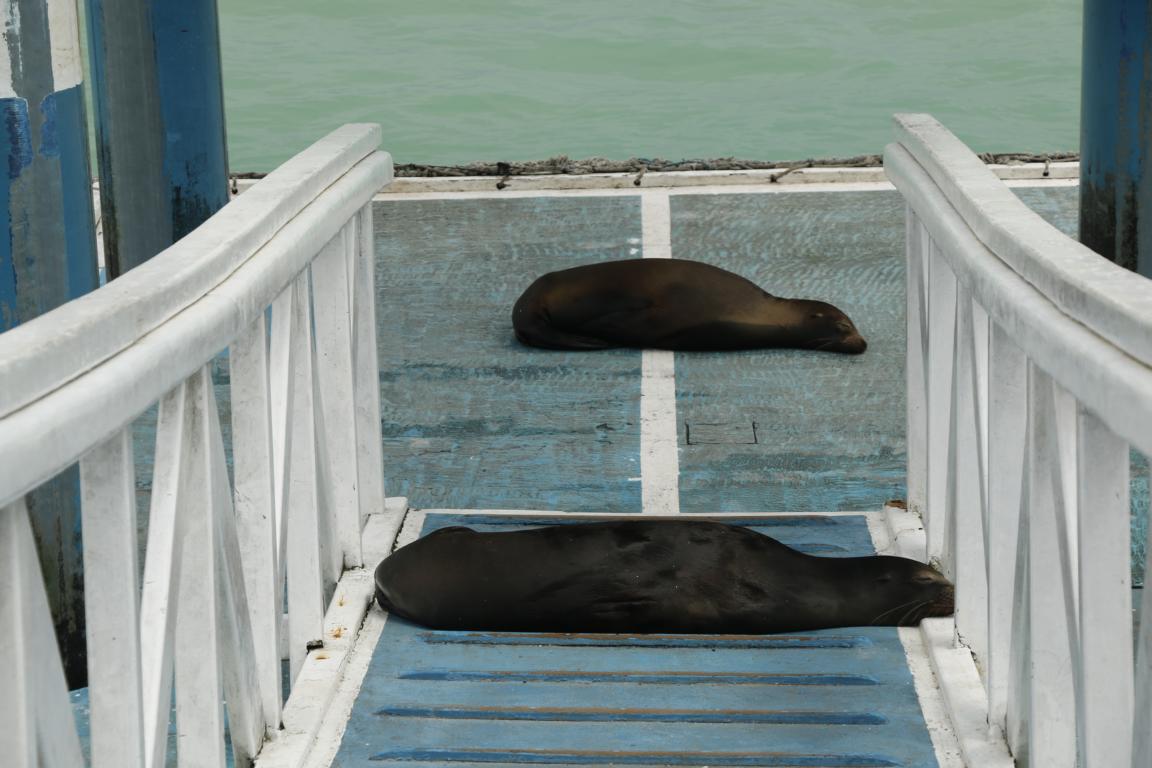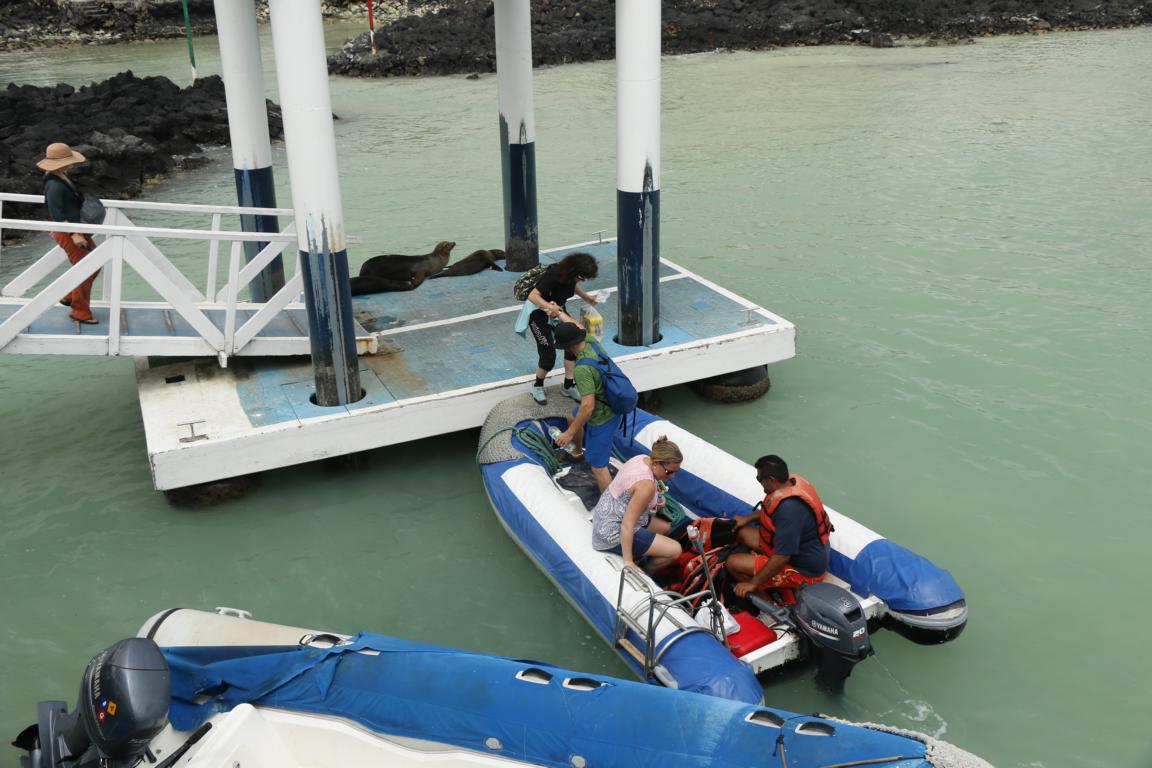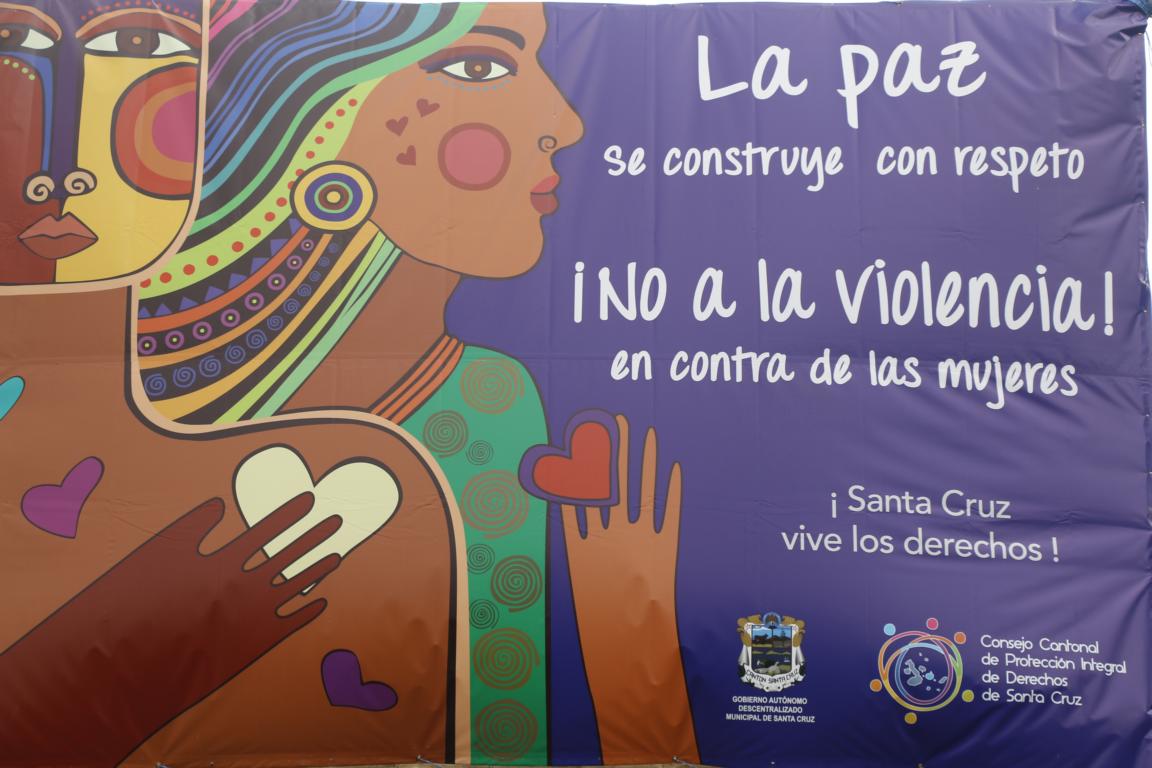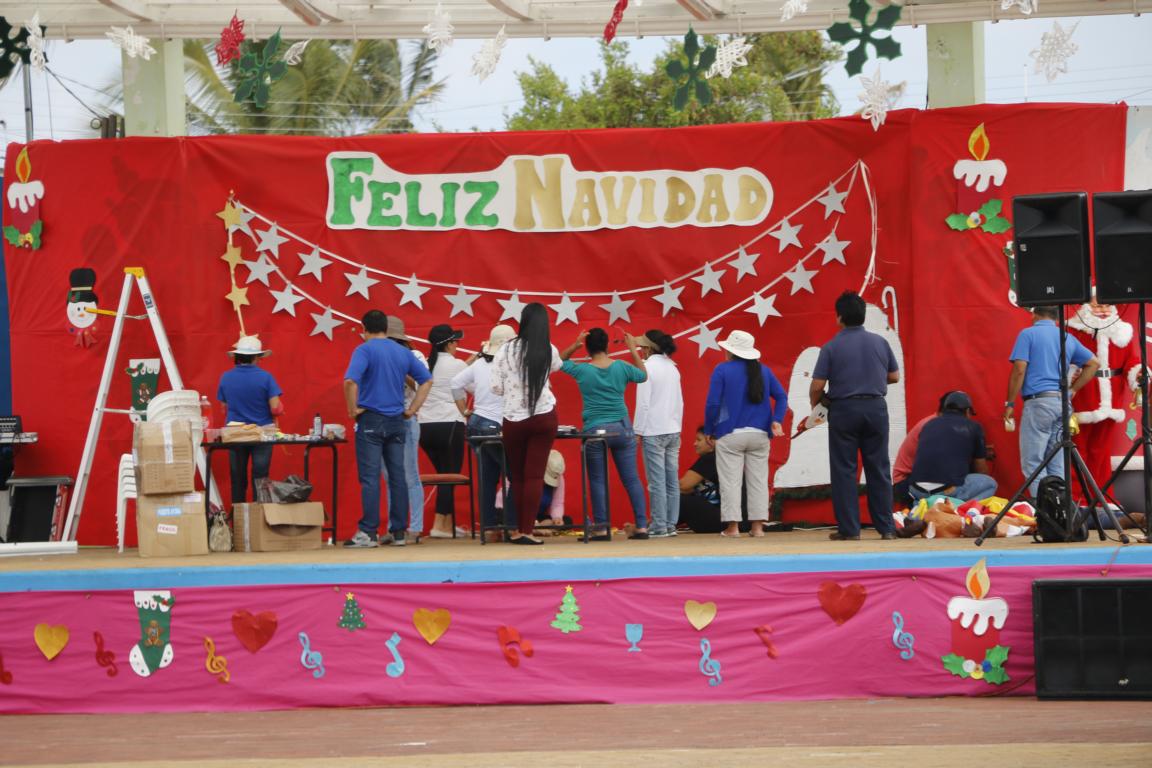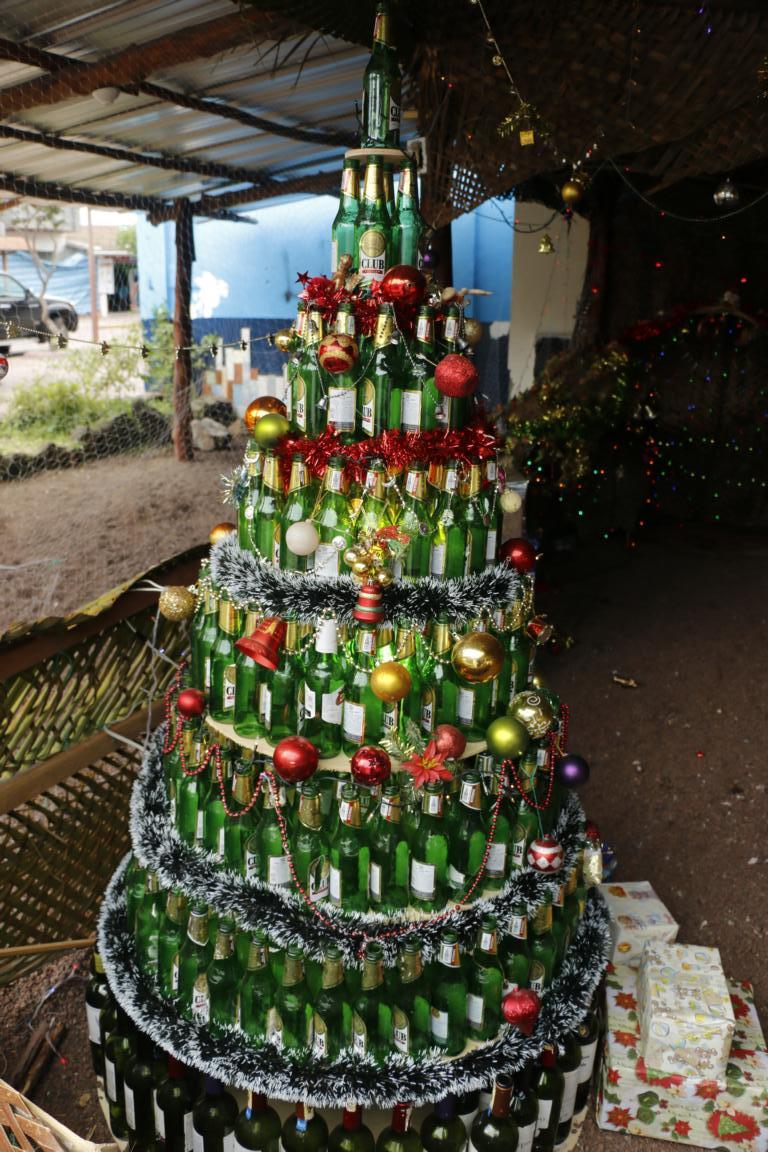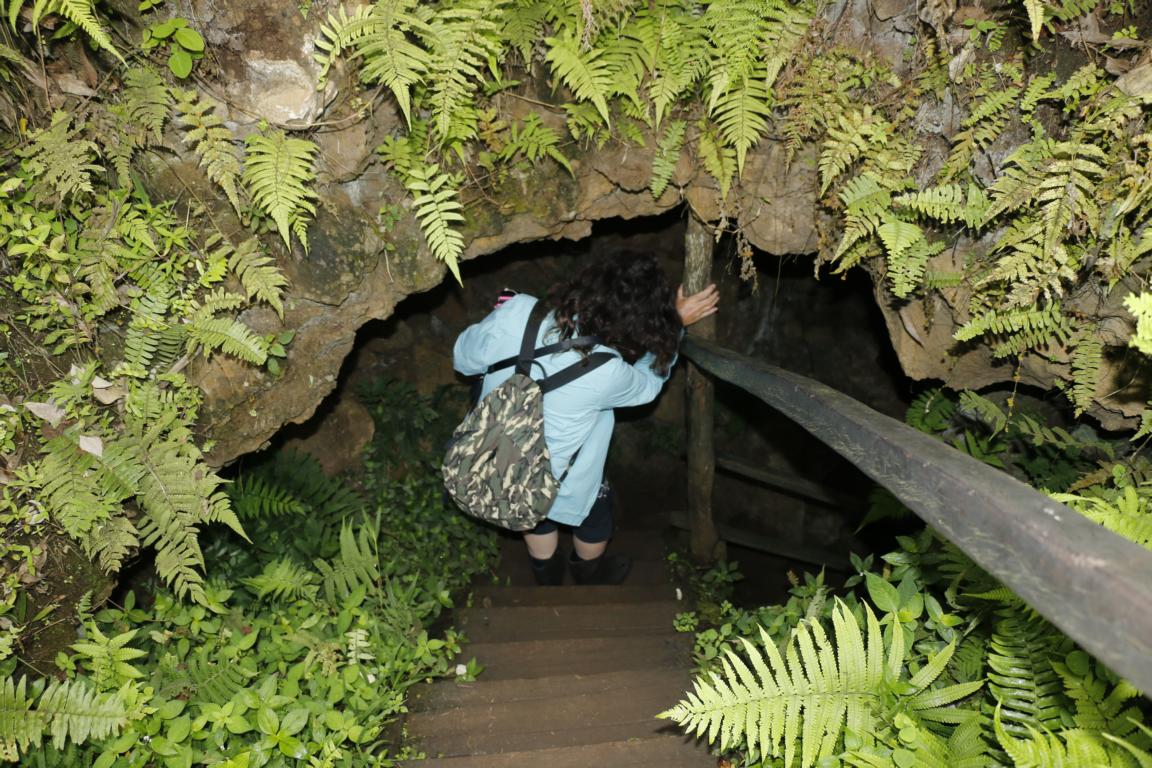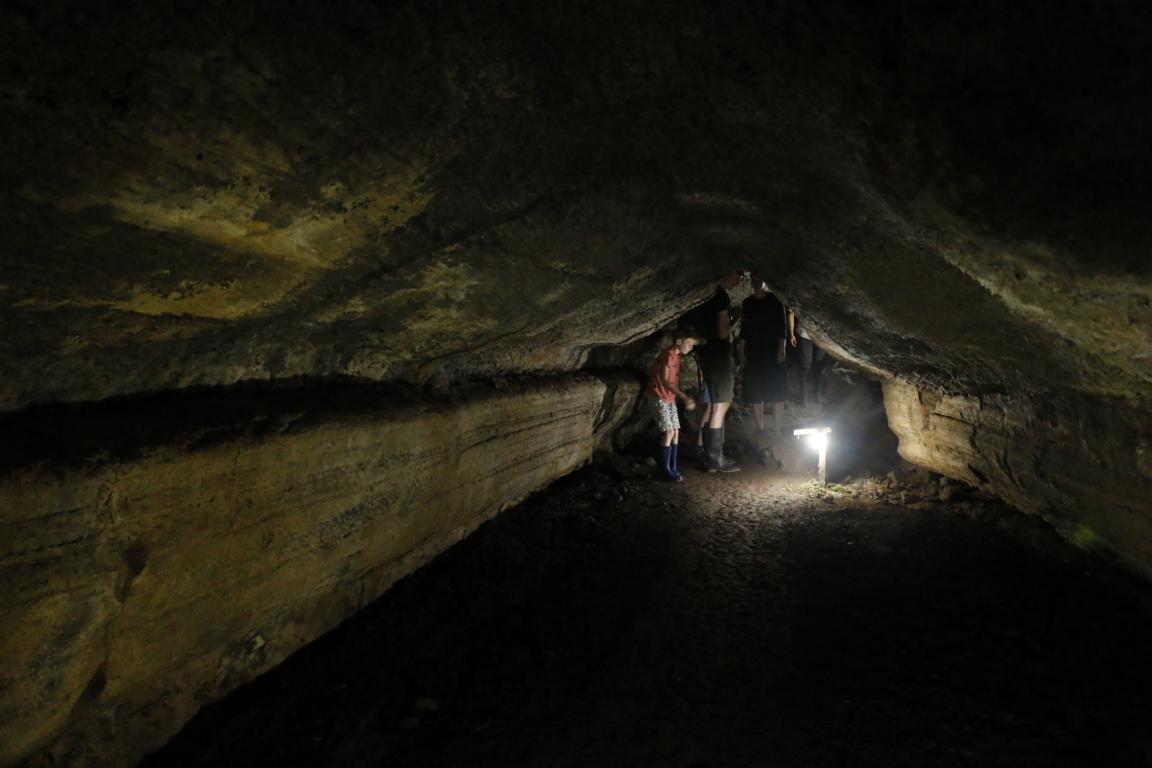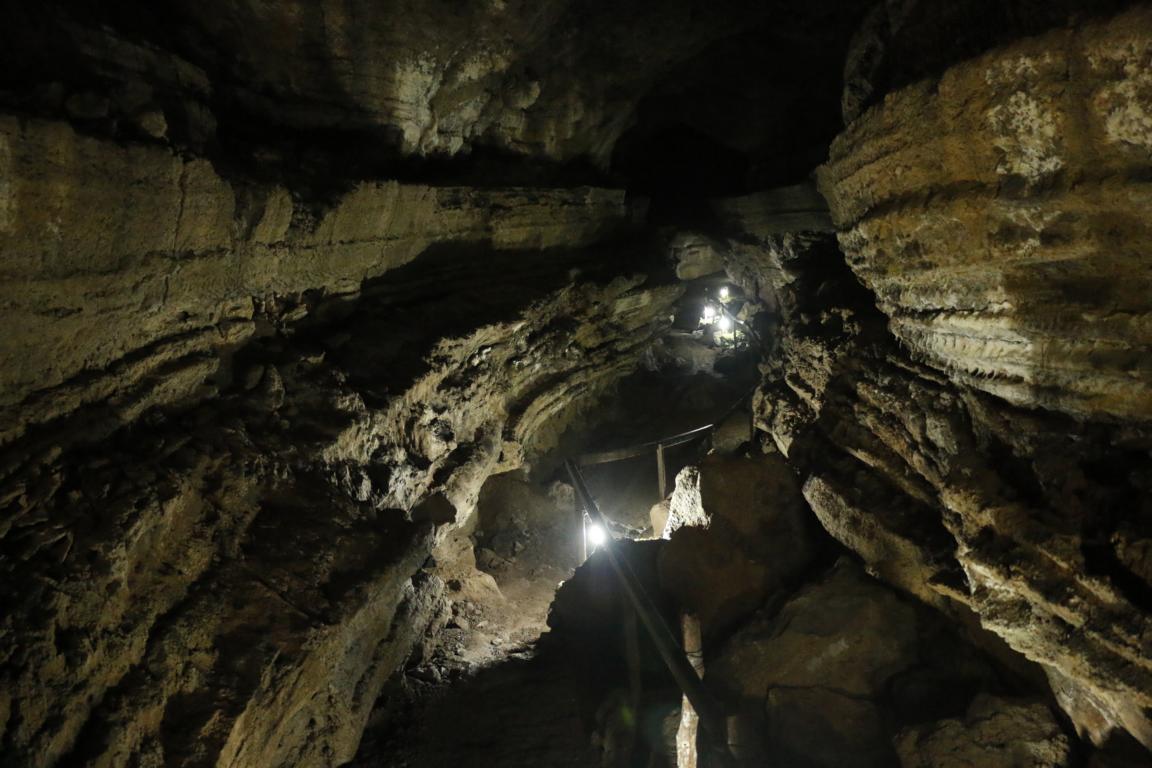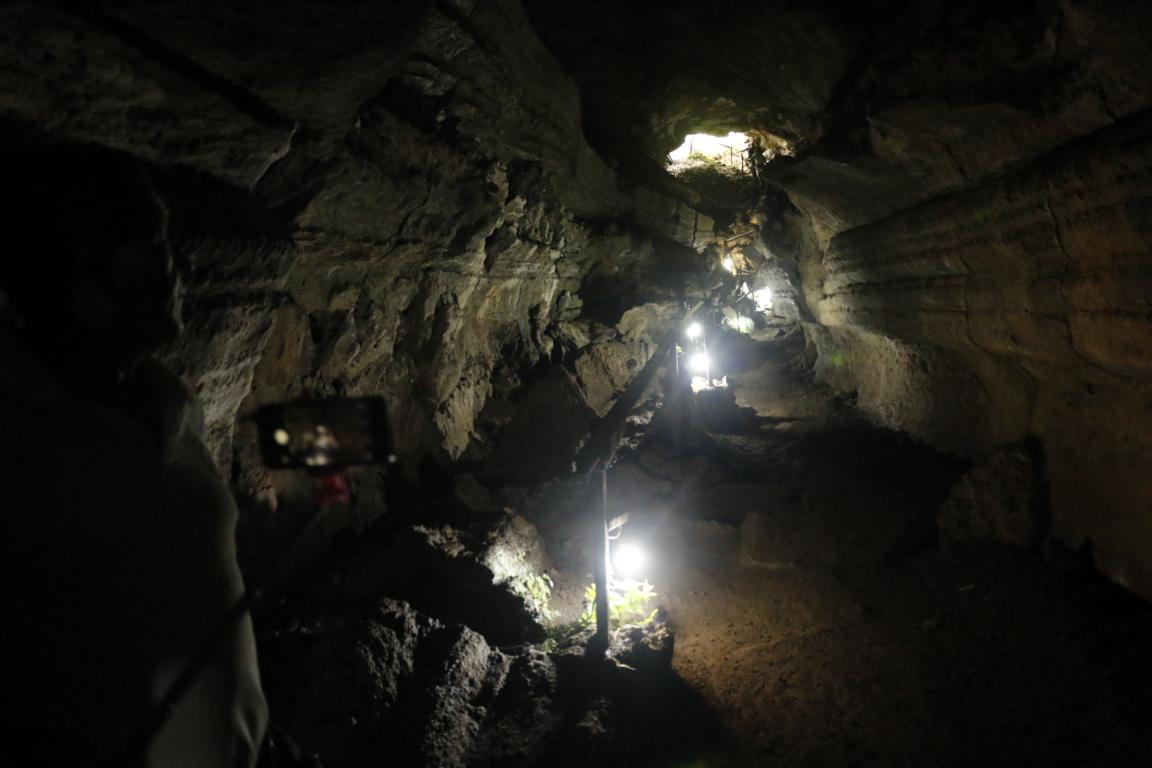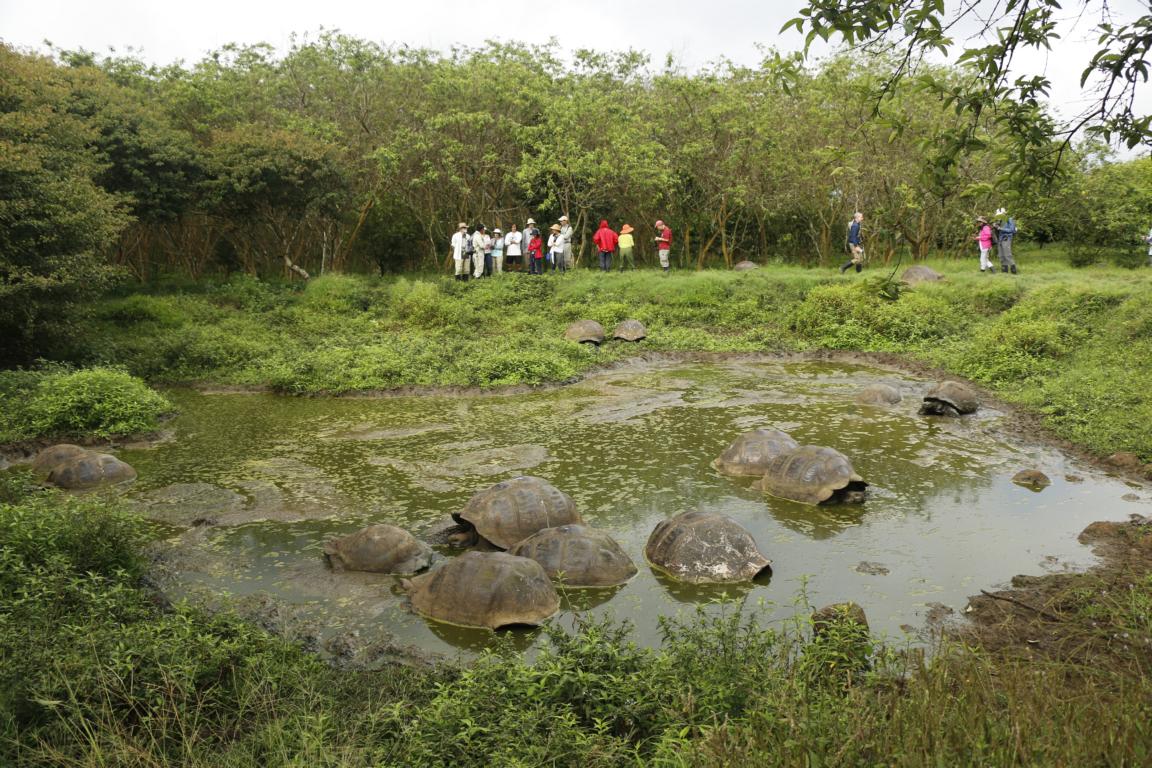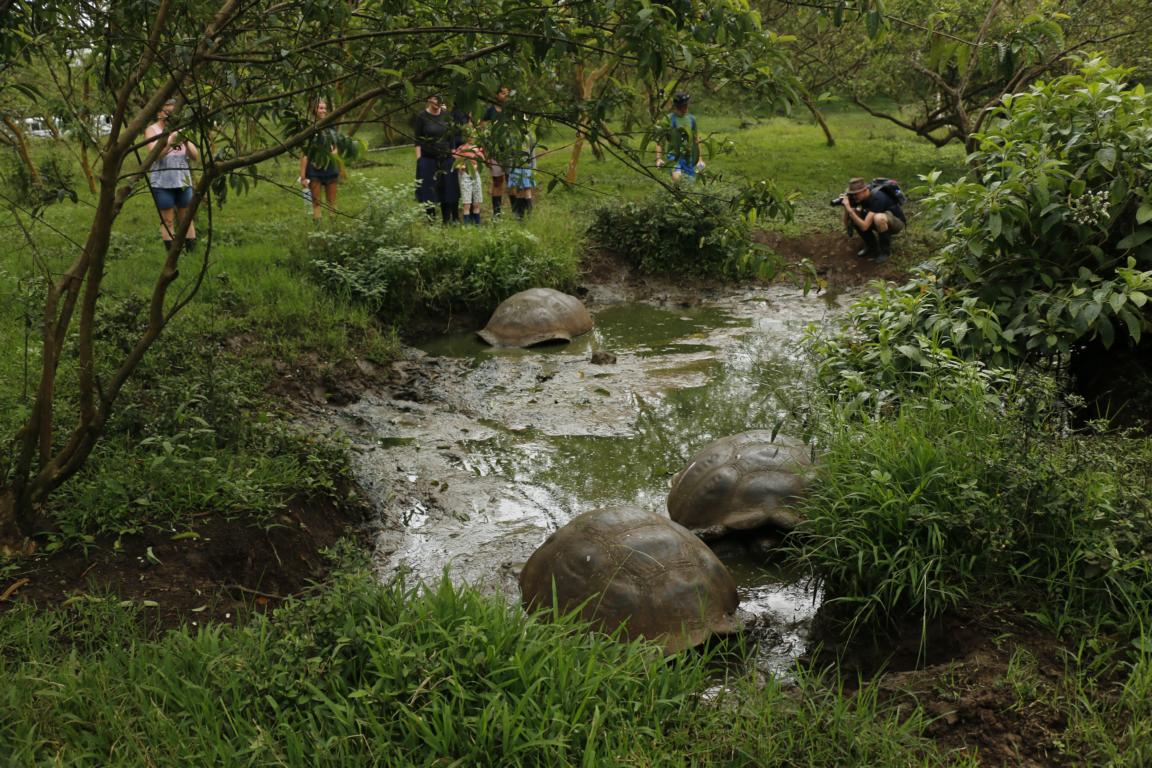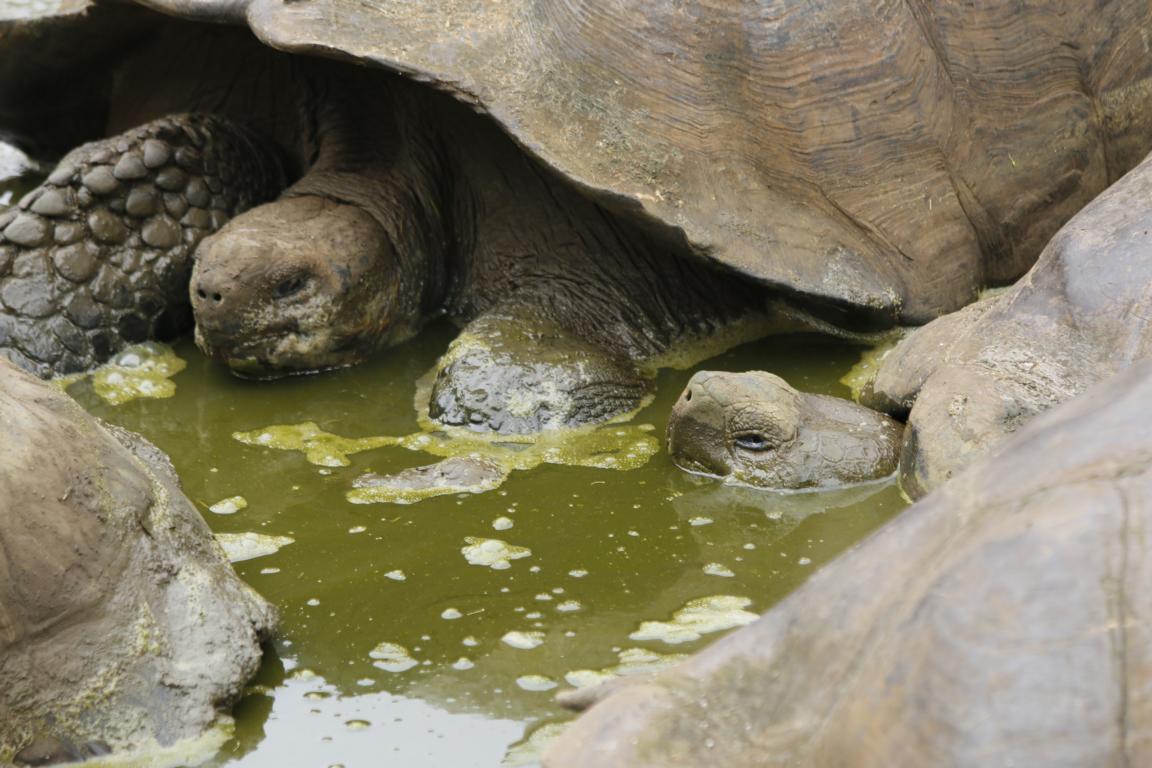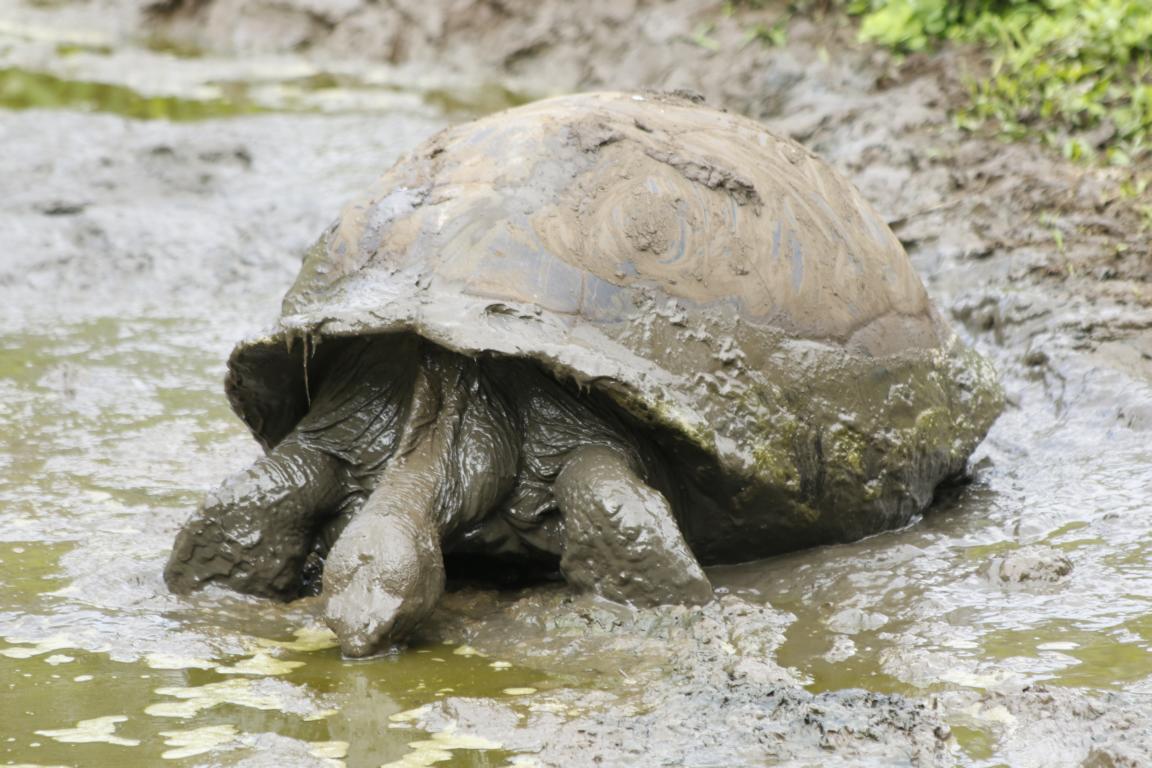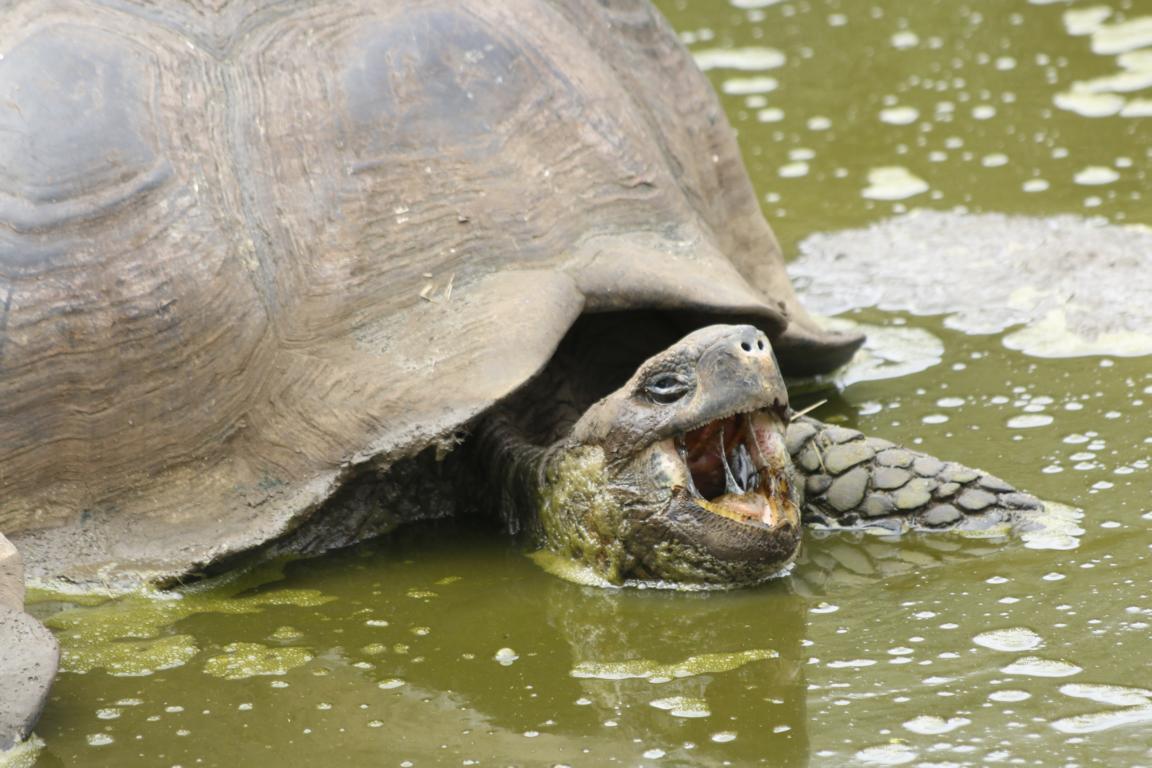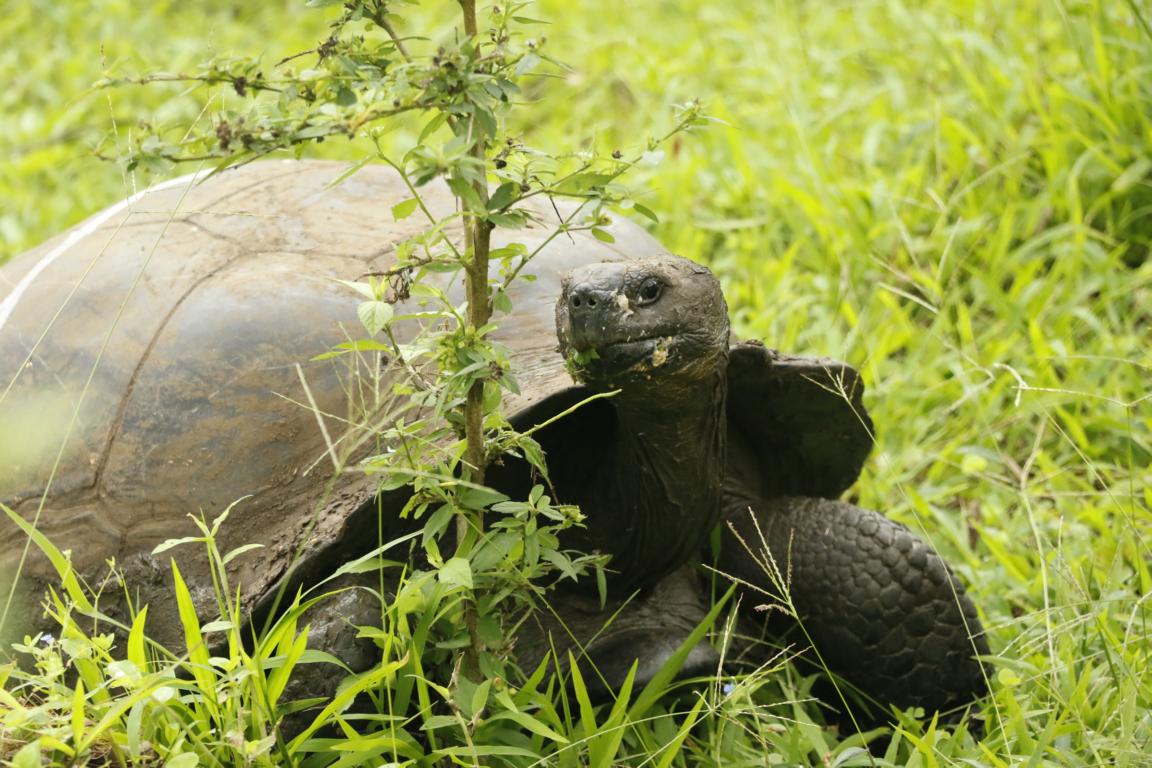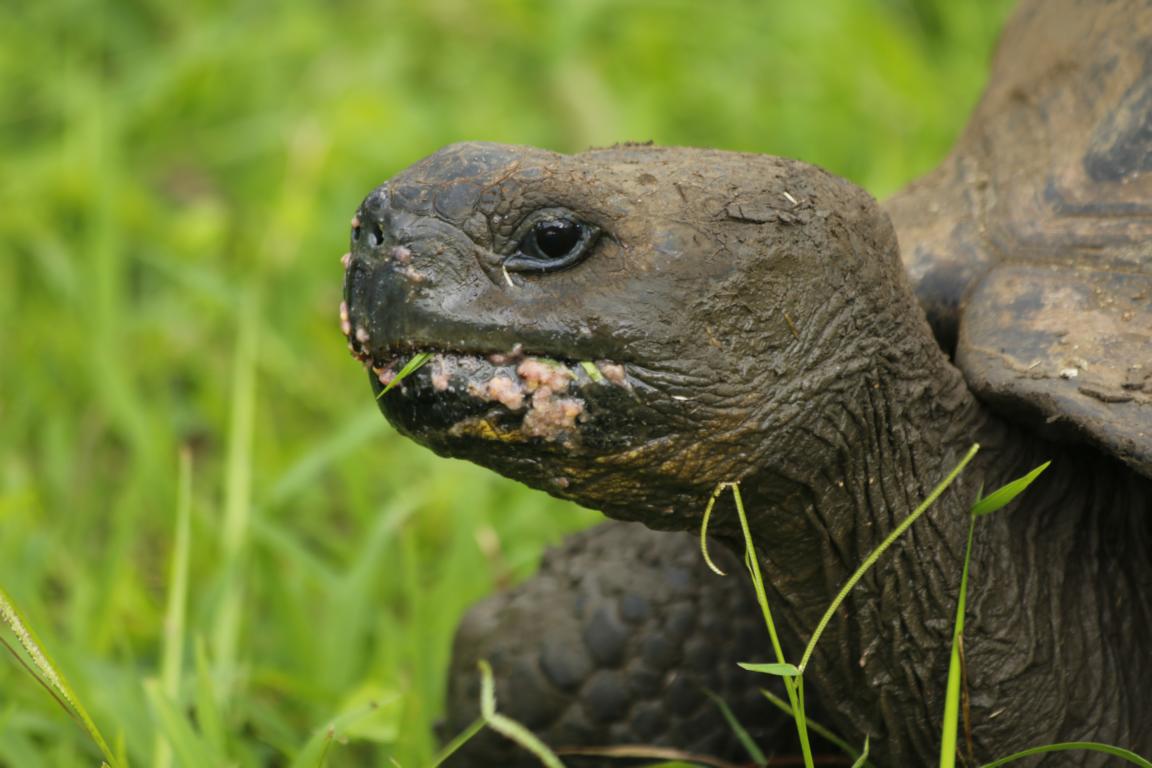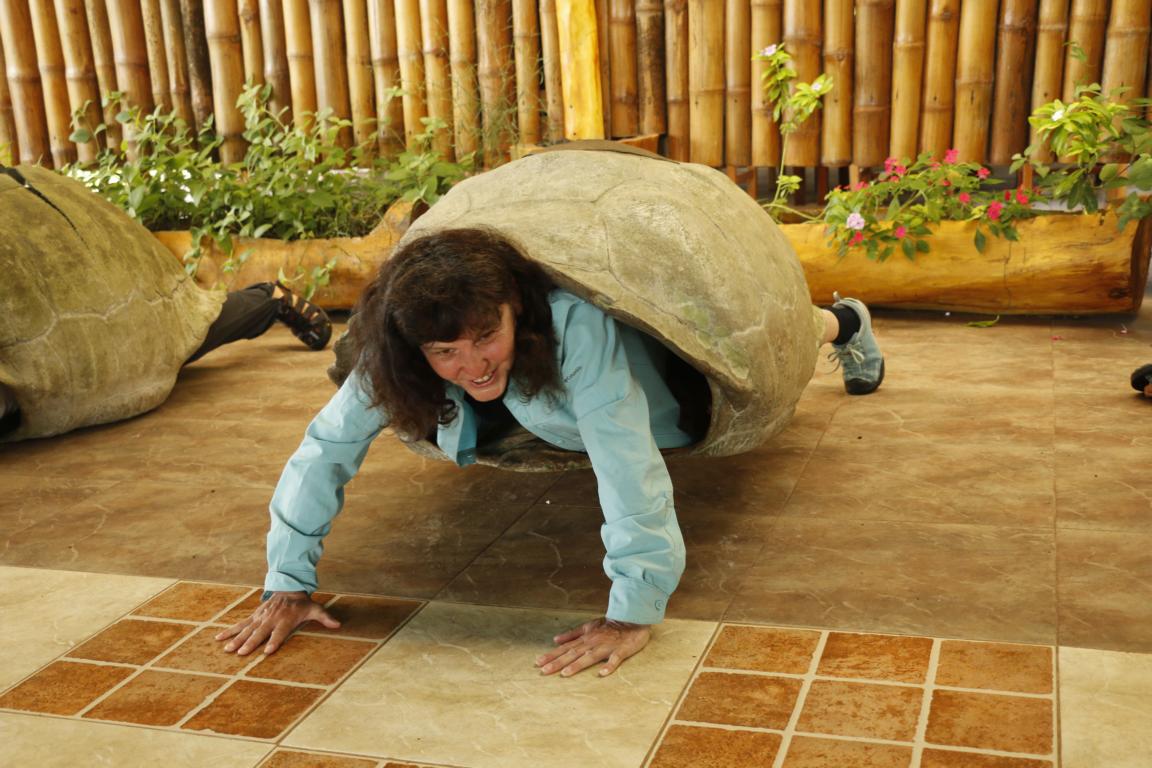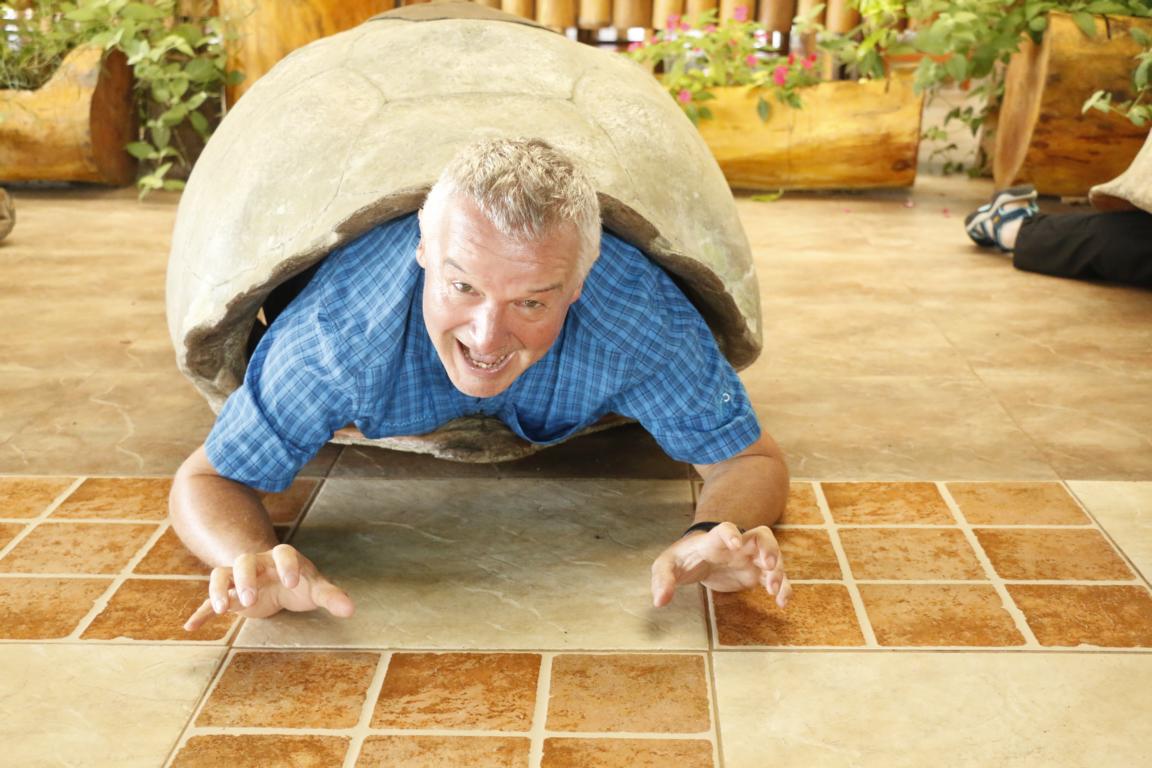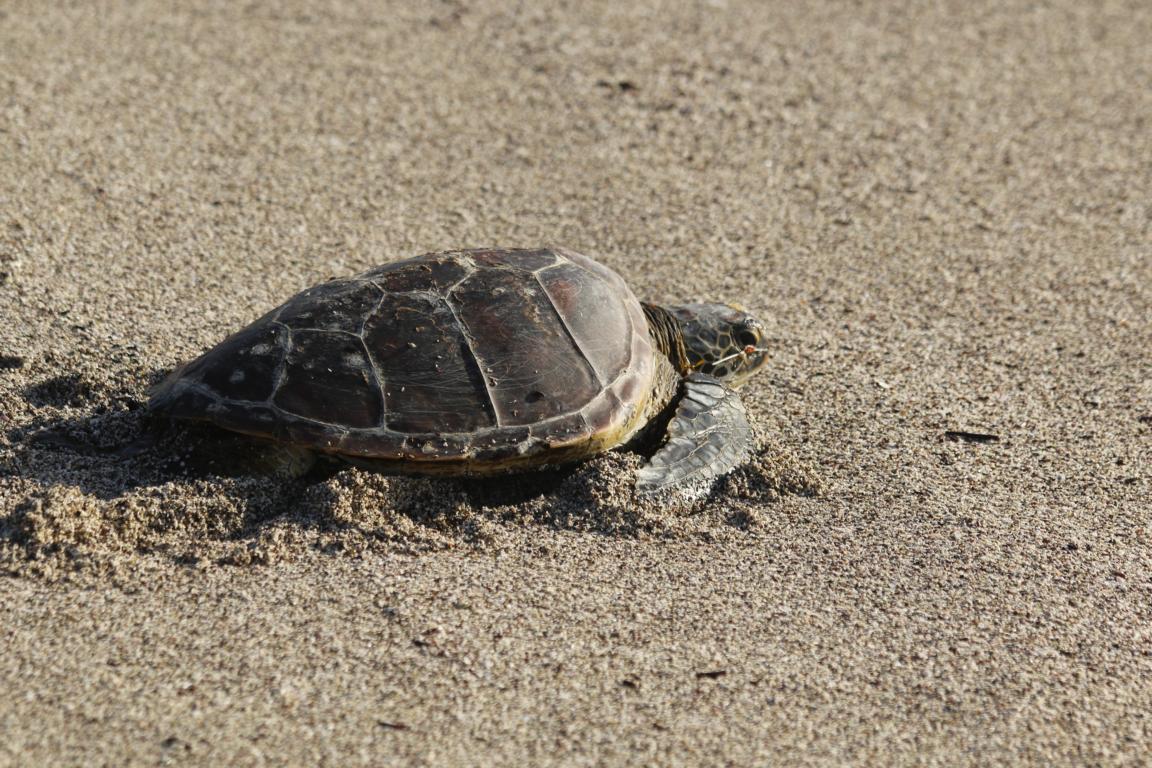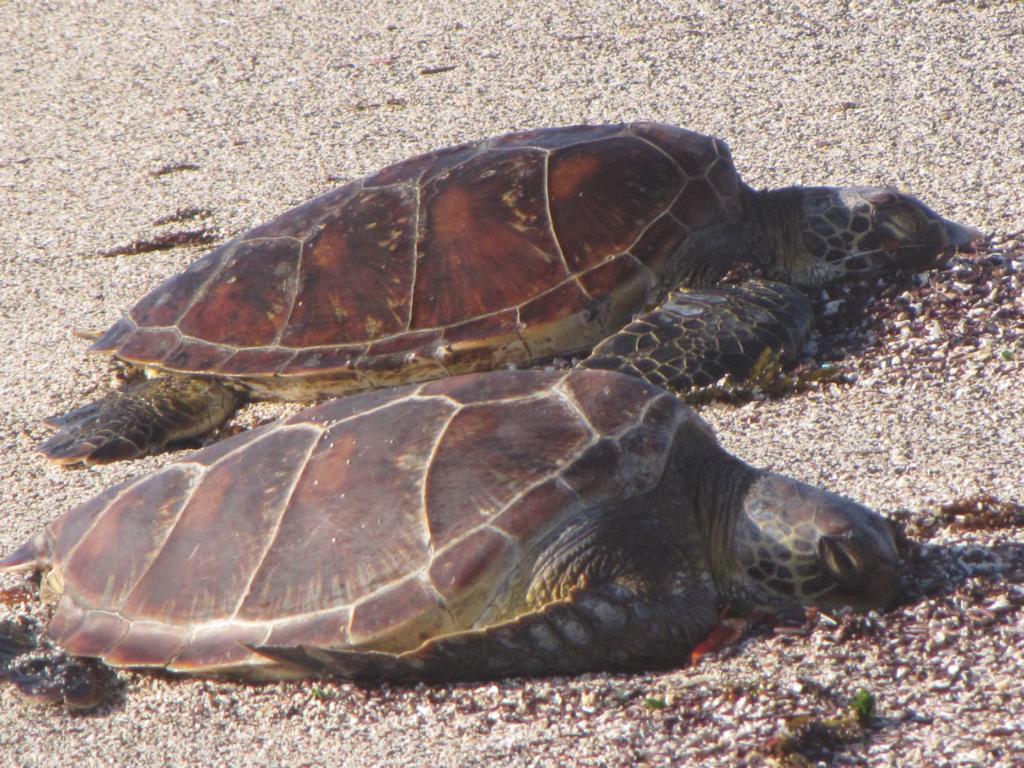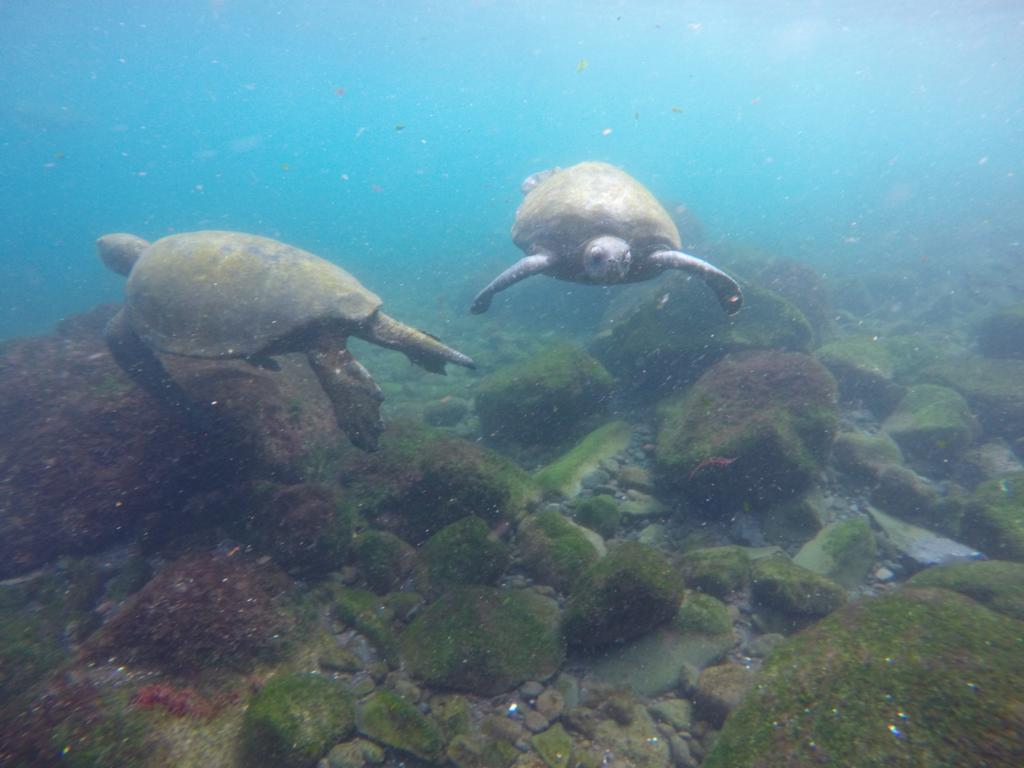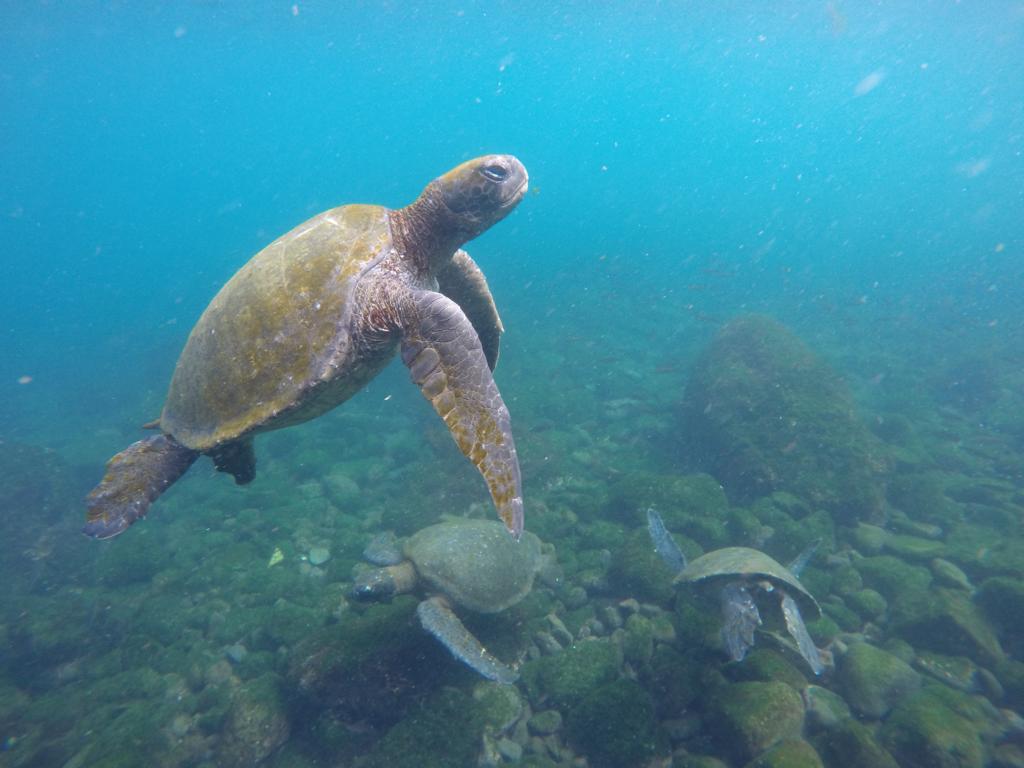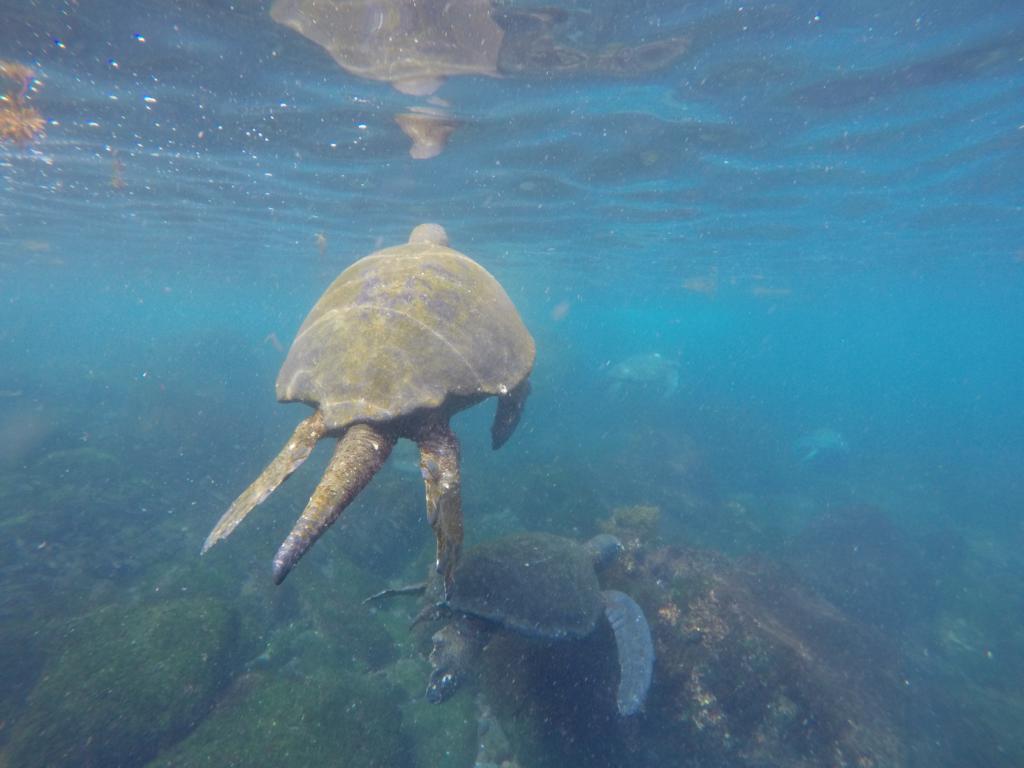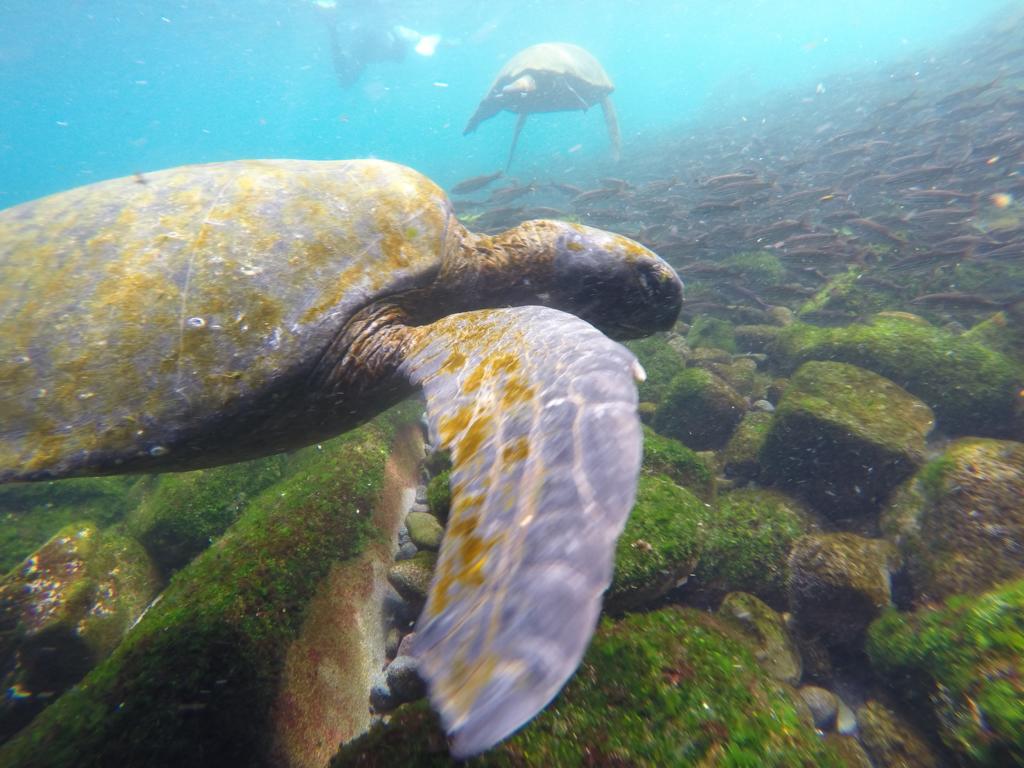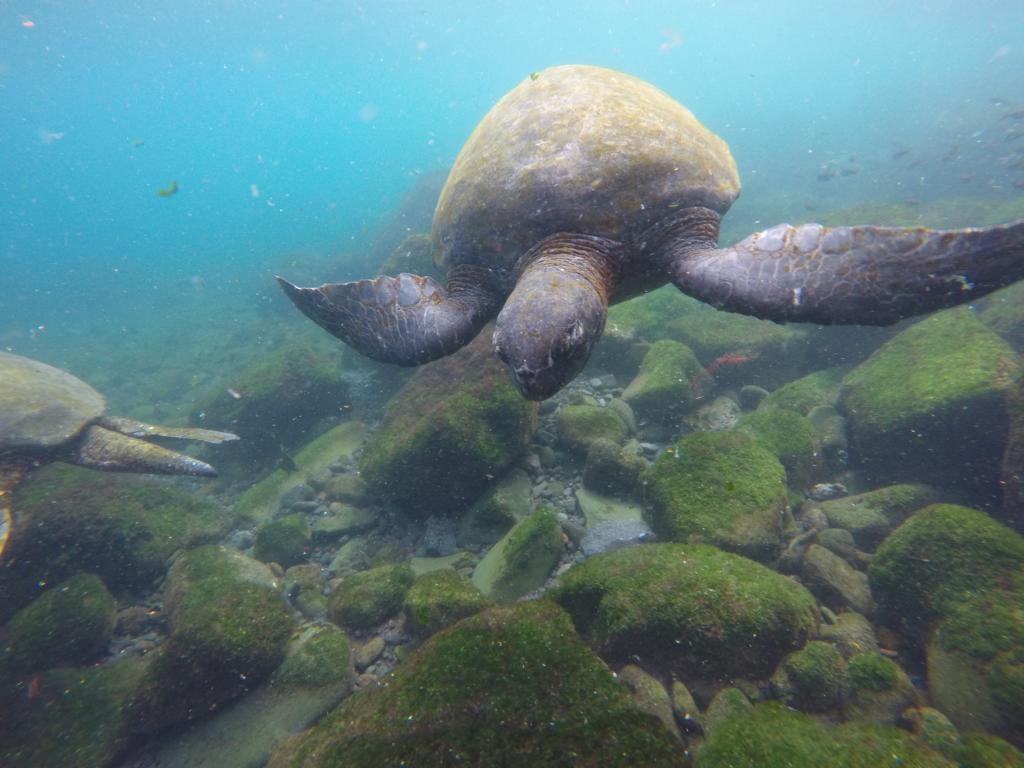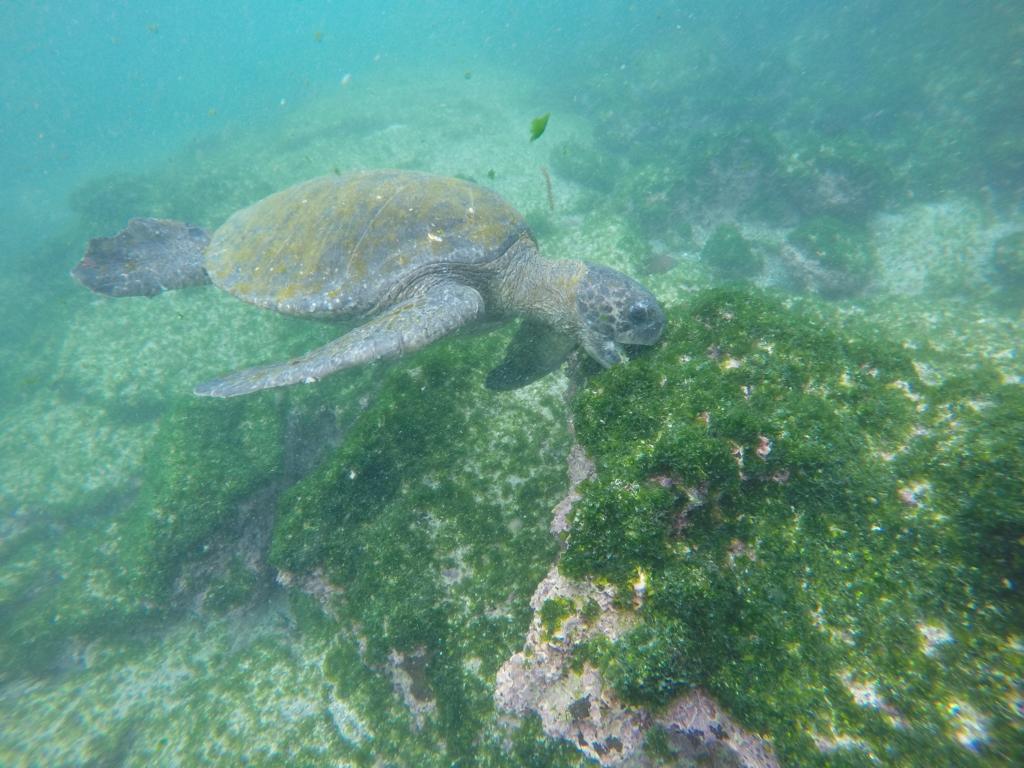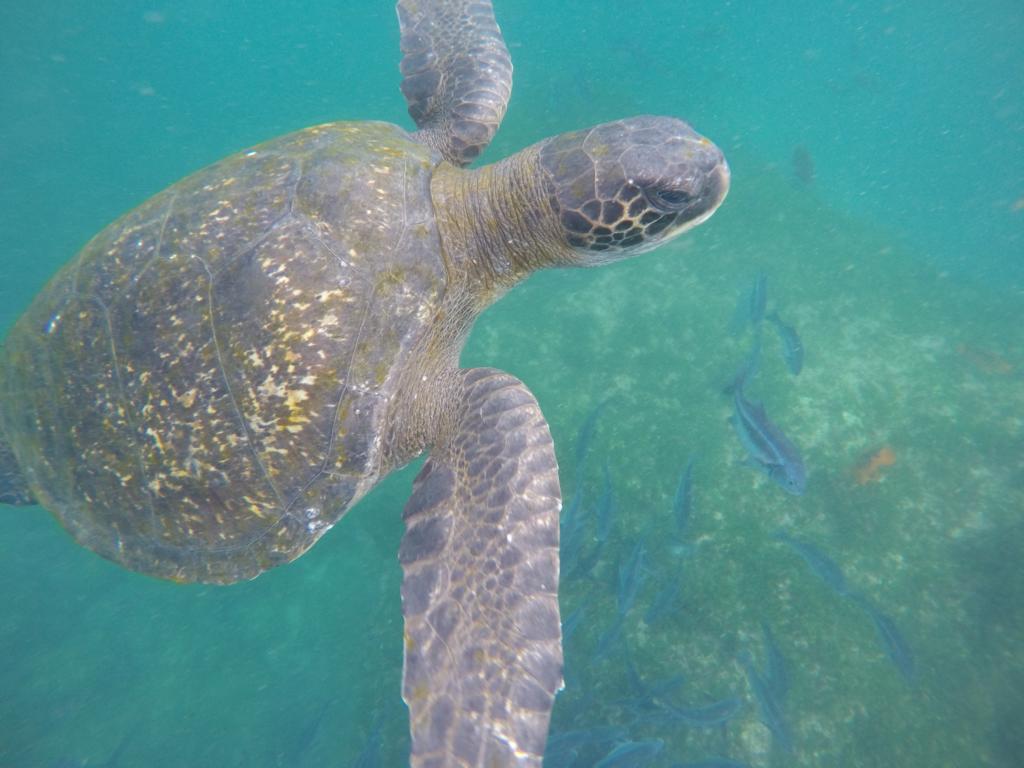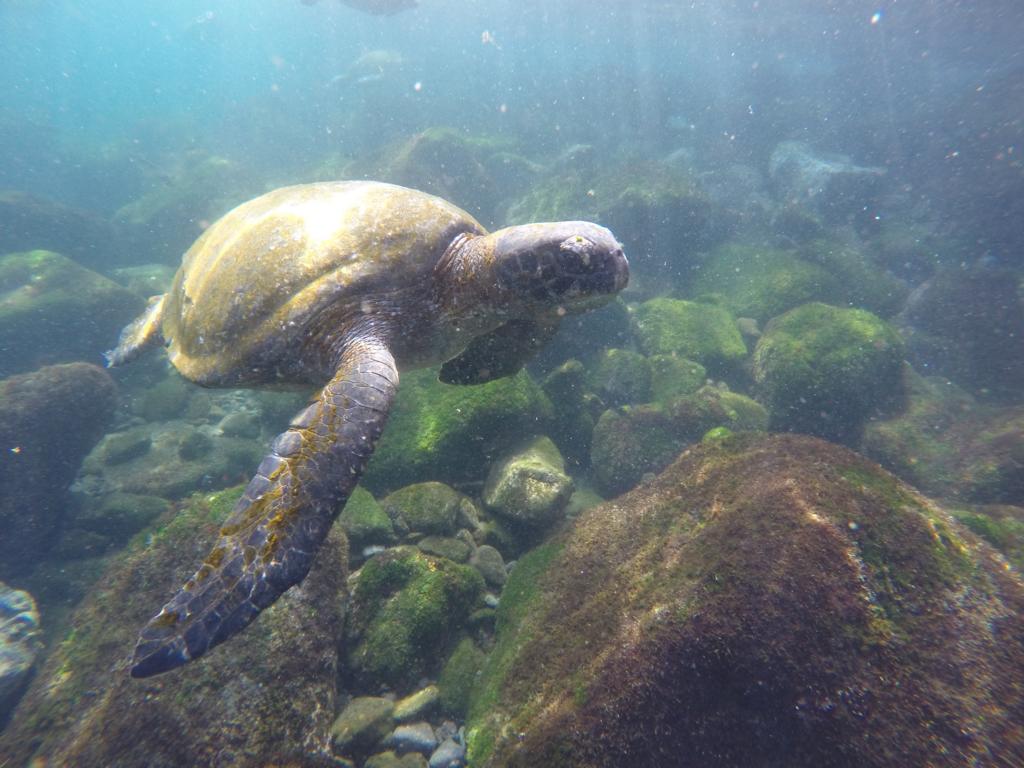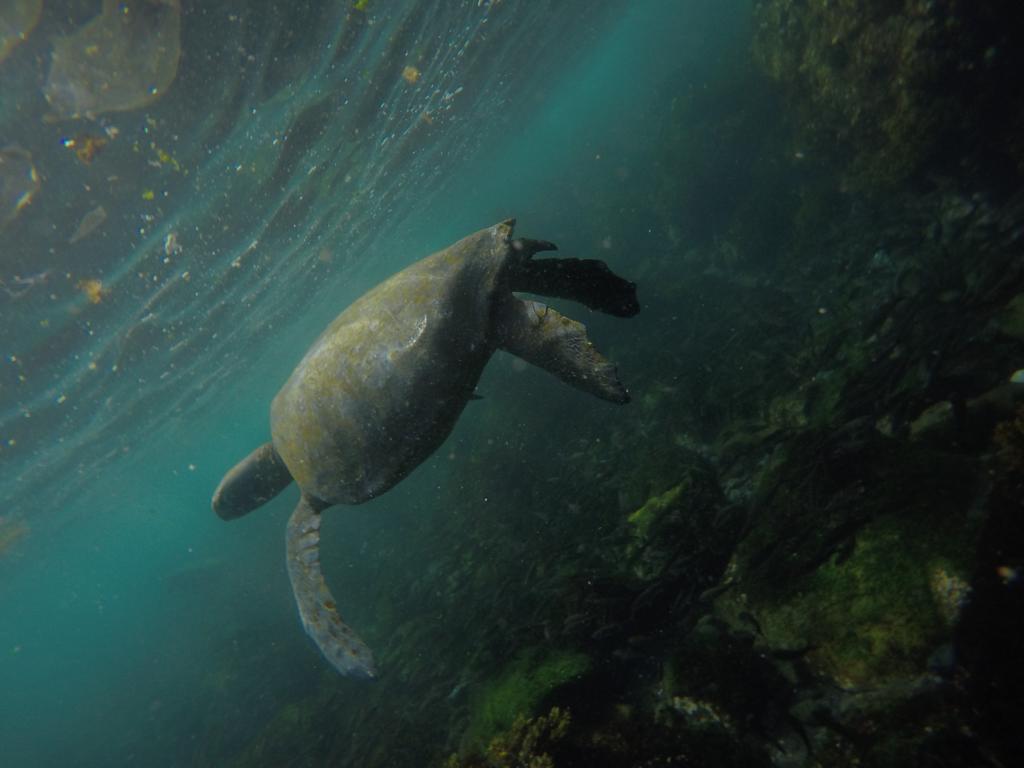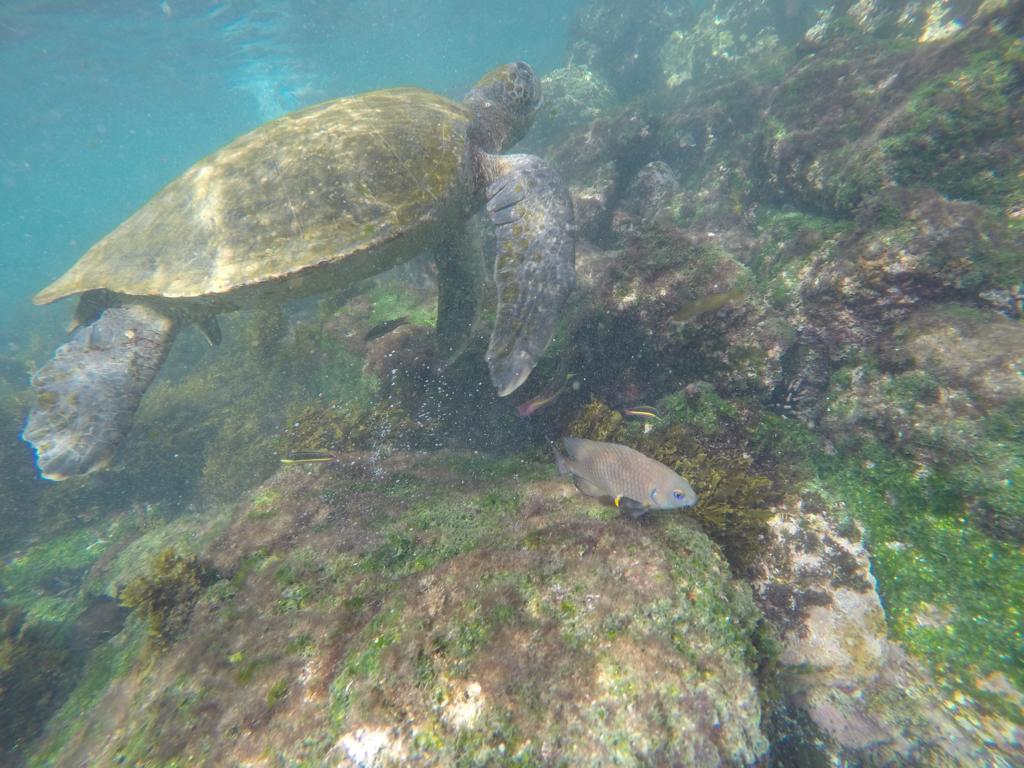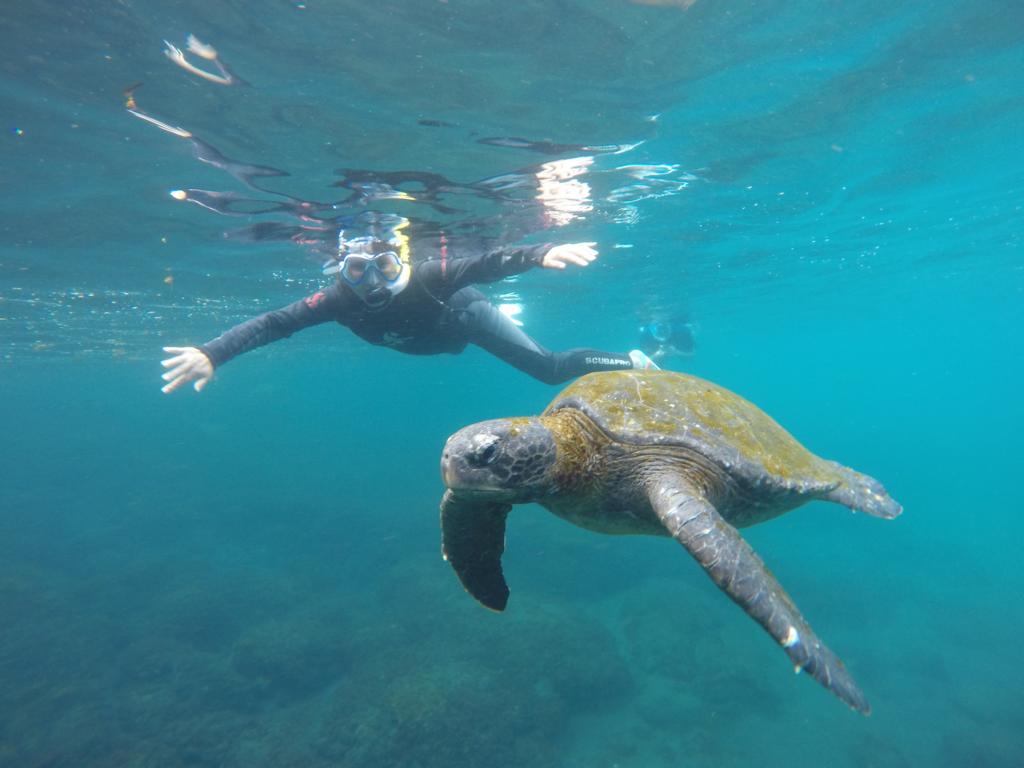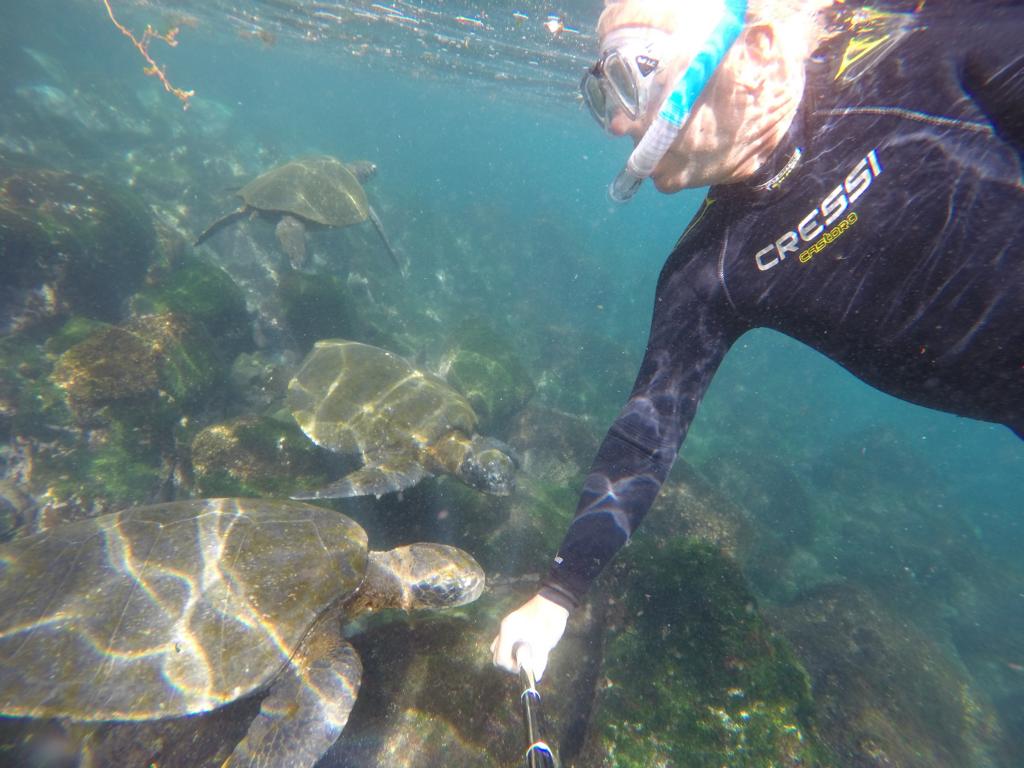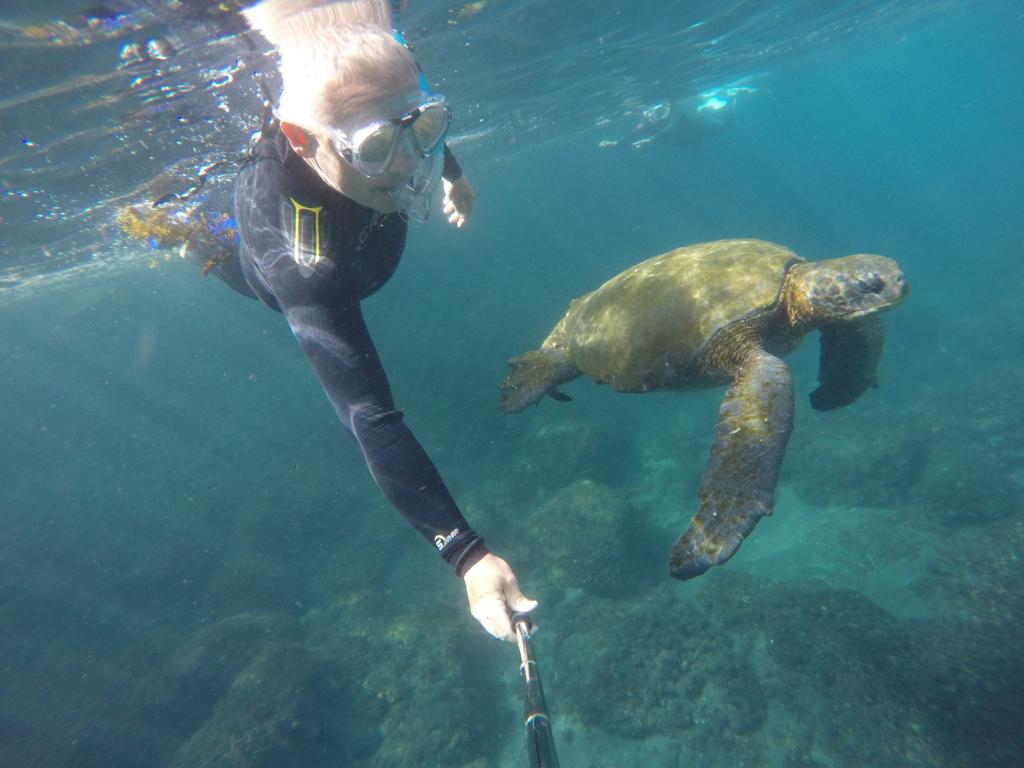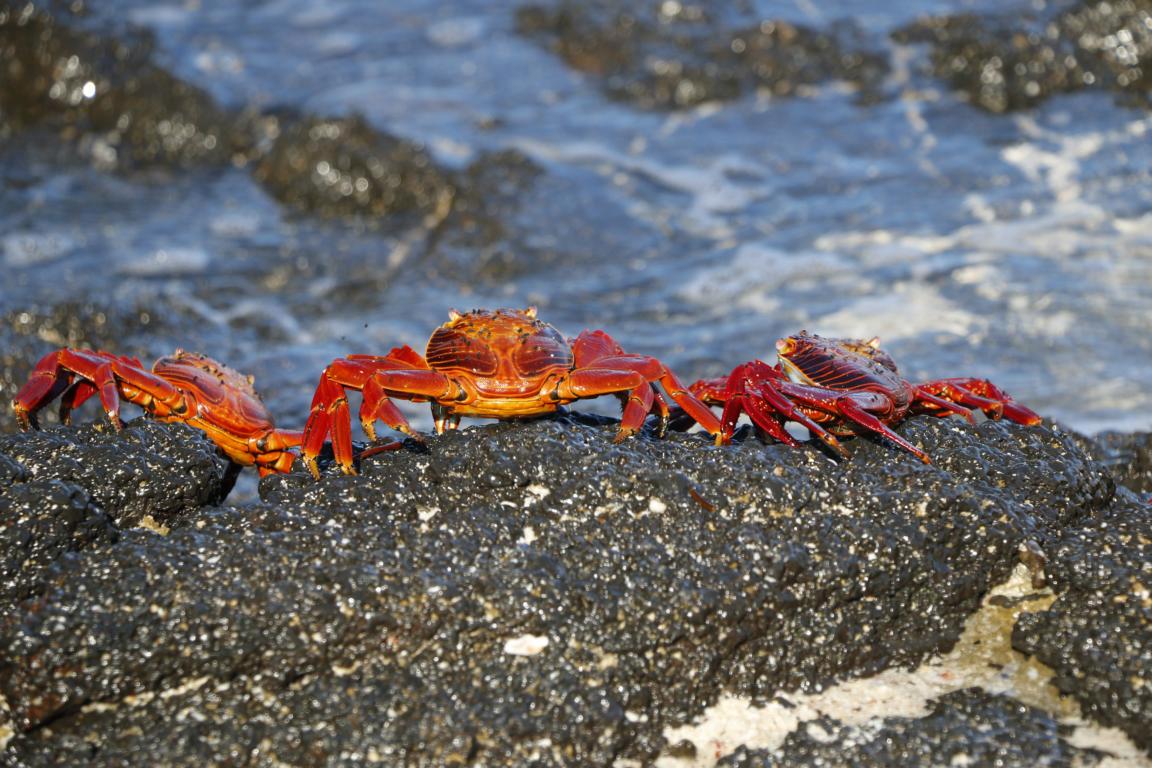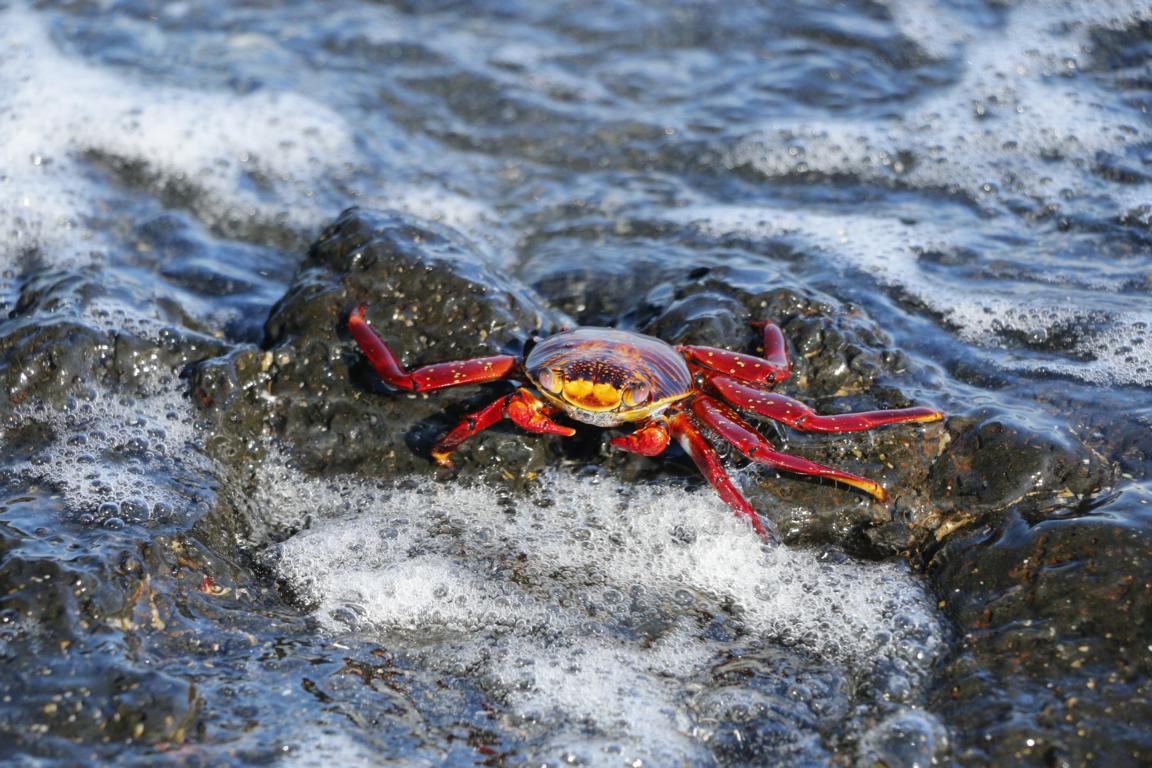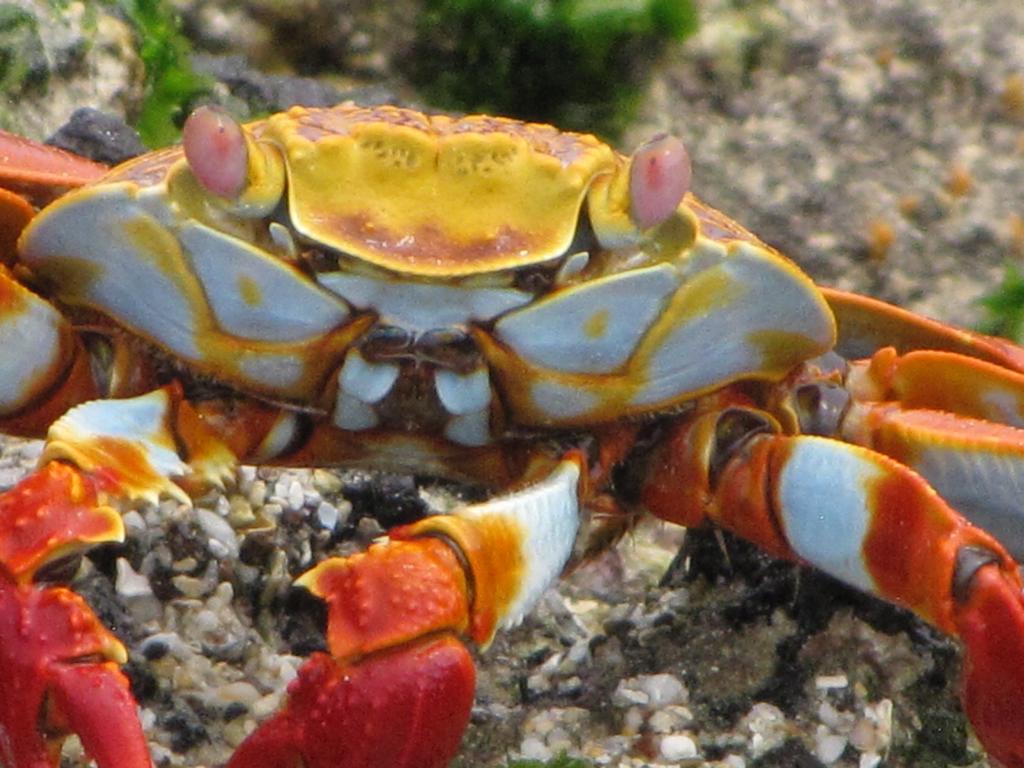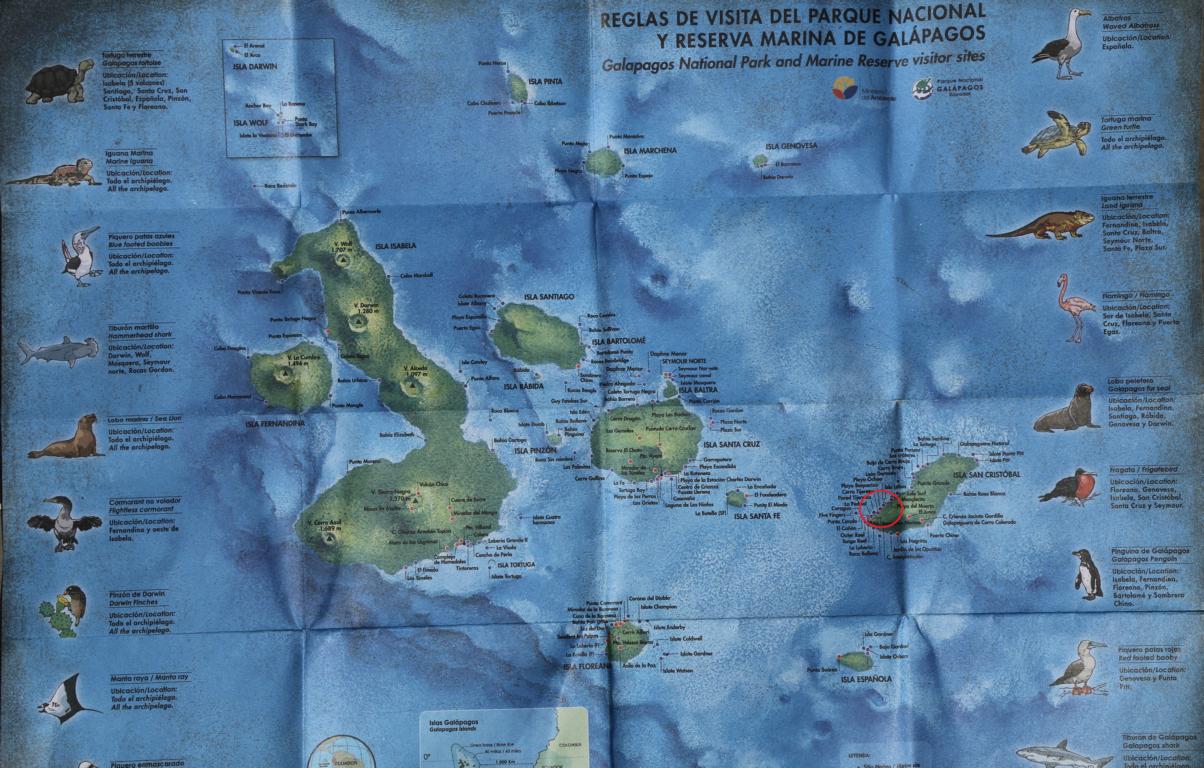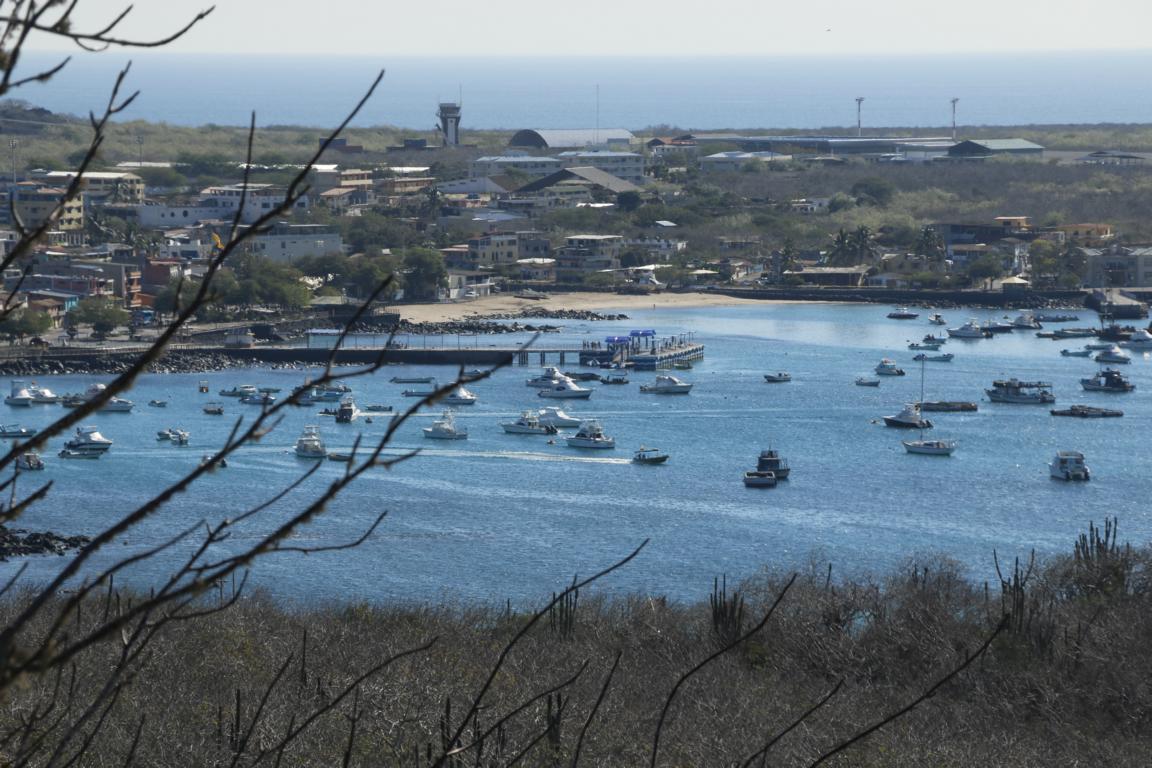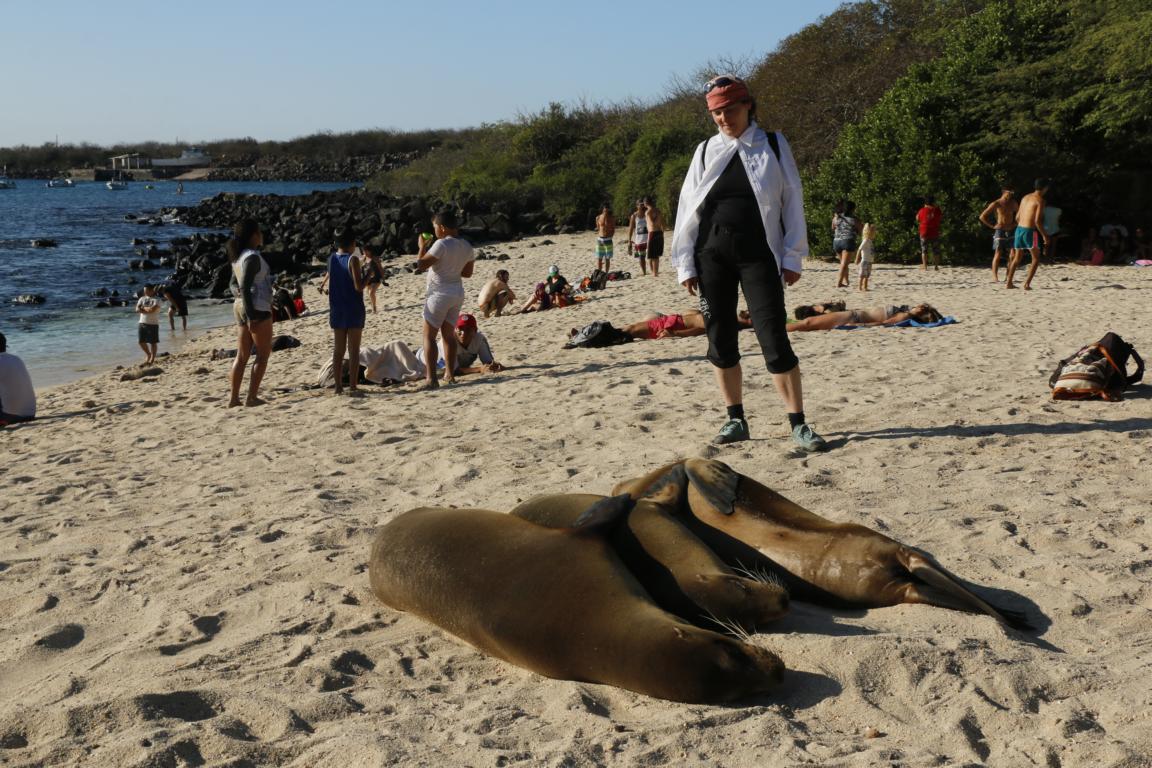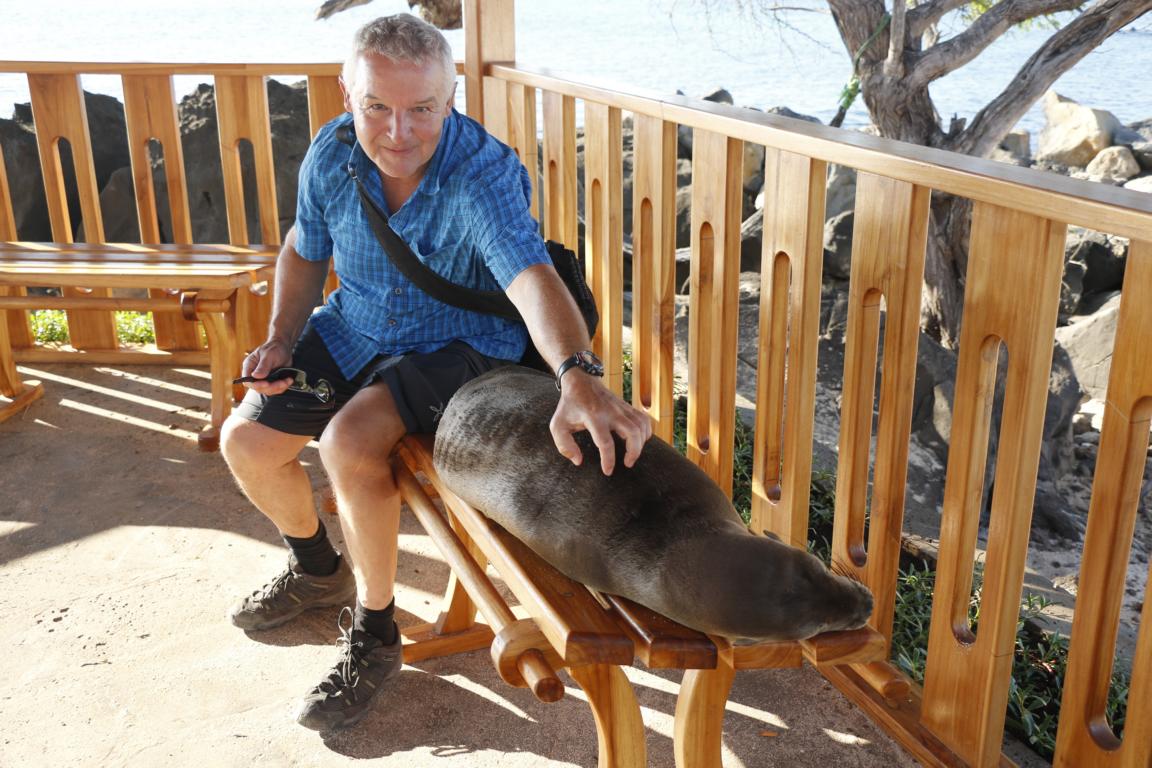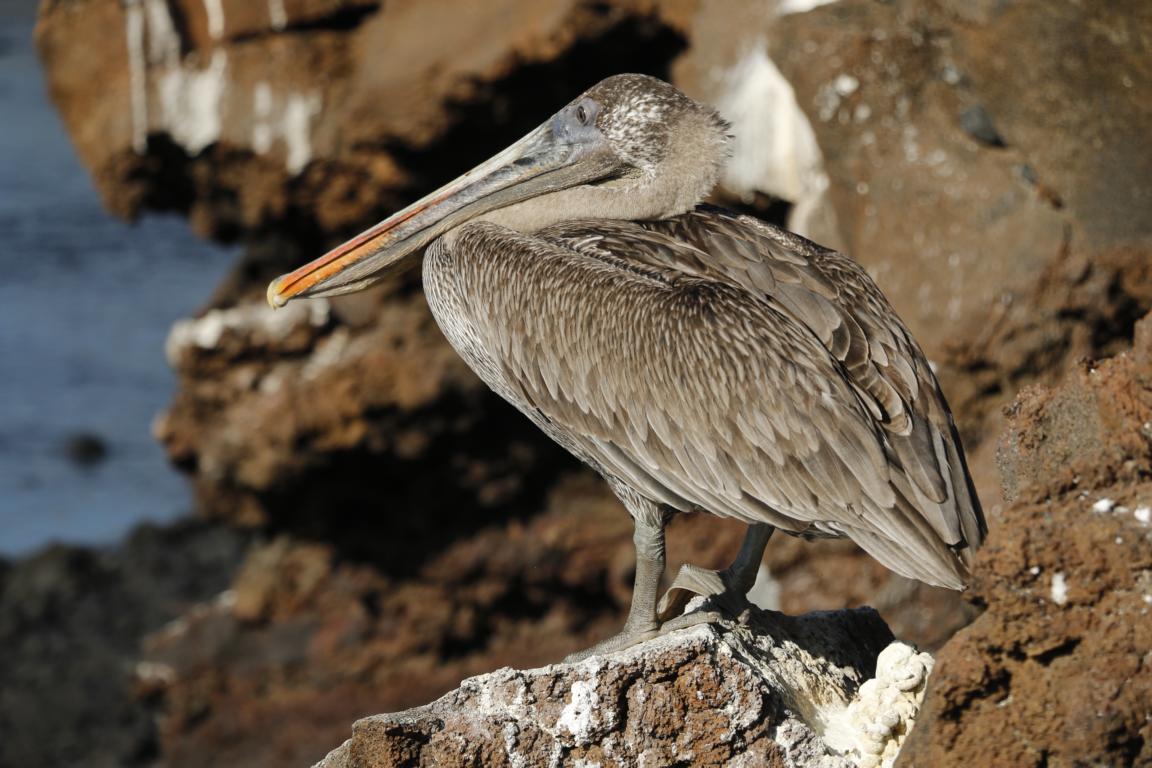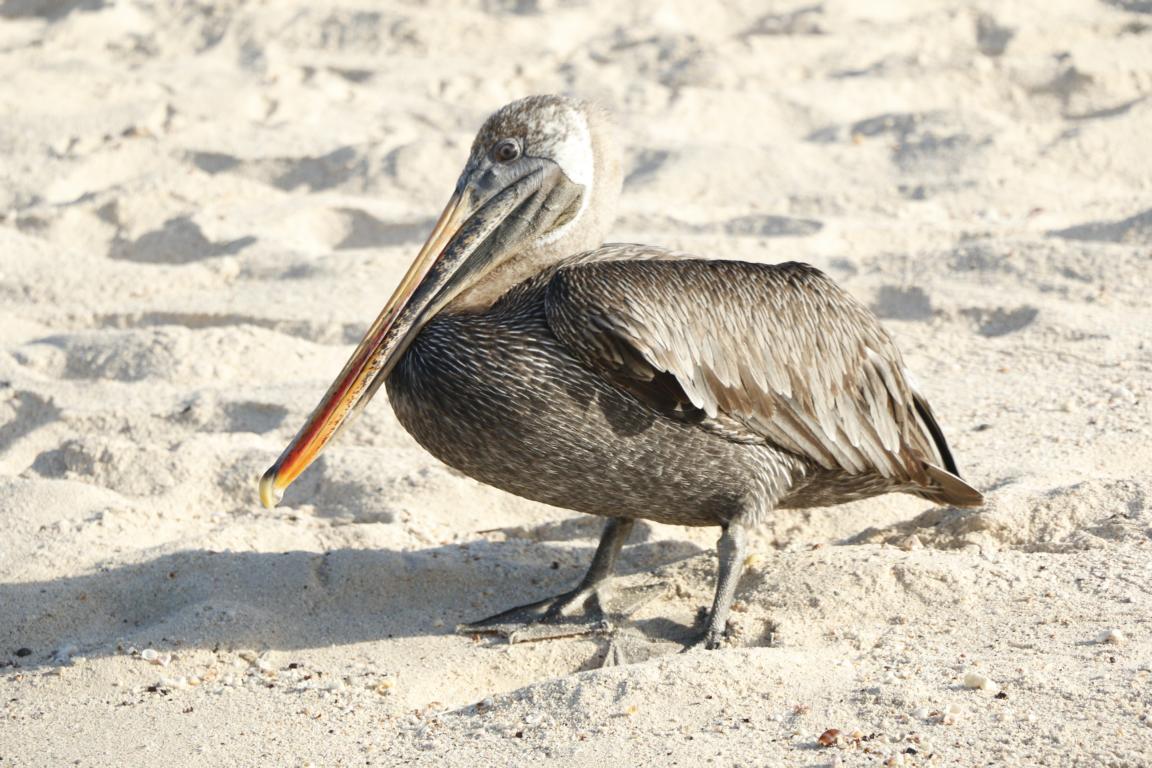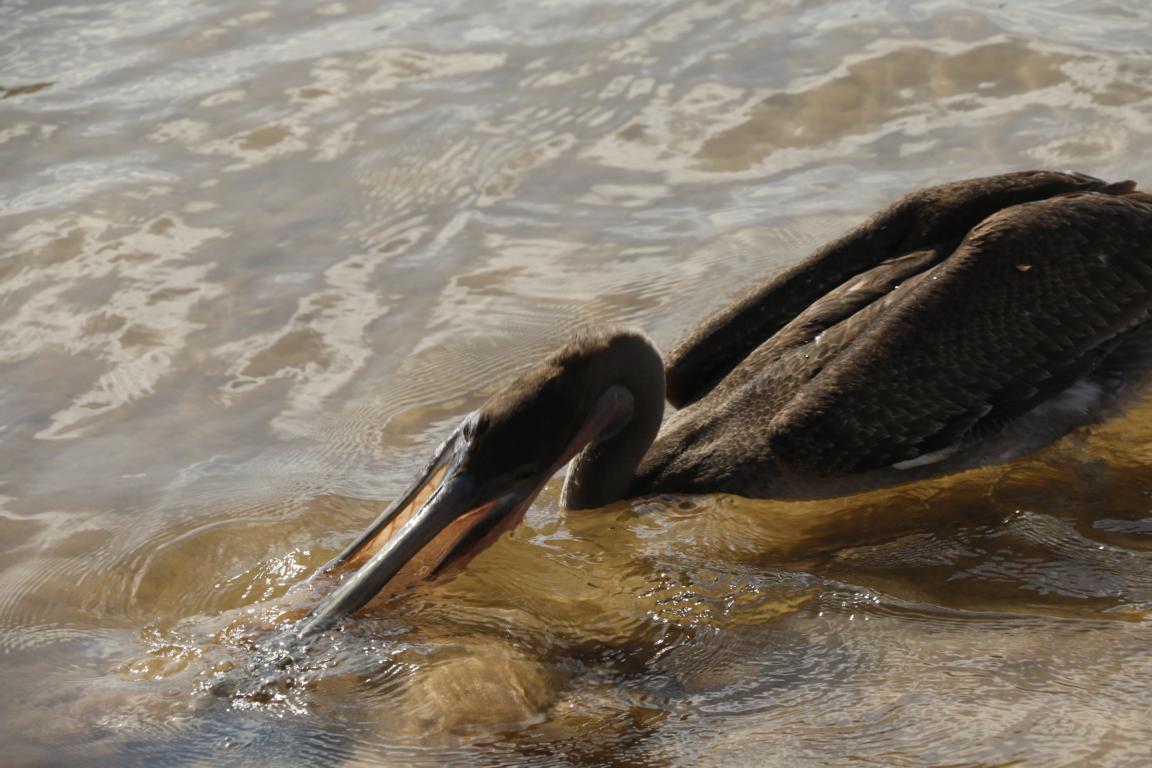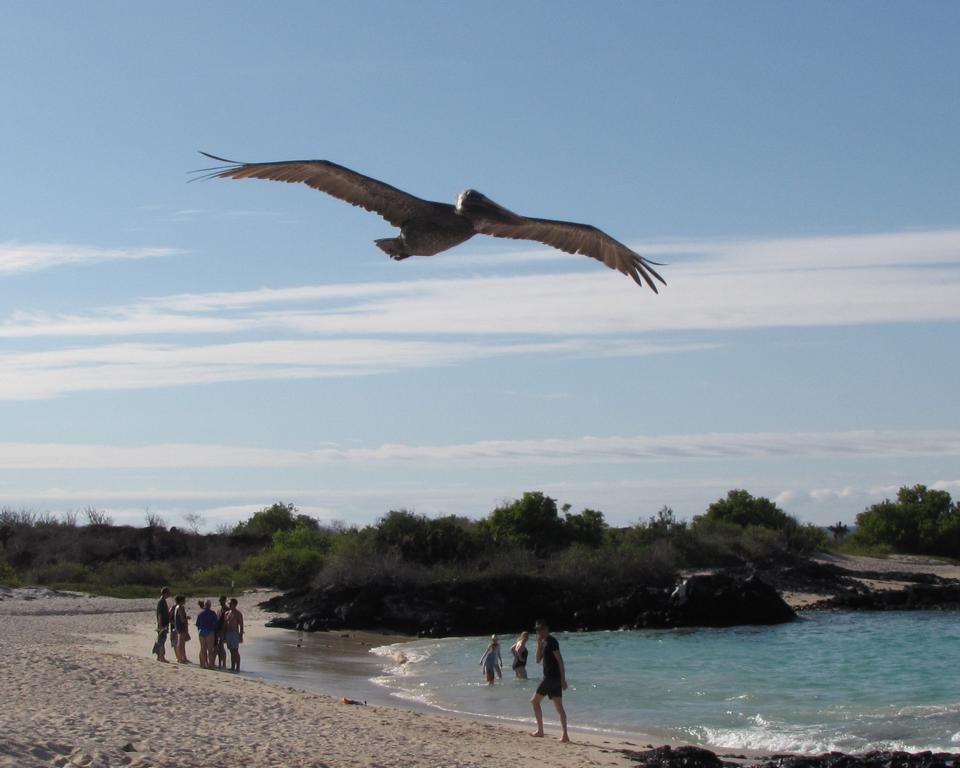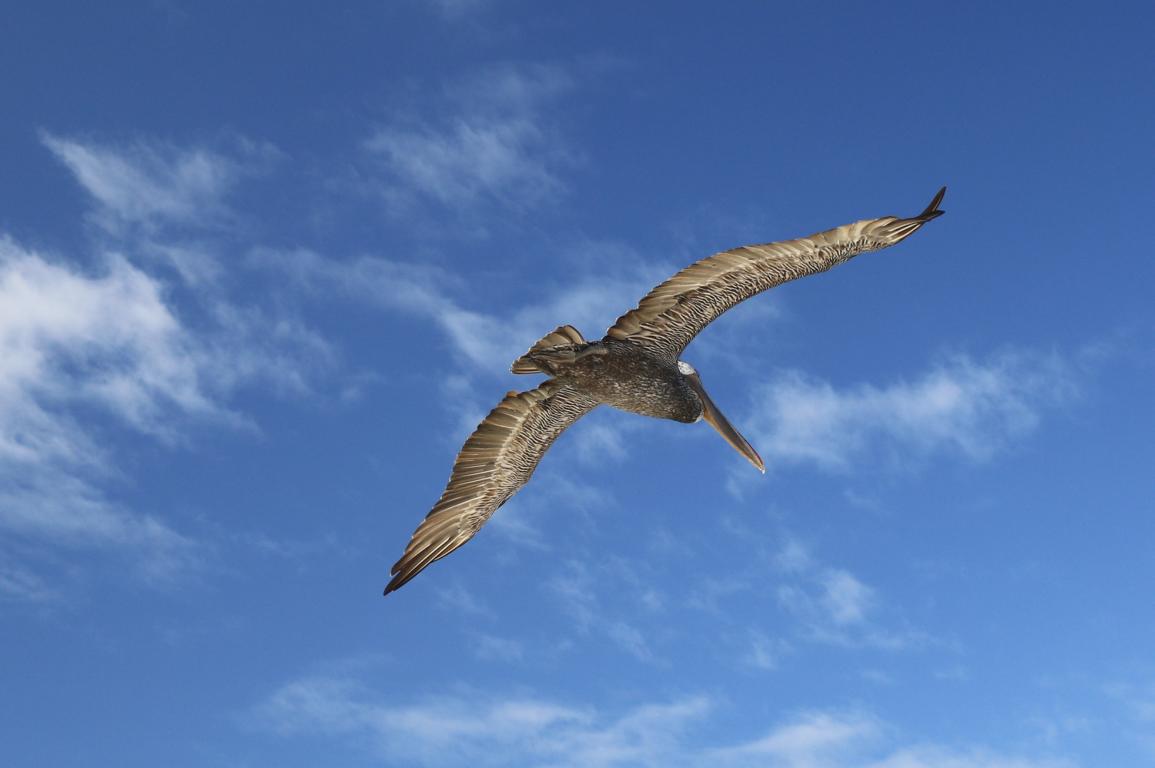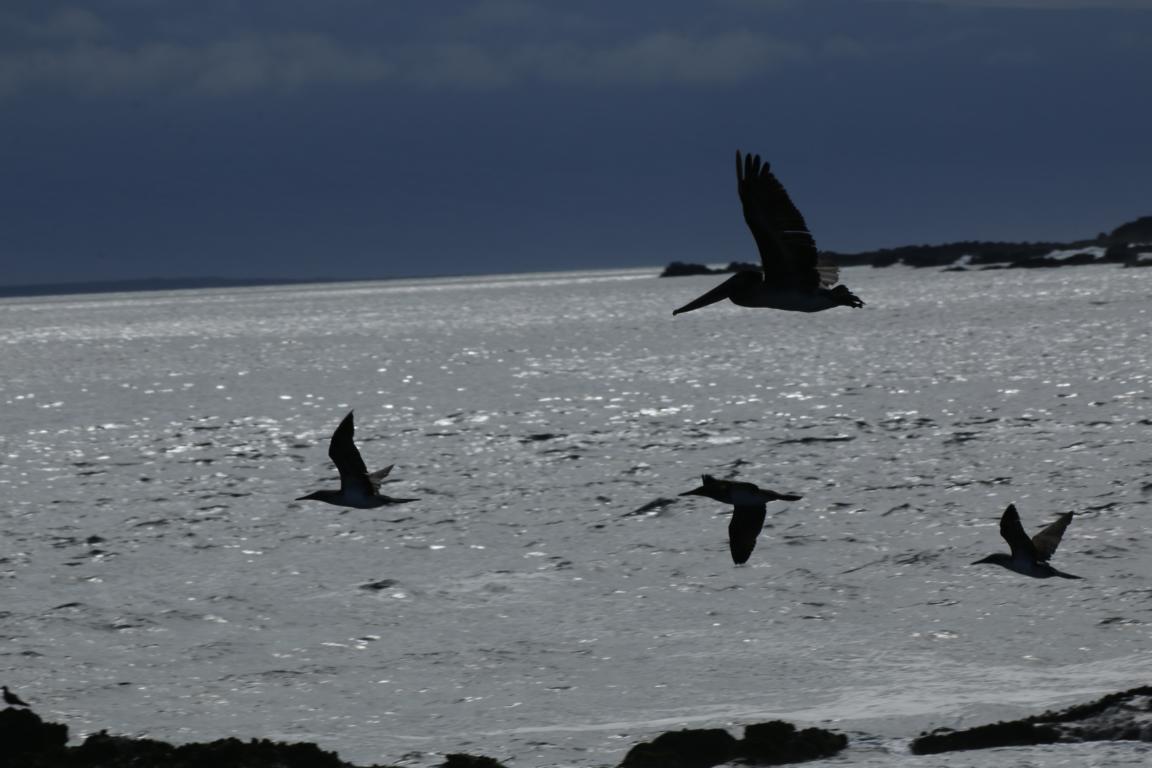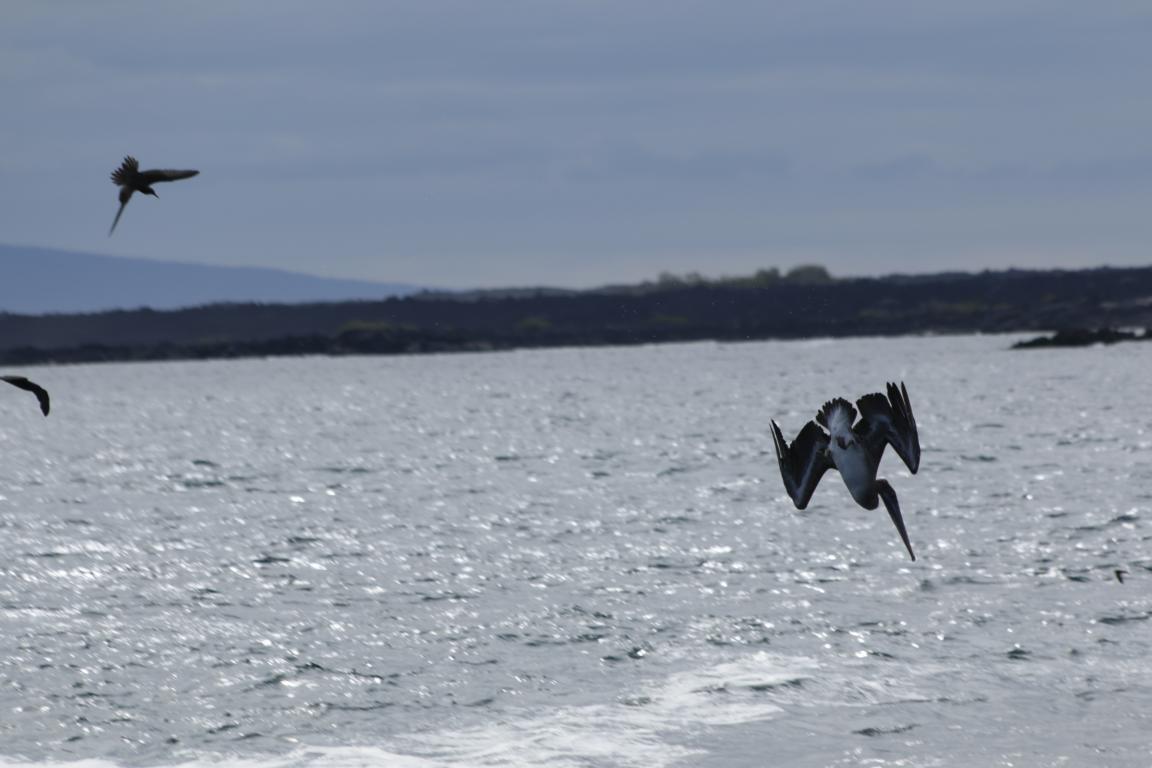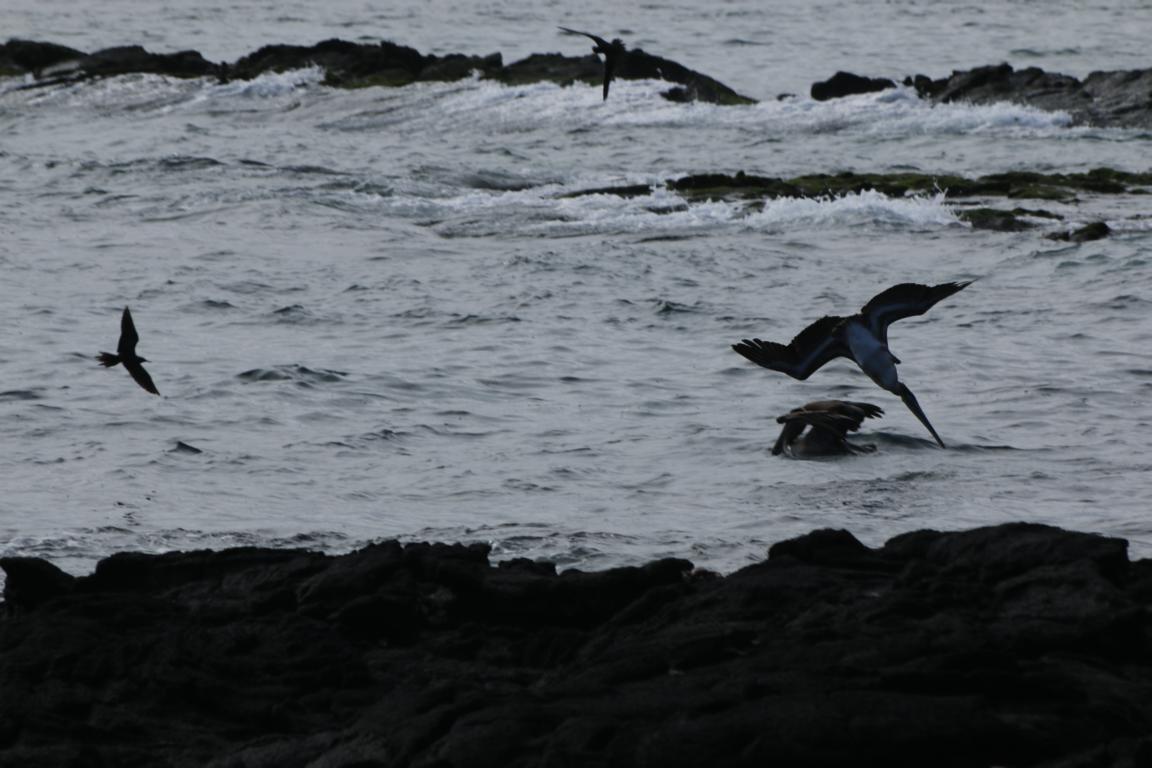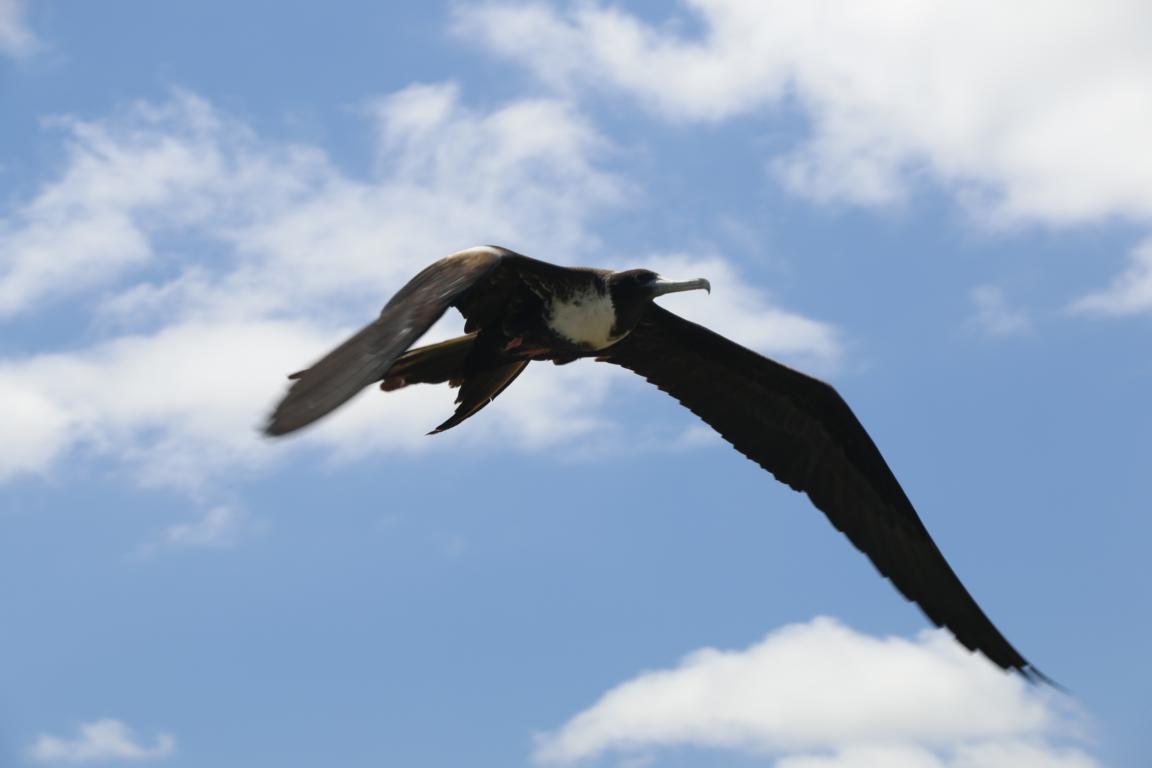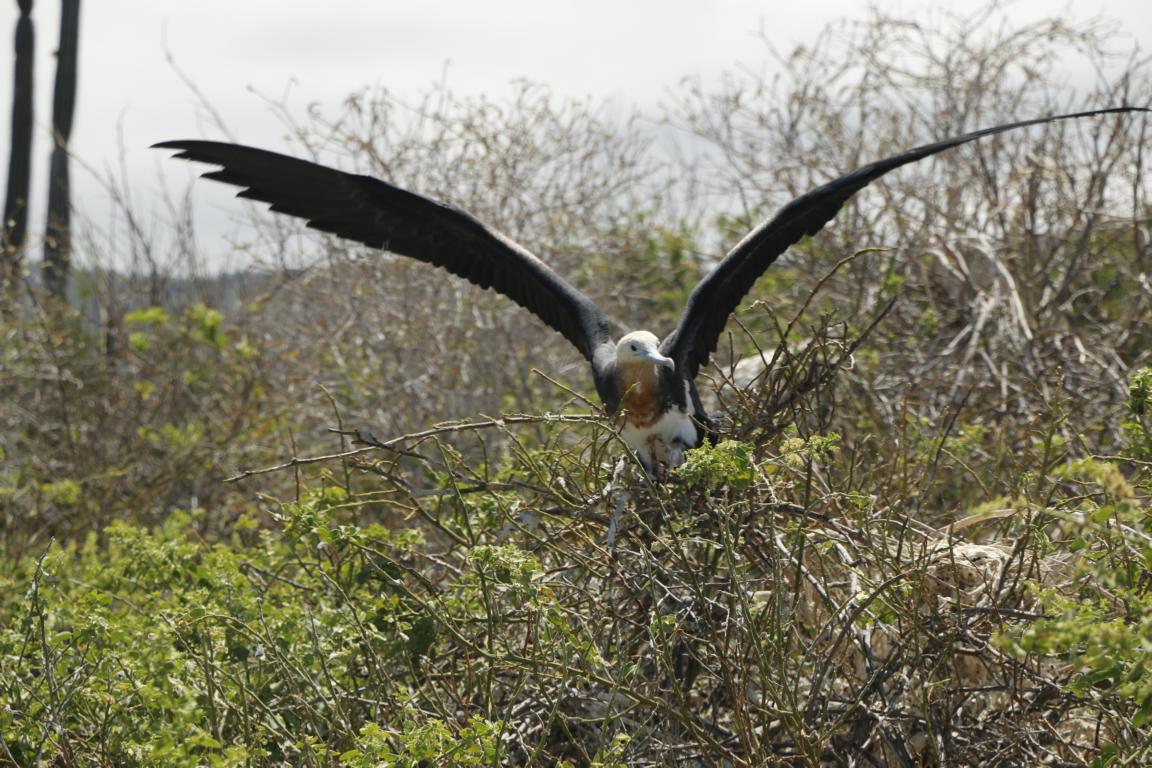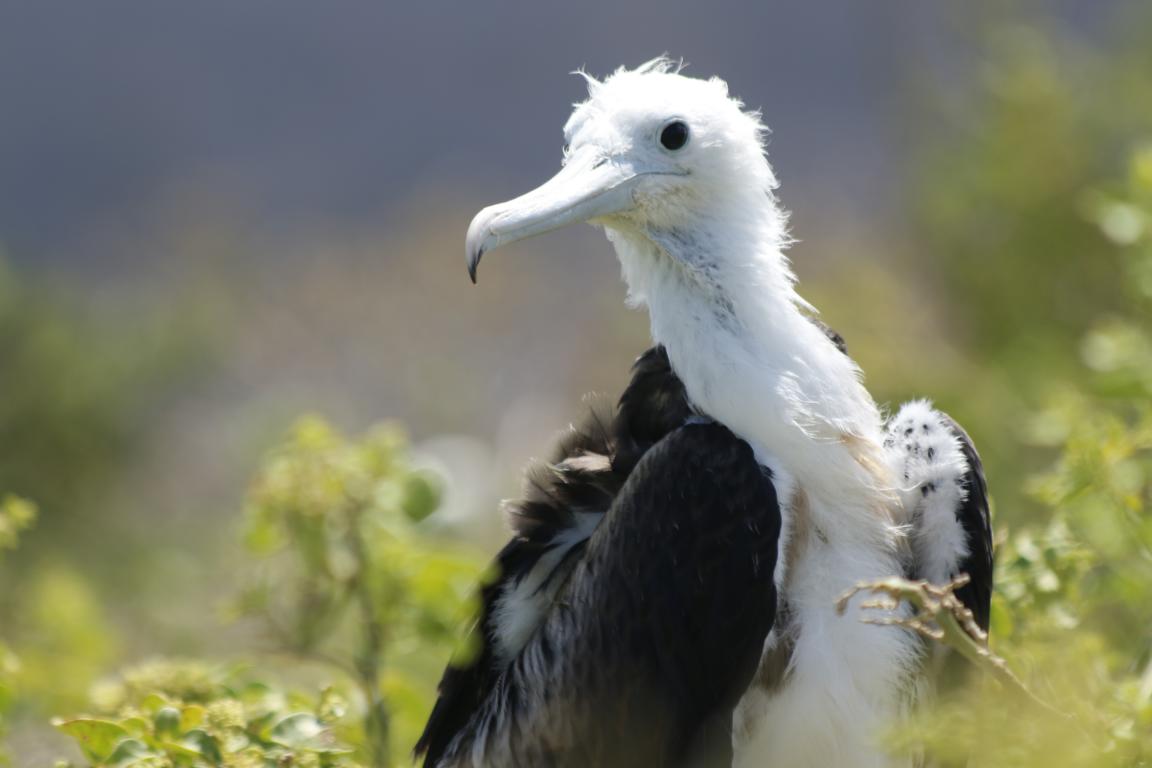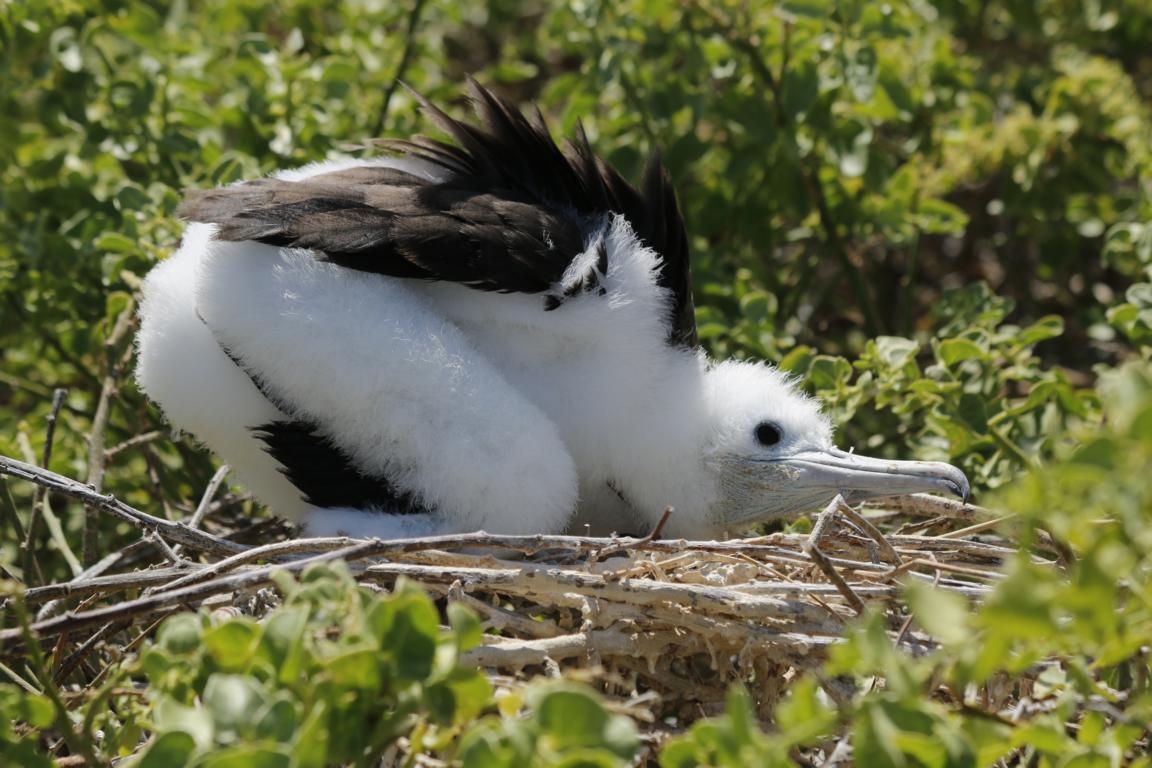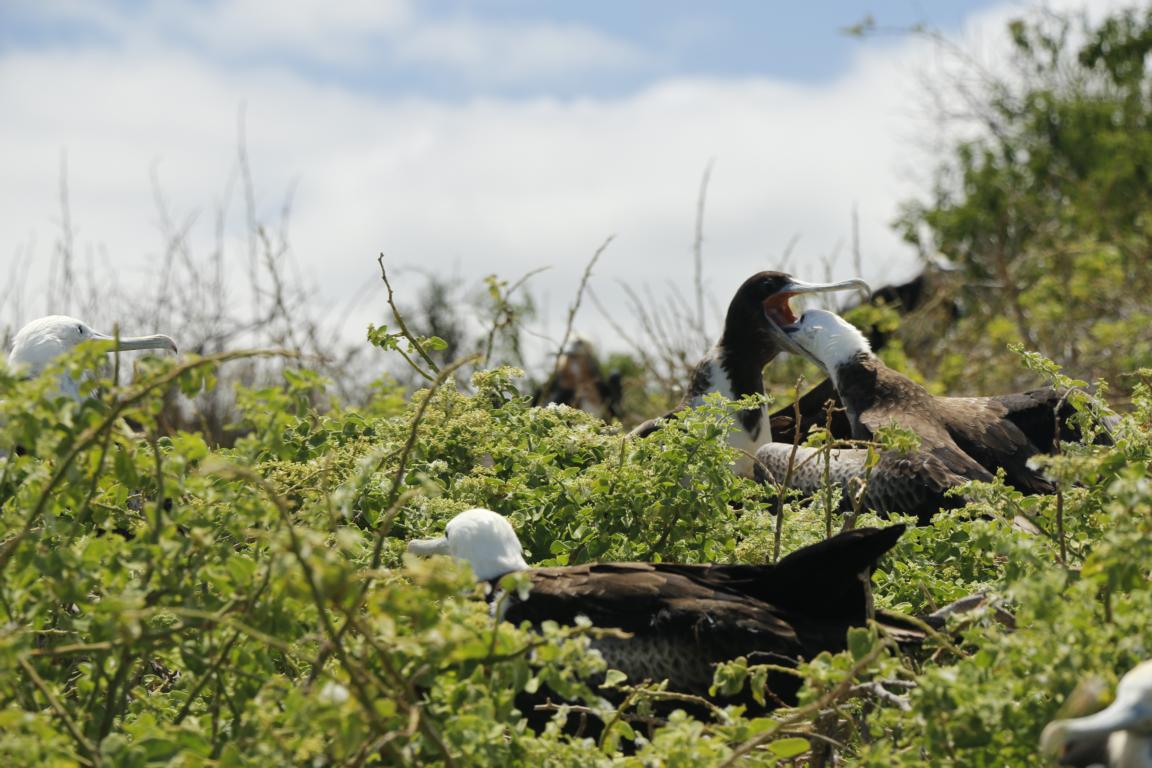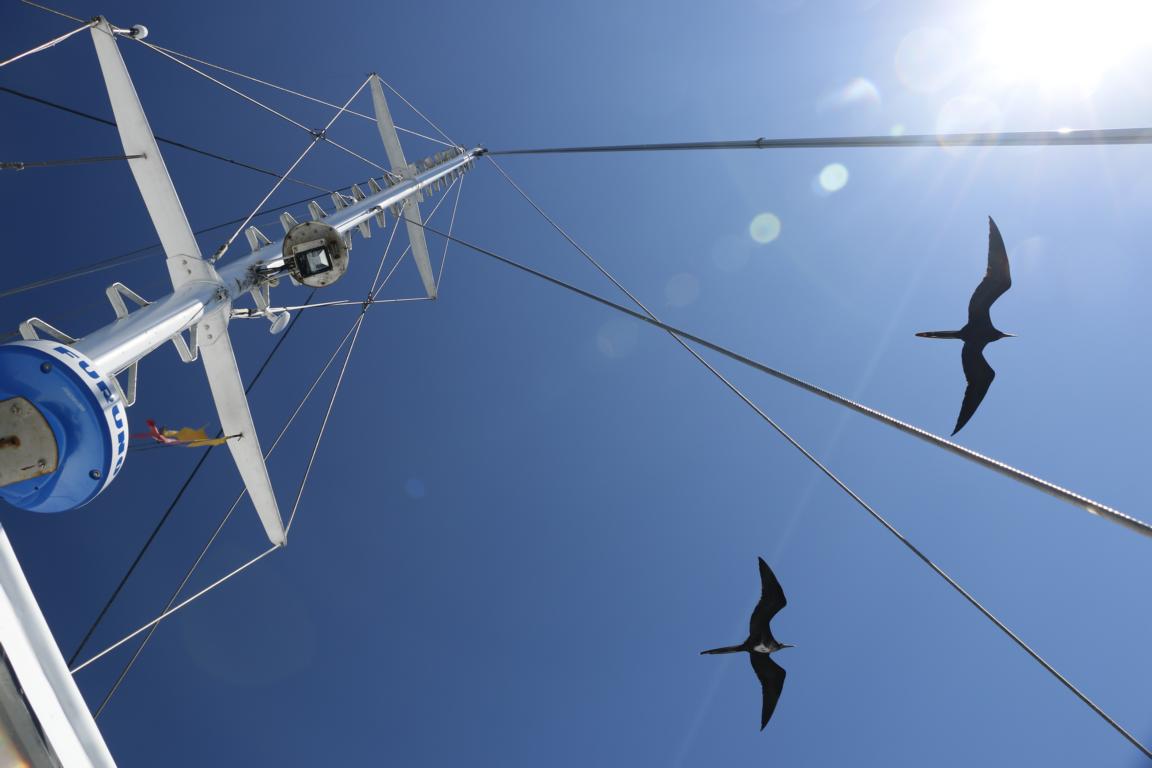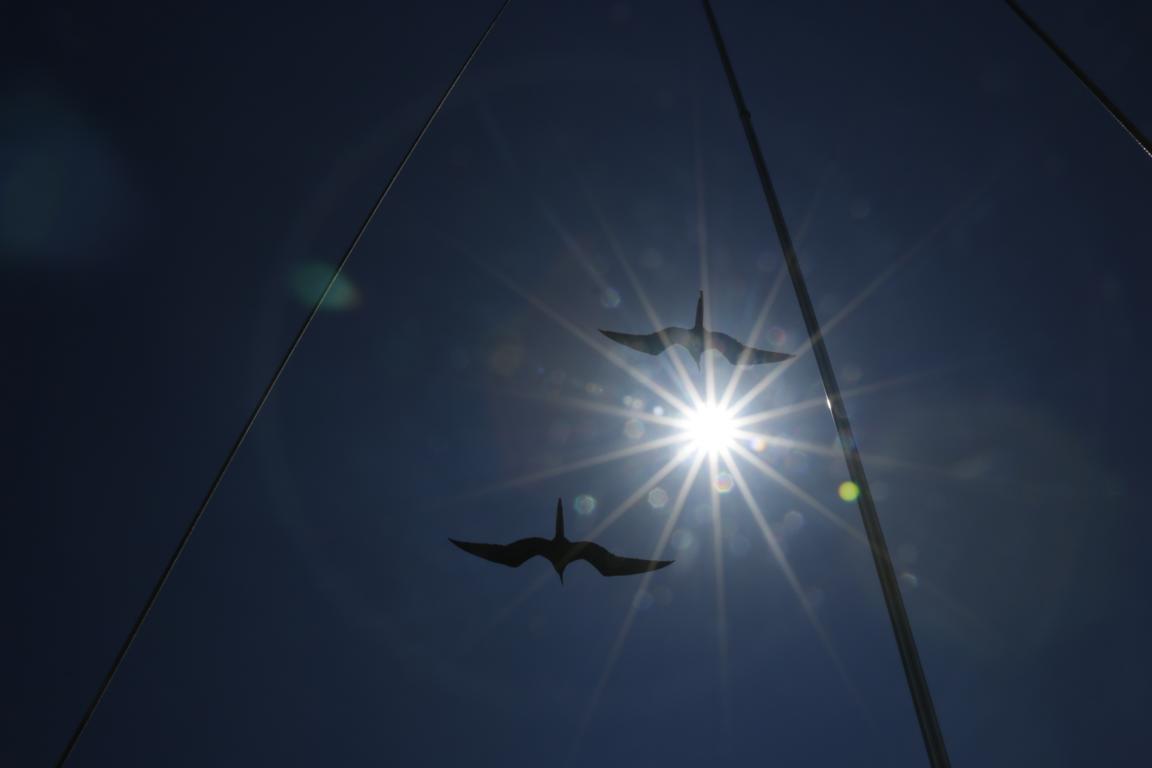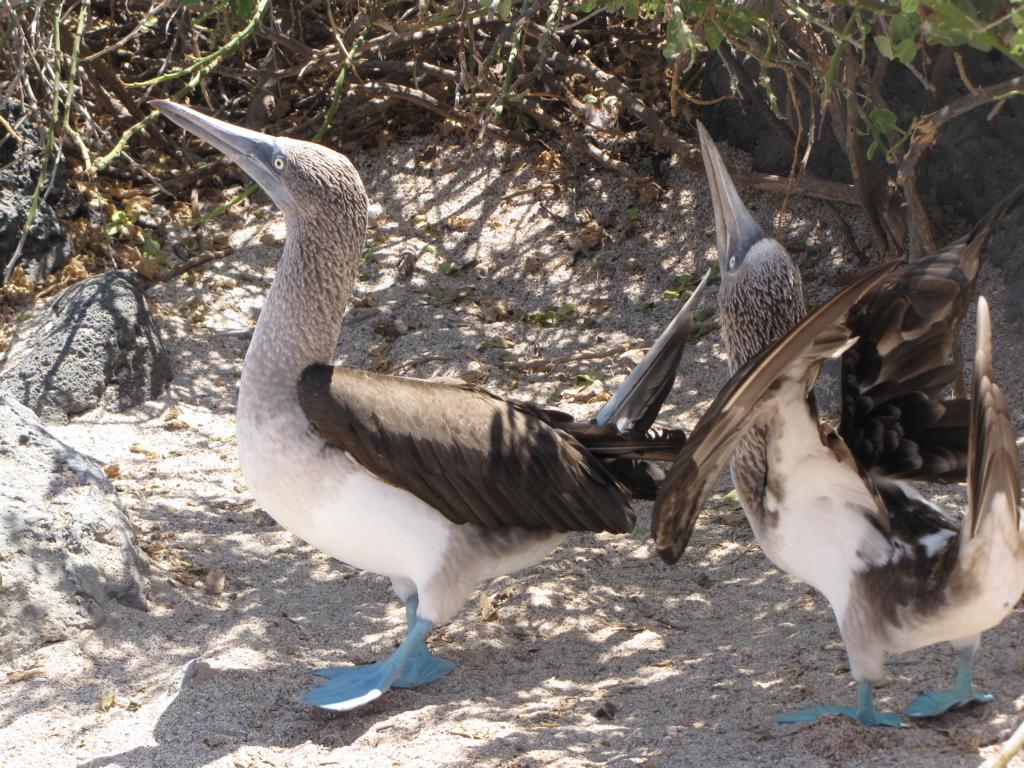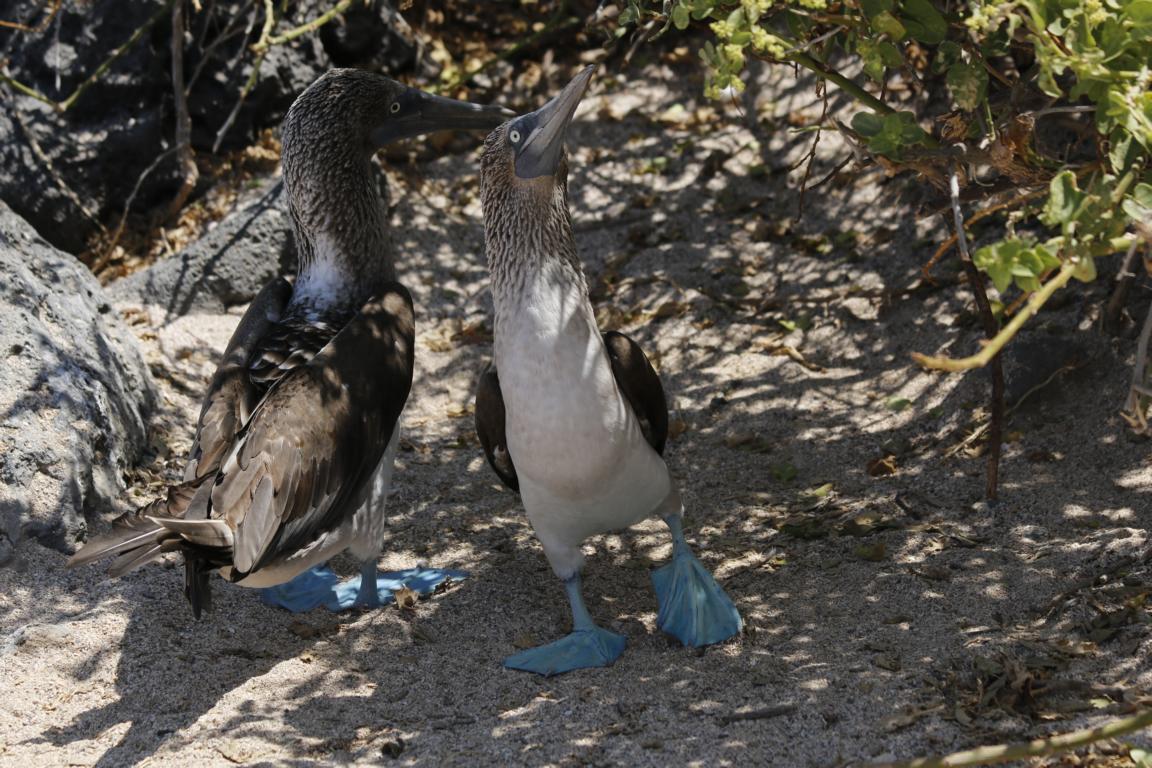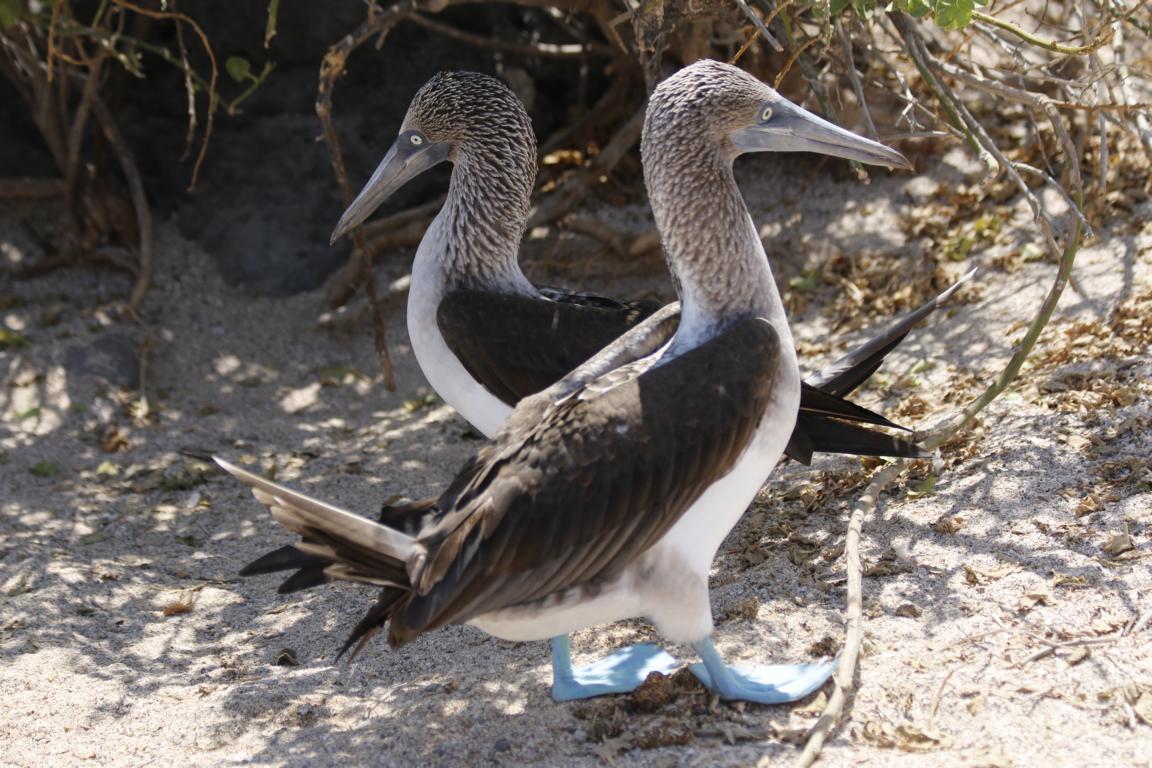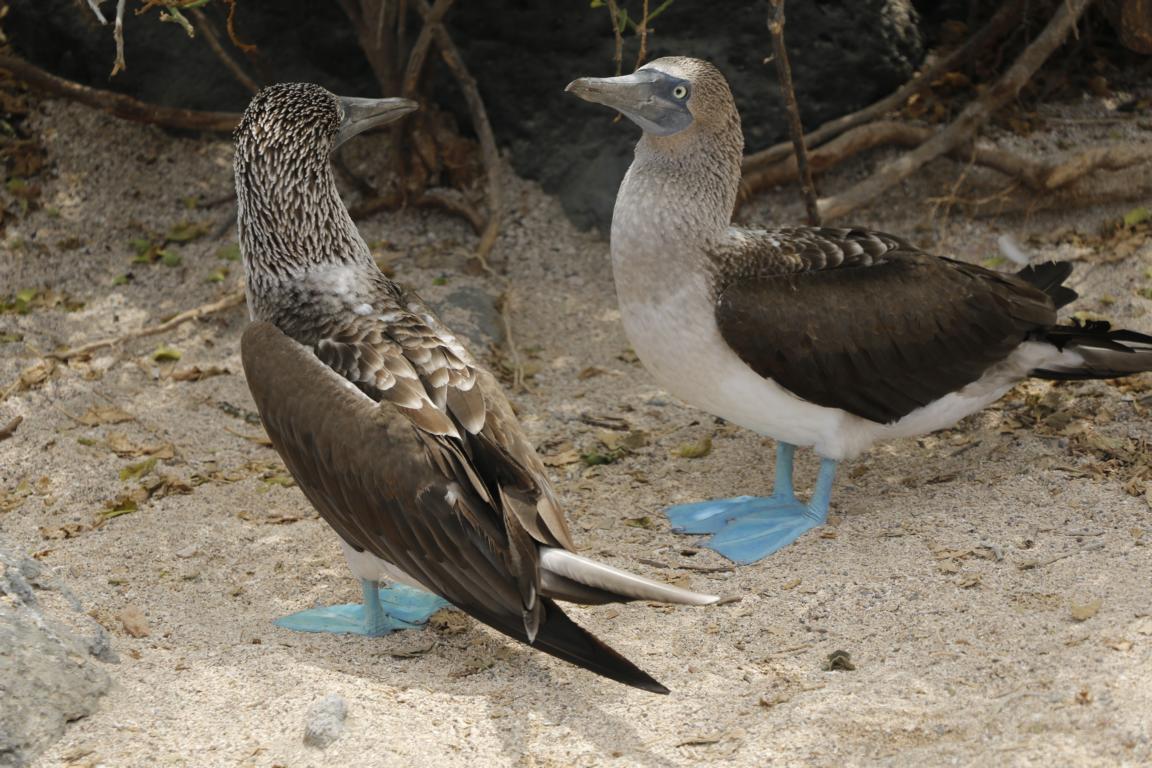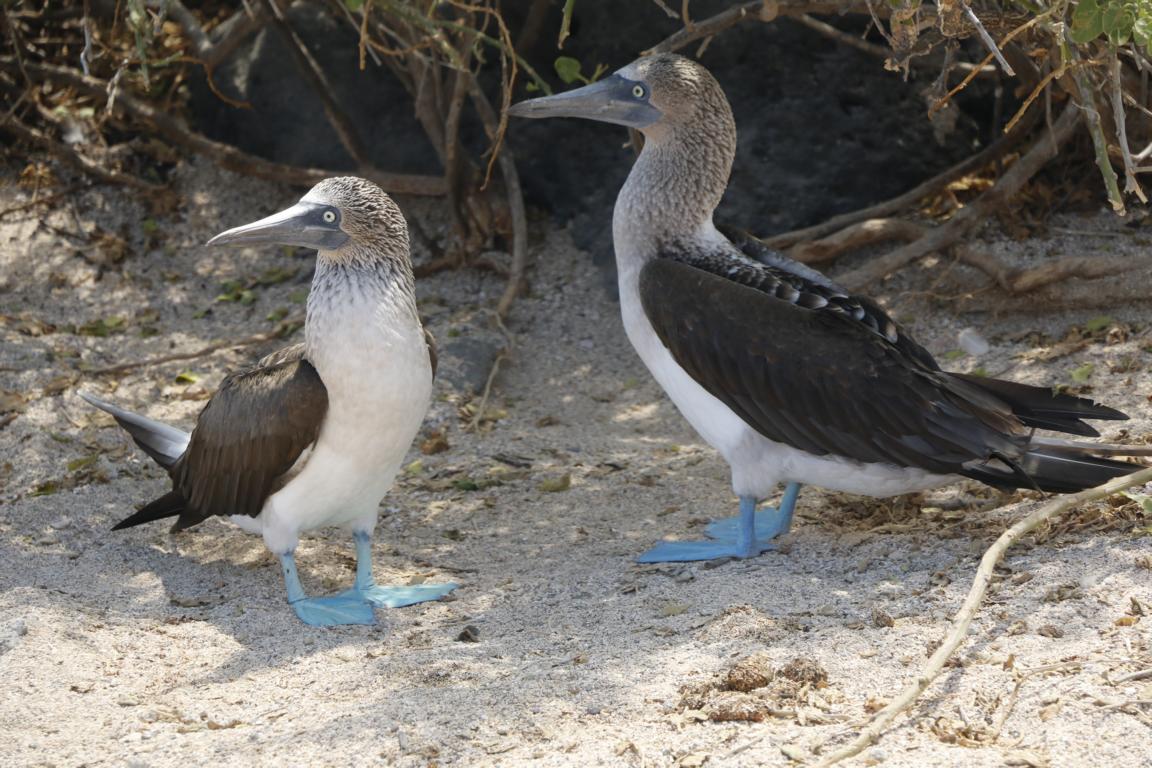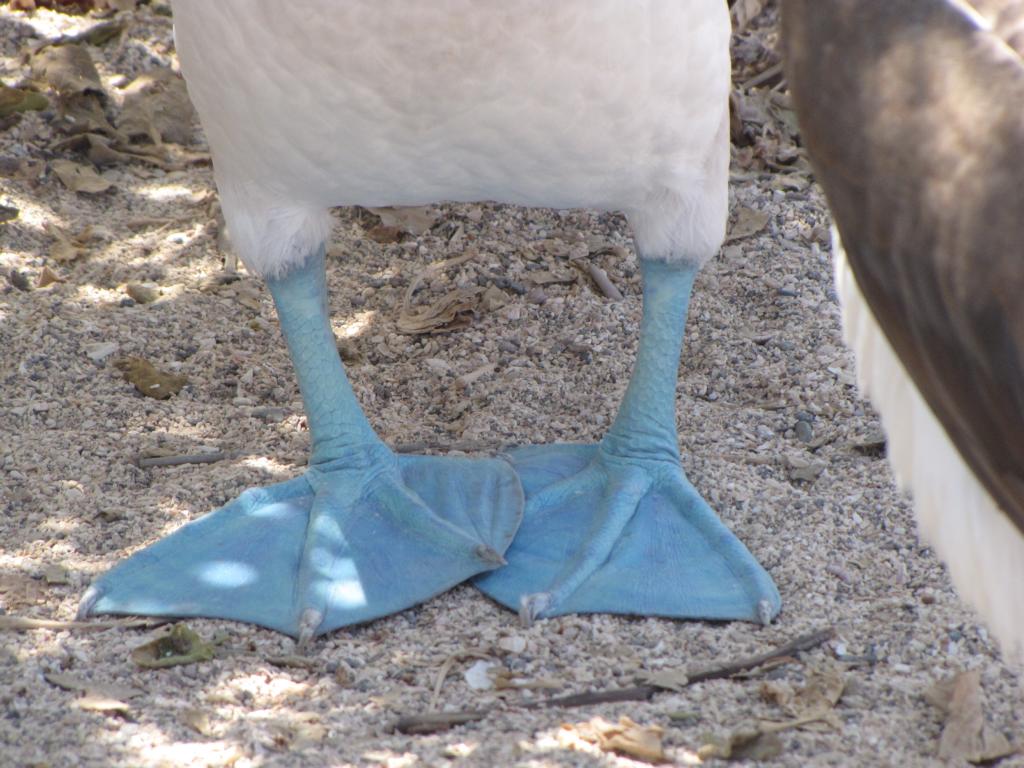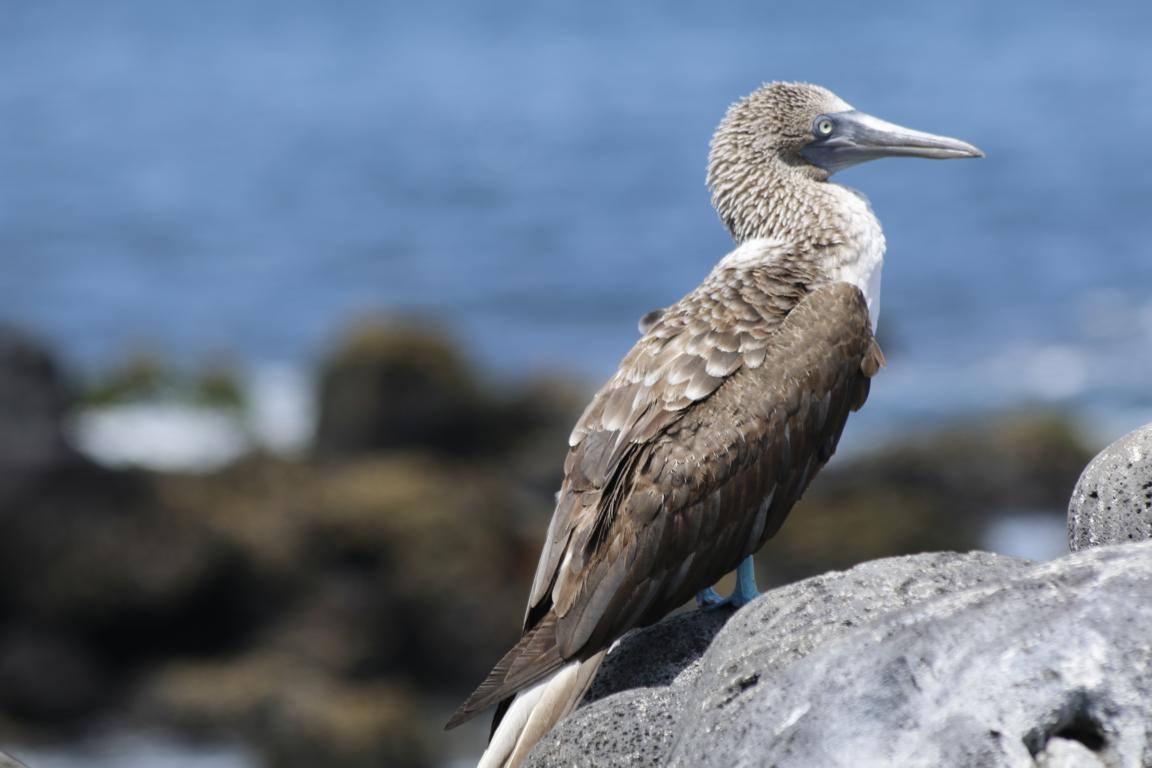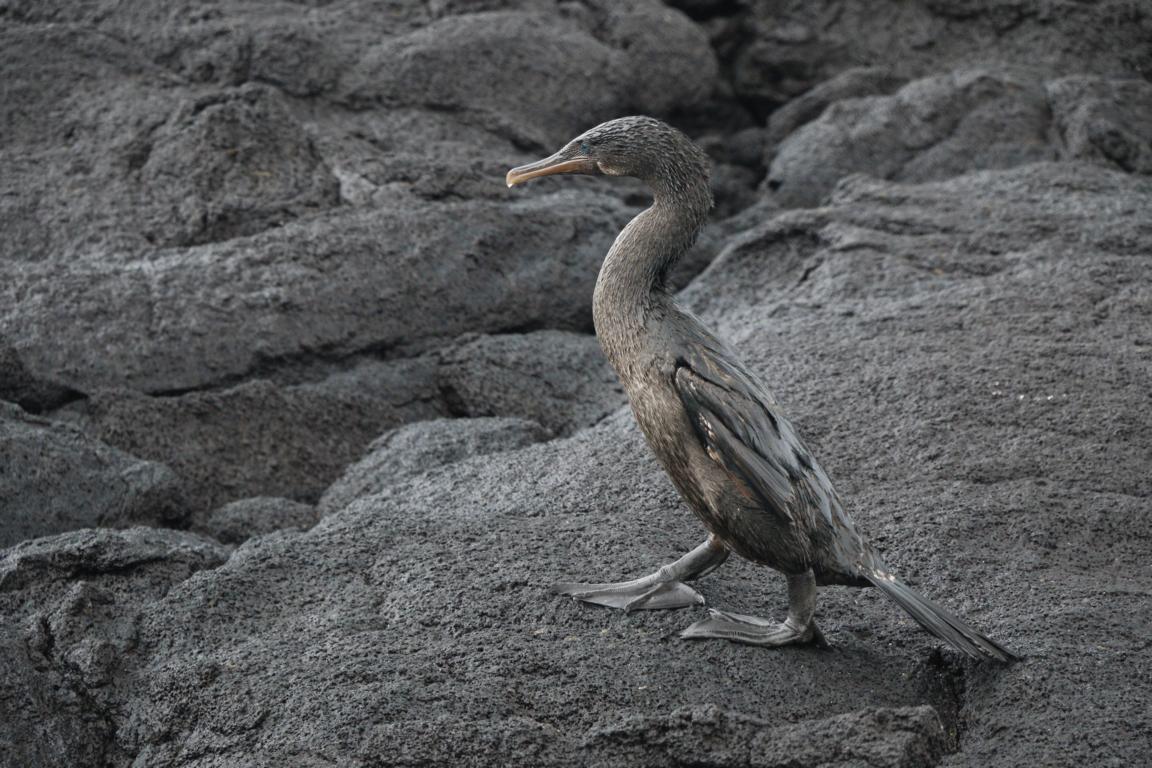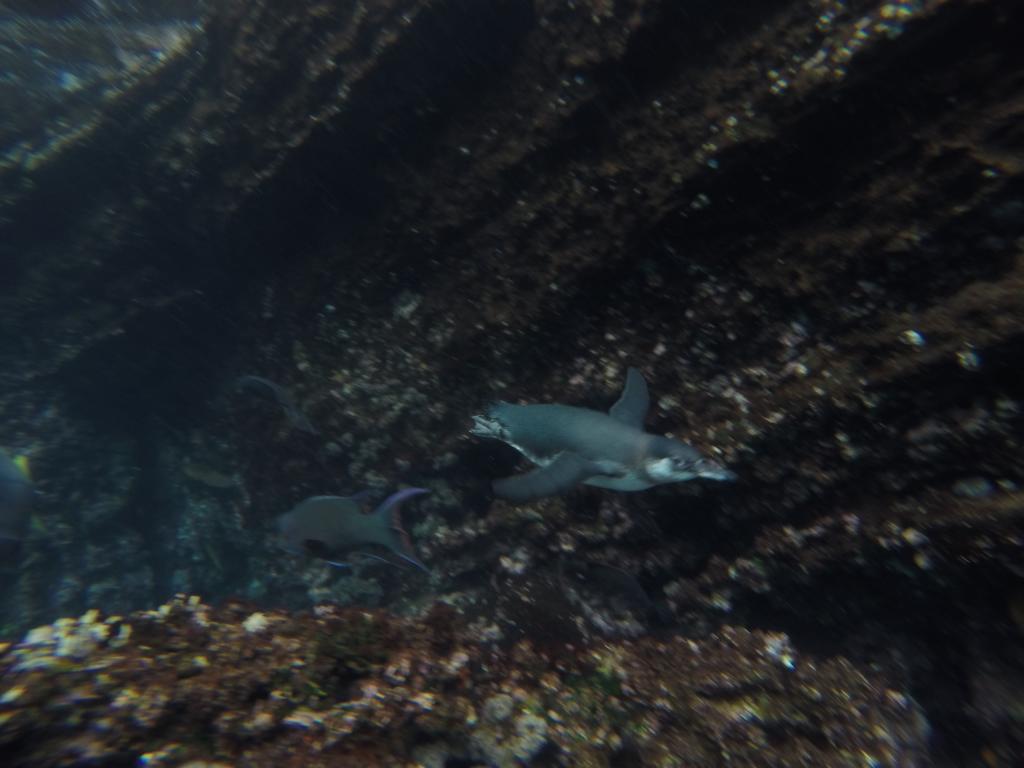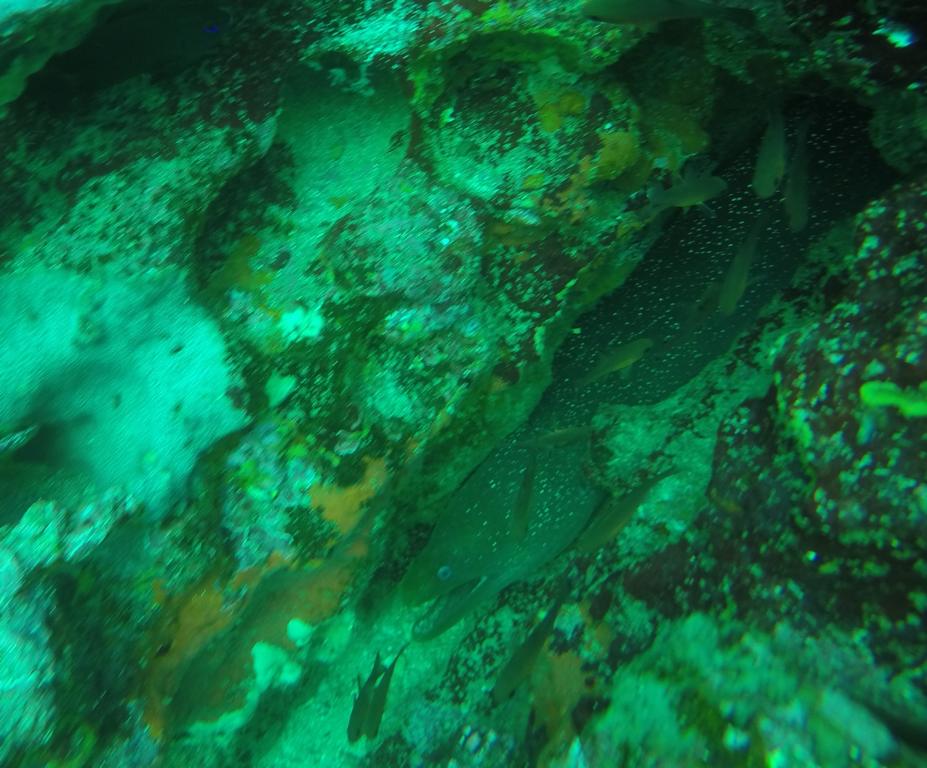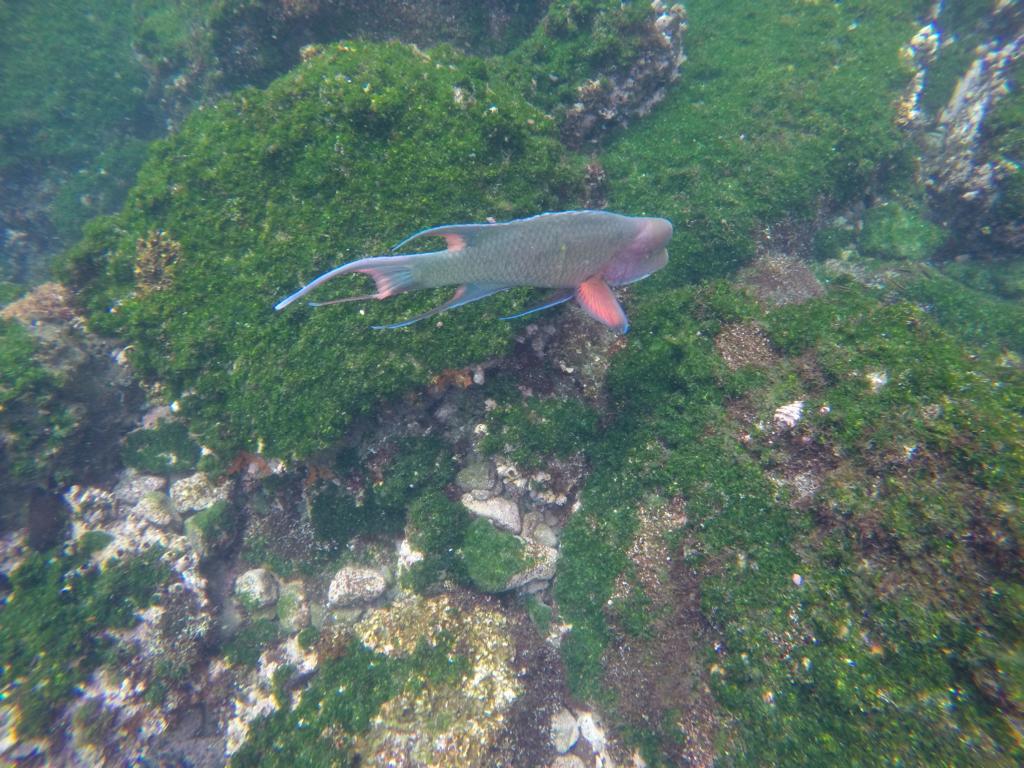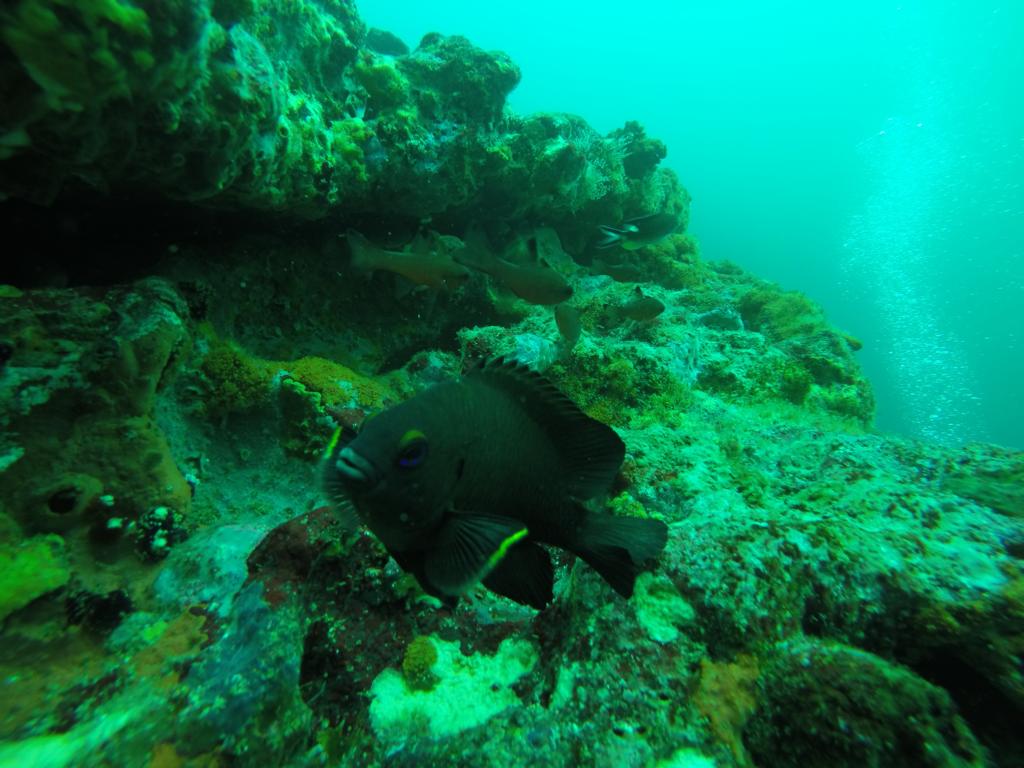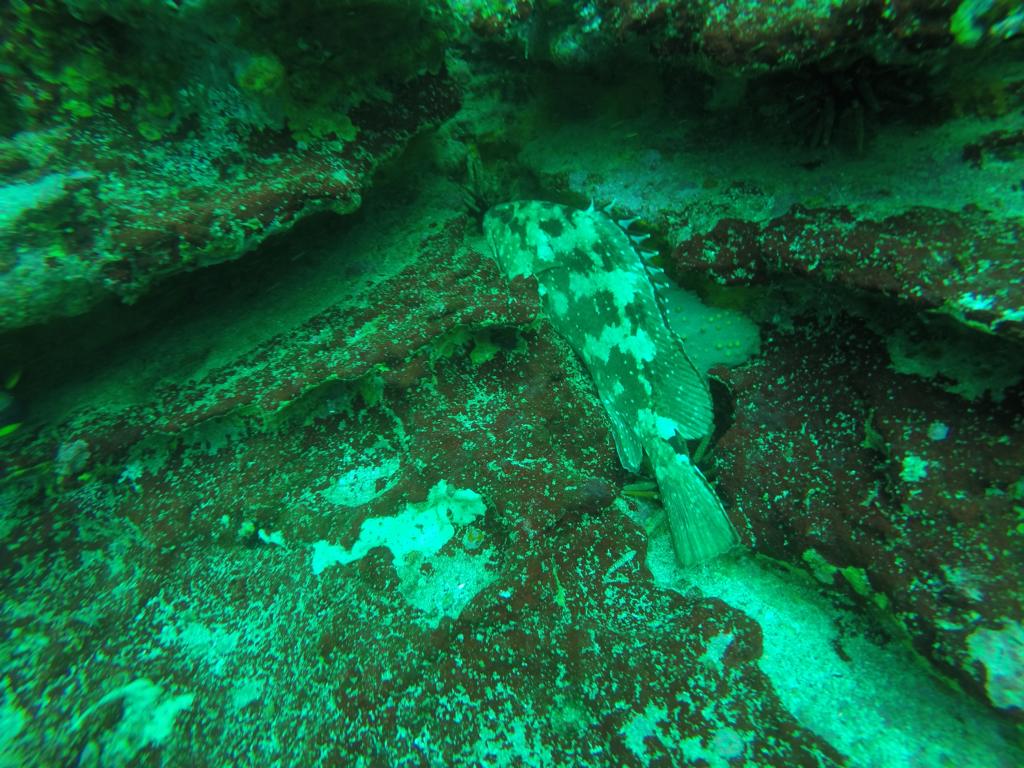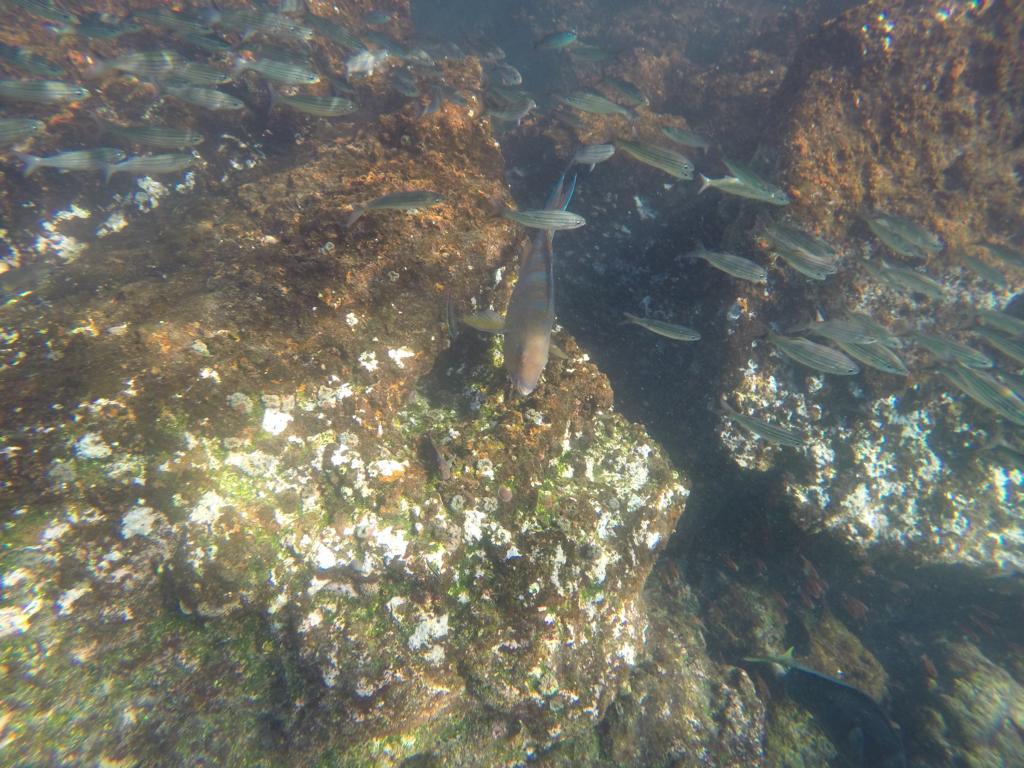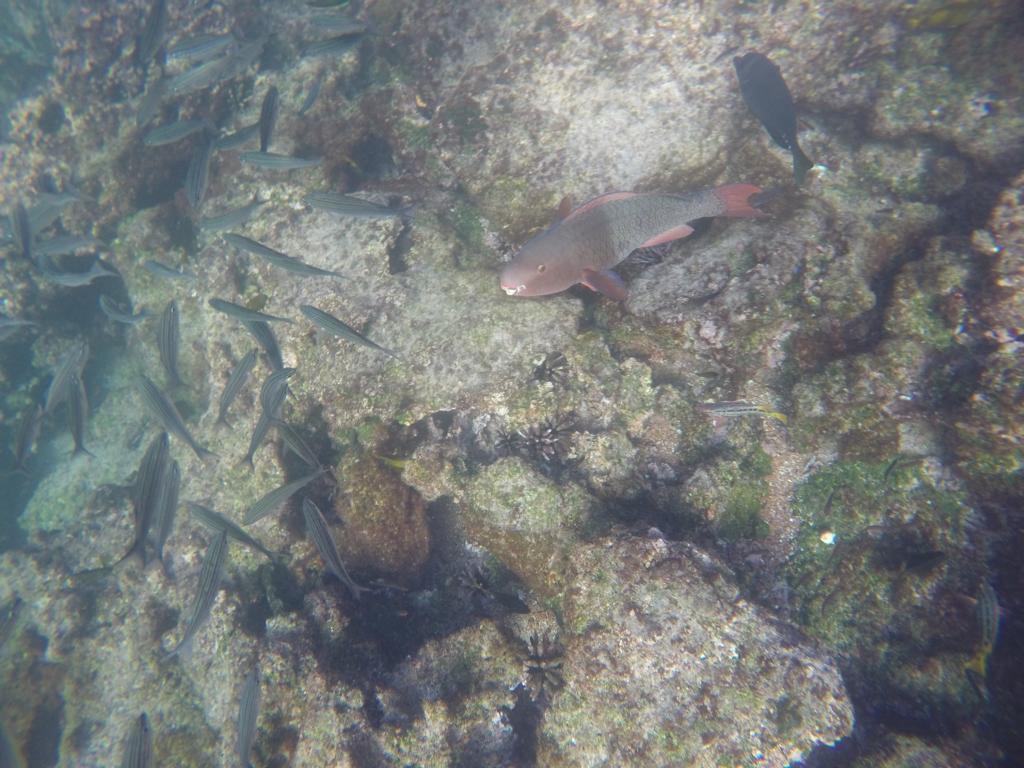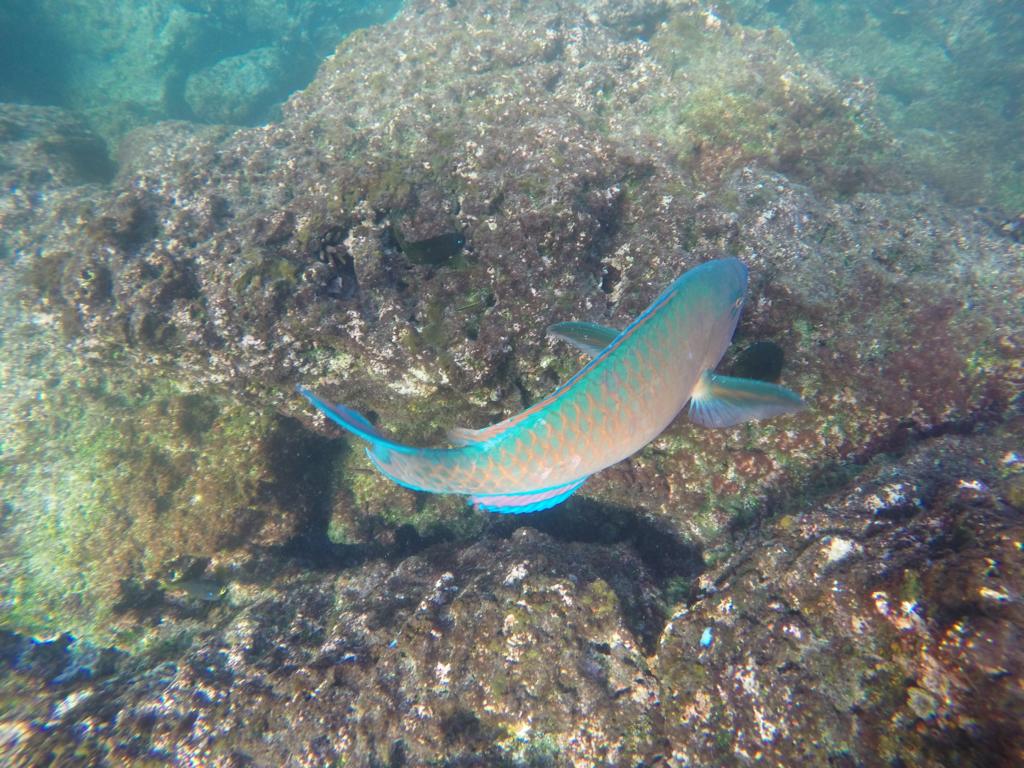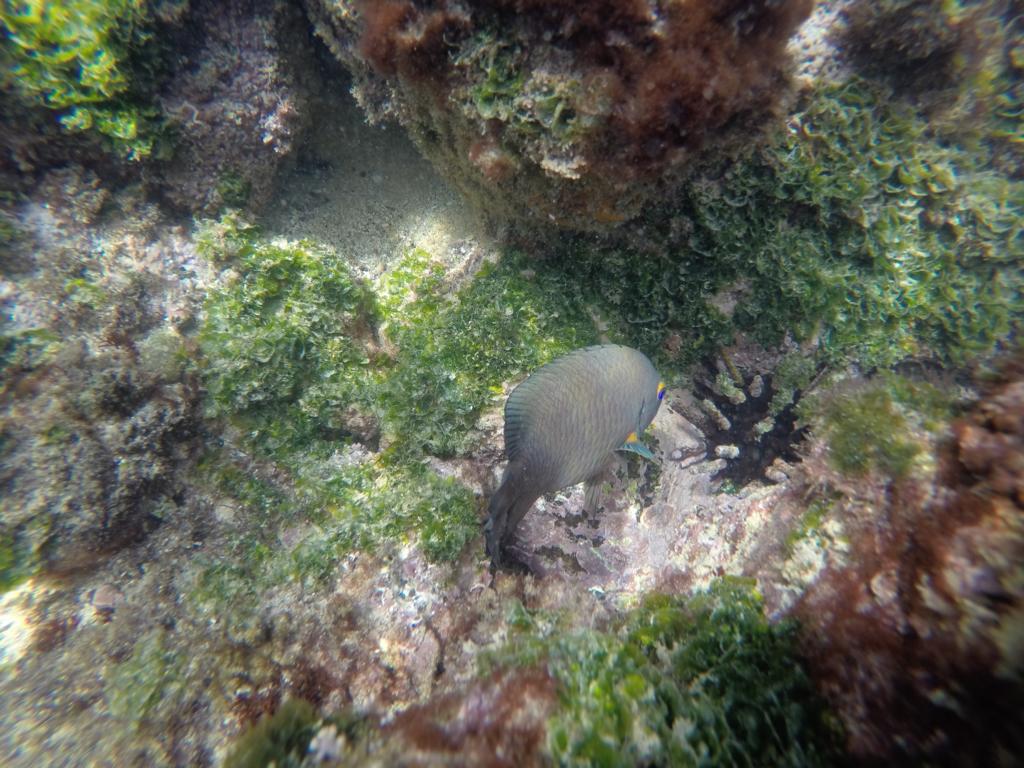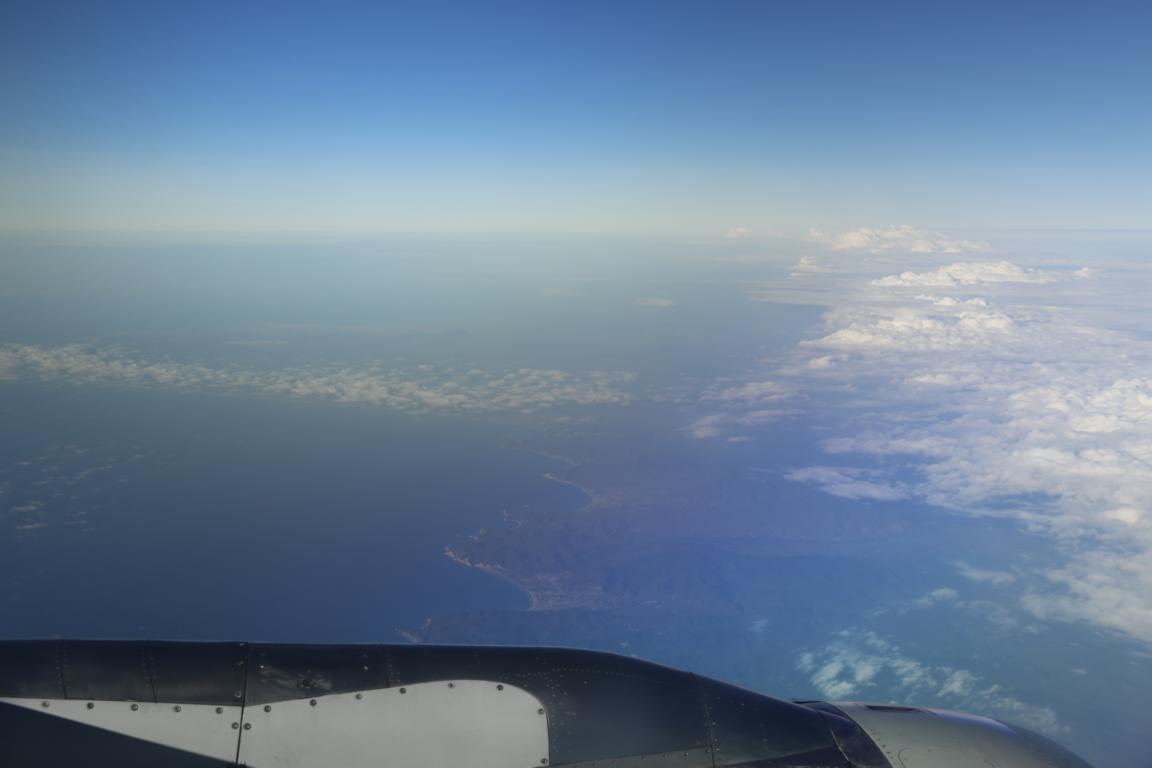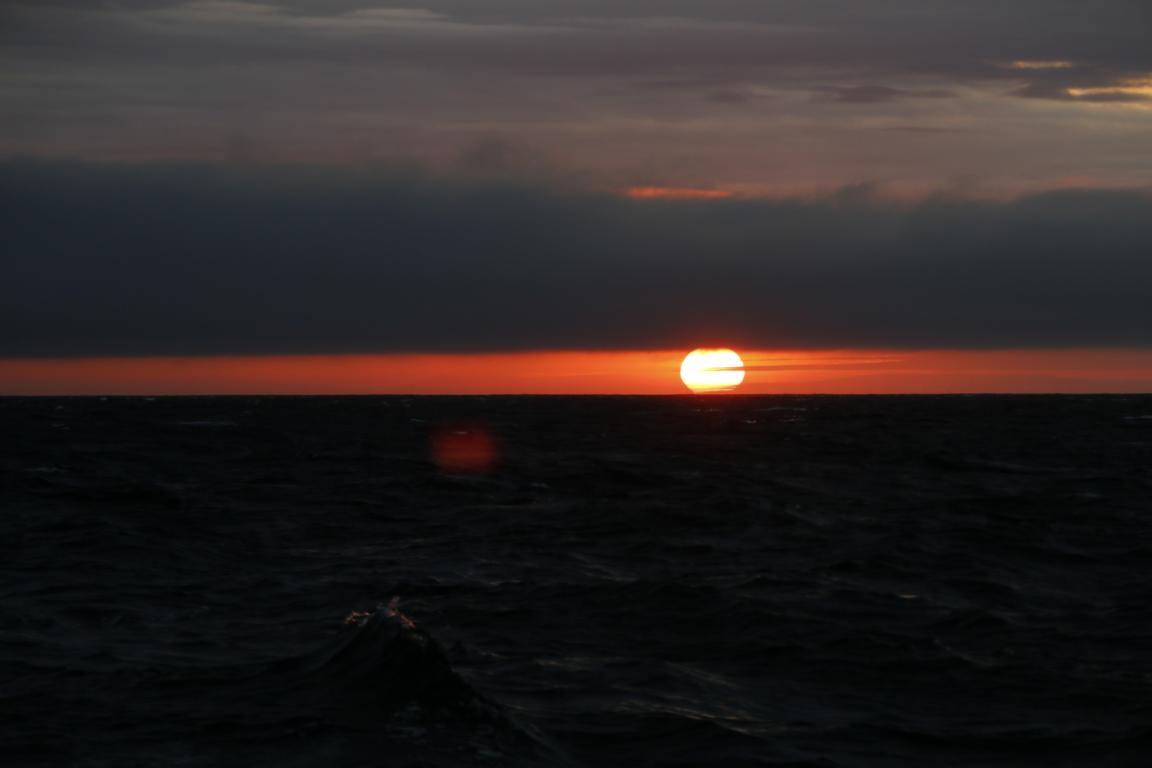Ecuador: Galapagos Islands - Dec 2017
The Galapagos Islands (8,010 km2), discovered in 1525, are part of Ecuador since 1832. They are located at the equator in the Pacific Ocean some 1,000 km west of the South American coast. 97 % of the islands’ territory are part of the Galapagos National Park which has been established in order to protect the unique fauna and flora (declared a UNESCO world heritage in 1978). Strict rules apply for the more than 200,000 tourists who visit the islands every year.
The islands never were connected to the mainland but are the result of two tectonic plates drifting apart and the earth crust slowly moving over a hotspot. All endemic plants and animals on the islands have either swam, drifted or flown to Galapagos. As a result of evolution and adaptation over approximately nine million years a number of species have developed which only exist in Galapagos. While some of the oldest islands have vanished again the youngest one is only 700,000 years old. The surface of many islands still consists of lava and there exist several active volcanos.
Ursula and I booked an eight-day cruise on the ship Lonesome George (Solitario Jorge) which offered a good mix of land hikes, snorkeling and diving. The cruising route included visits to most of the major islands. The ship is a sail-motor catamaran 17 m long, 20 tons, six crew members and can host 16 passengers. The GPS shows the moment when we were crossing the equator.
In Galapagos Islands everything is about nature and wildlife. As there are no natural predators most animals are fairly tame and allow humans to come close to only a few meters. The most famous animal is the Galápagos Marine Iguana the only modern lizards, to live and forage in the sea. Looking like dragon monsters they nevertheless eat algae and during the day bask in the sun to warm up.
Galapagos is home to many colonies of sea lions. While a bit clumsy on land they are gracile swimmers above and under water. In particular the young ones like to play with divers and snorkelers.
End of the 18th century a barrel had been placed at Post Office Bay (Floreana Island) where sailors could drop letters which would be brought by other ships to the intended destination. This tradition has been revived by tourists who leave post cards to be delivered by other tourists to the respective address. During World War II Galapagos served as a US navy base. Remains of a radio station can still be found on one of the islands.
Most of the islands are rocky, dry and arid. Plants had to adapt in order to survive several weeks or even months without rain. The cost line is mostly rocky, sometimes interrupted by beautiful sand beaches.
The tour offered diving as well as snorkeling. Although the Galapagos Islands are located at the equator as a result of the cold Humboldt current the water temperature is only 22 degrees C at the surface and 16 degrees C at 20 meters.
During most dives or snorkeling tours, we were able to see sharks. Some white tip sharks (known for not attacking humans) allowed us to move very close or to even swim between them. The particular challenge was to make a good “shark-selfie”. To be sincere: my pulse went up a bit when one shark's head suddenly was only 50 cm away.
The sea was full of sting rays – some even came so close to the beach that you could take photos when walking on the sand.
The biggest town of the Galapagos Island is Puerto Ayora (located at Isla Santa Cruz) with some 10,000 inhabitants. The bill board contains a message to combat violence against women.
All over the islands lava tunnels can be found which were formed when a low-viscosity lava flow develops a continuous and hard crust (Wikipedia).
Another landmark animal of Galapagos are the giant land turtles. They can become up to 1.9-meter-long, reach a weight of 400 kg and can get up to 170 years old. During the 19th century they were close to extinction as they were used as provision for ship crews. Because of the turtles’ ability to survive up to one year without food and water sailors used the turtles as fresh meat supply for their journeys.
Sea turtles look helpless on land but are excellent swimmers and divers. They become more than one meter long and weigh up to 160 kg. Sometimes we saw a couple of dozens of sea turtles during one snorkeling trip. Therefore the challenge was to get a good selfie with as many turtles at a time.
Crabs occupy the cliffs and the beaches.
Puerto Baquerizo Moreno is the main town on the island San Cristóbal. When walking through the town one can see many nice examples of “cohabitation” between human beings and sea lions.
Pelicans have a specific way of hunting: They glide over the water and then catch the fish with a 90-degree nose-dive from an altitue of 10 to 15 meters.
The frigate birds are excellent flyers. With a wingspan of up to 2.3 meters they can soar with minimum wind. They can stay in the air without landing for up to two weeks and cover distances of more than 4,000 km flying in an altitude of up to 4,000m. Our ship regularly was accompanied by soaring frigate birds when we drove from one island to the next. Frigate birds are “kleptoparasites” as they occasionally rob other seabirds for food.
The blue-footed booby bird is famous for its articulated mating dance (see pictures). Female boobies prefer males with pronounced blue feet.
The flightless cormorant has lost its ability to fly and instead dives close to the shore in order to catch fish.
There are many more creatures to see under water, e.g. a penguin, a moray and an abundance of fish.
As always: also this trip ended with a good cappuccino…..
